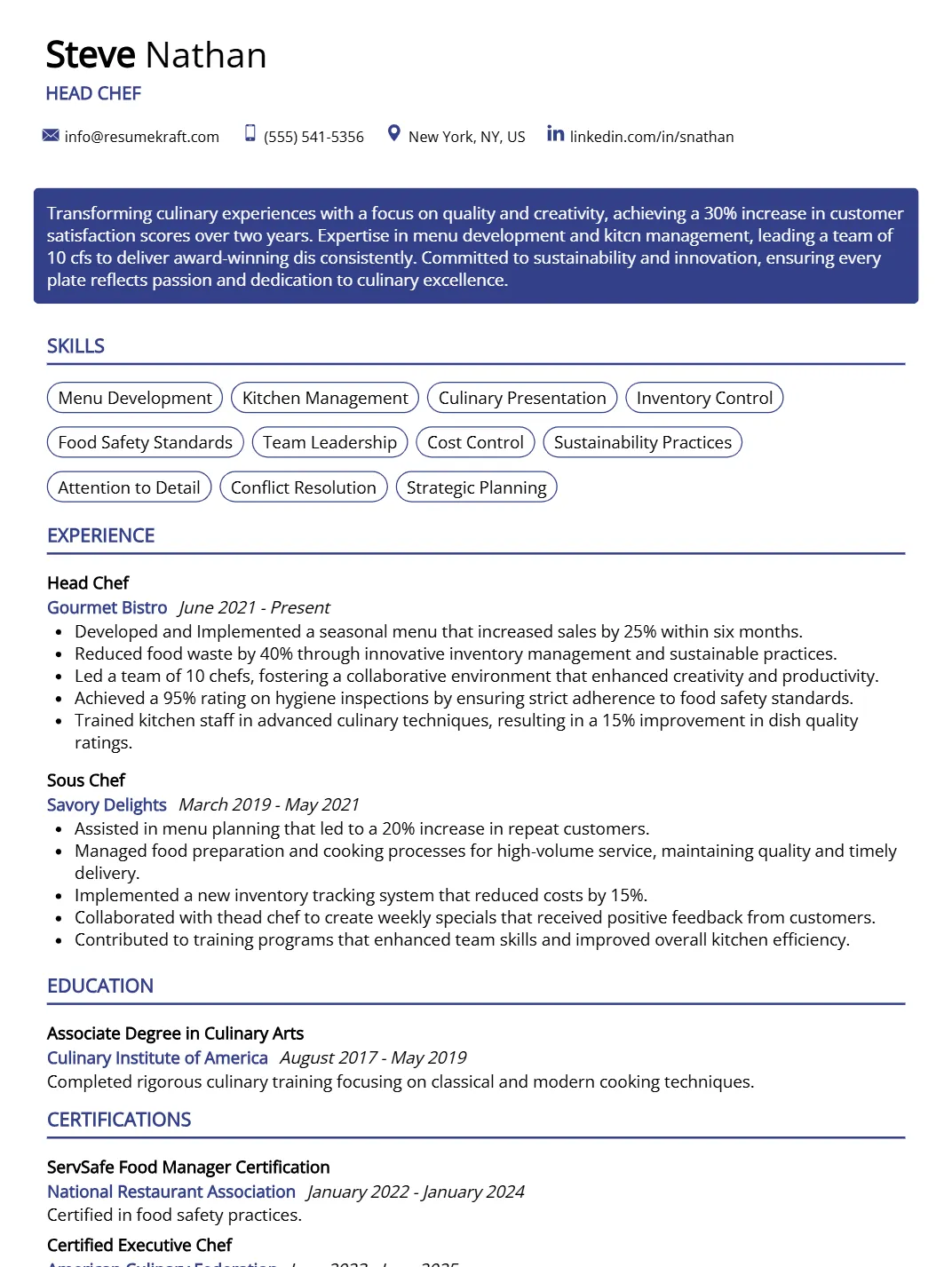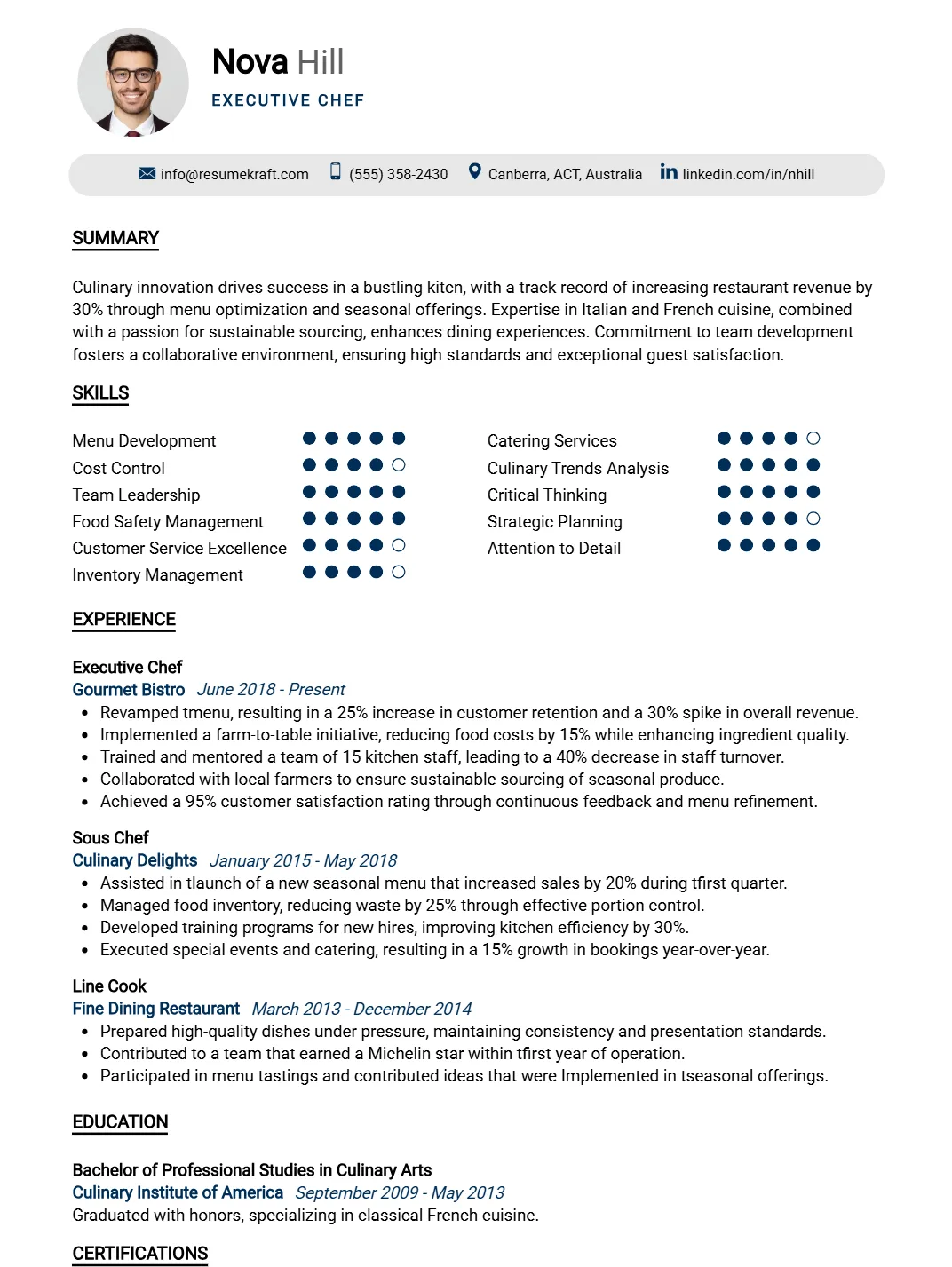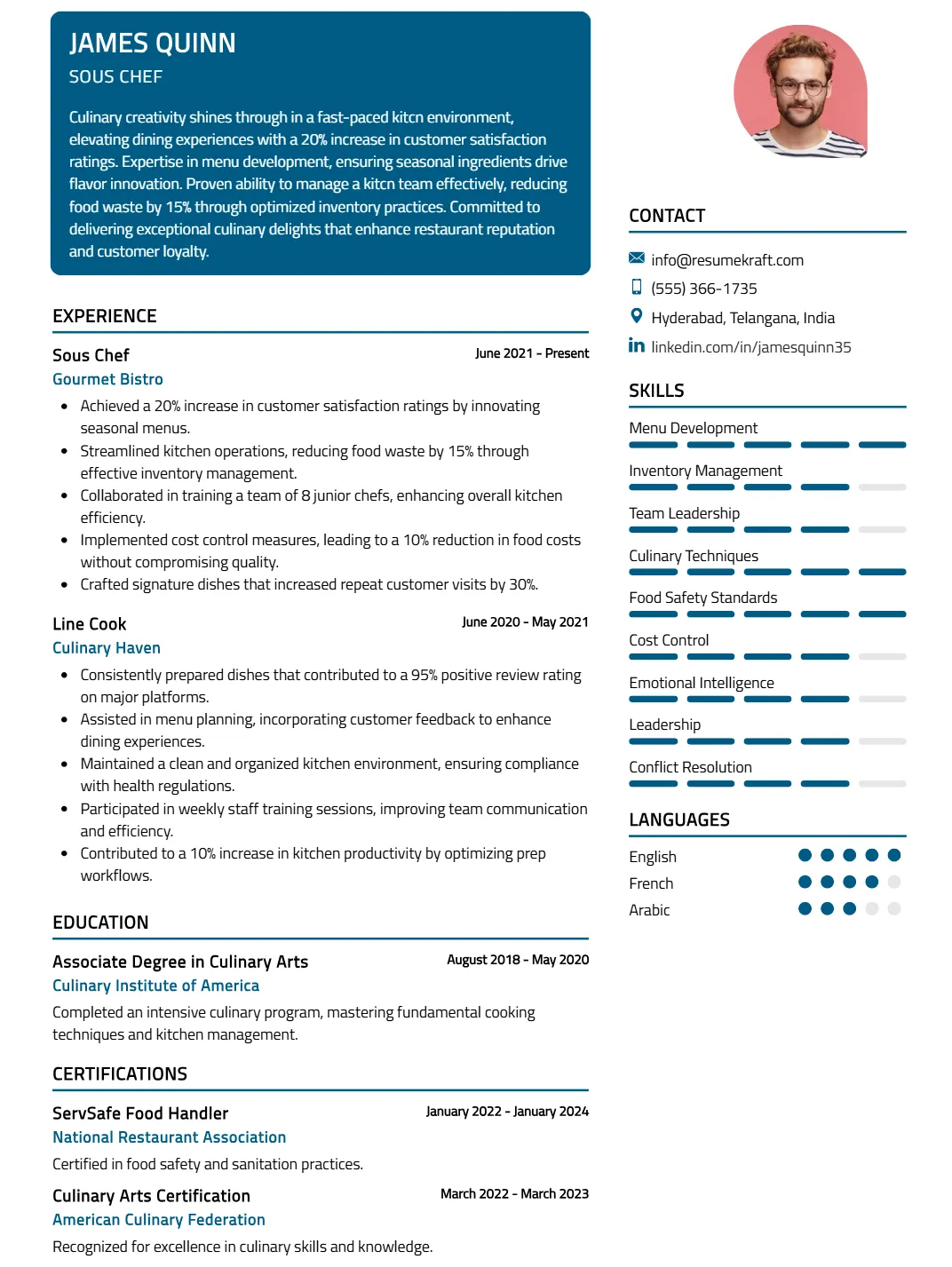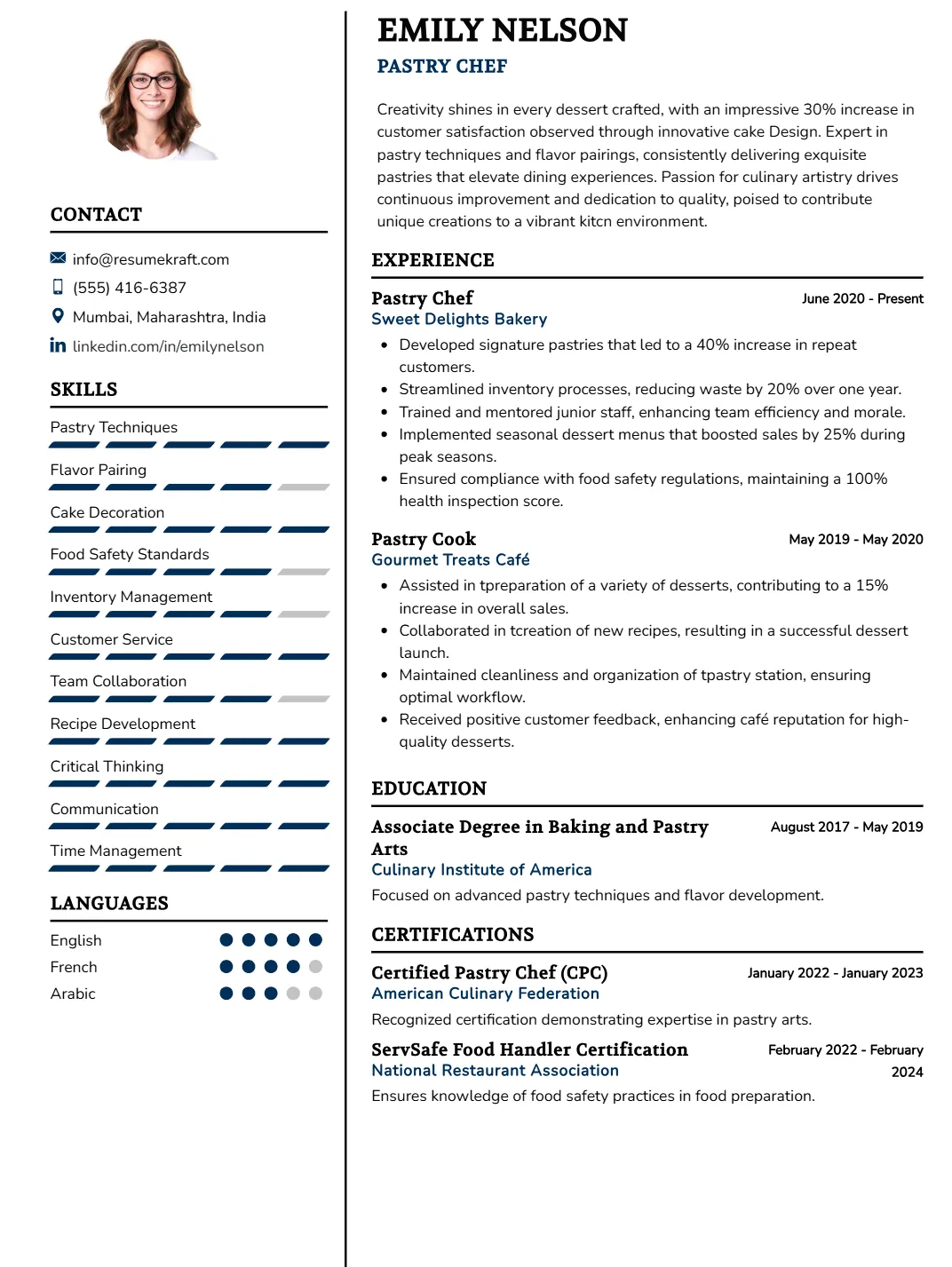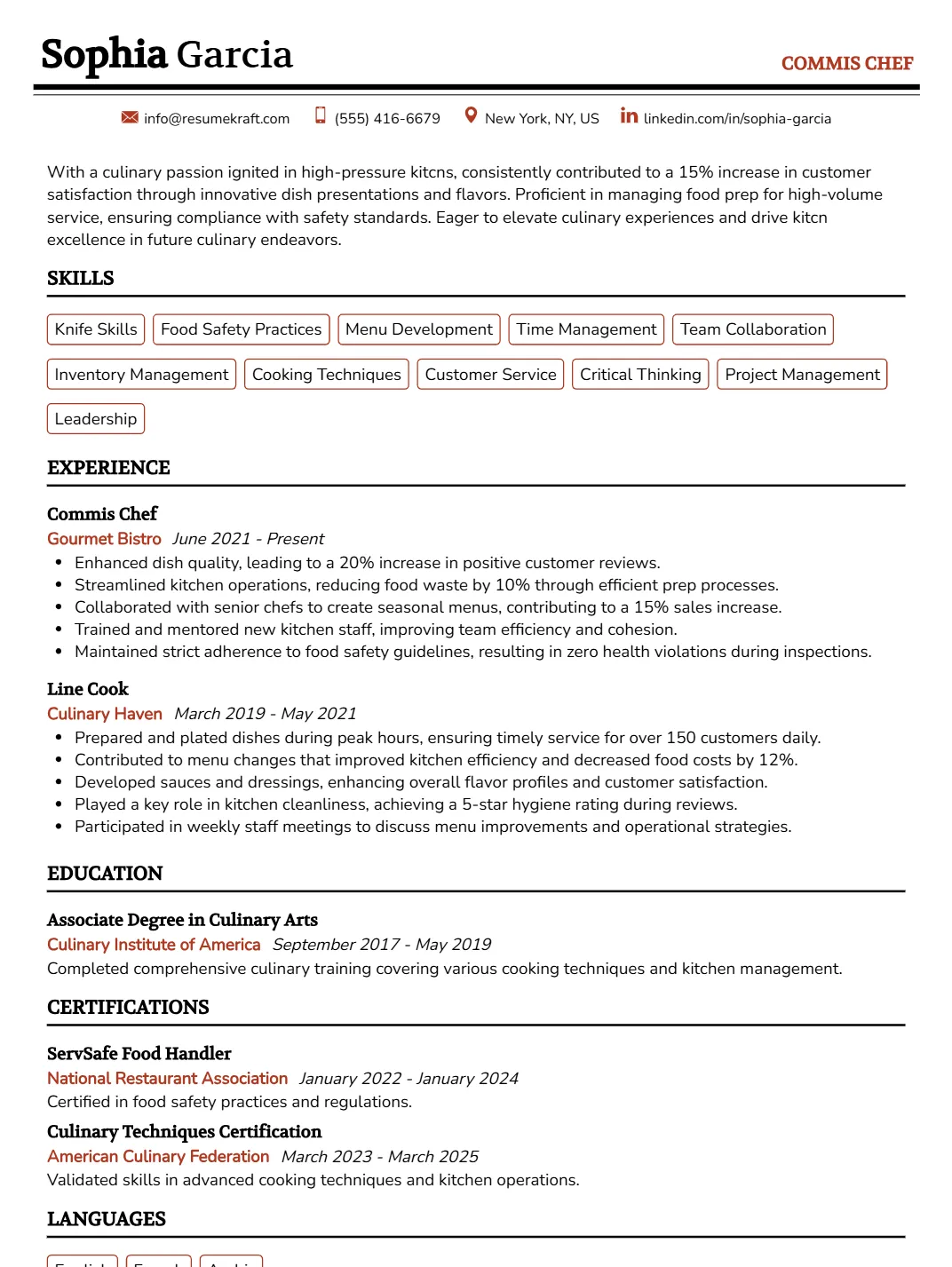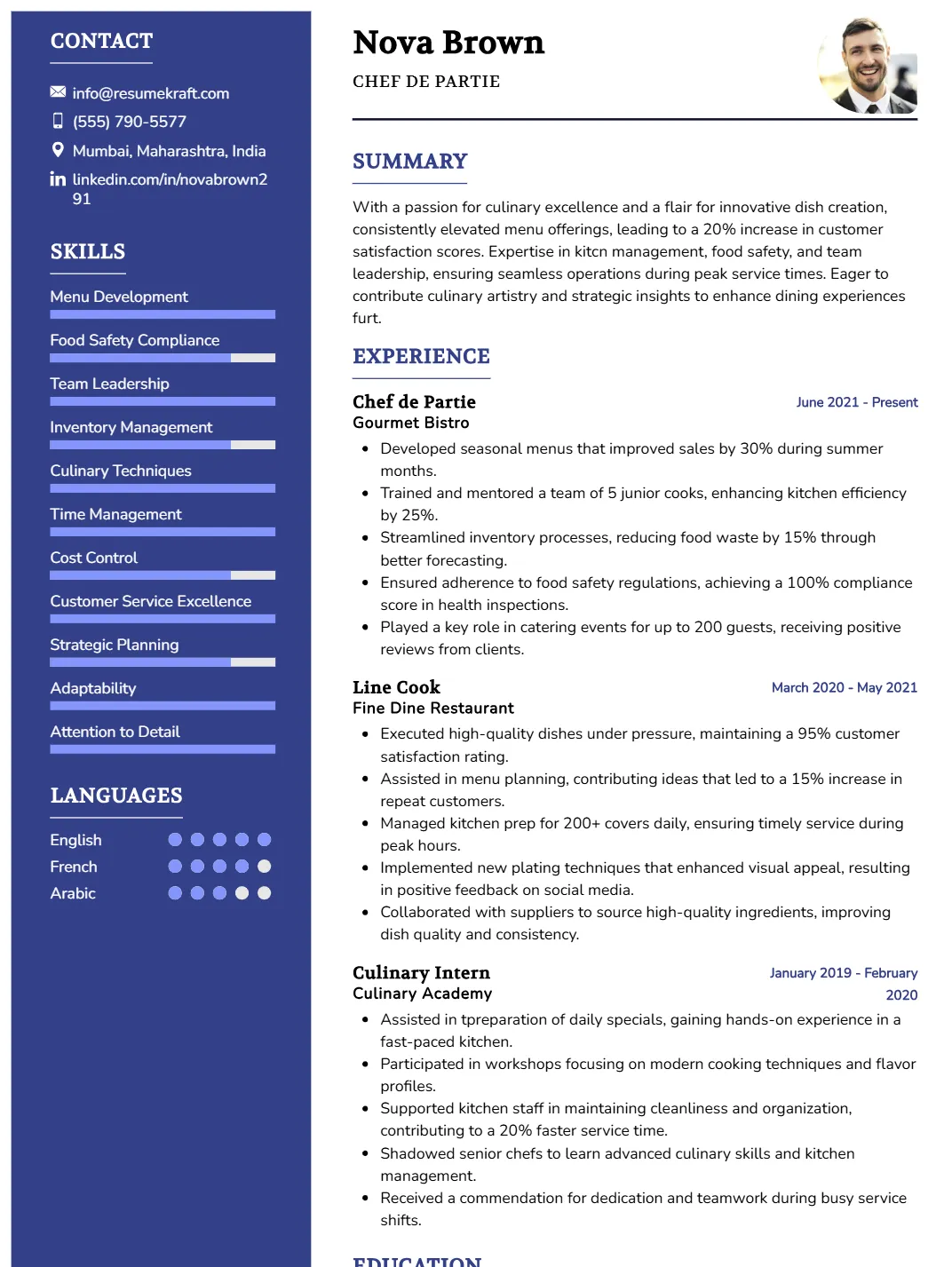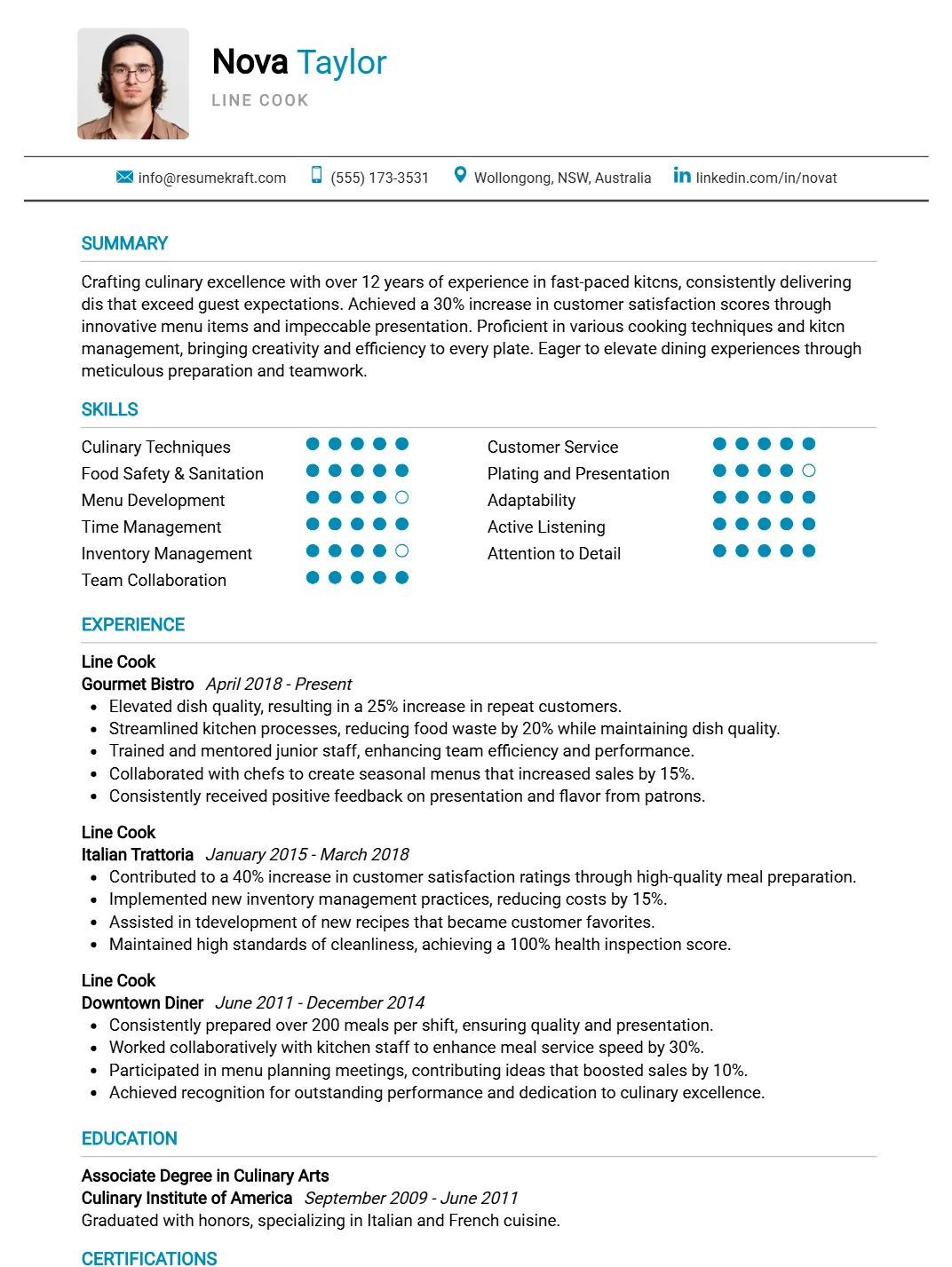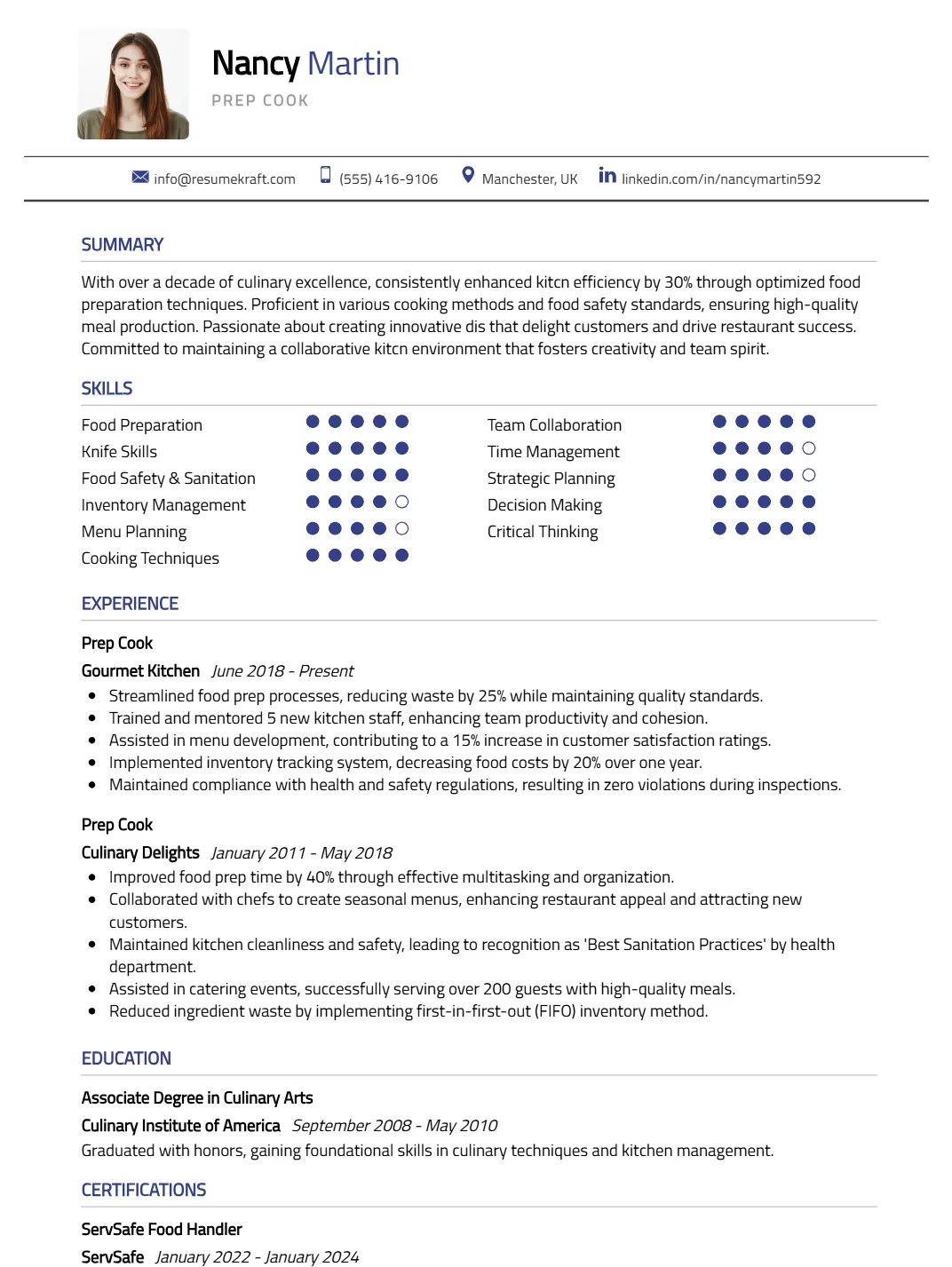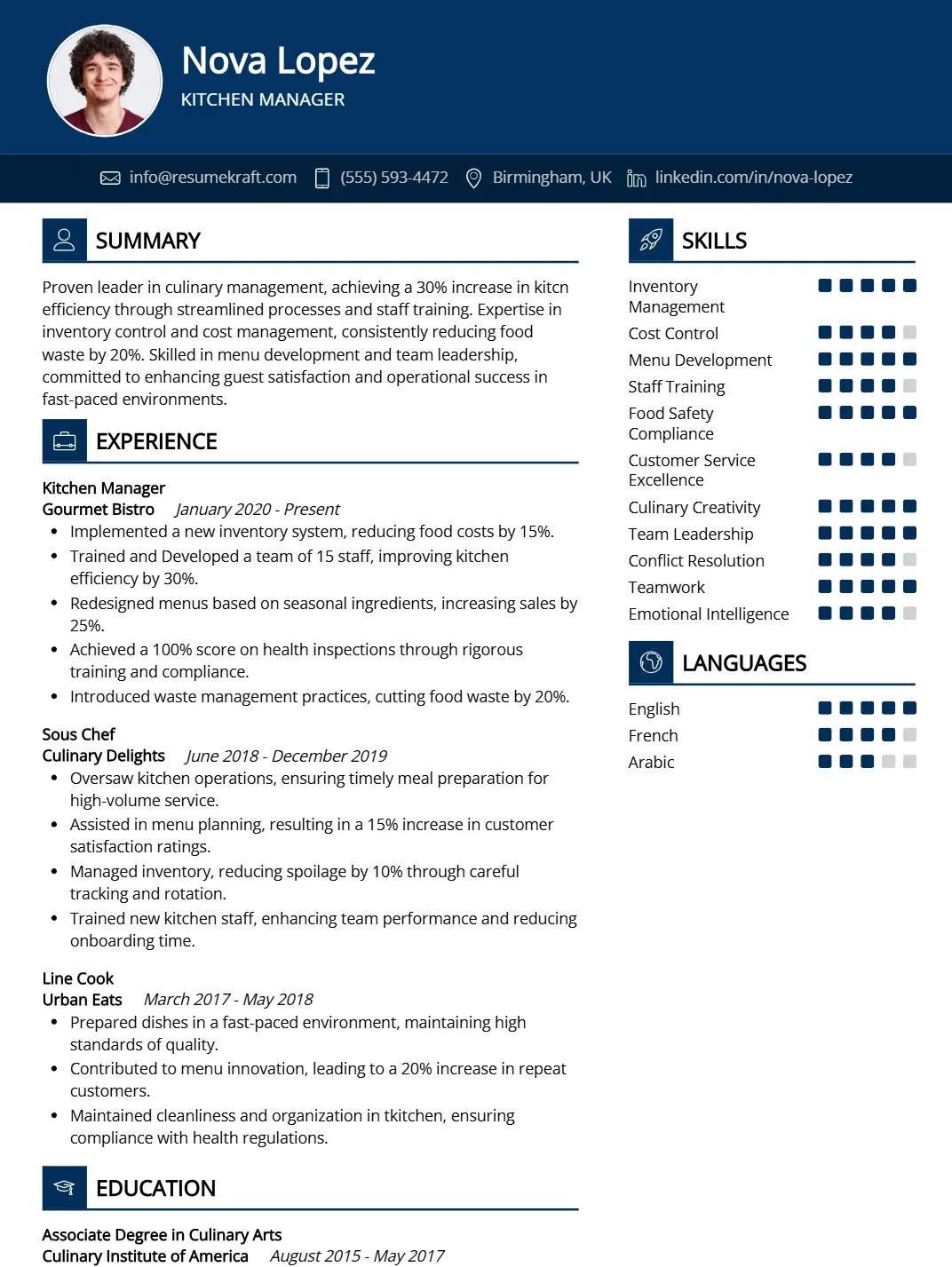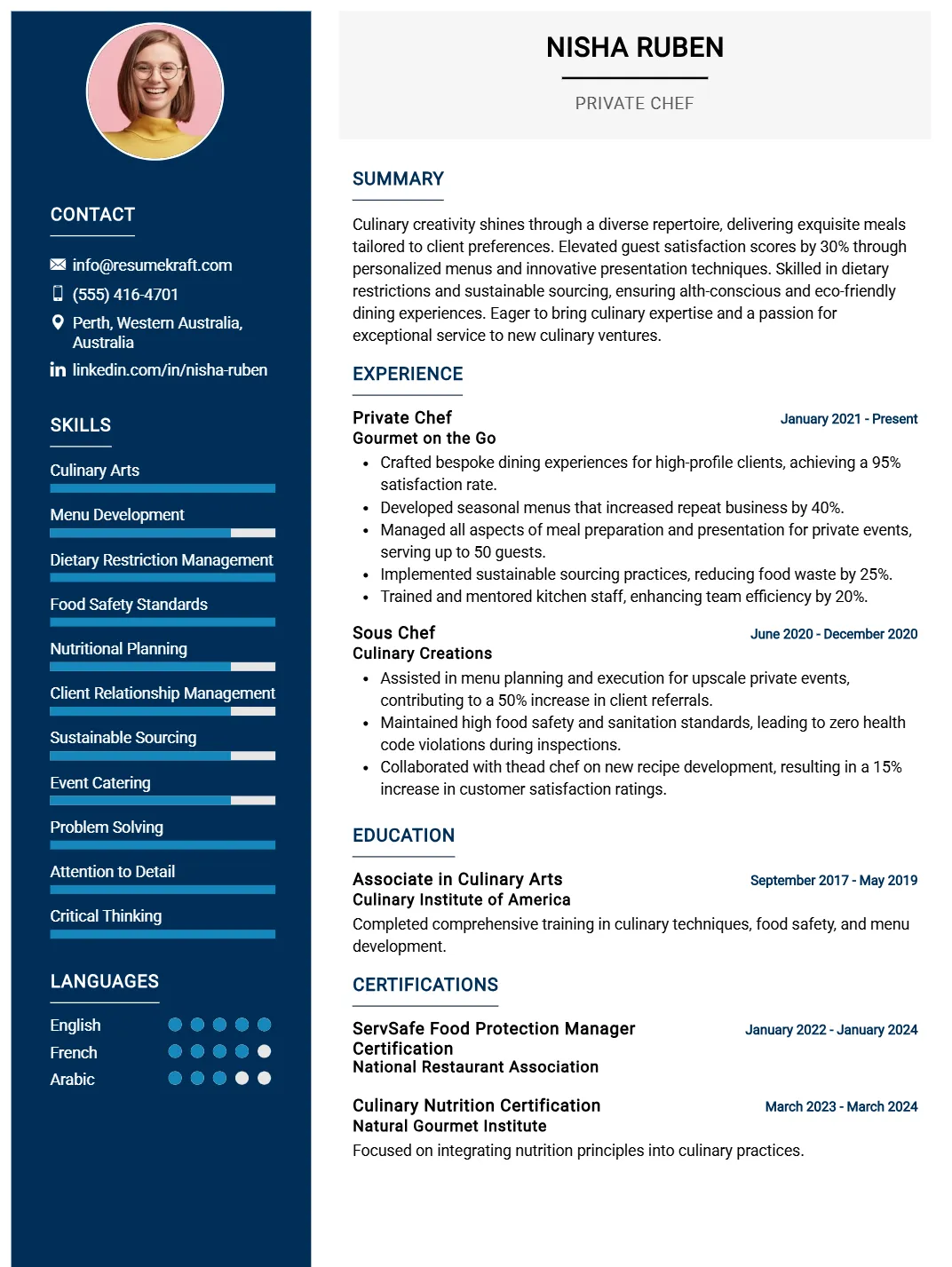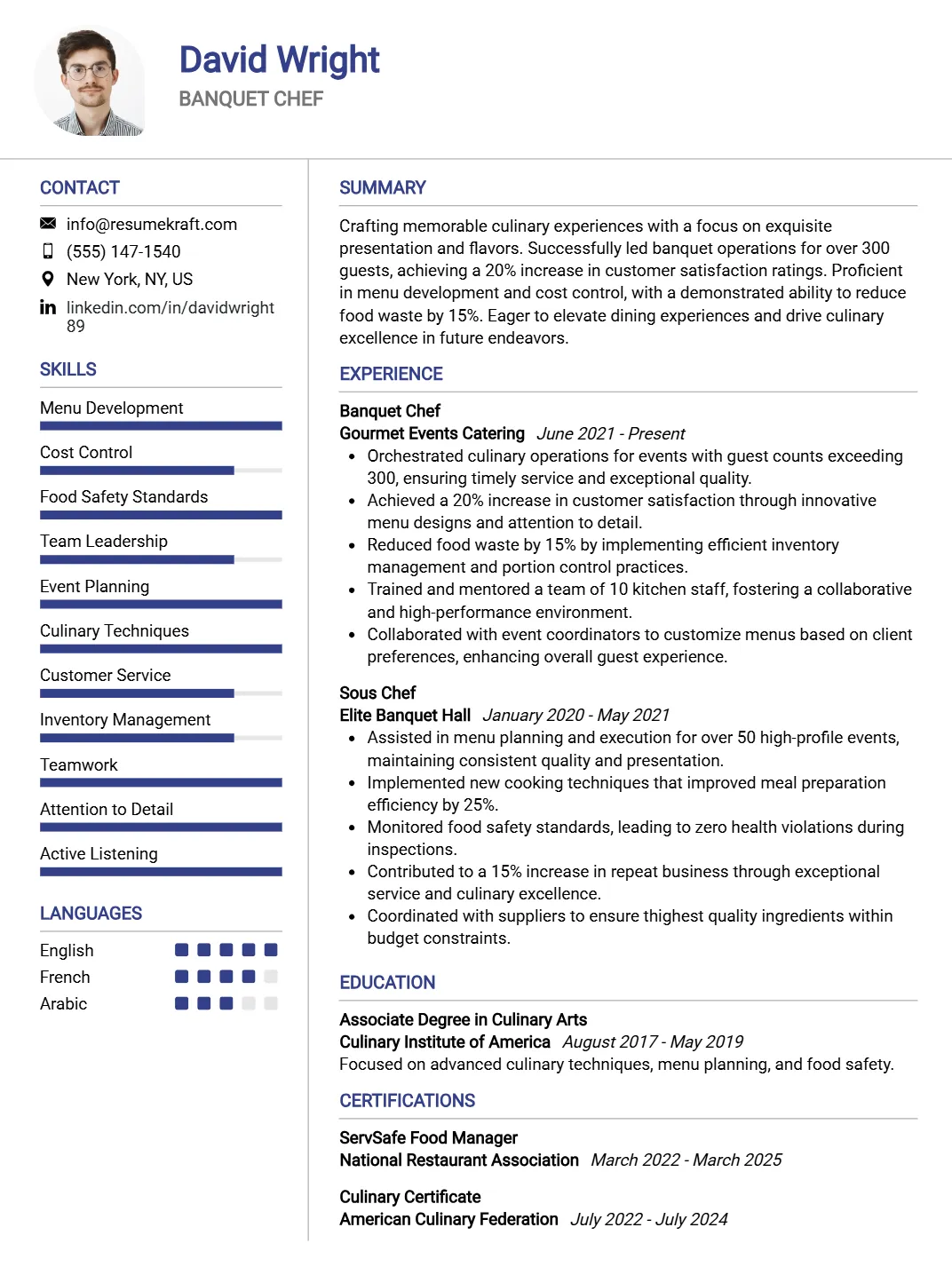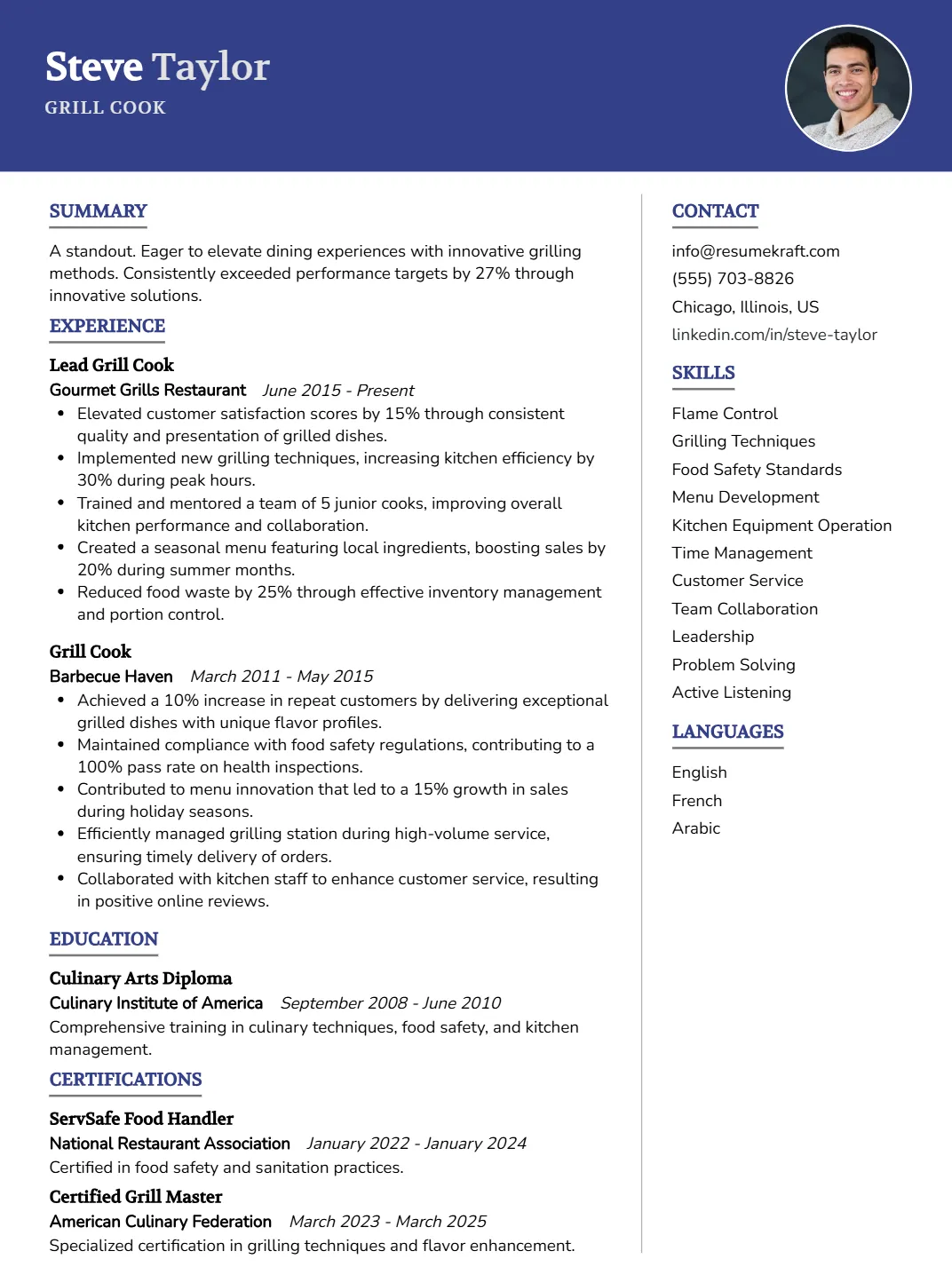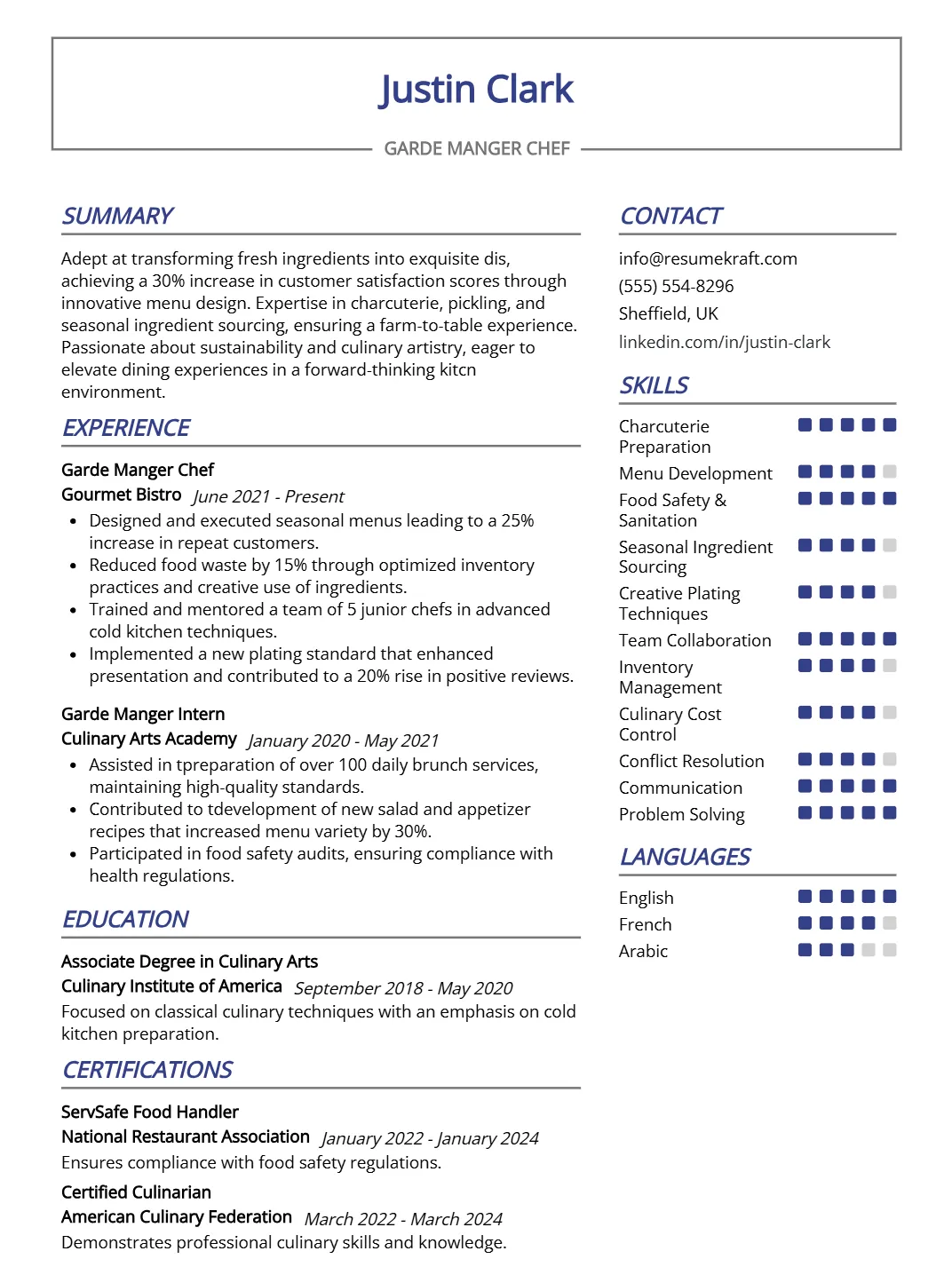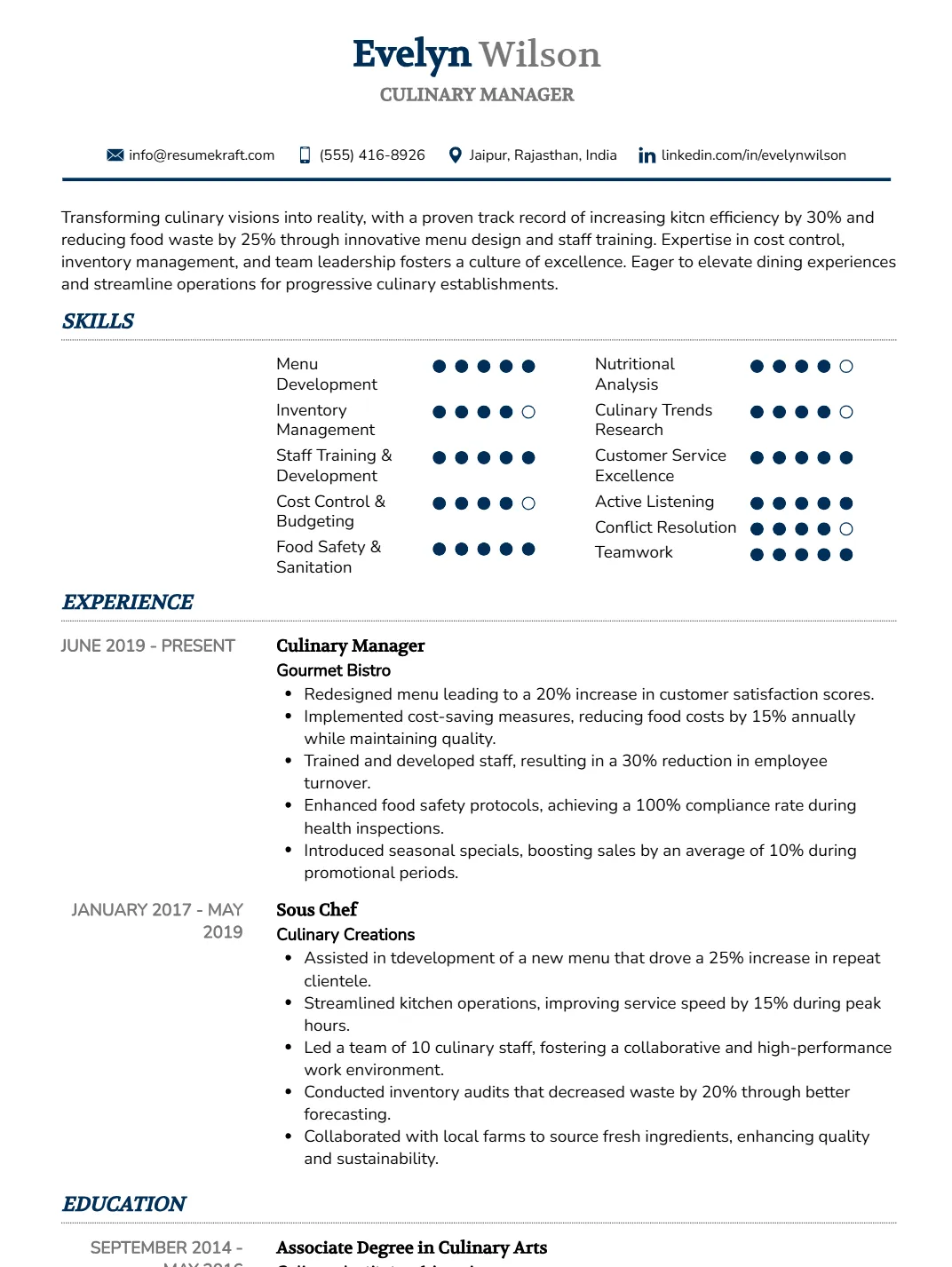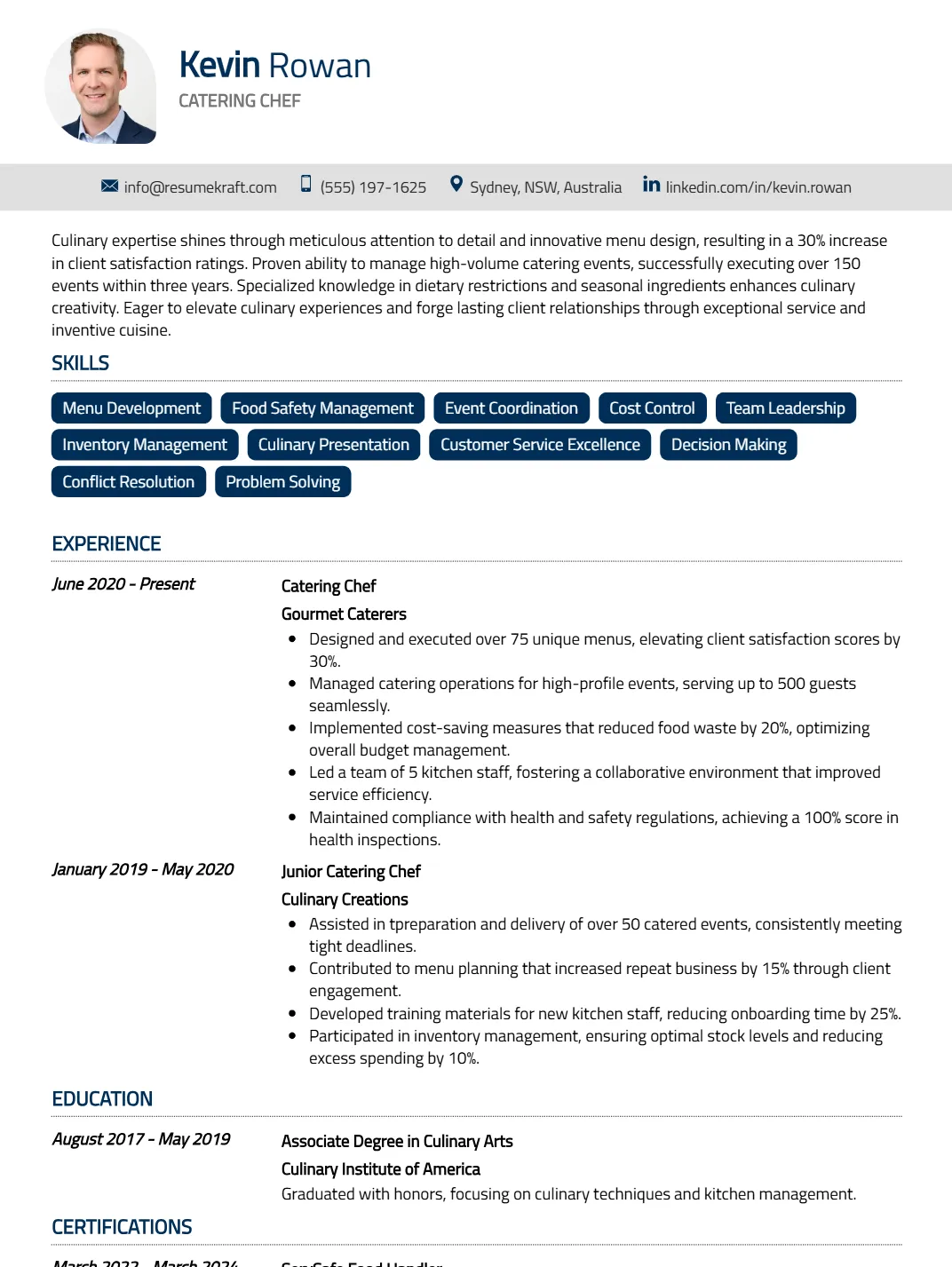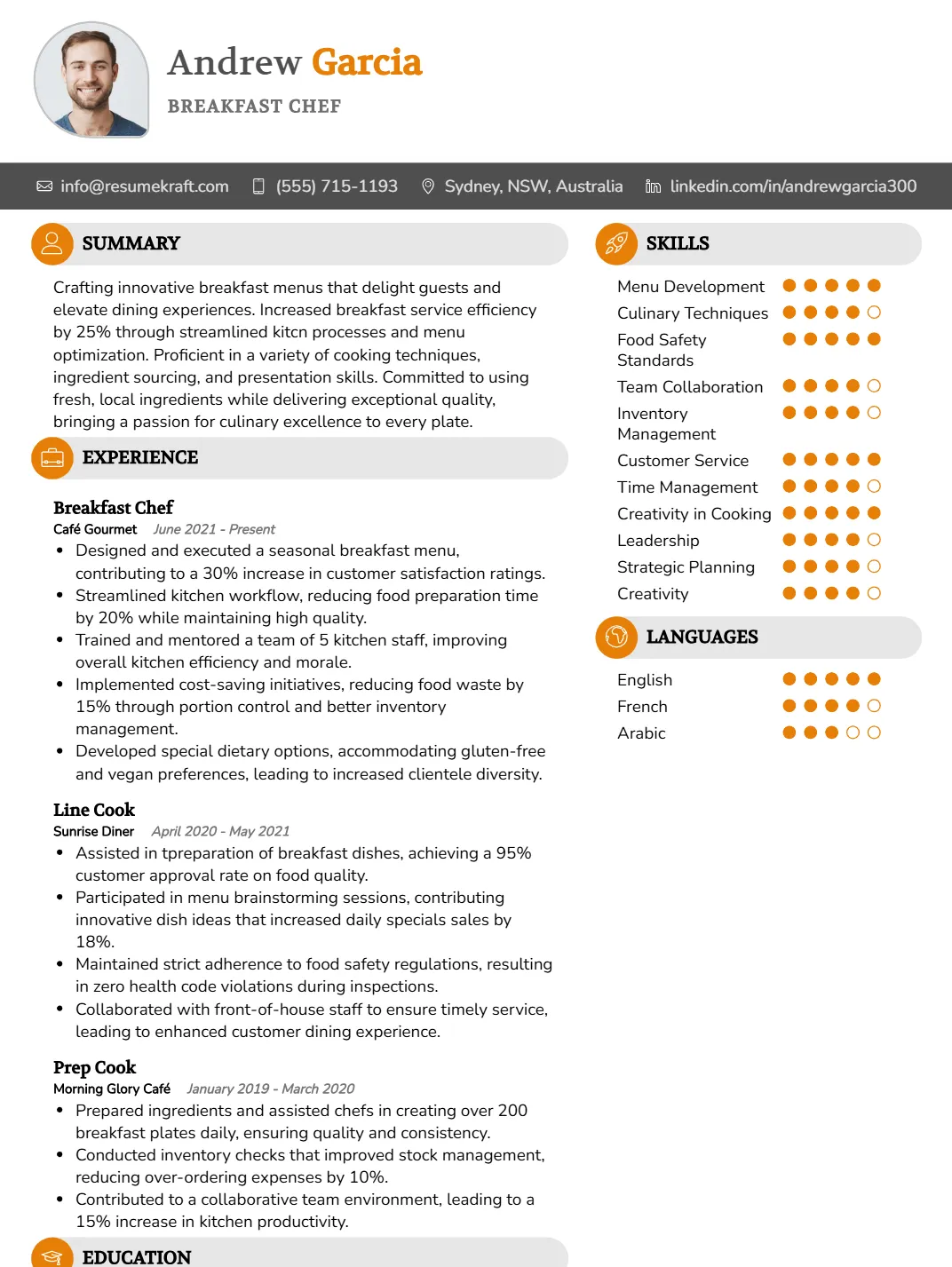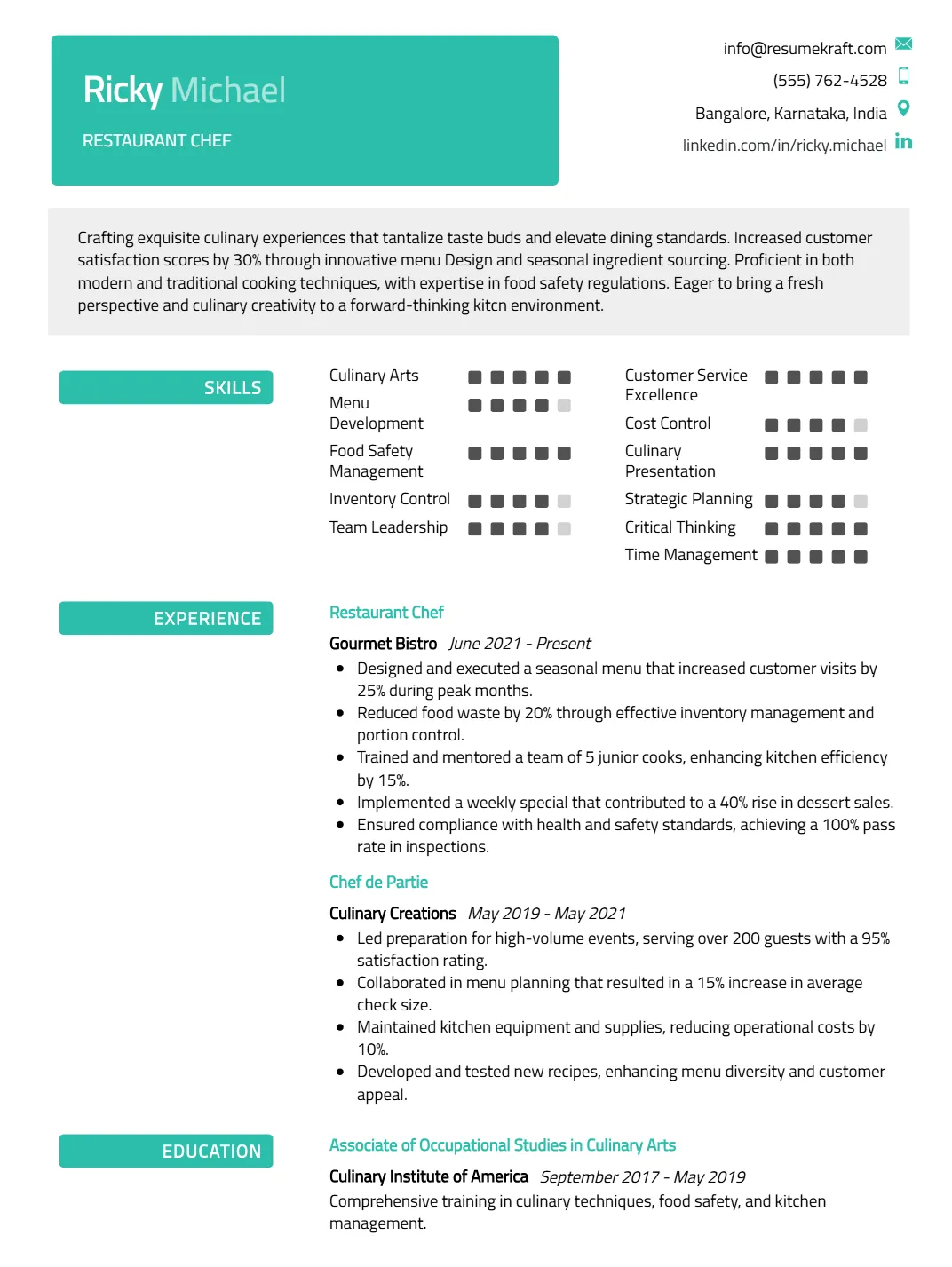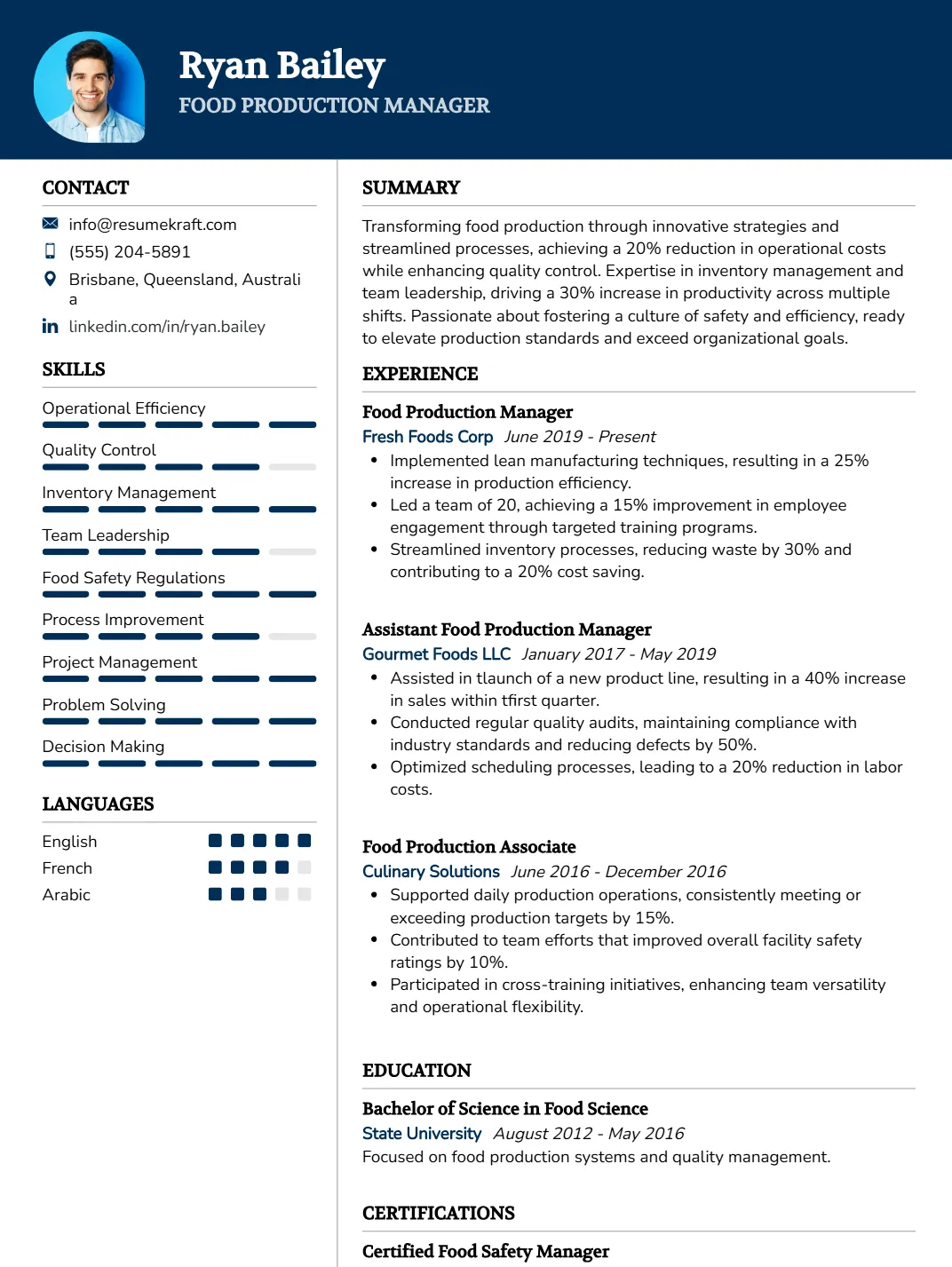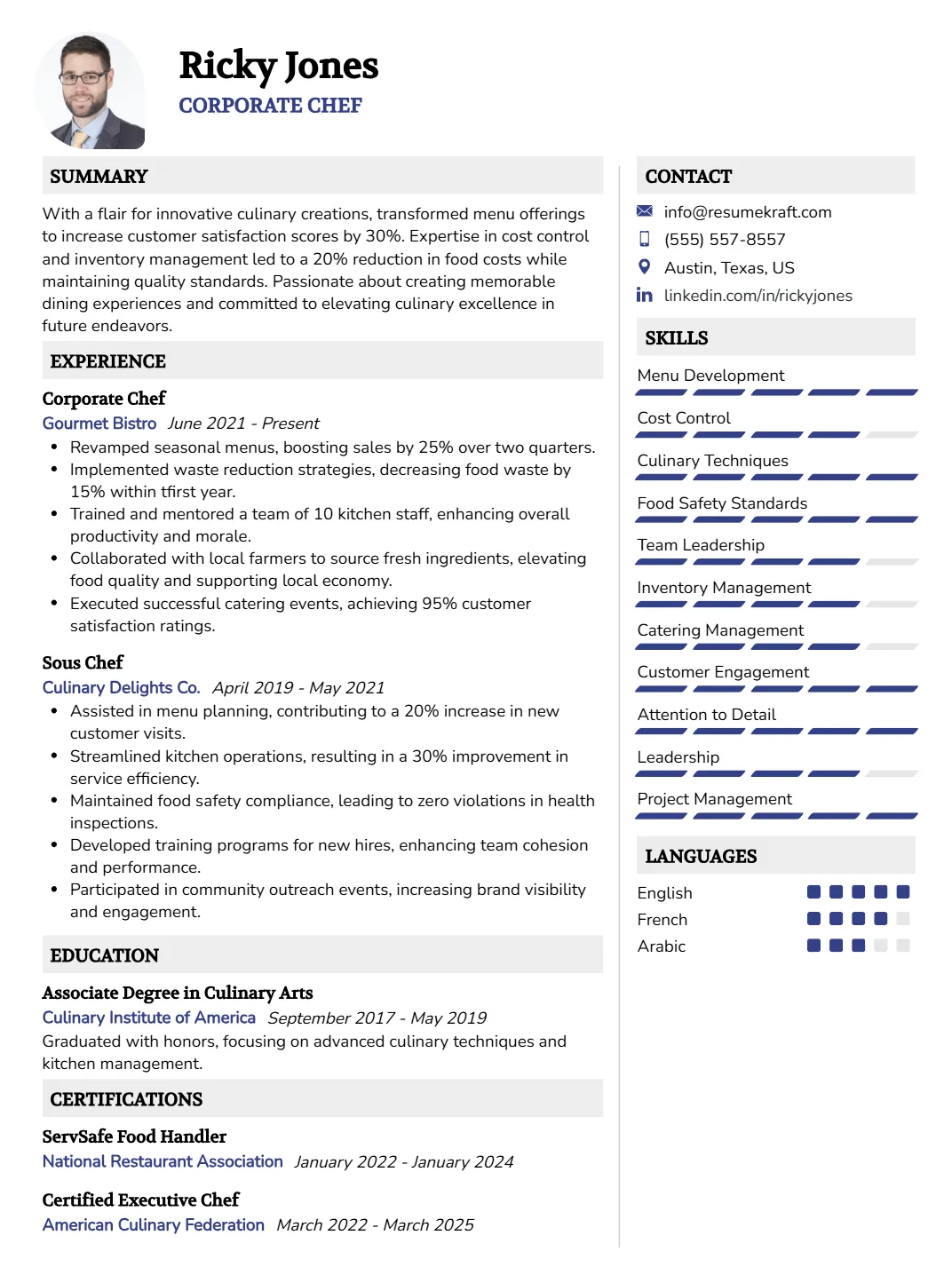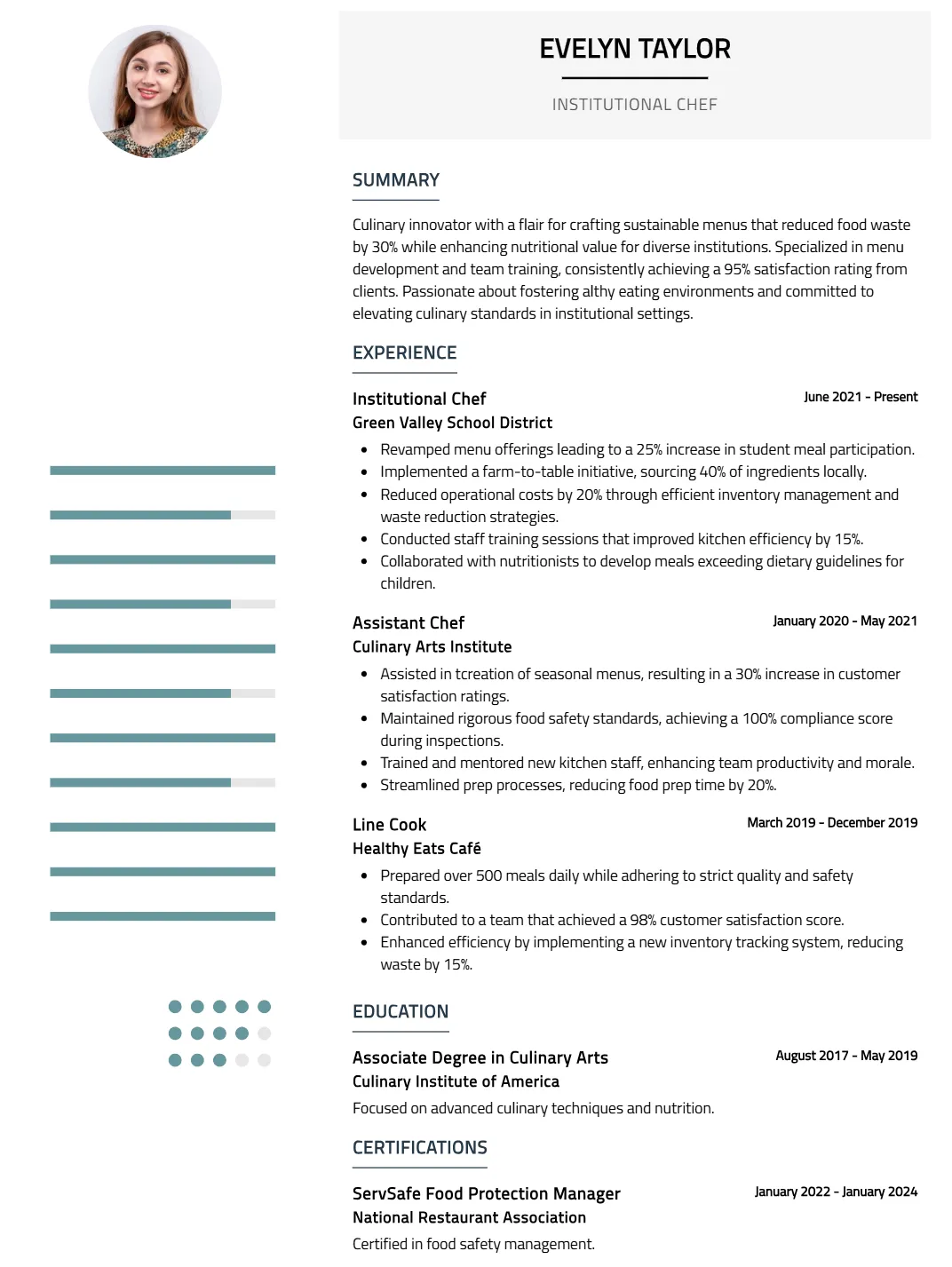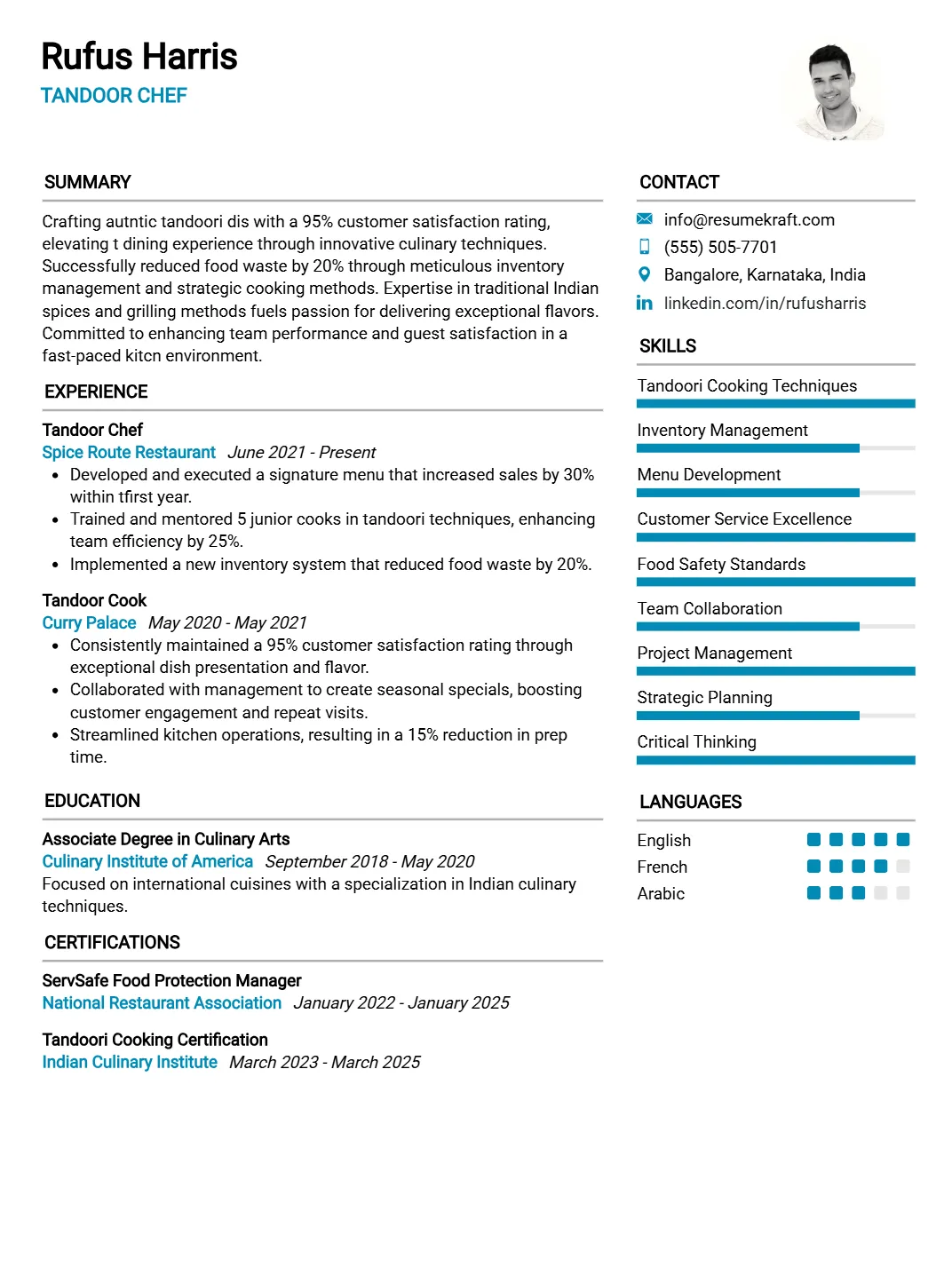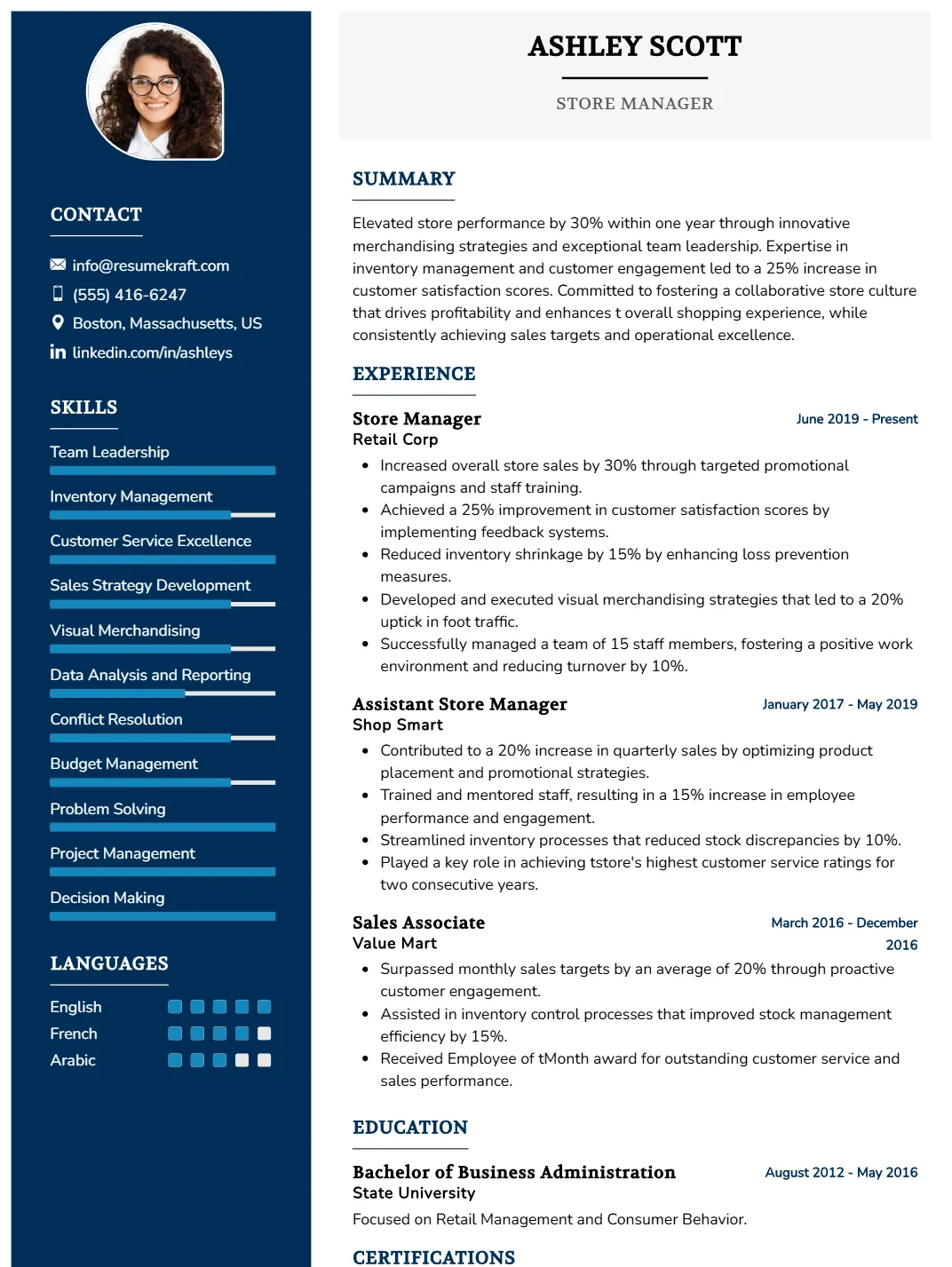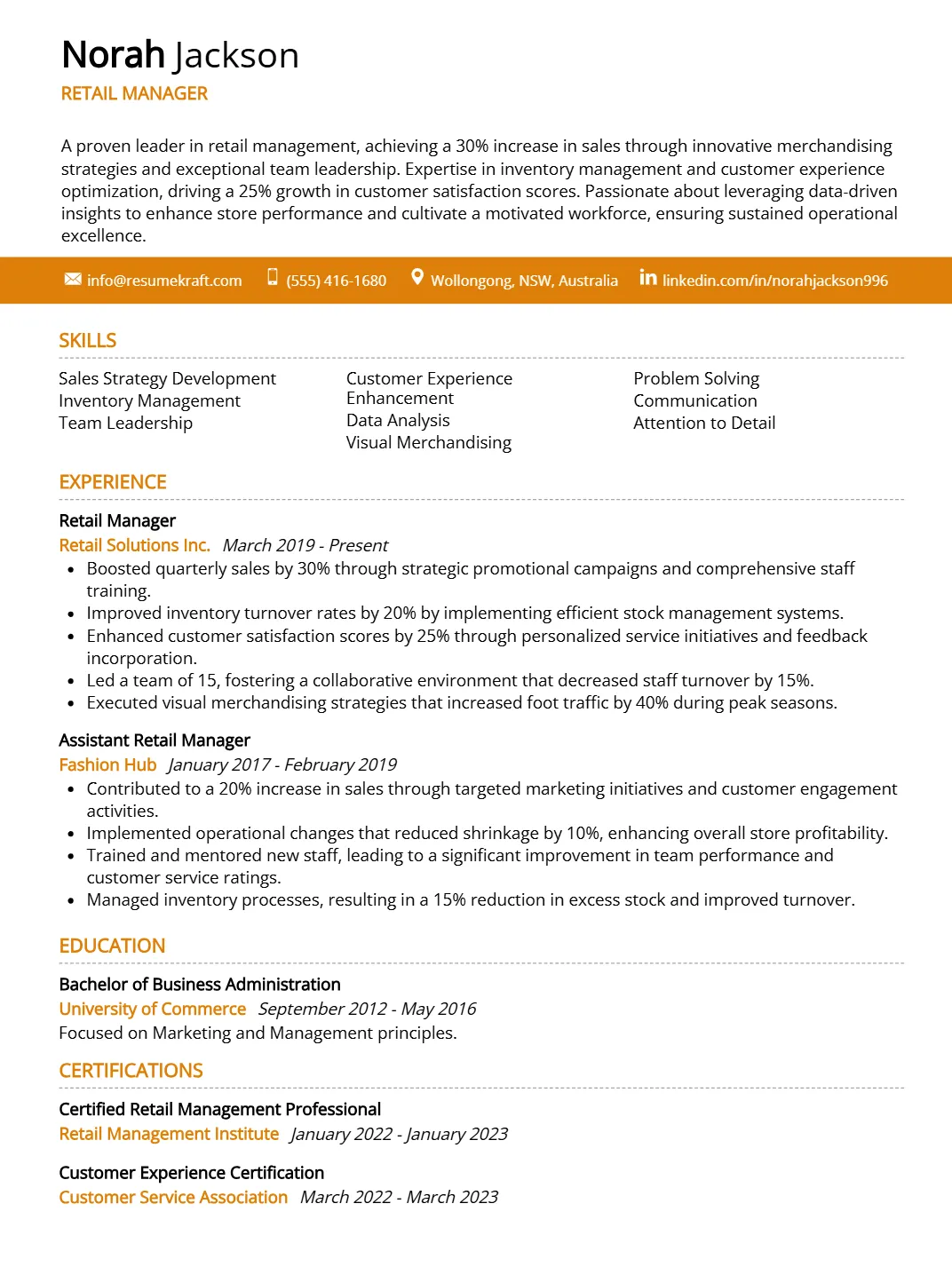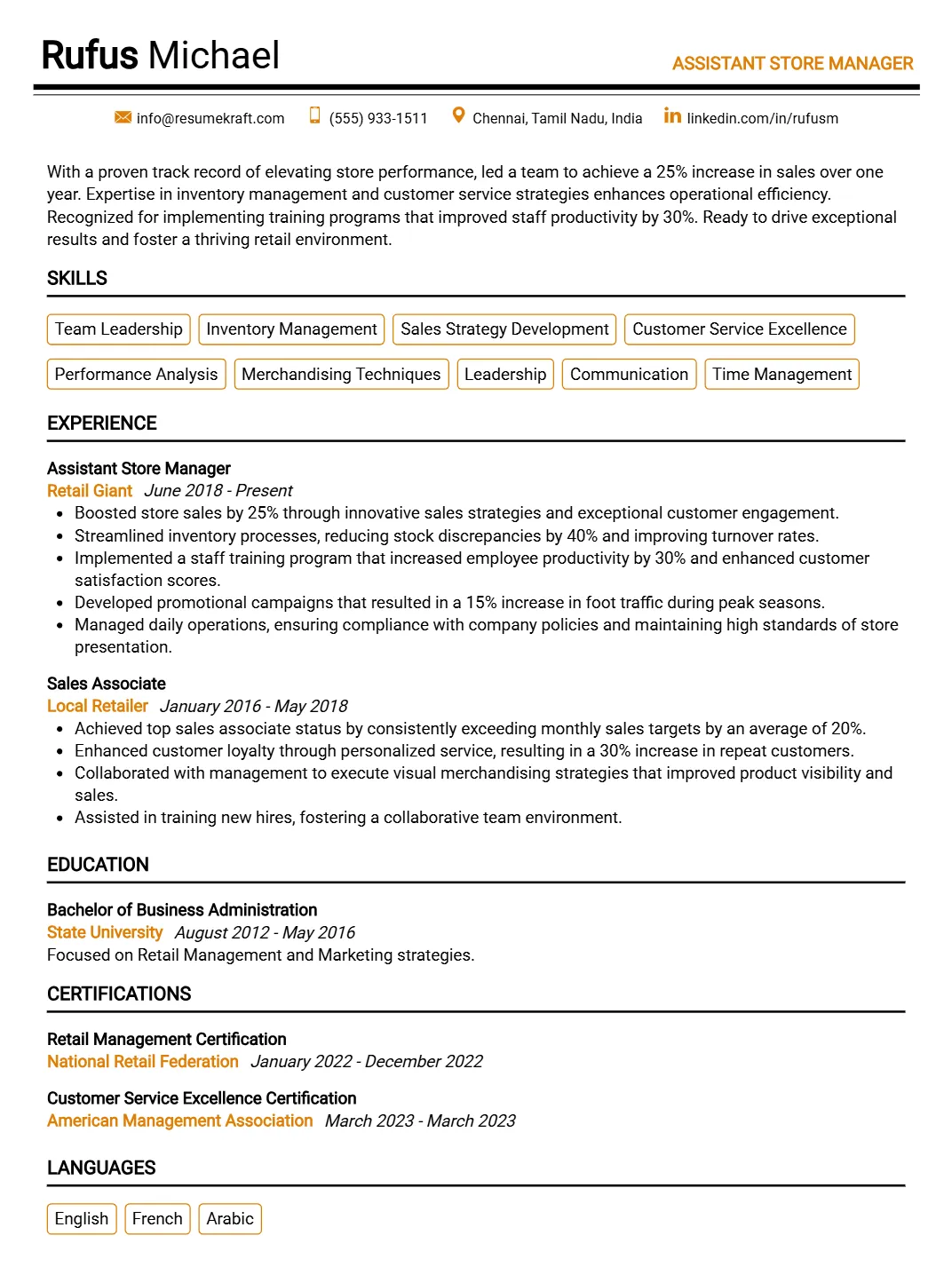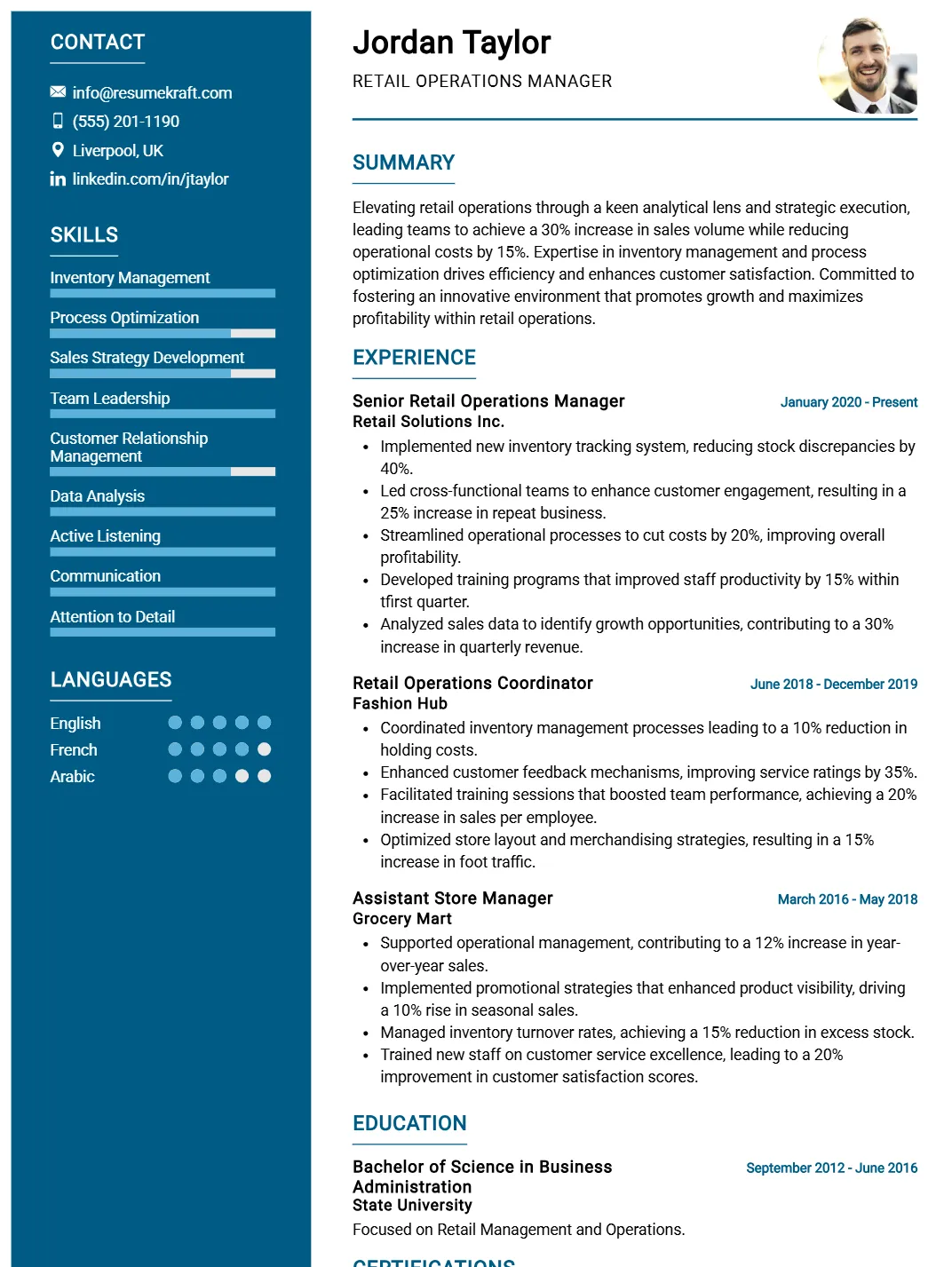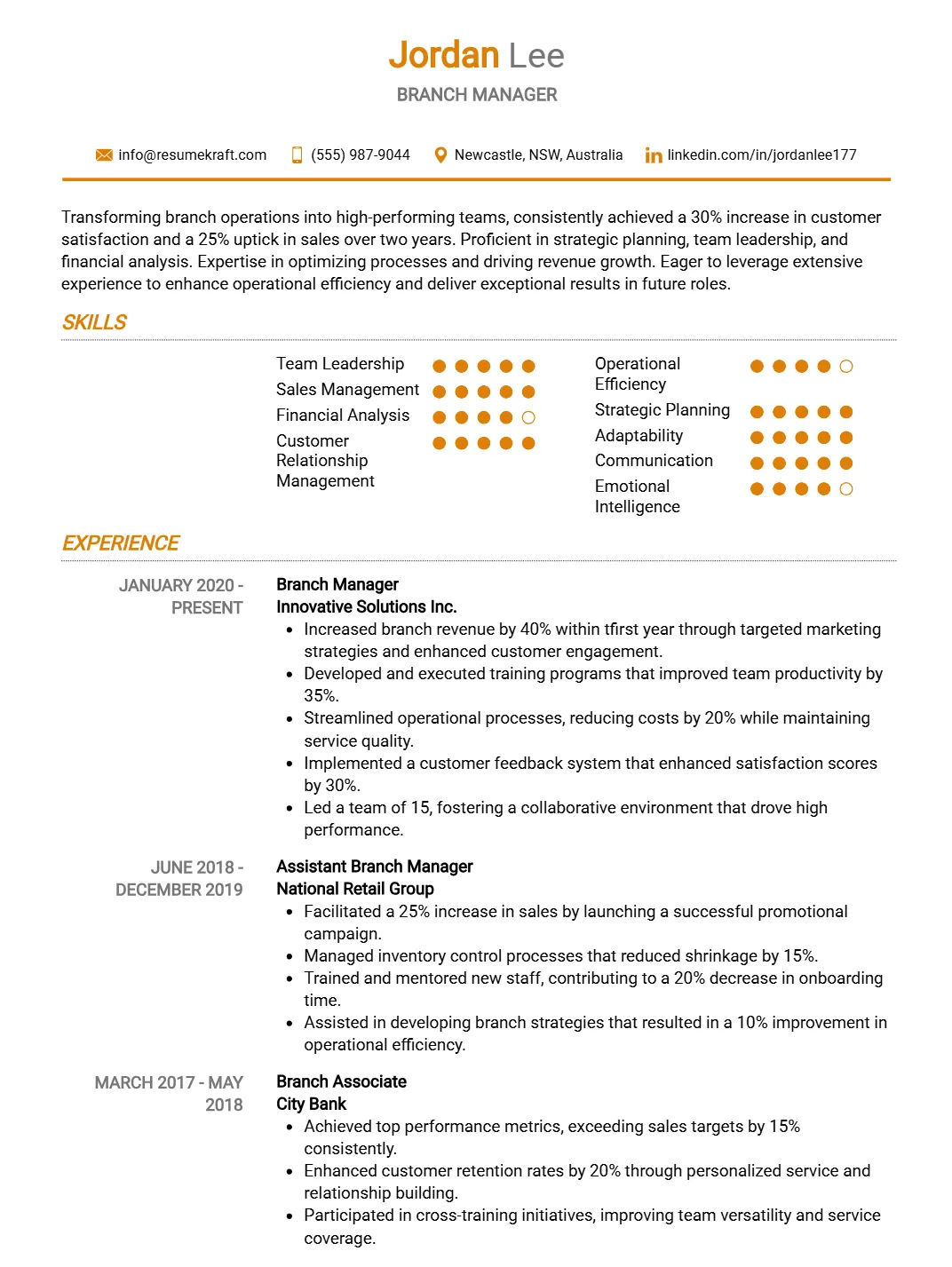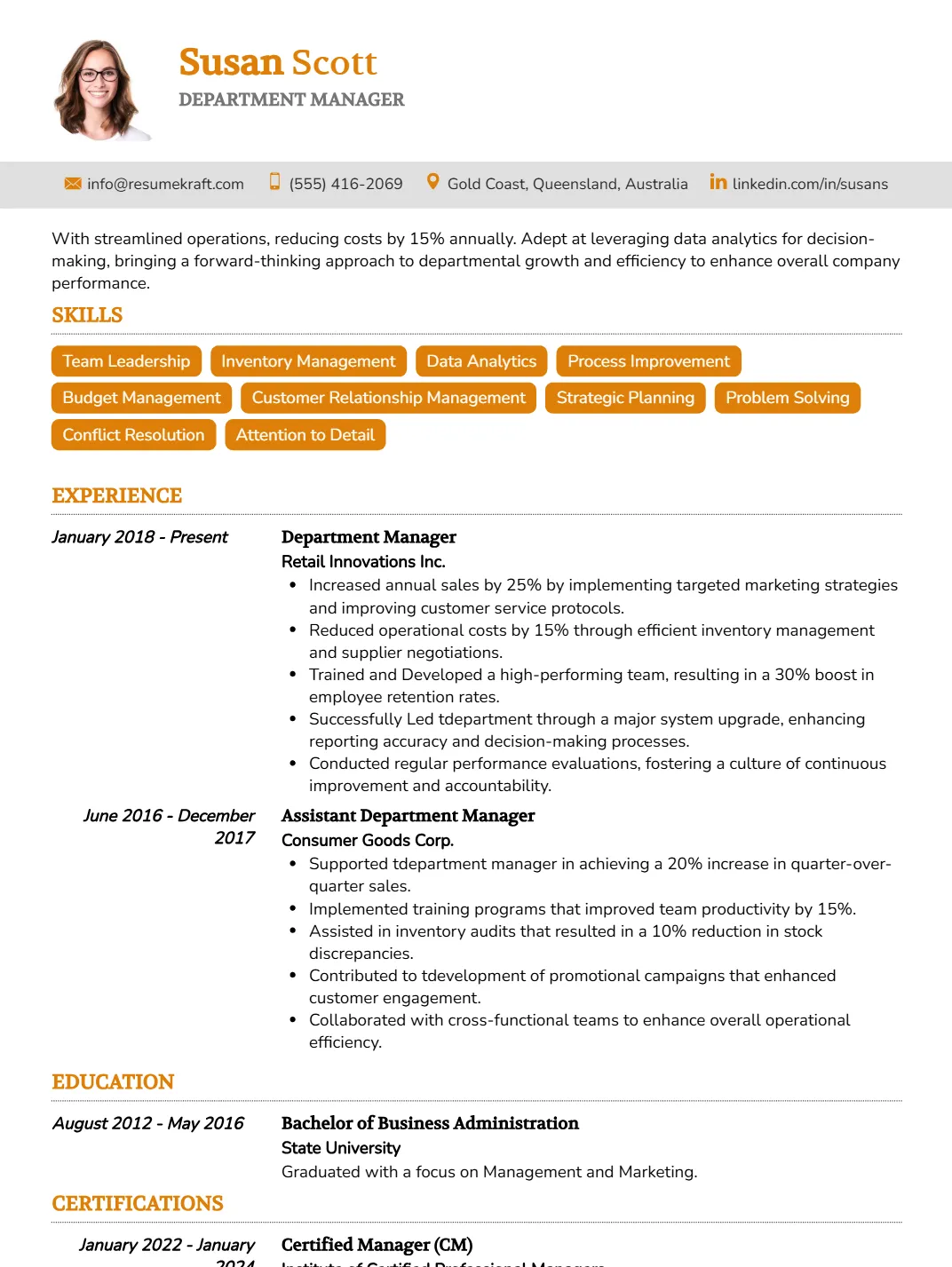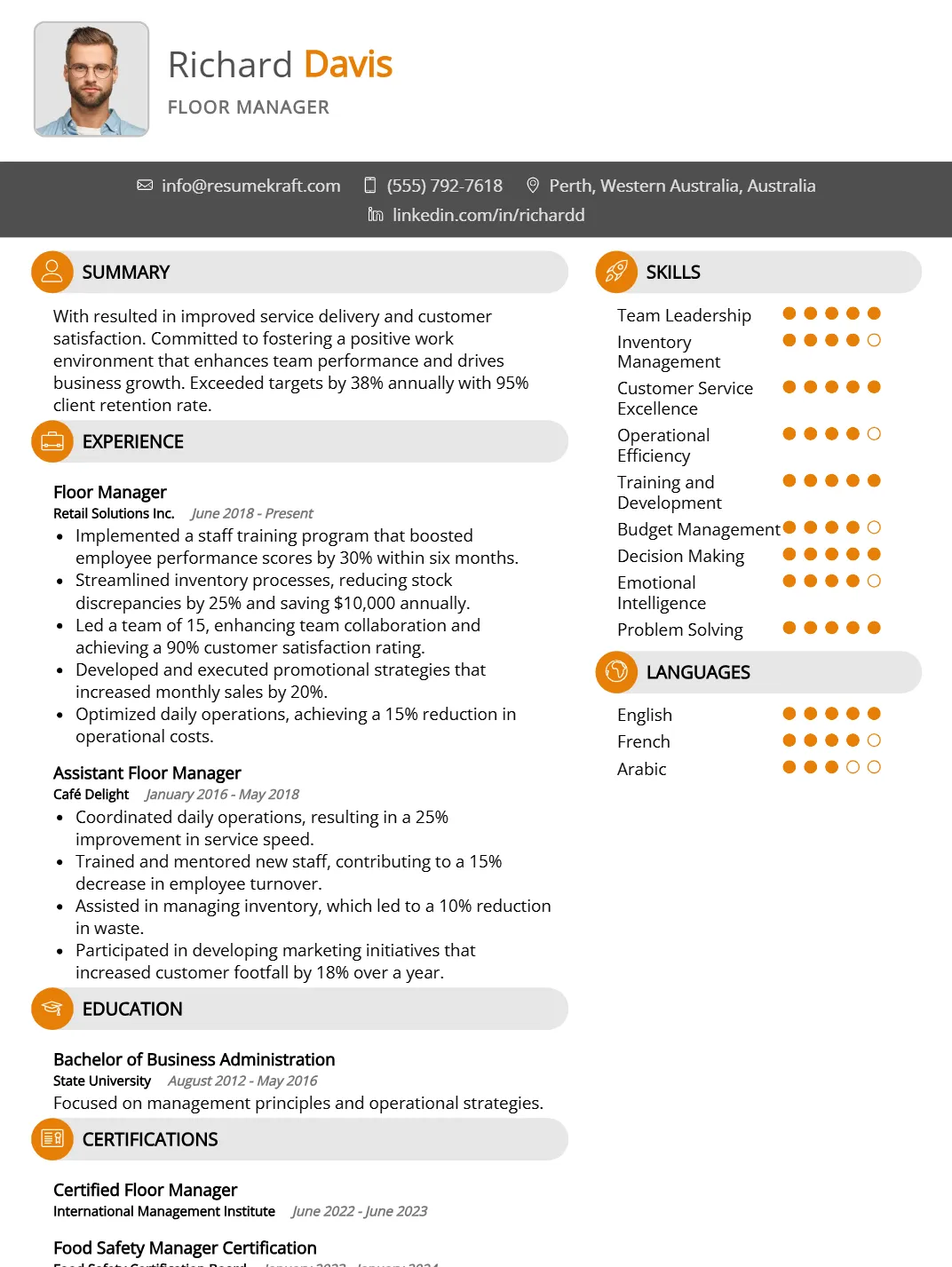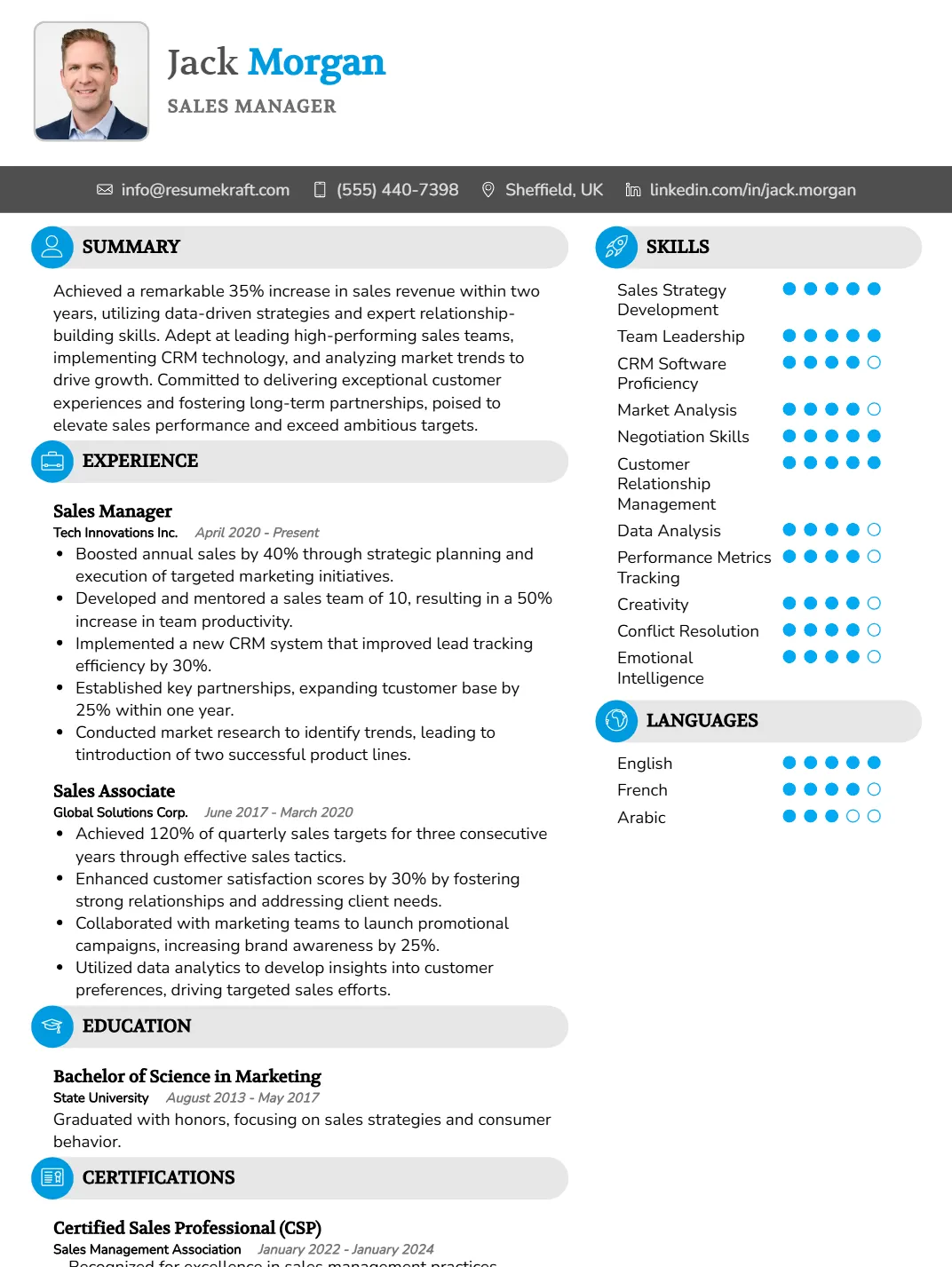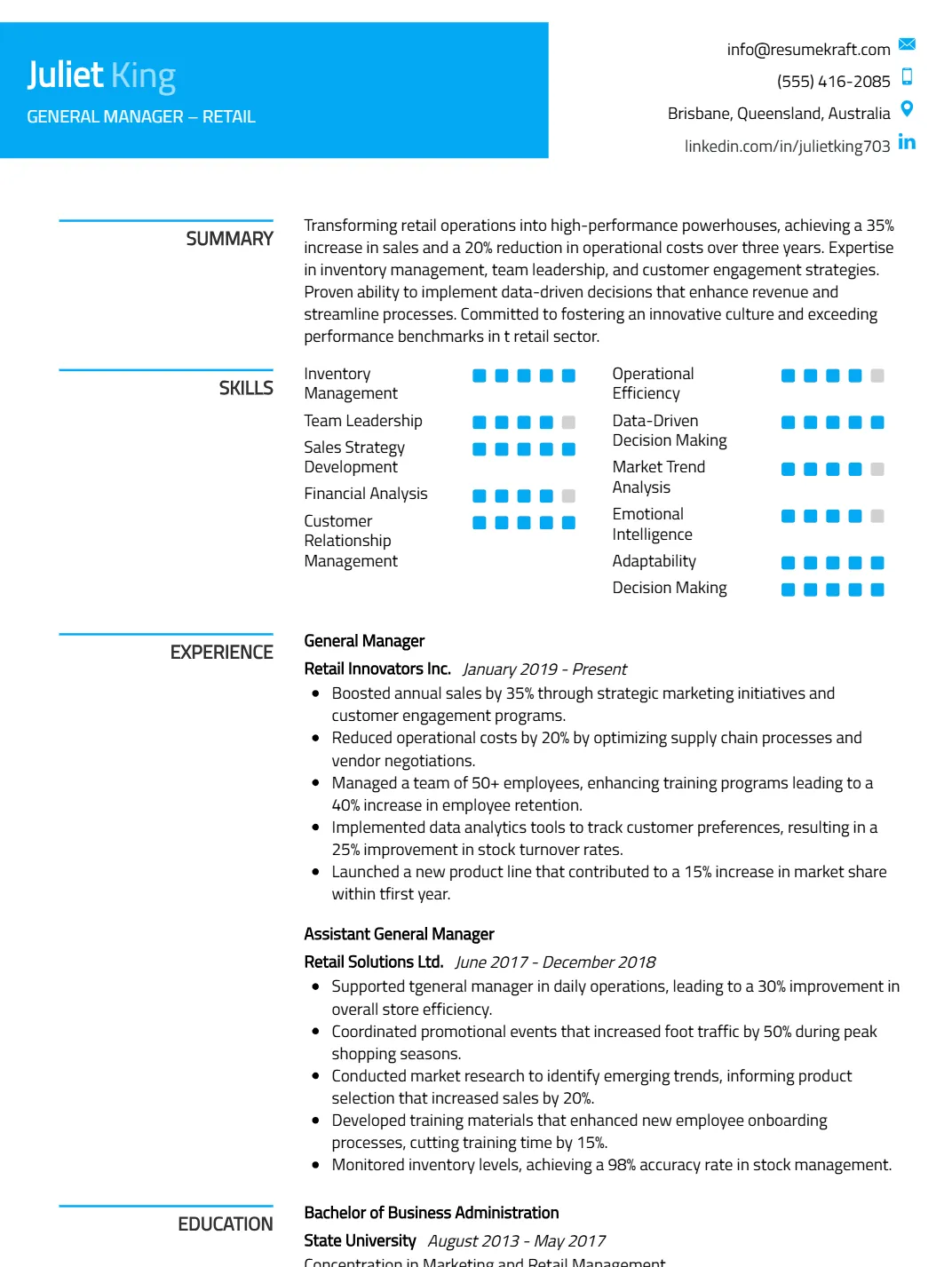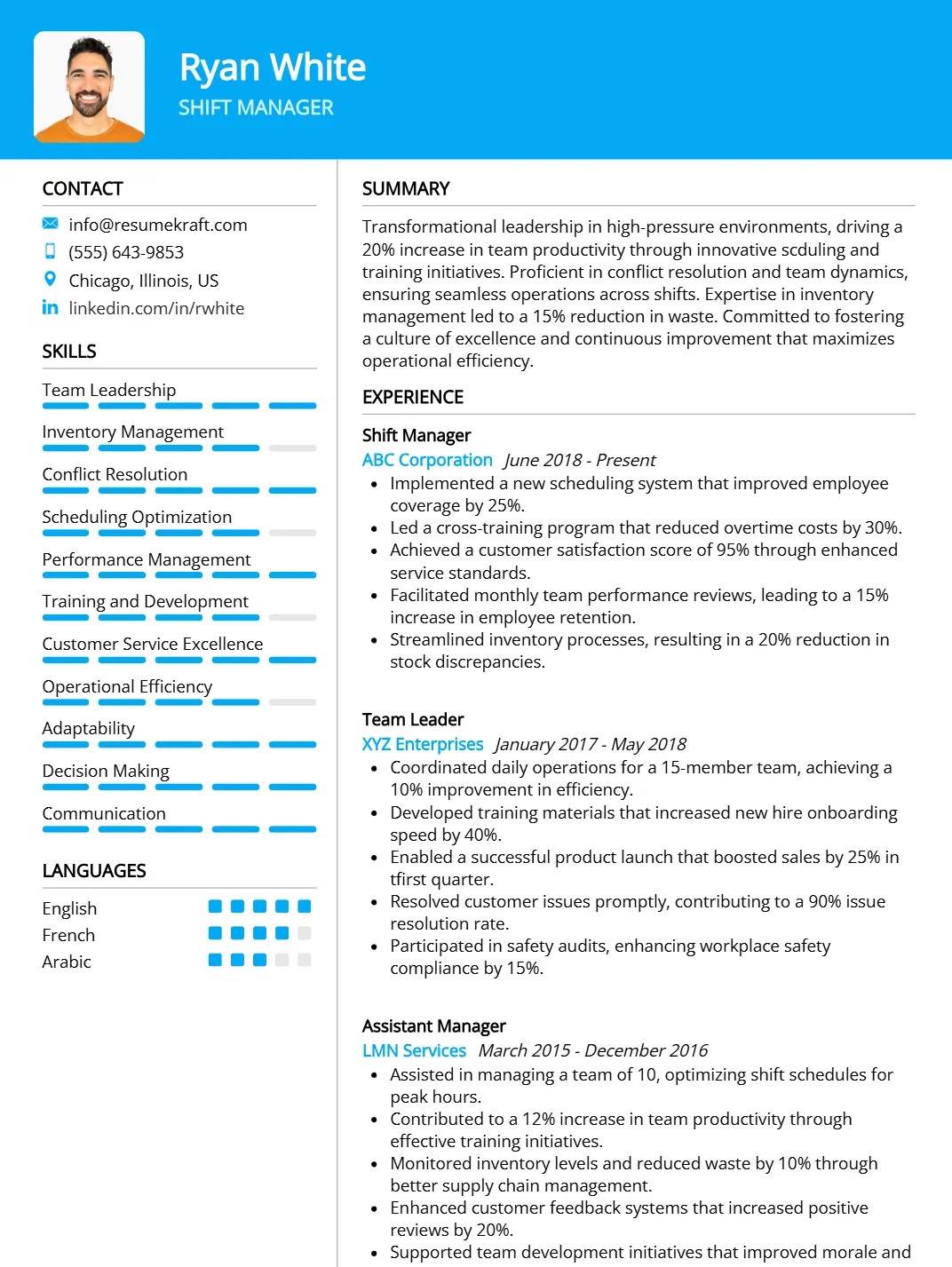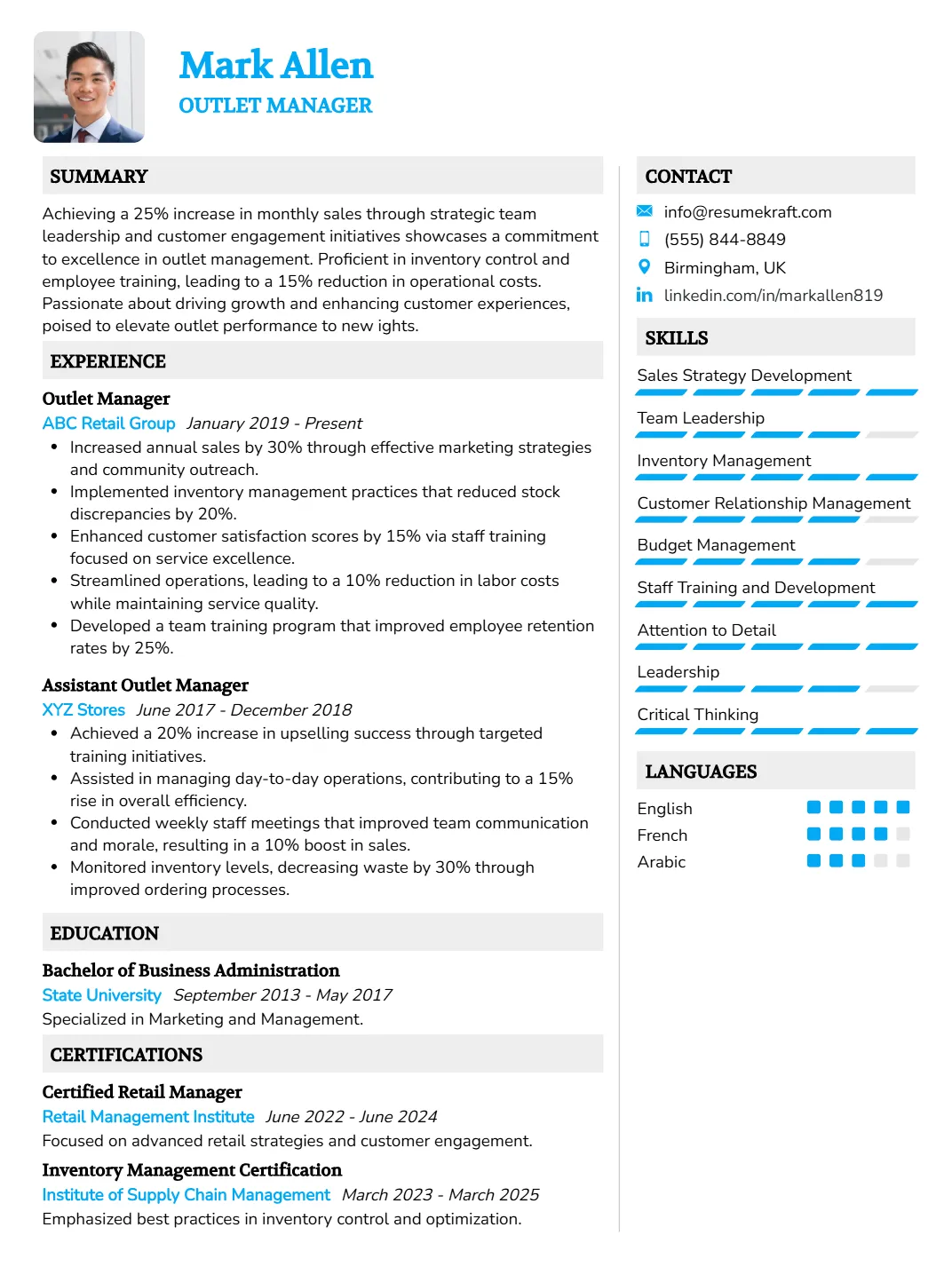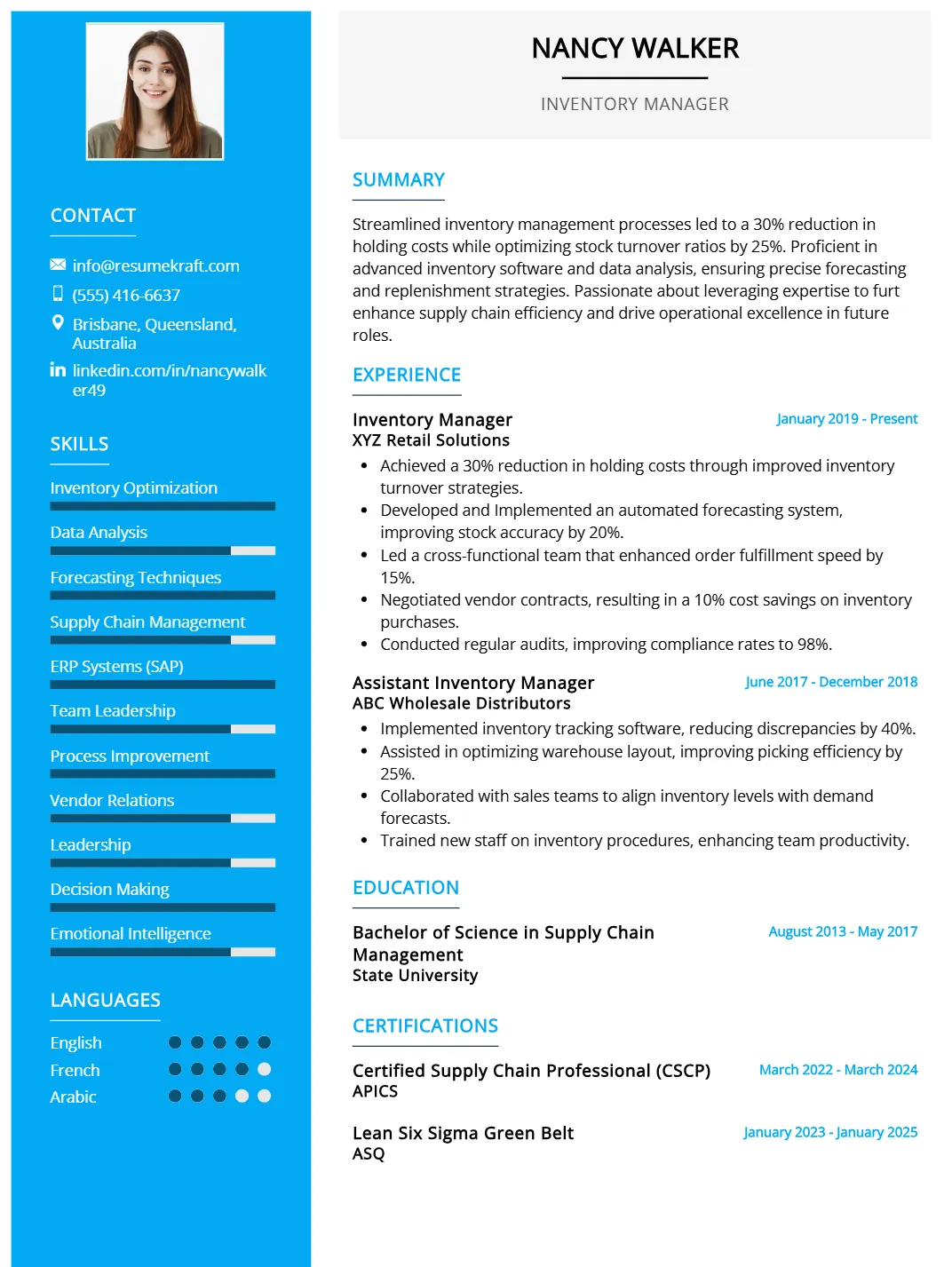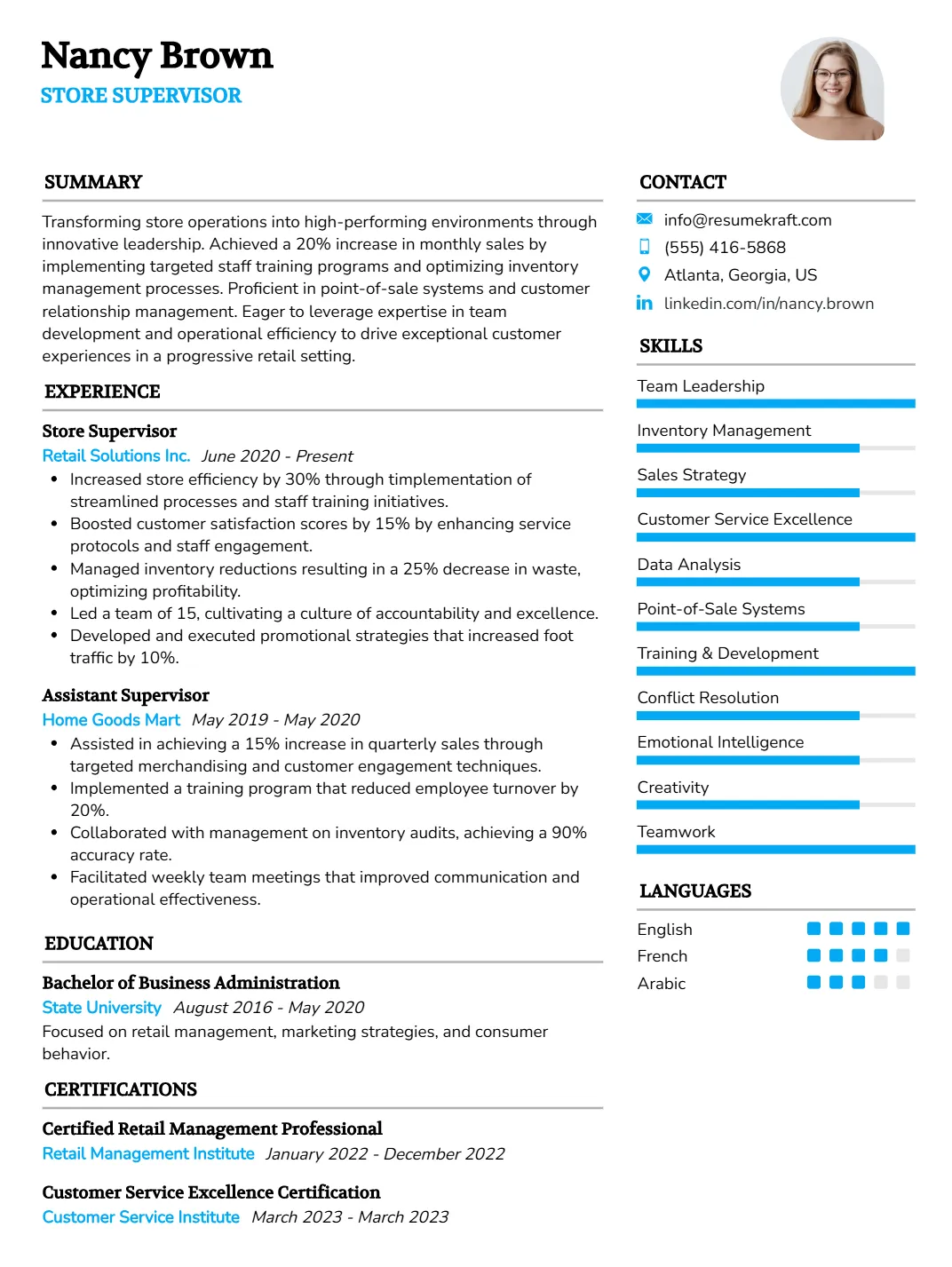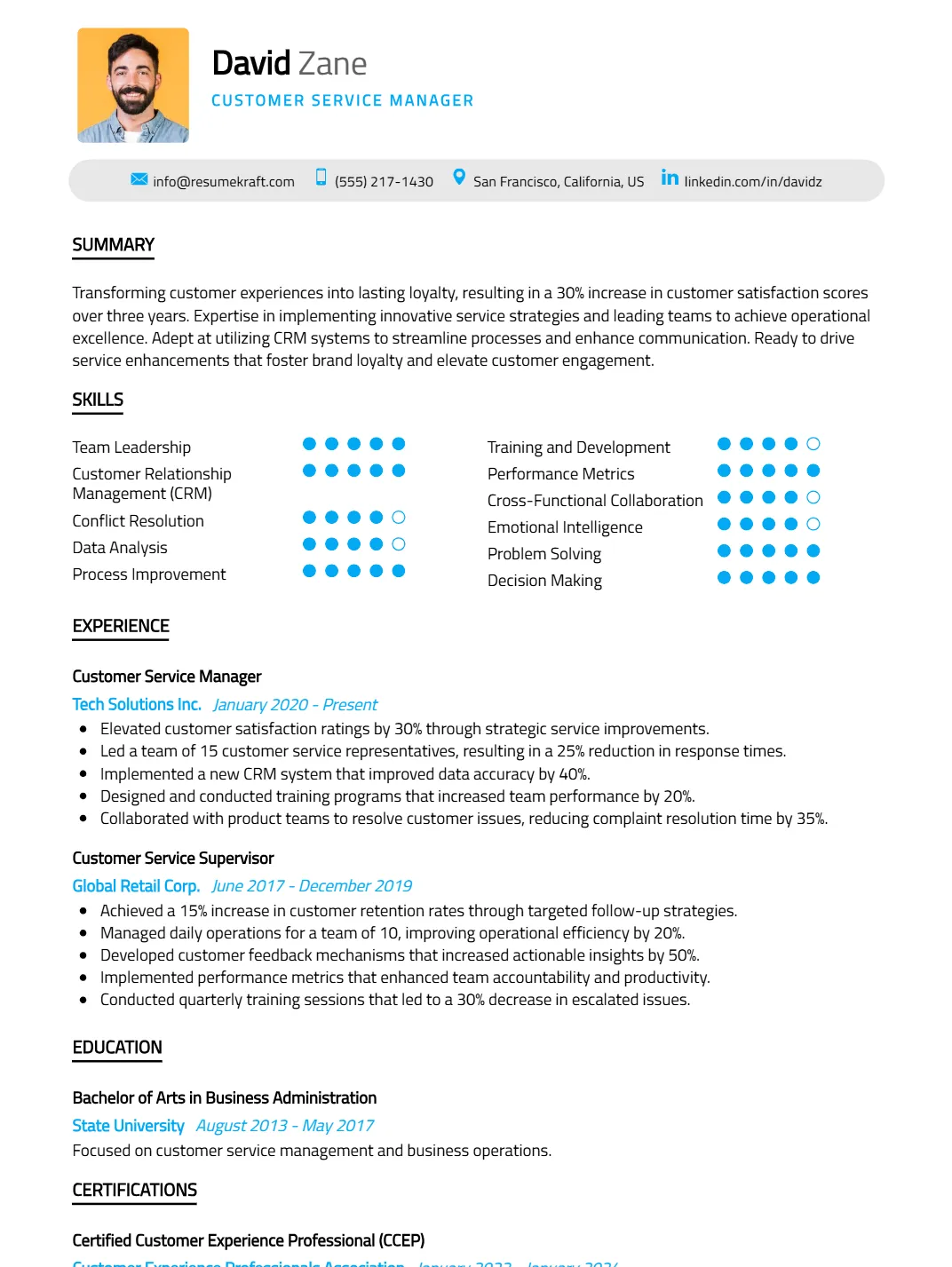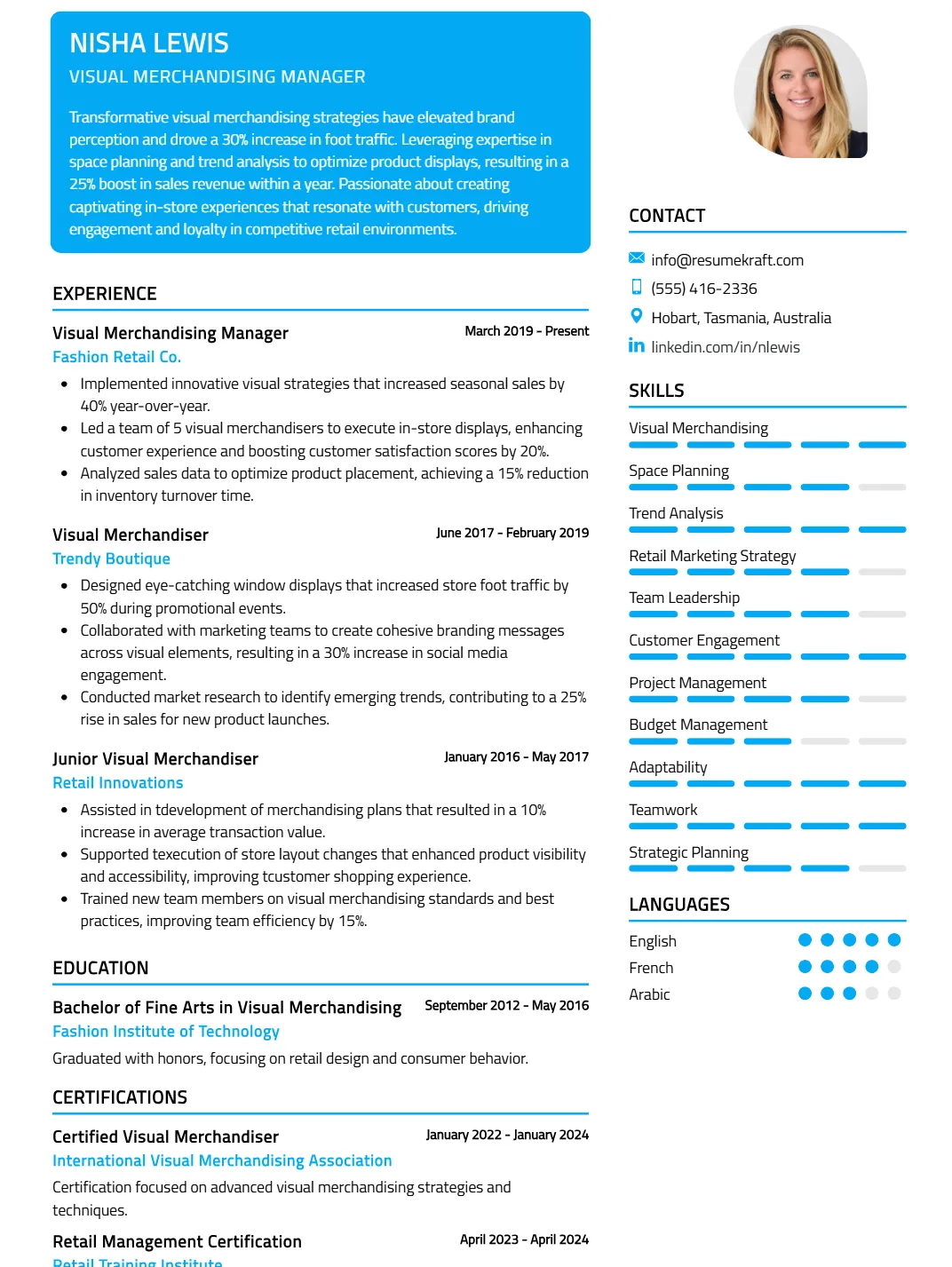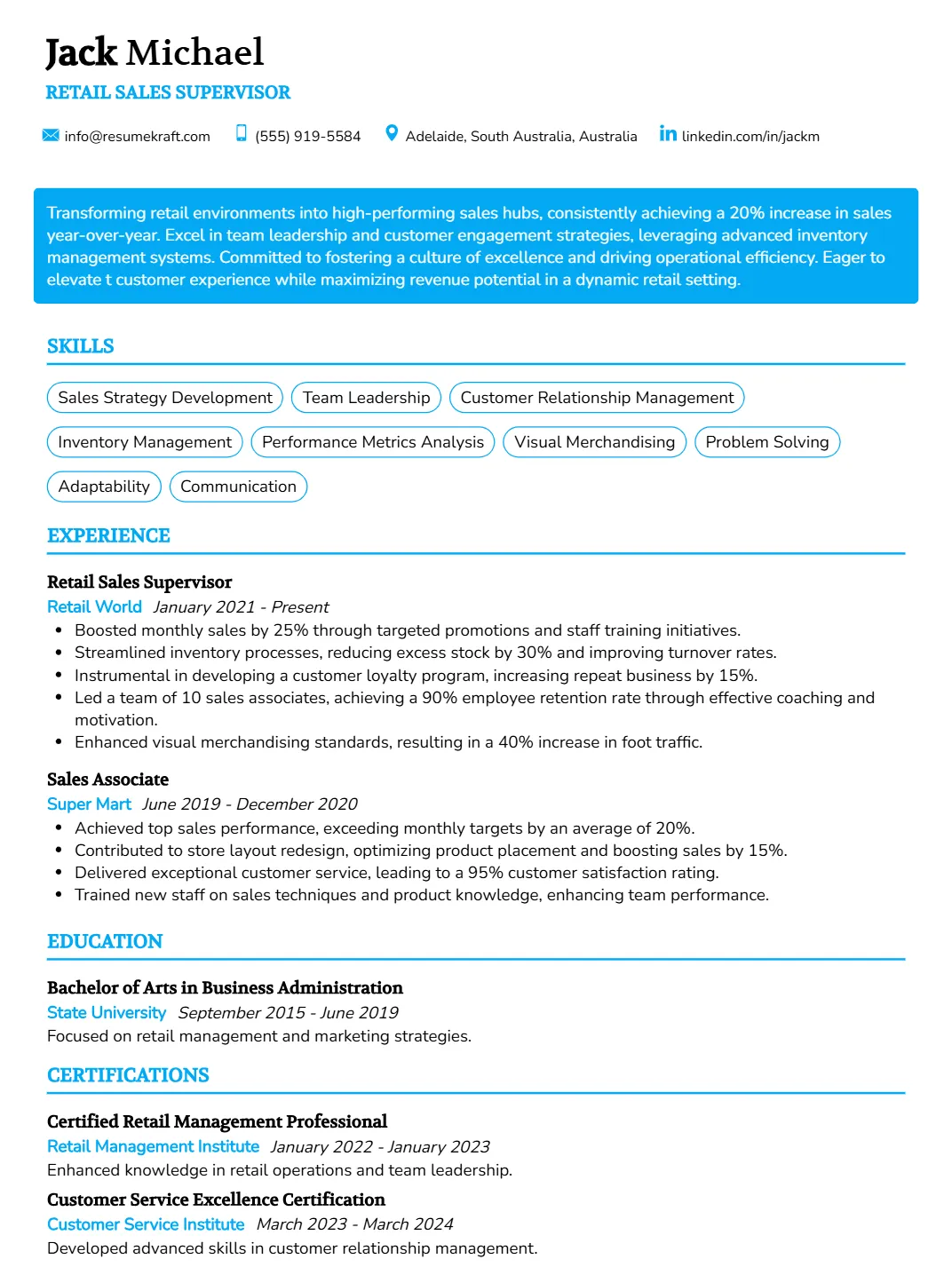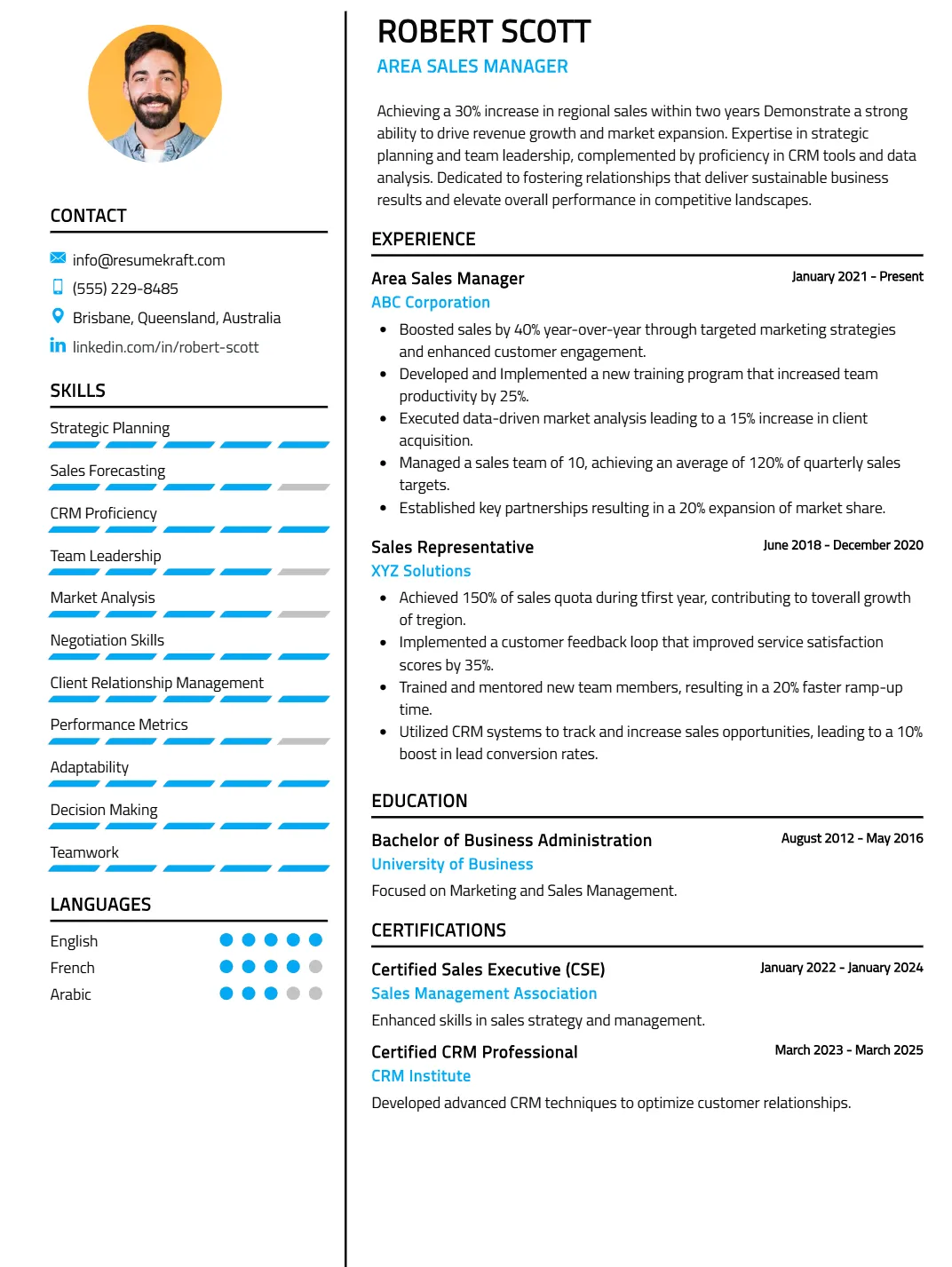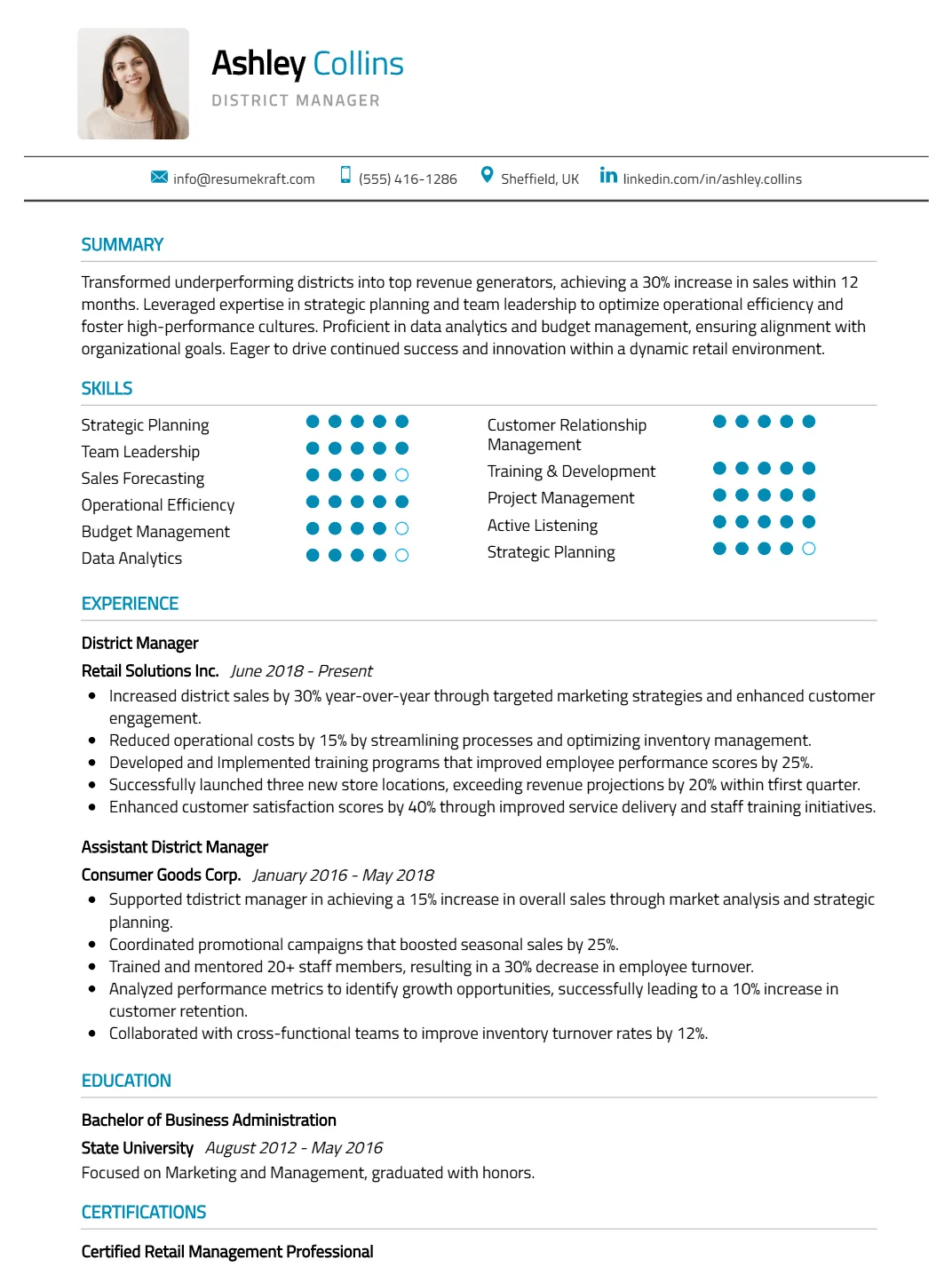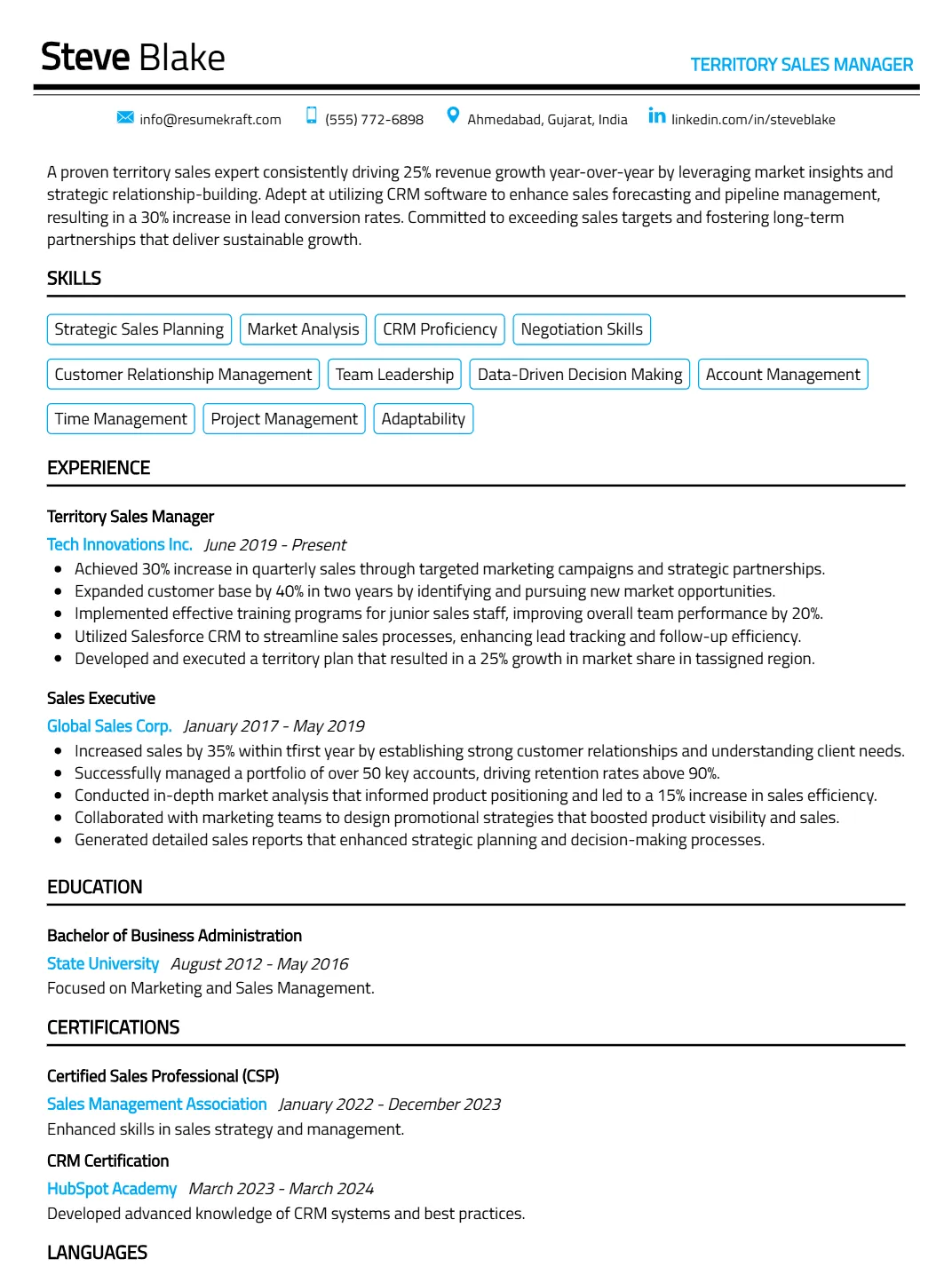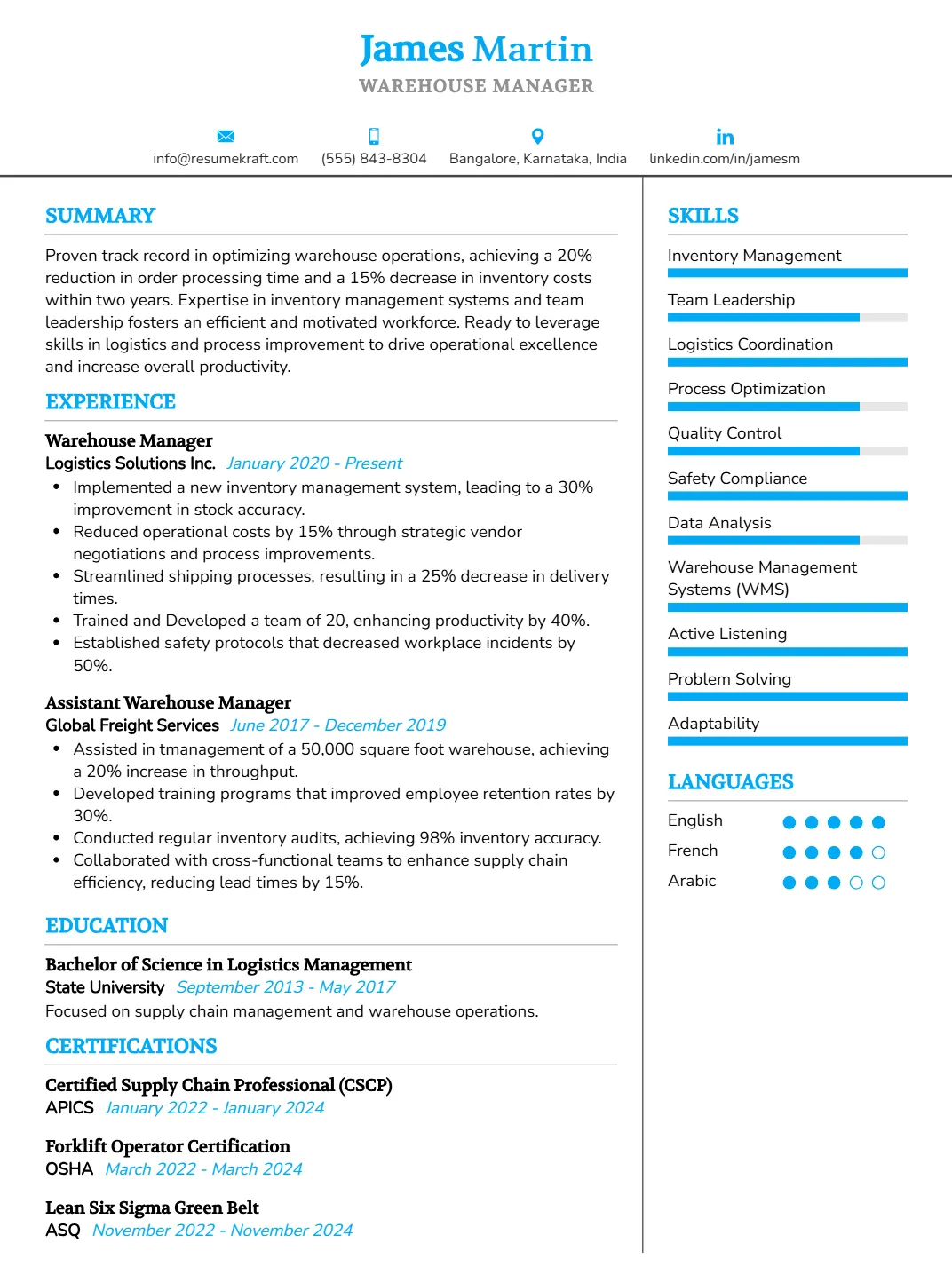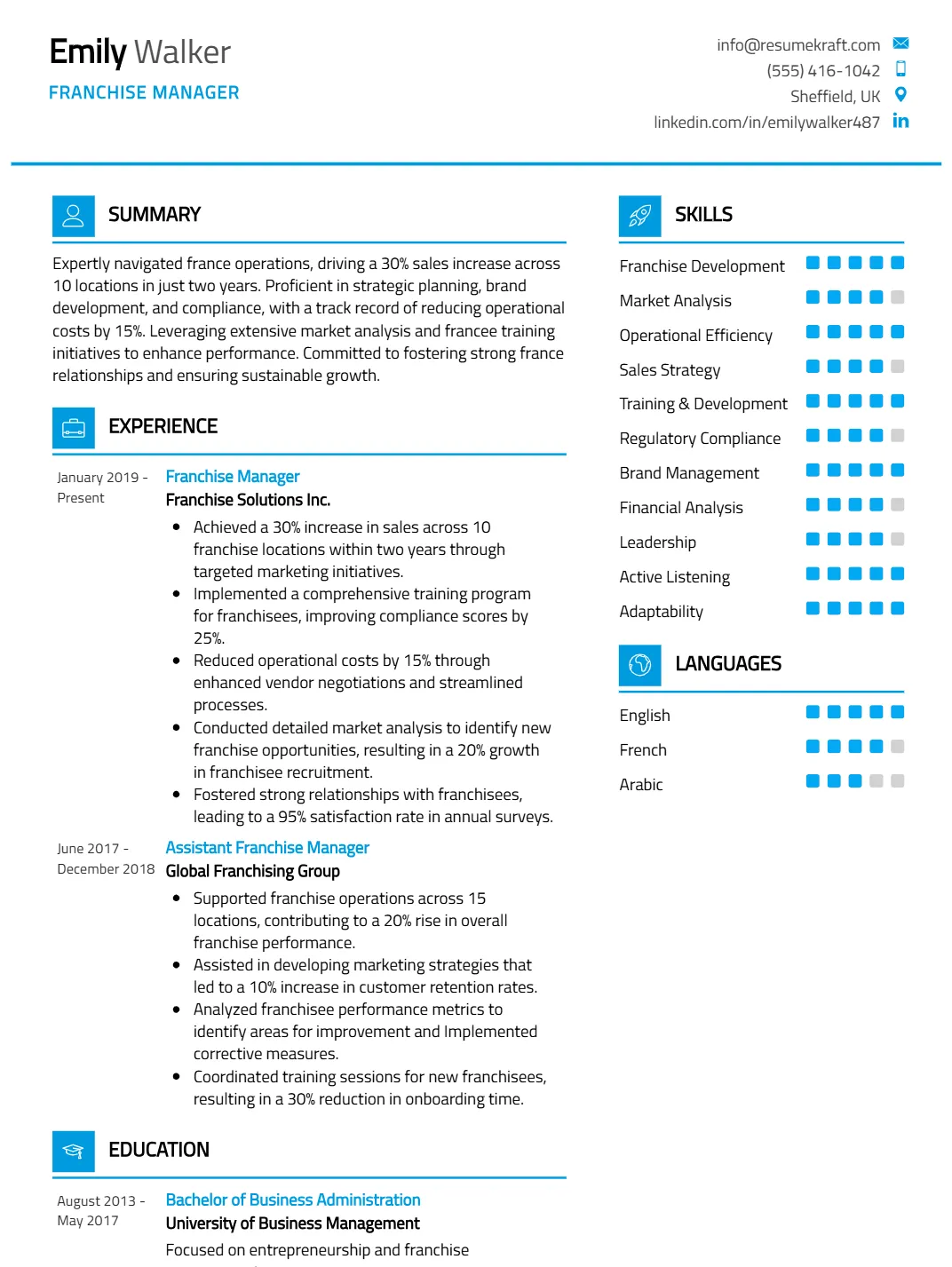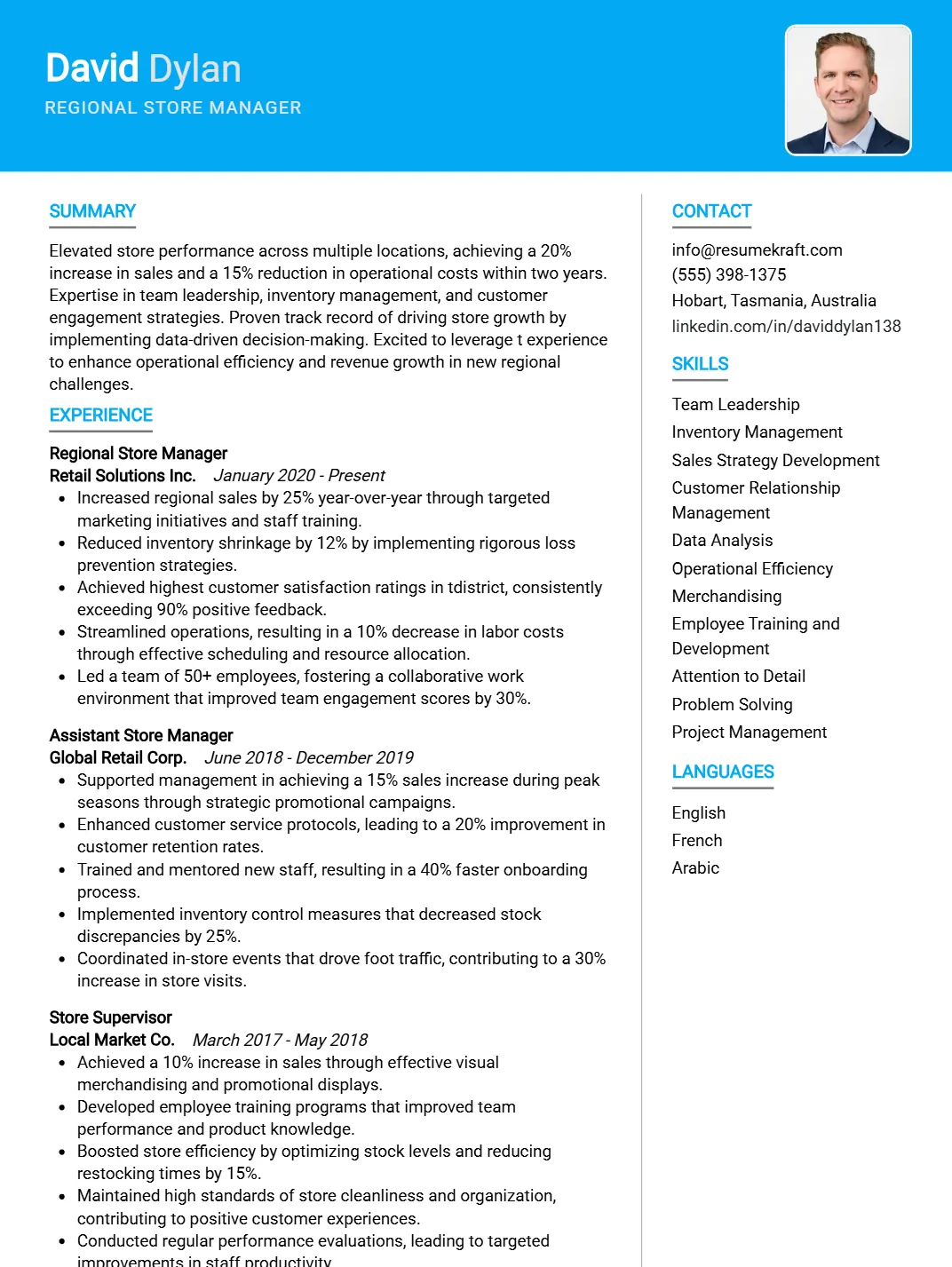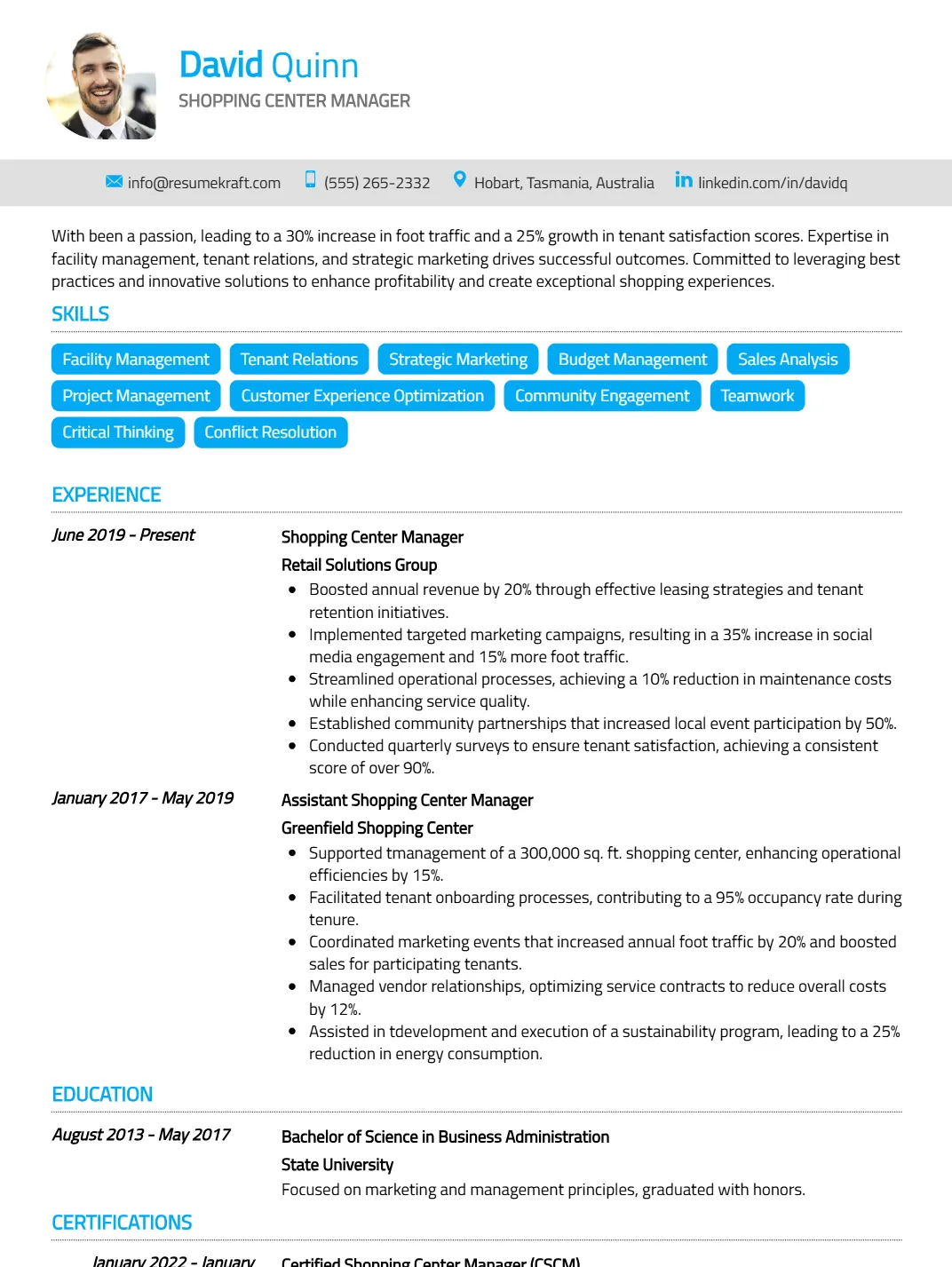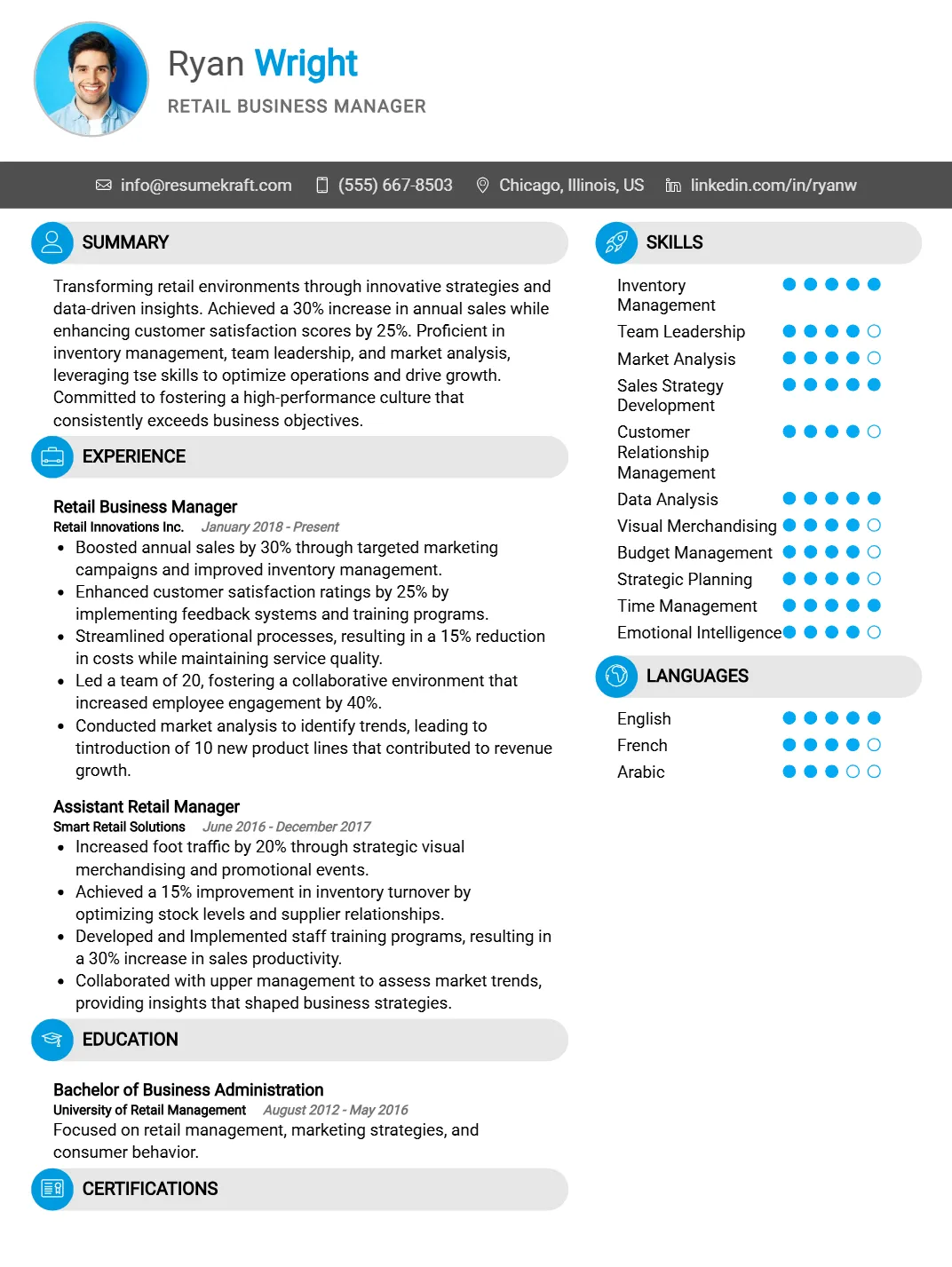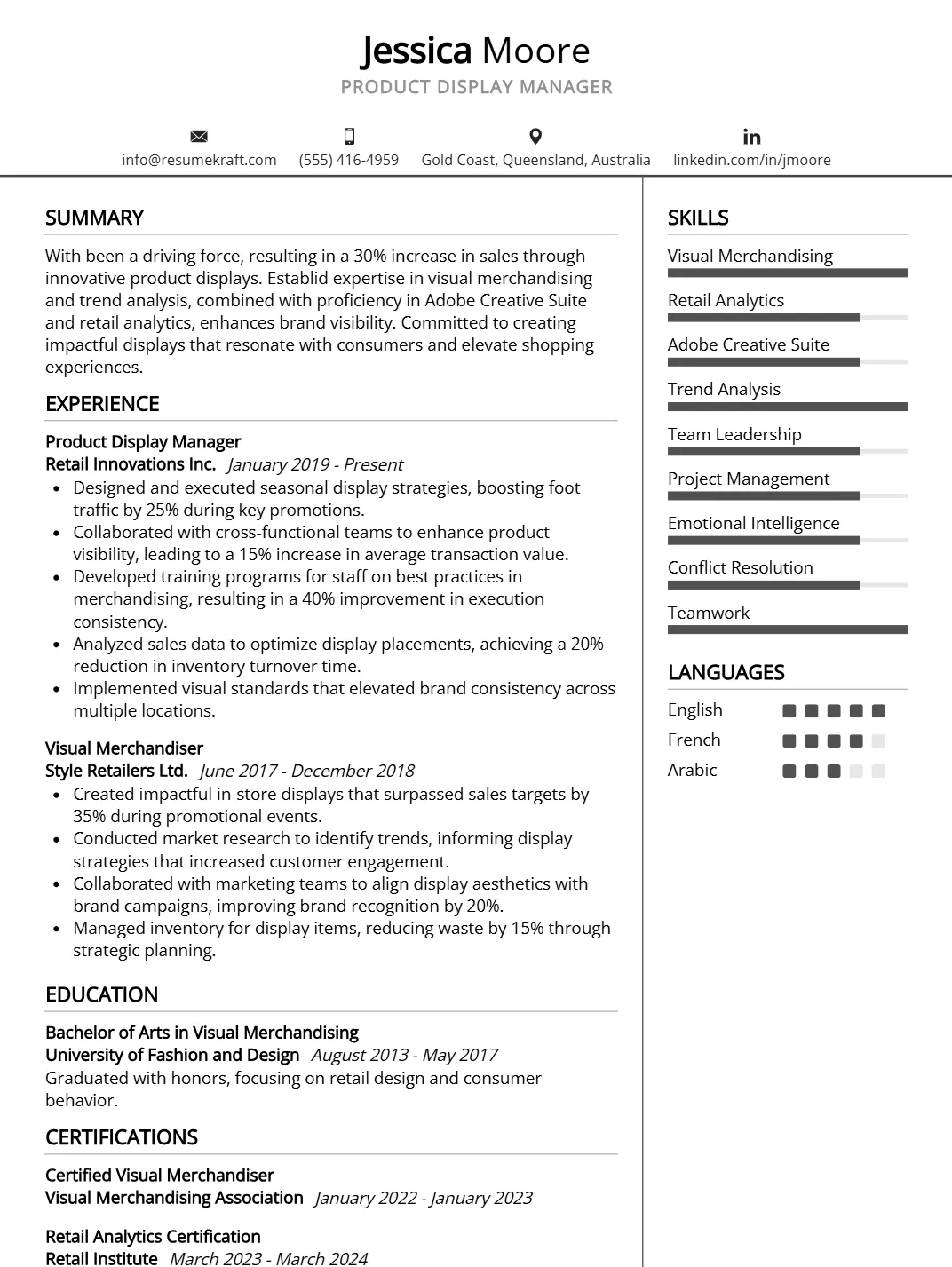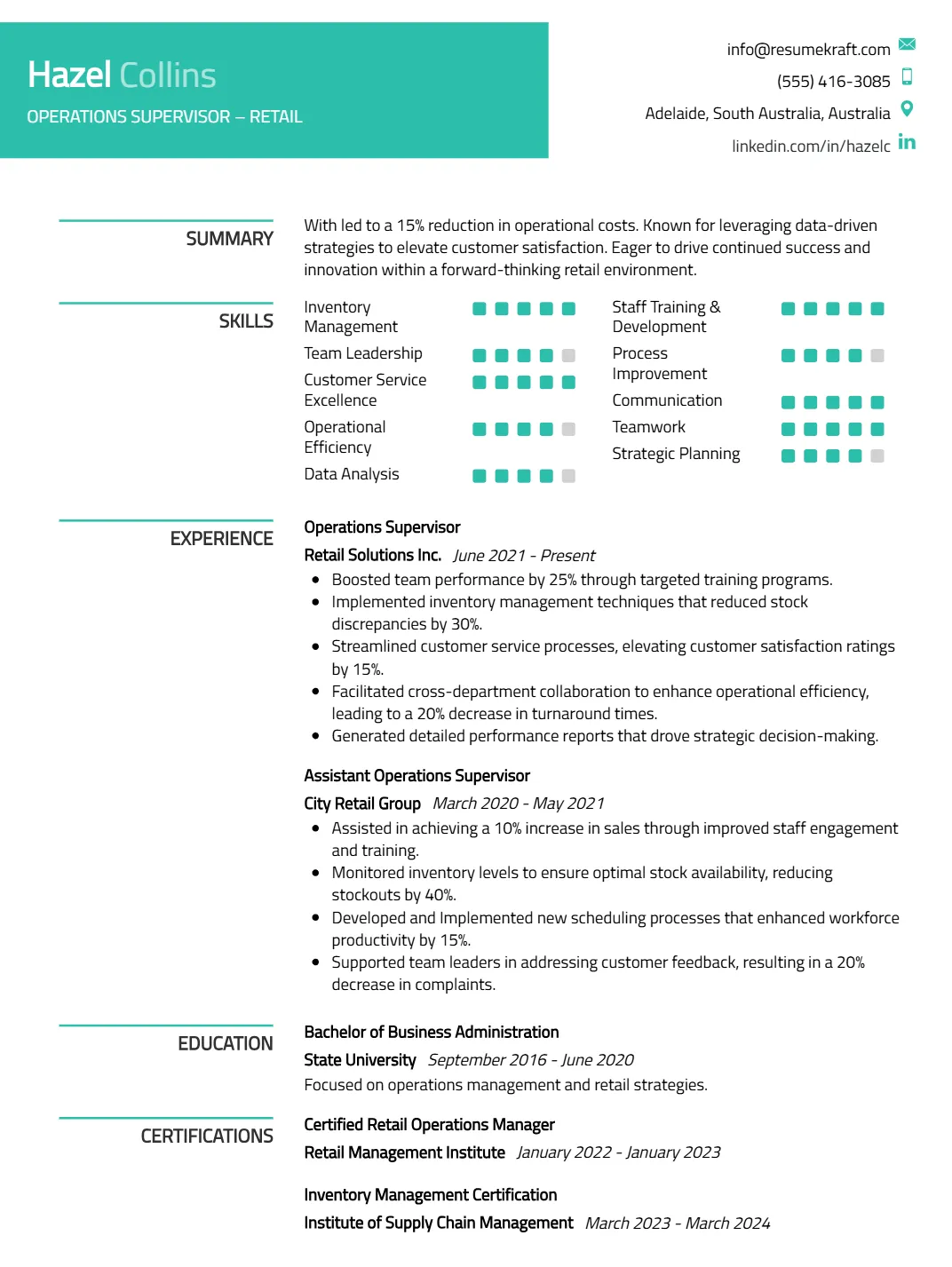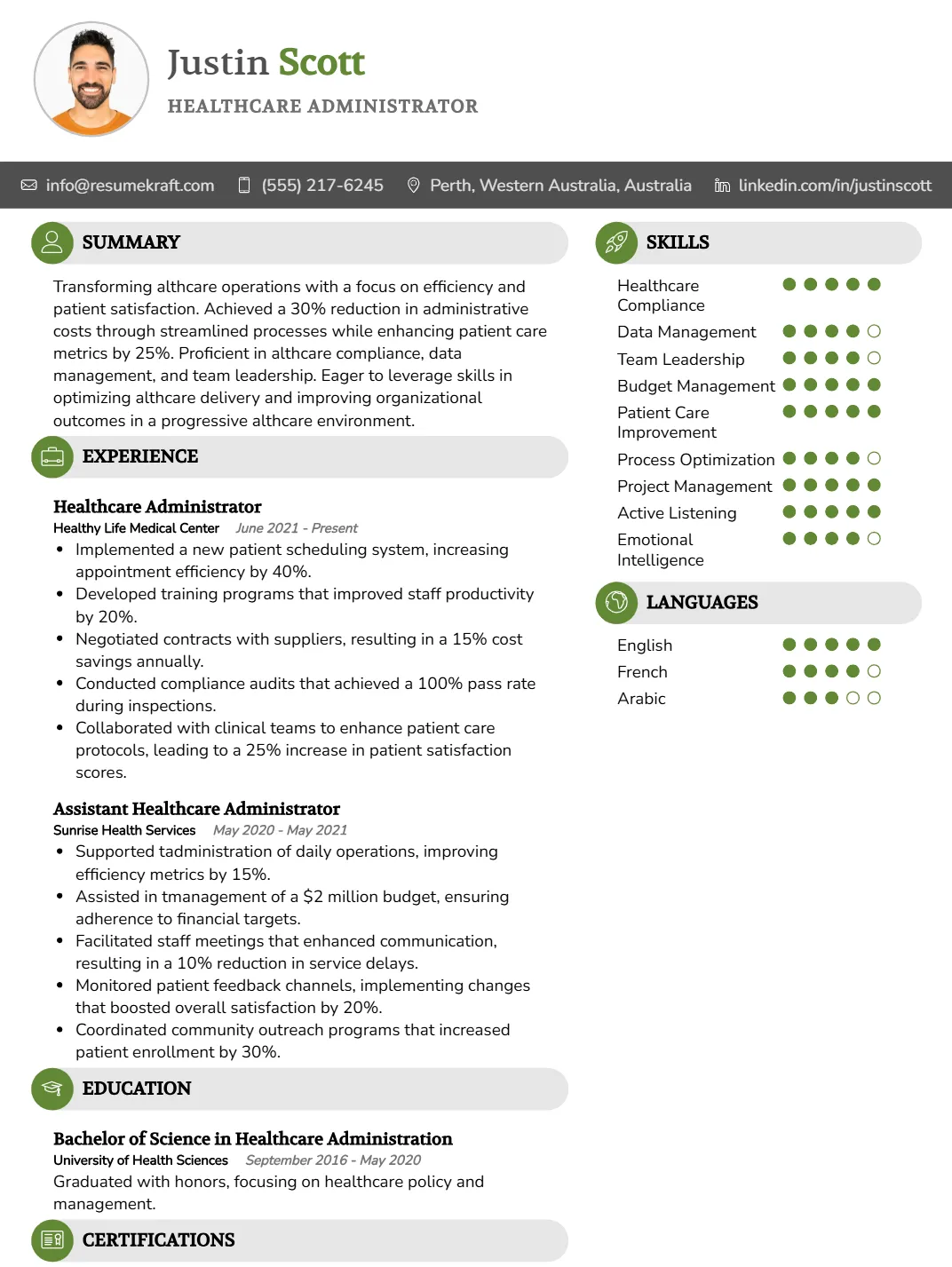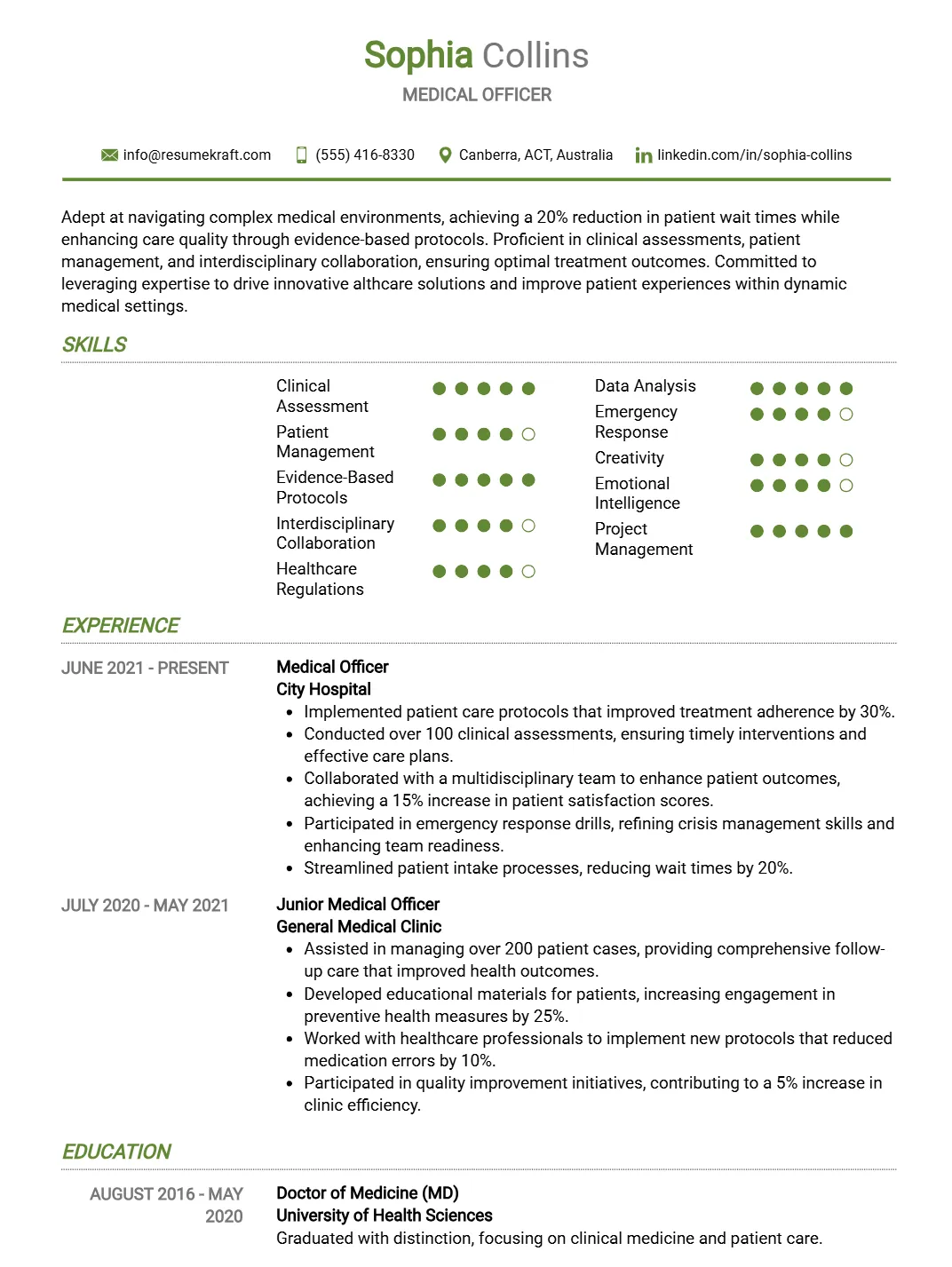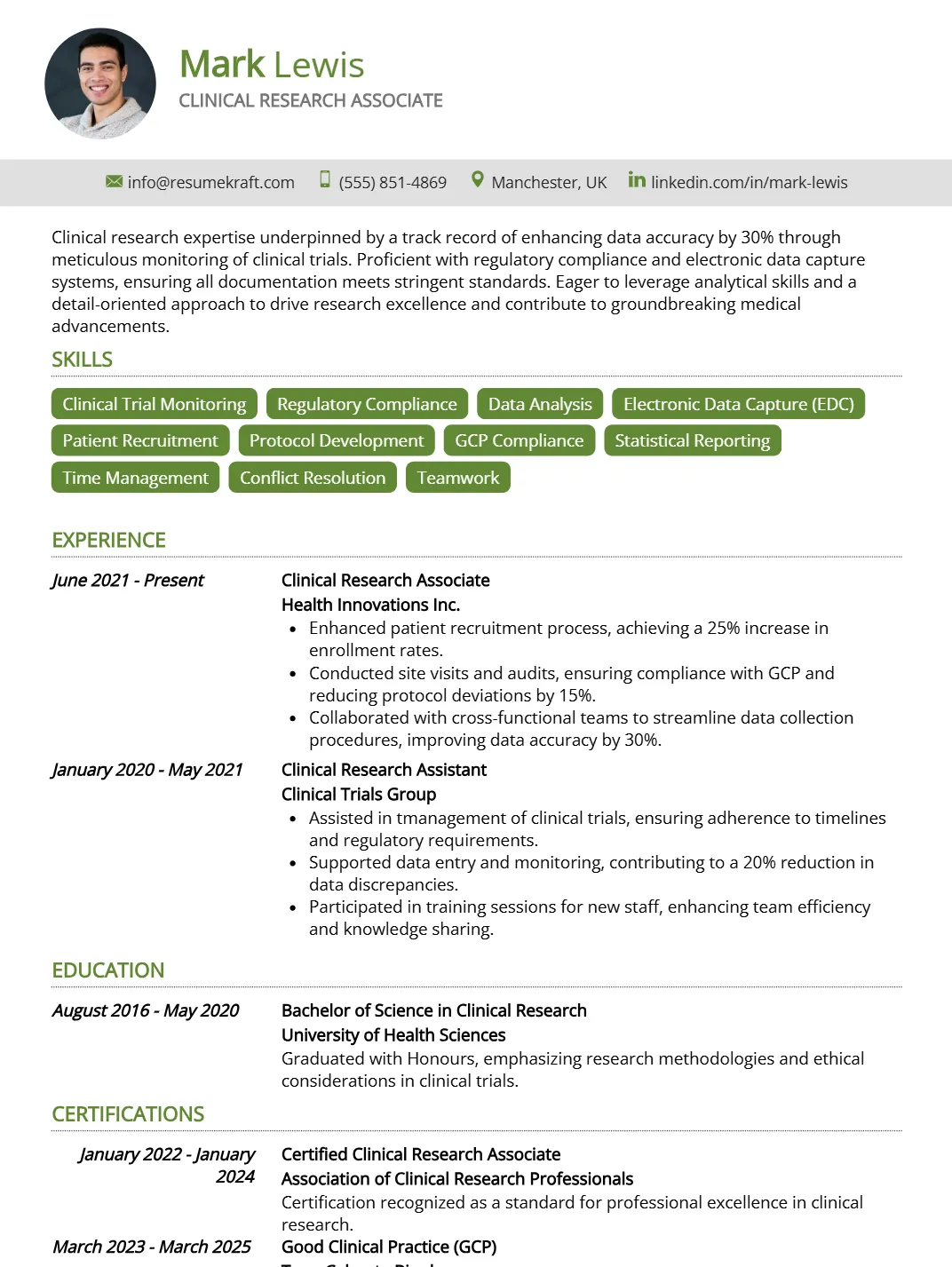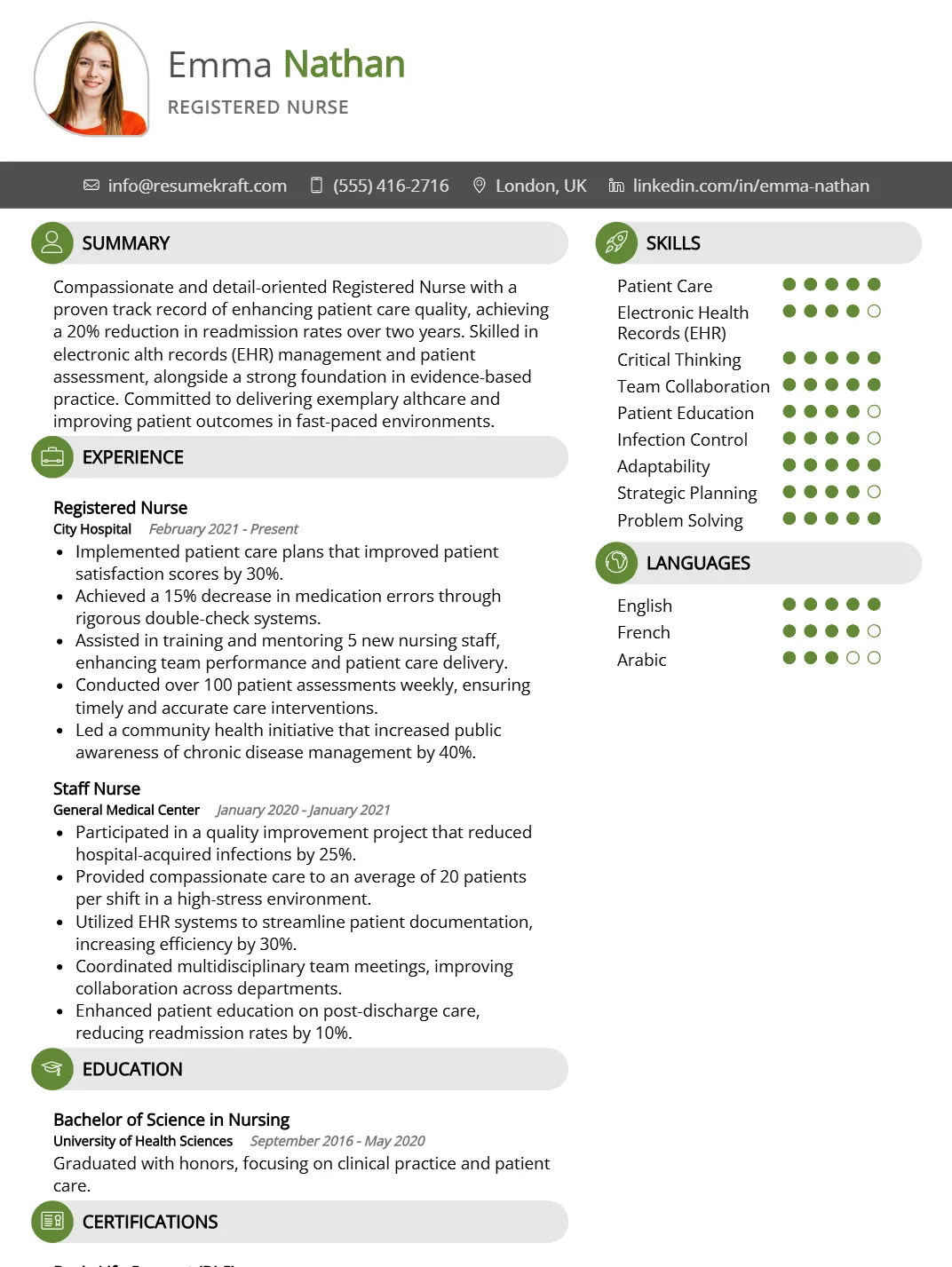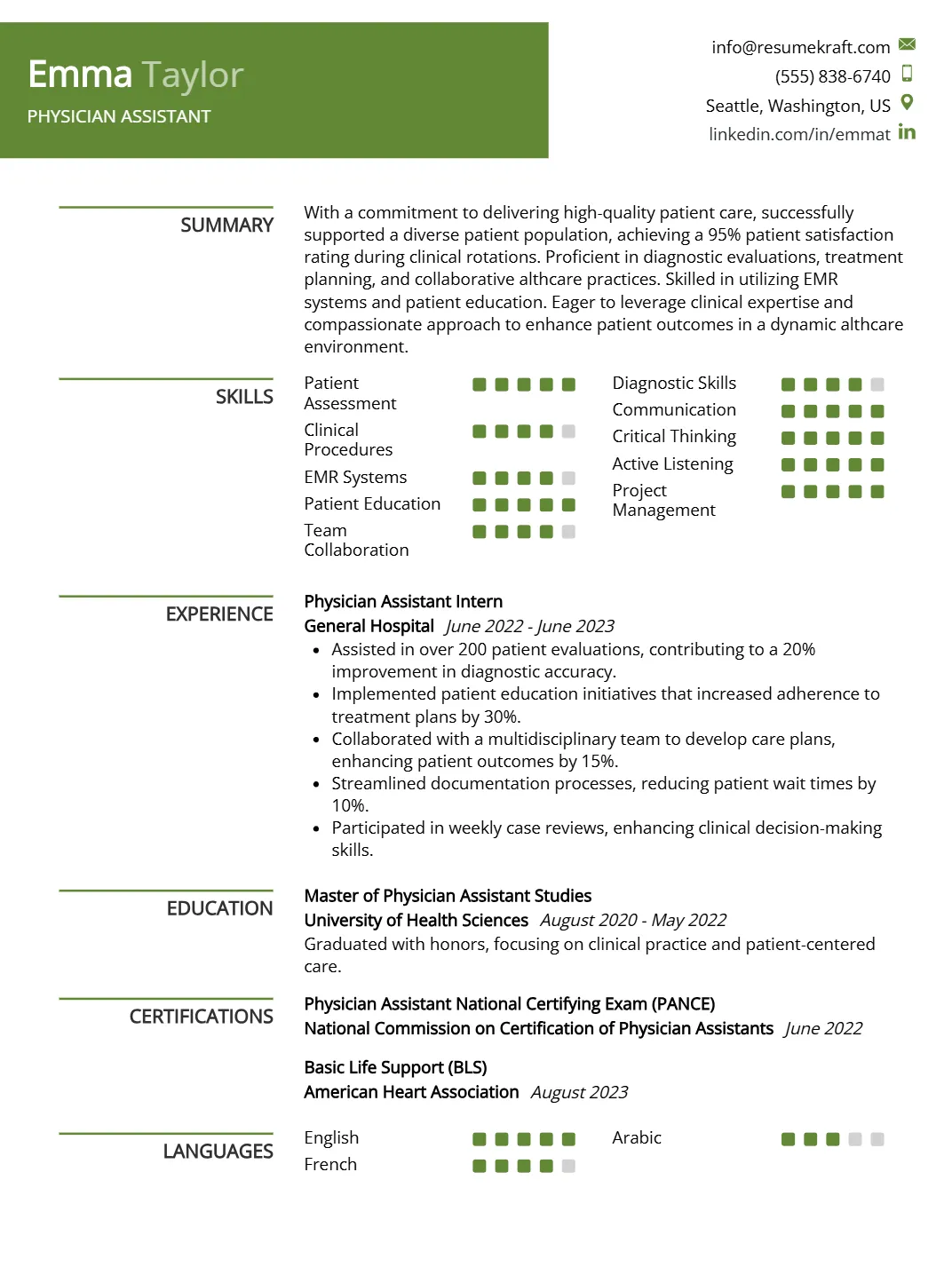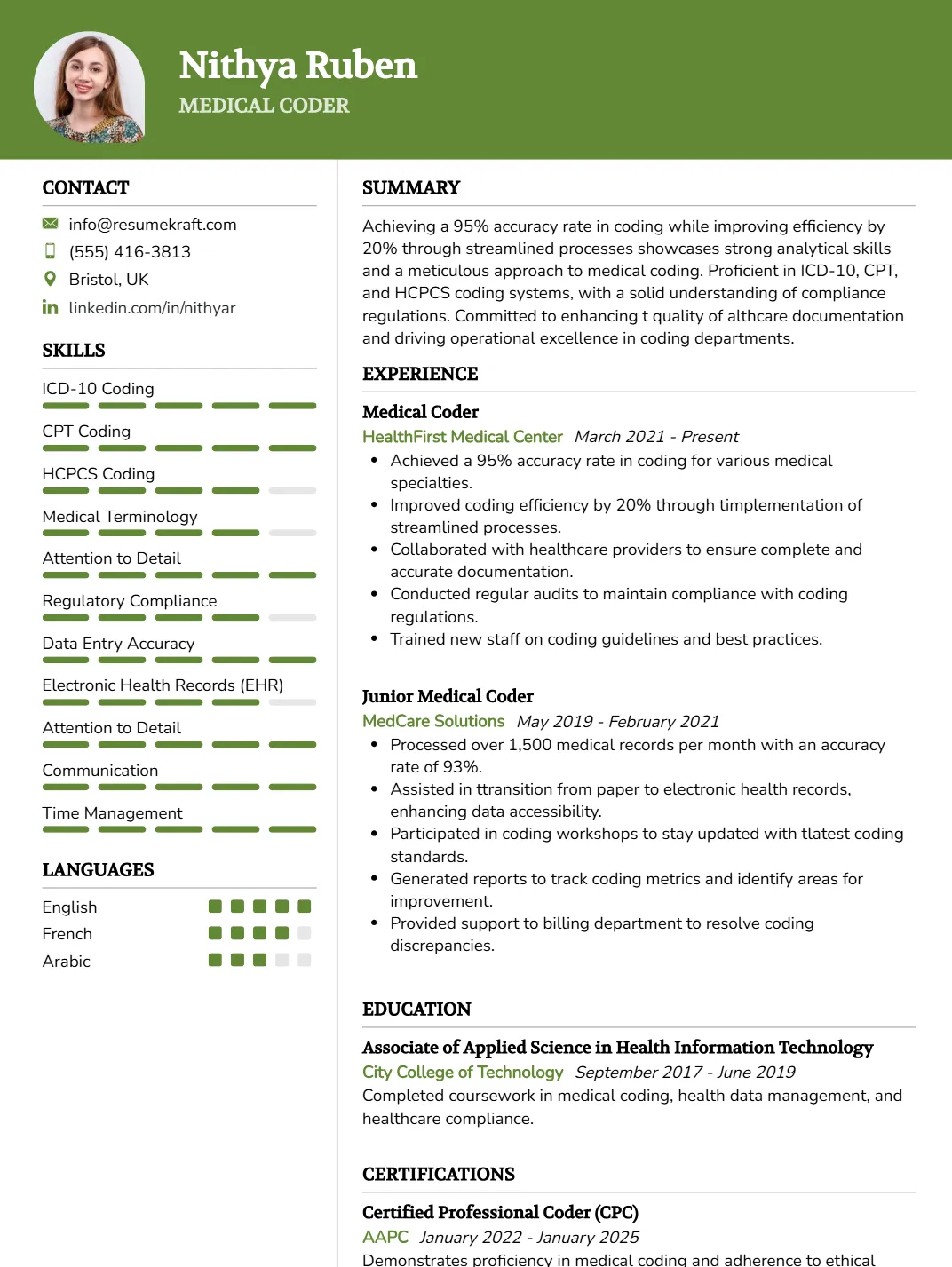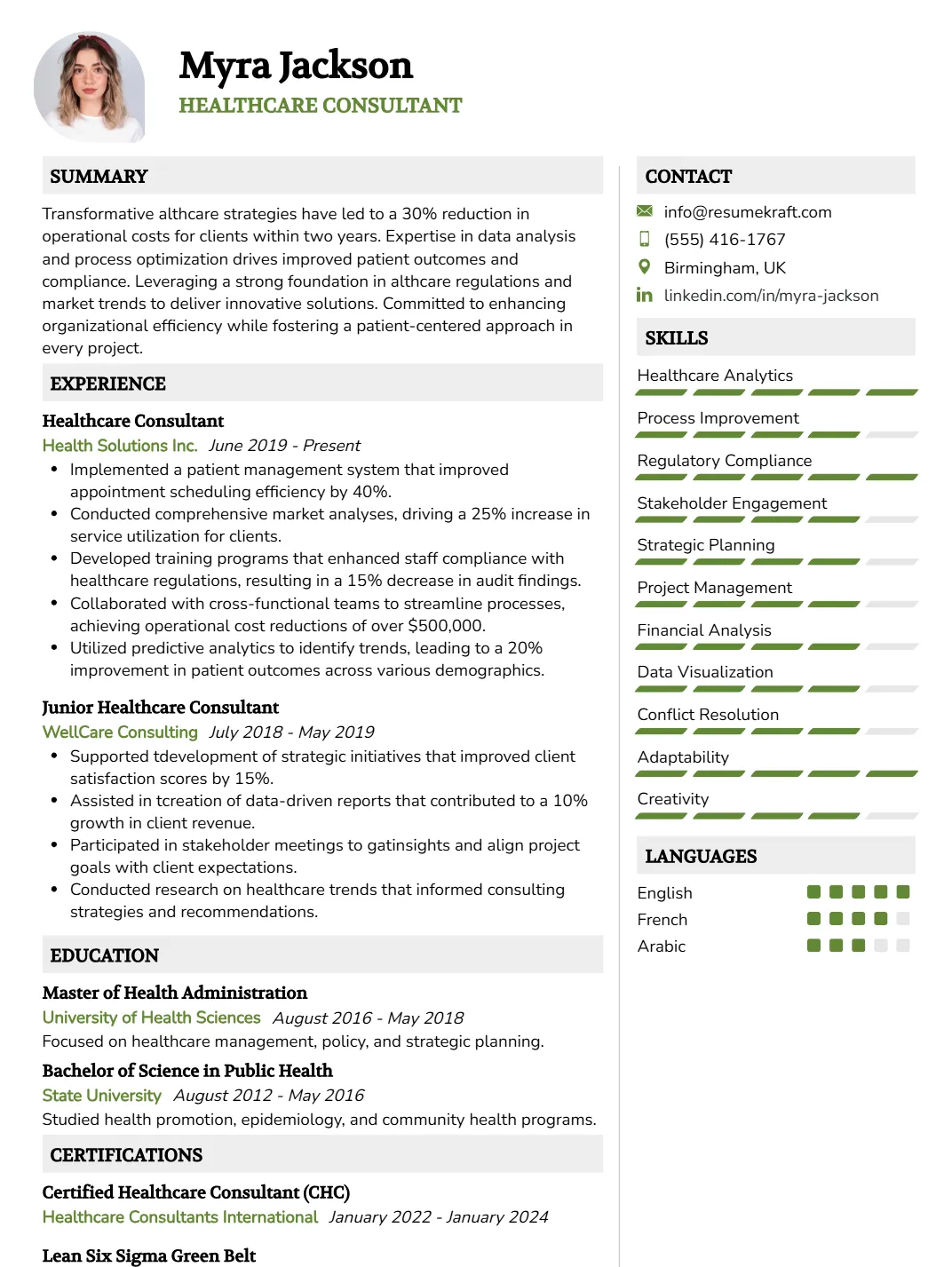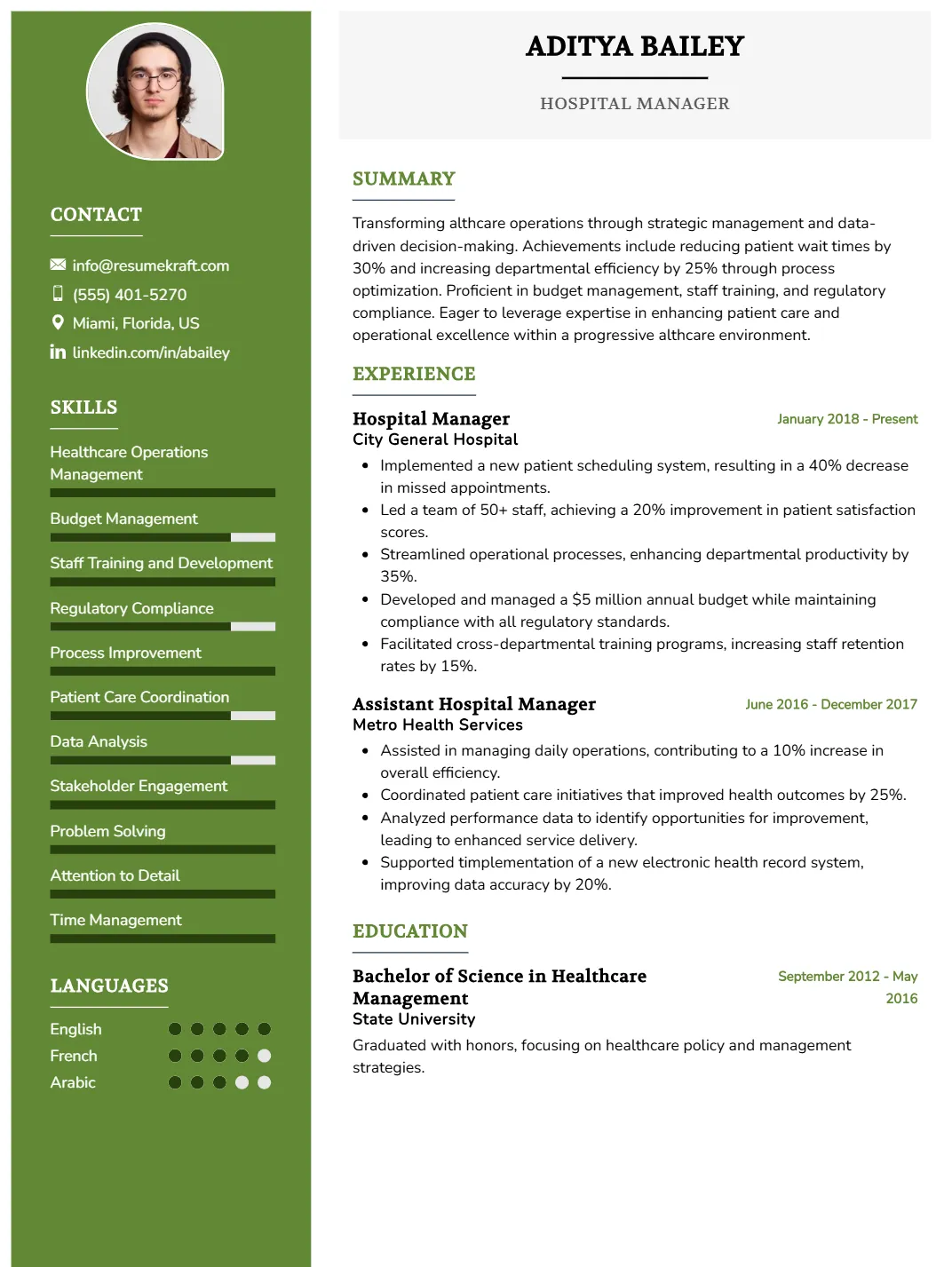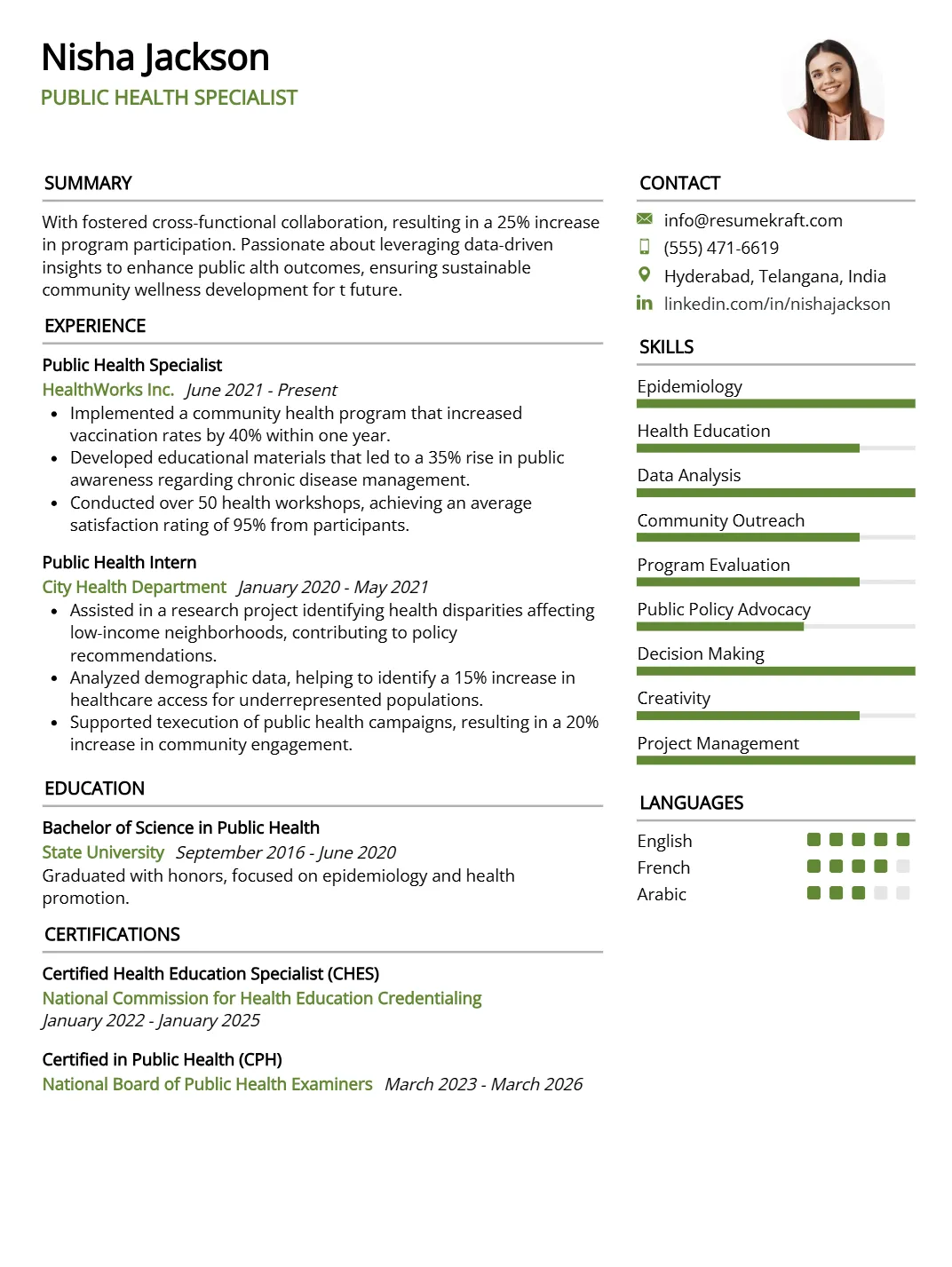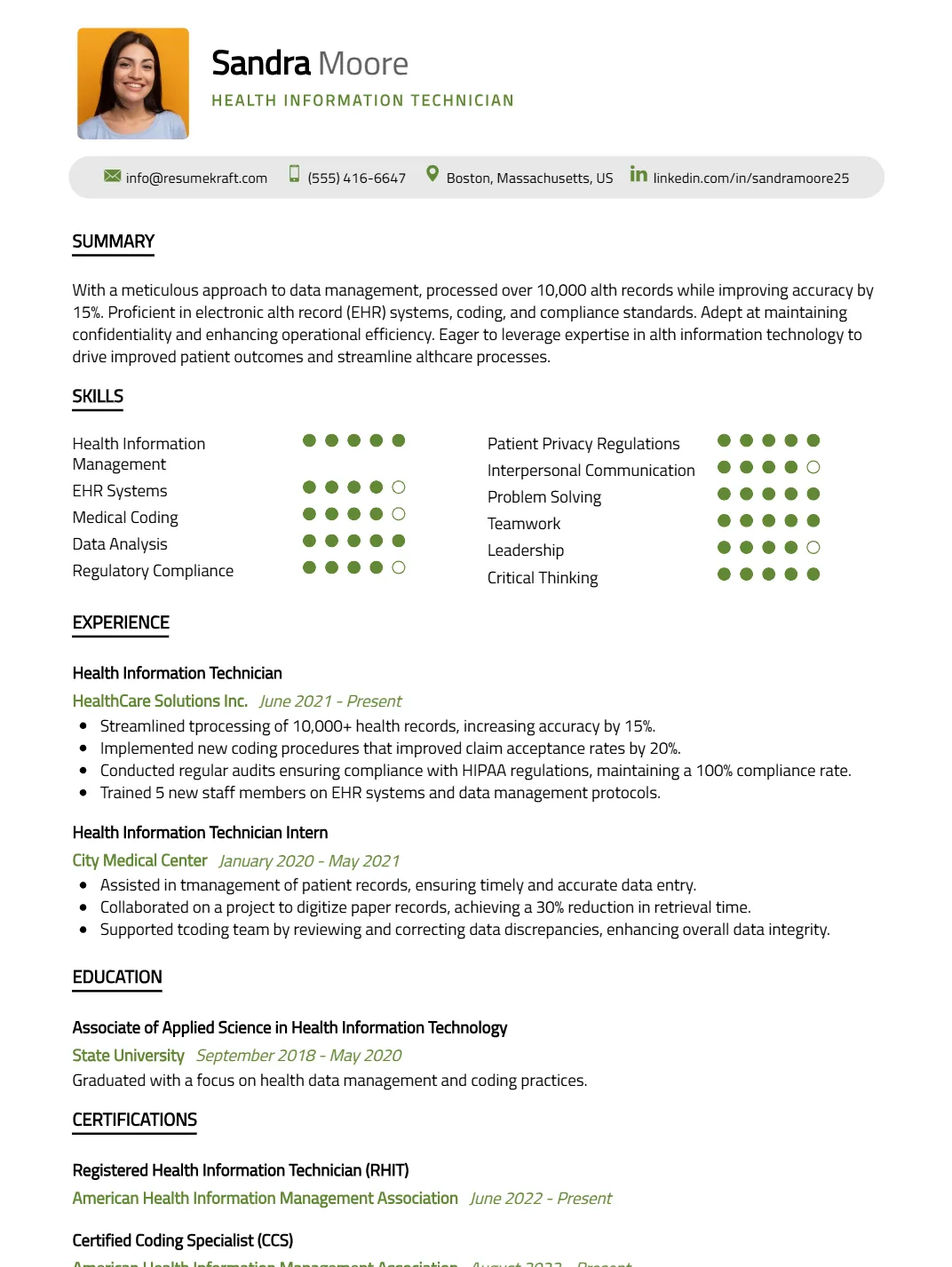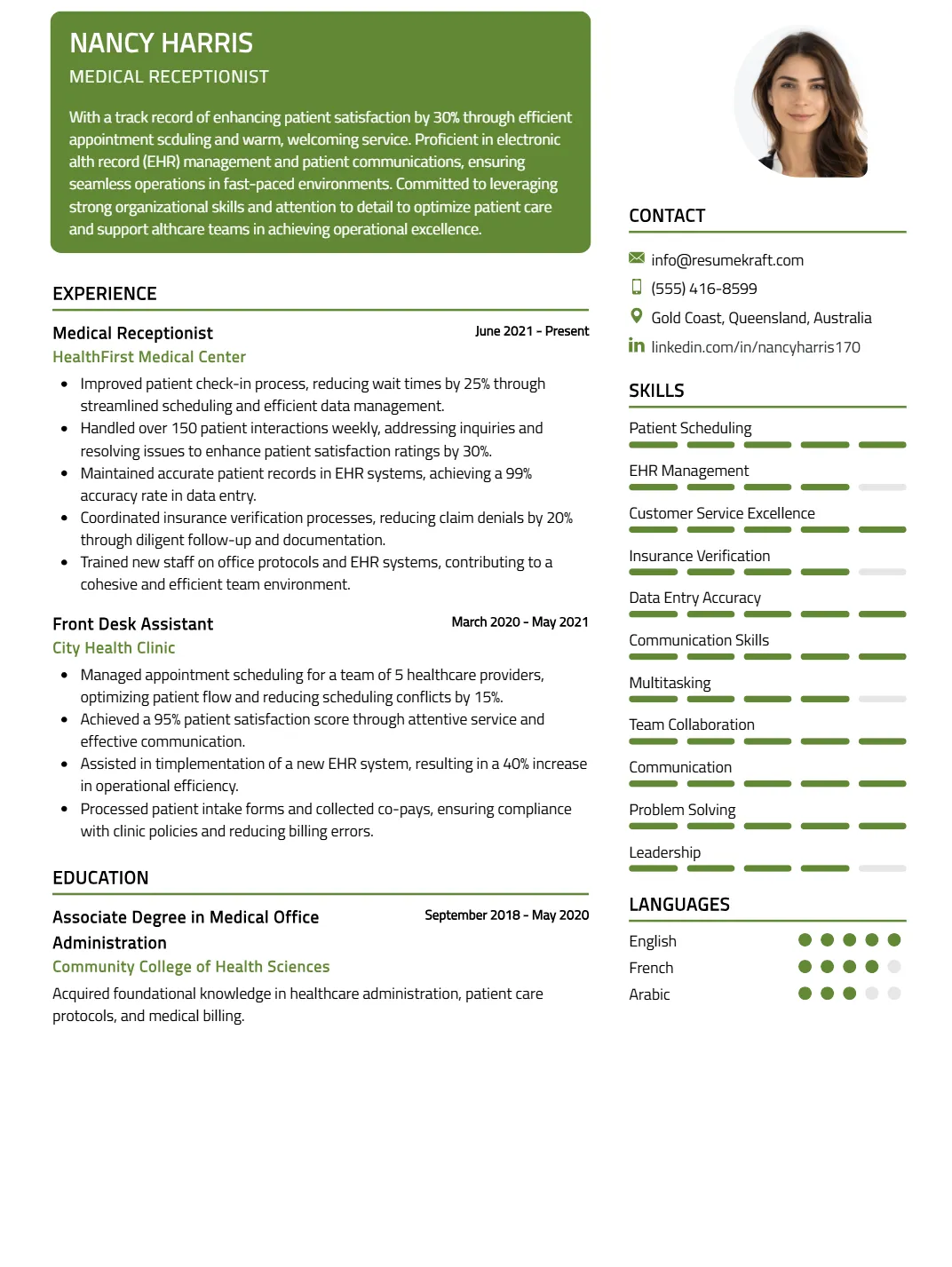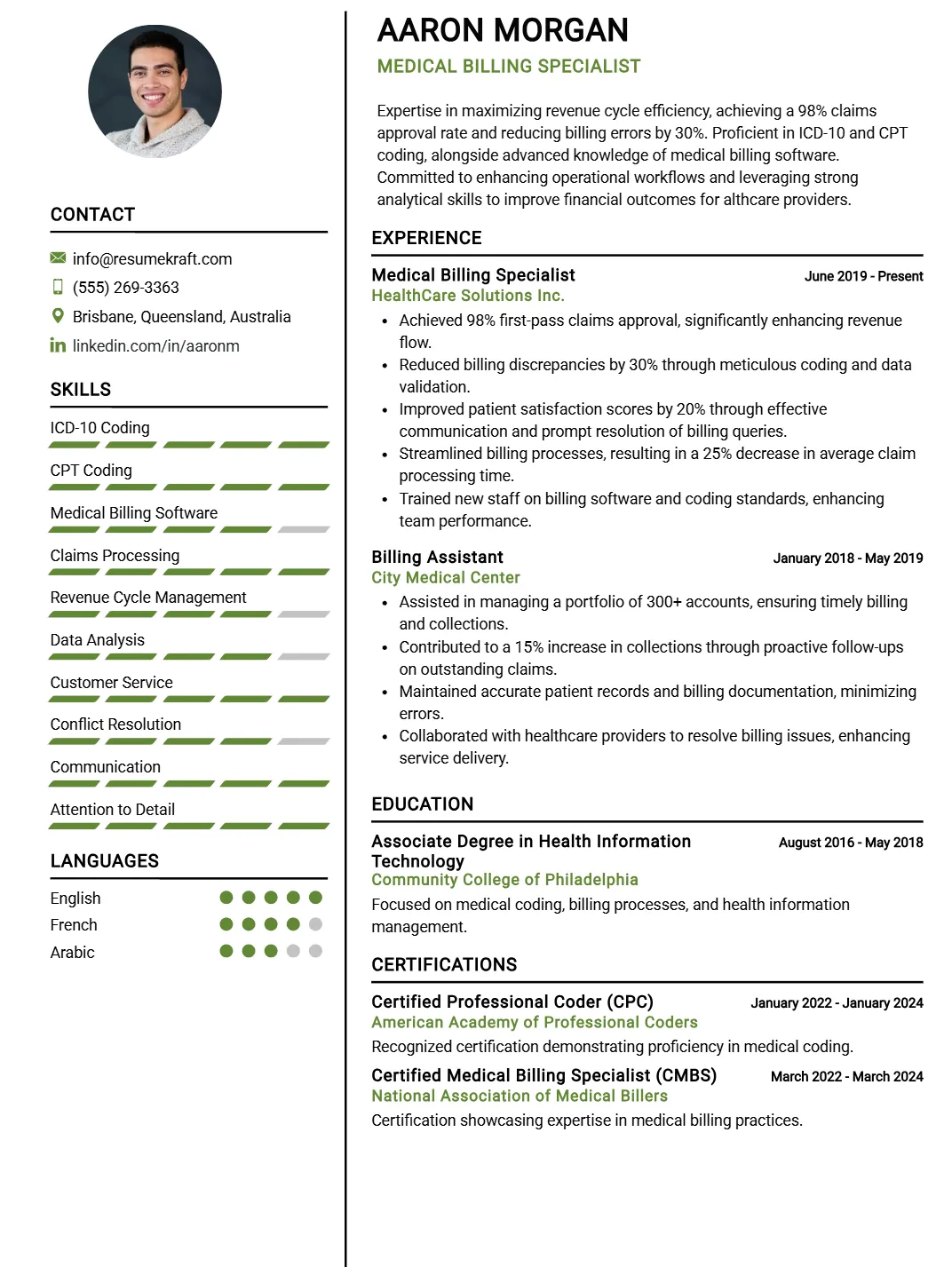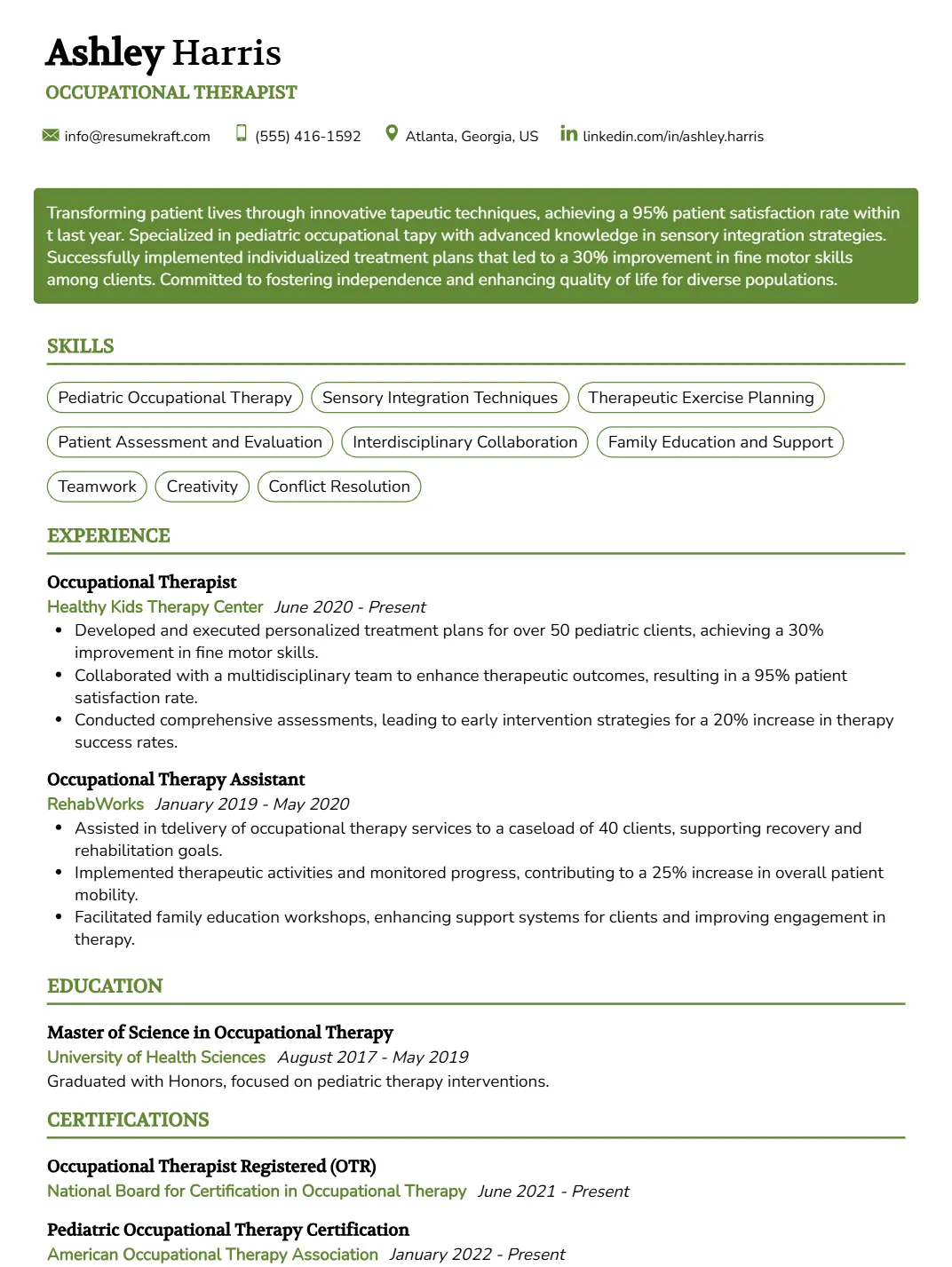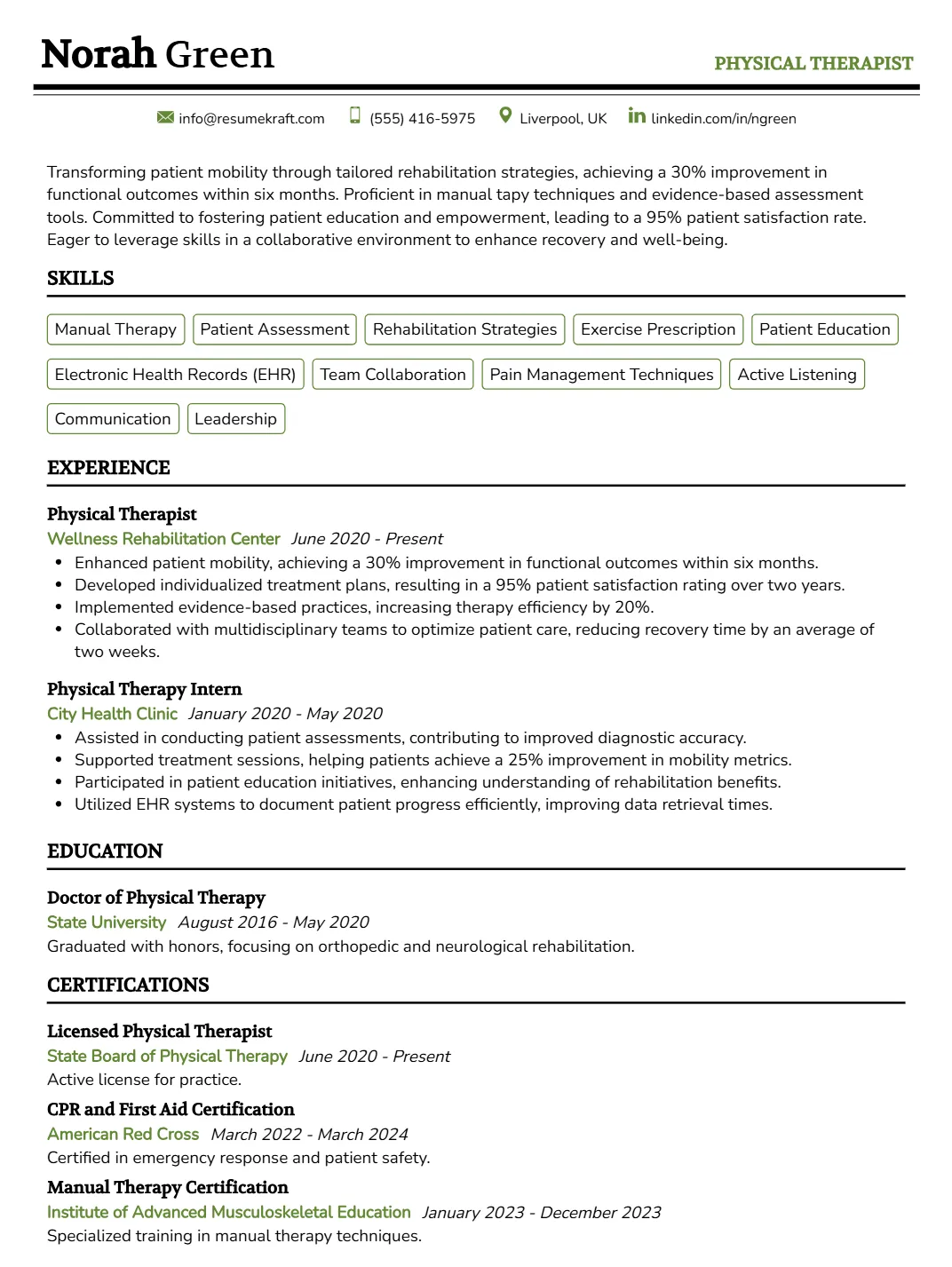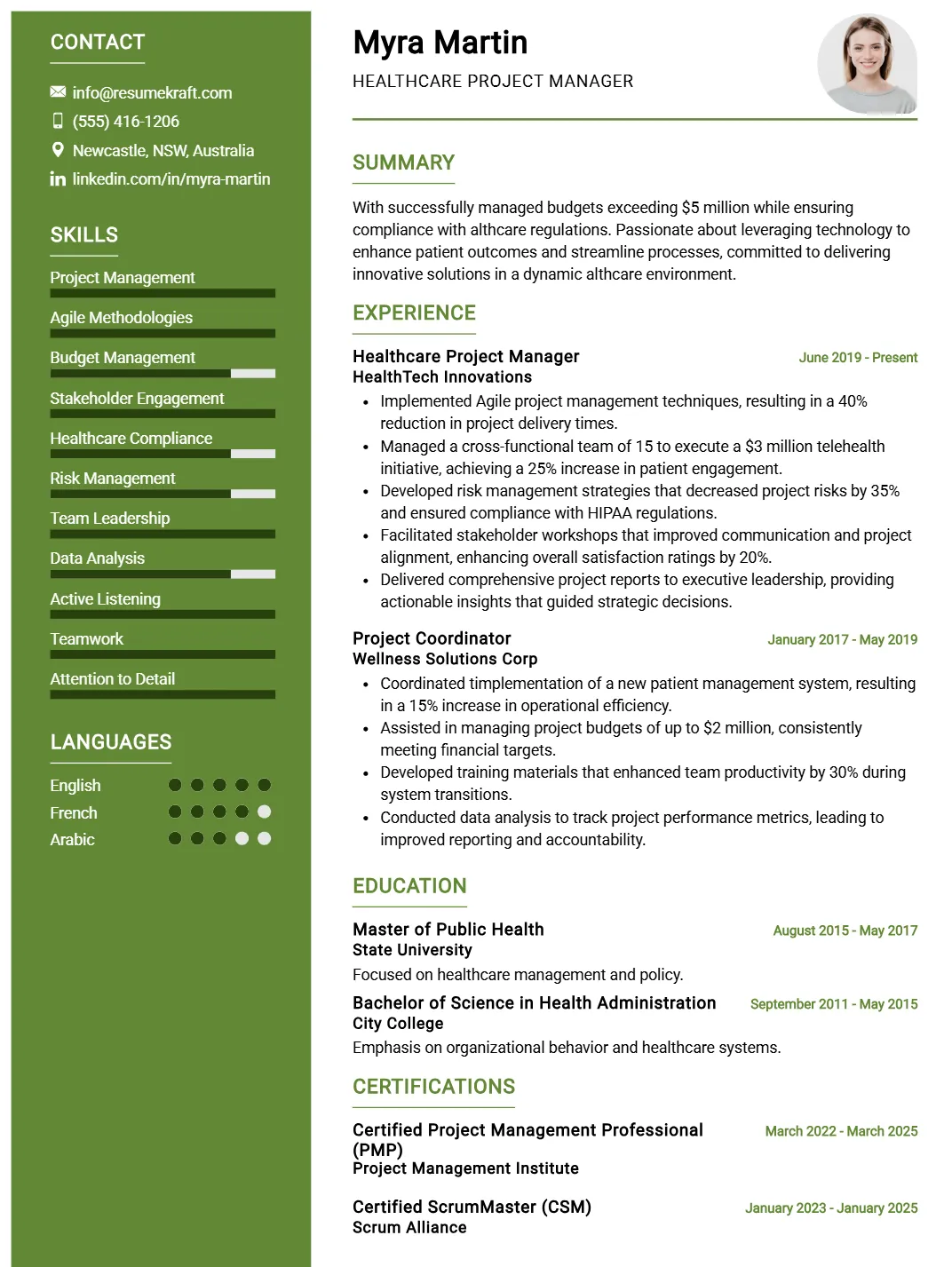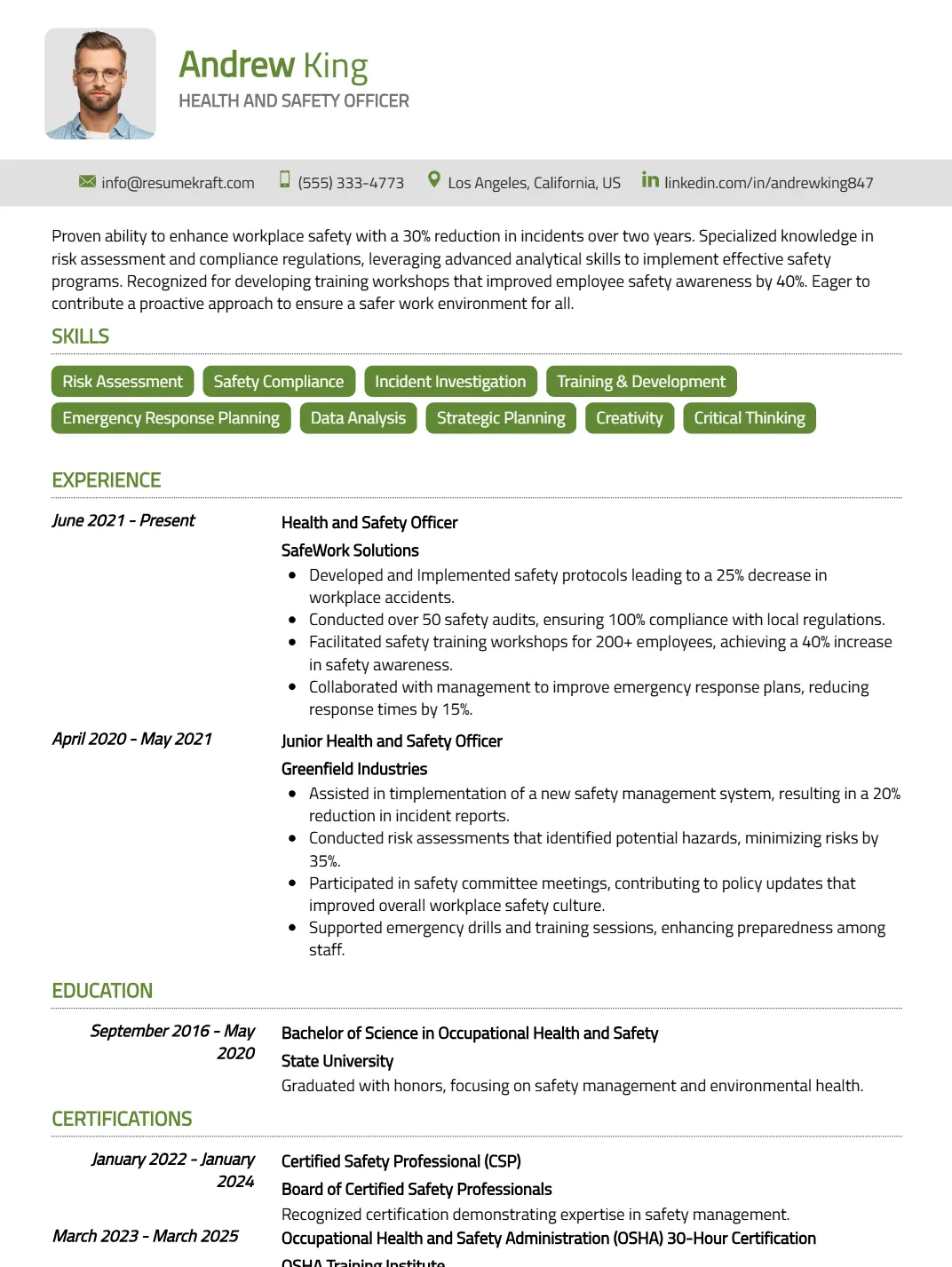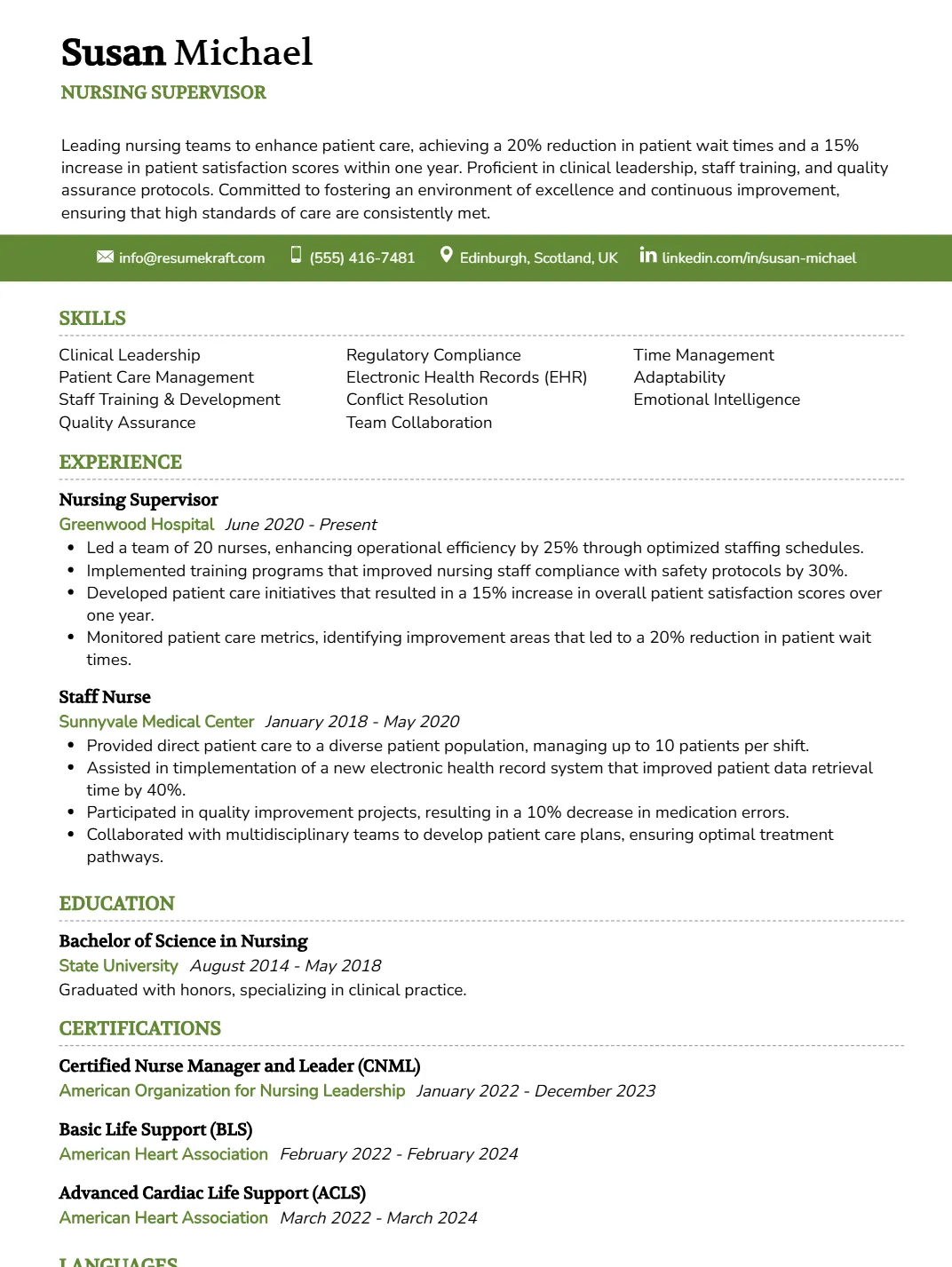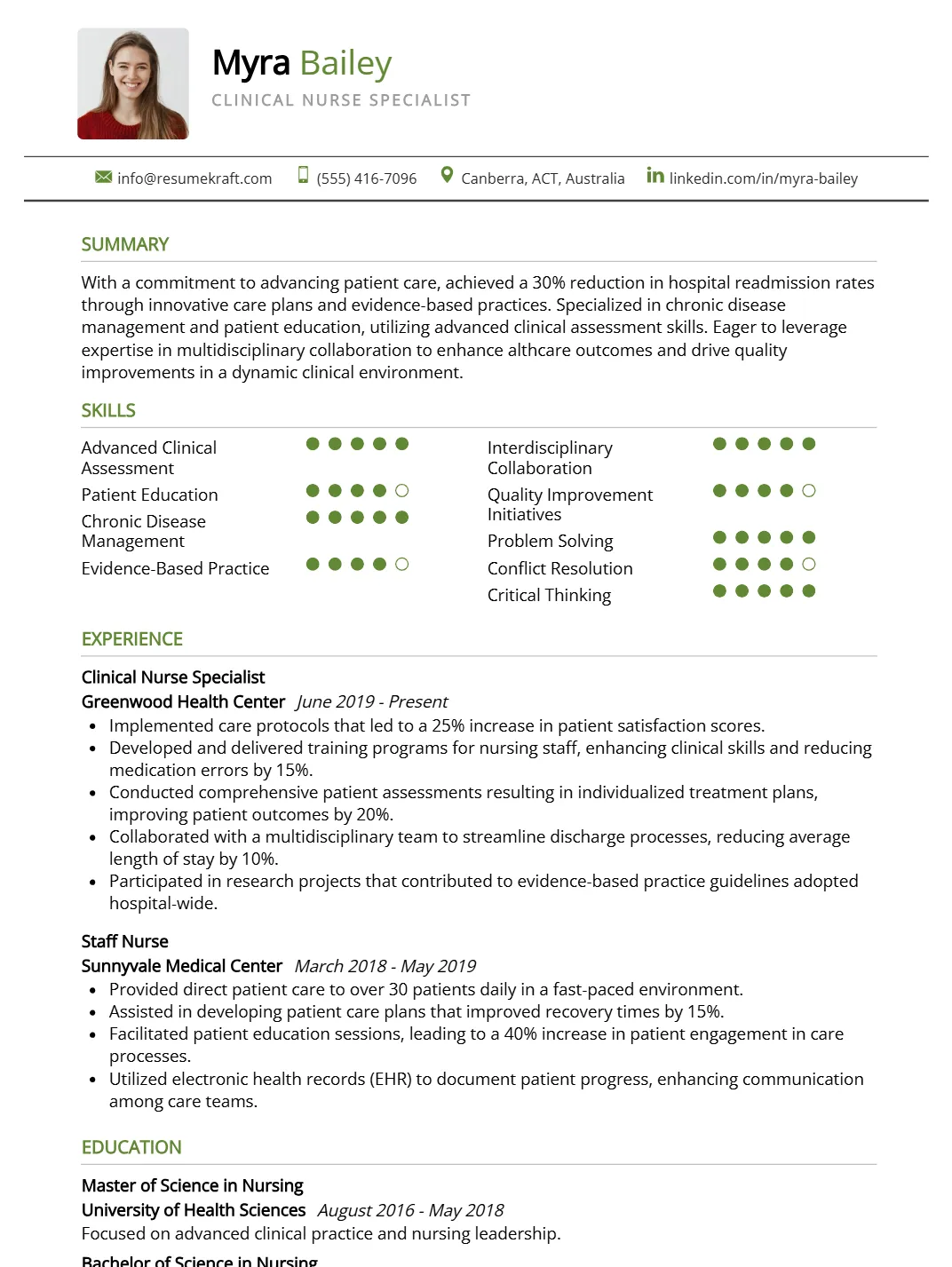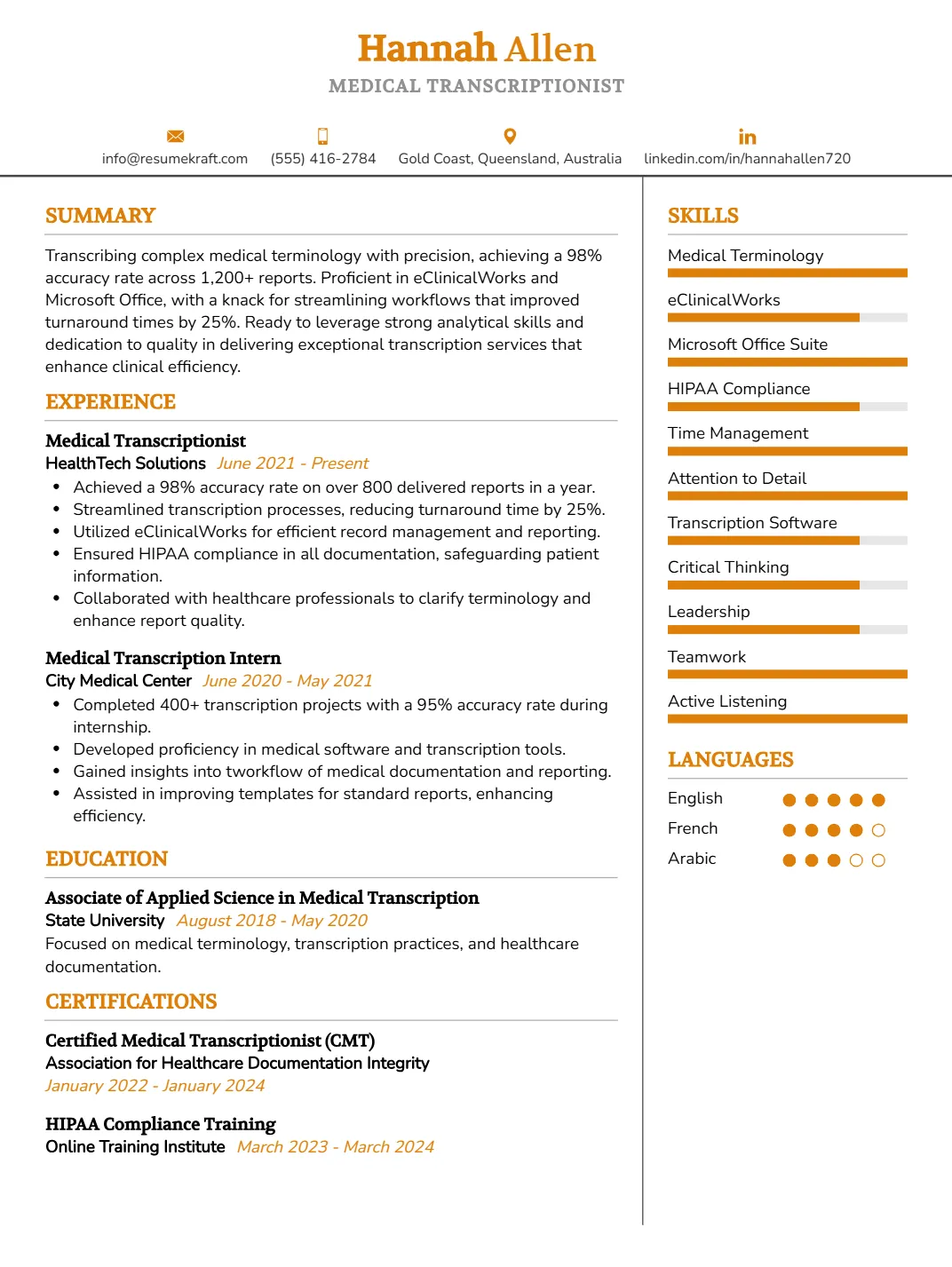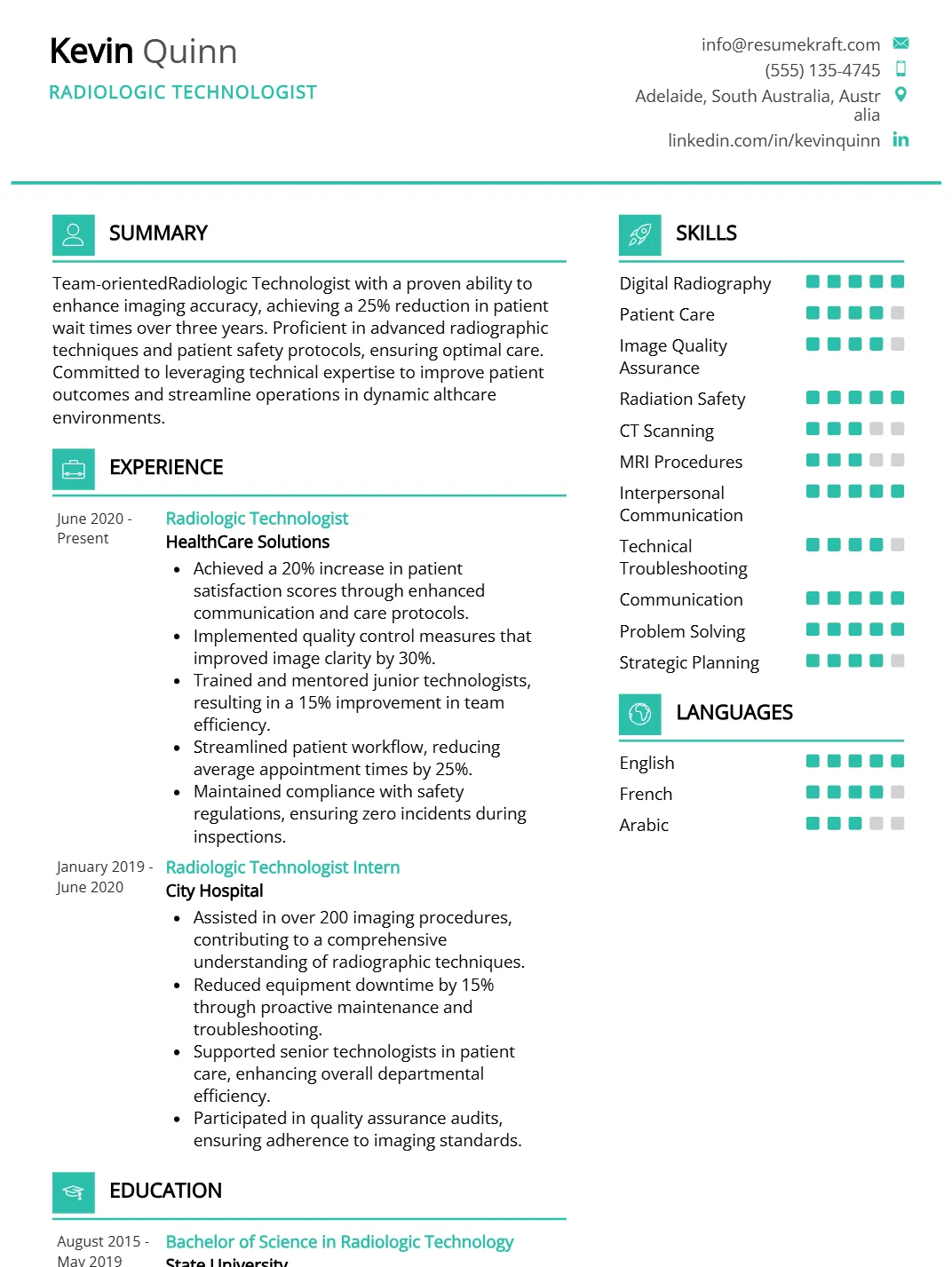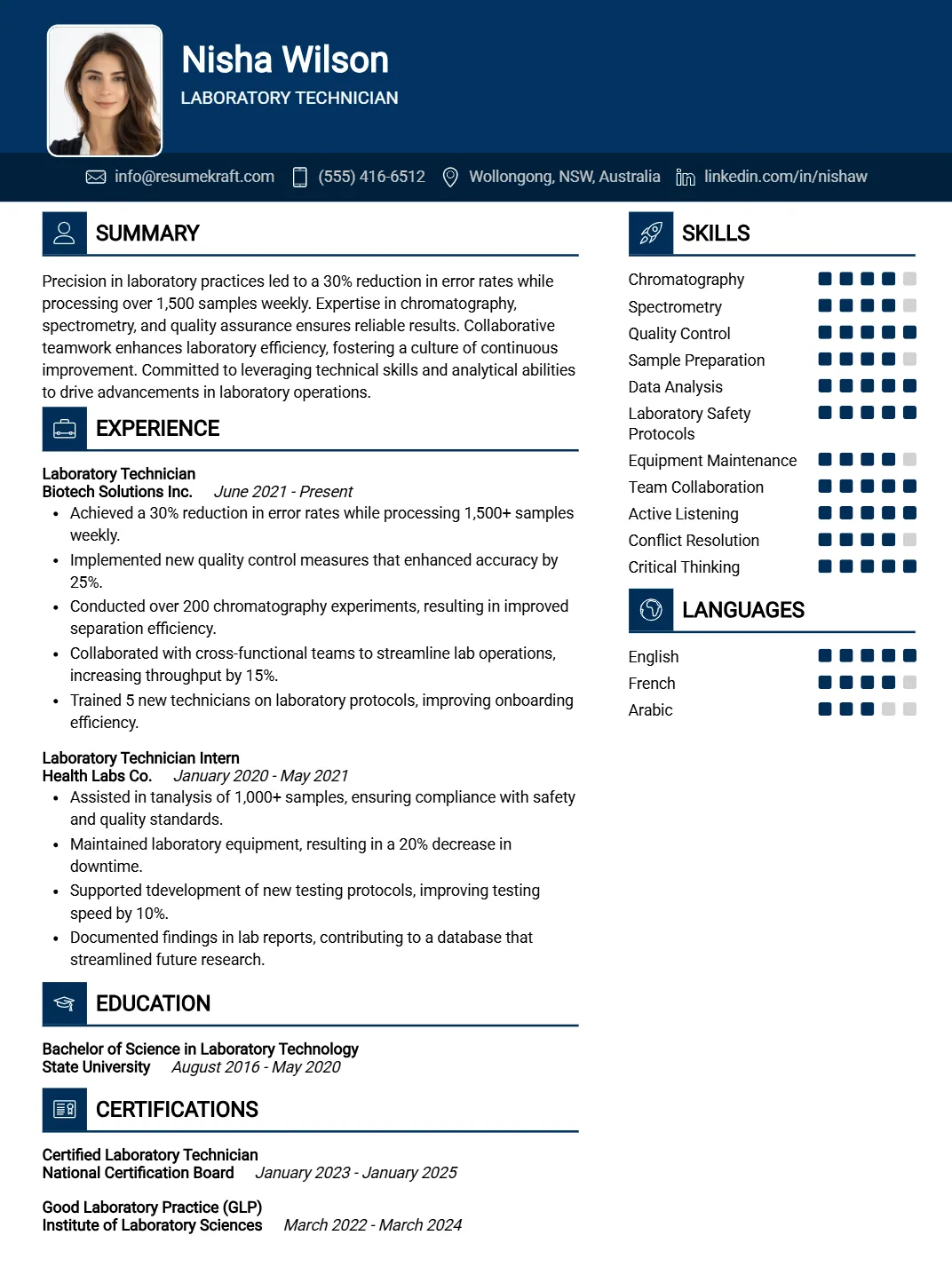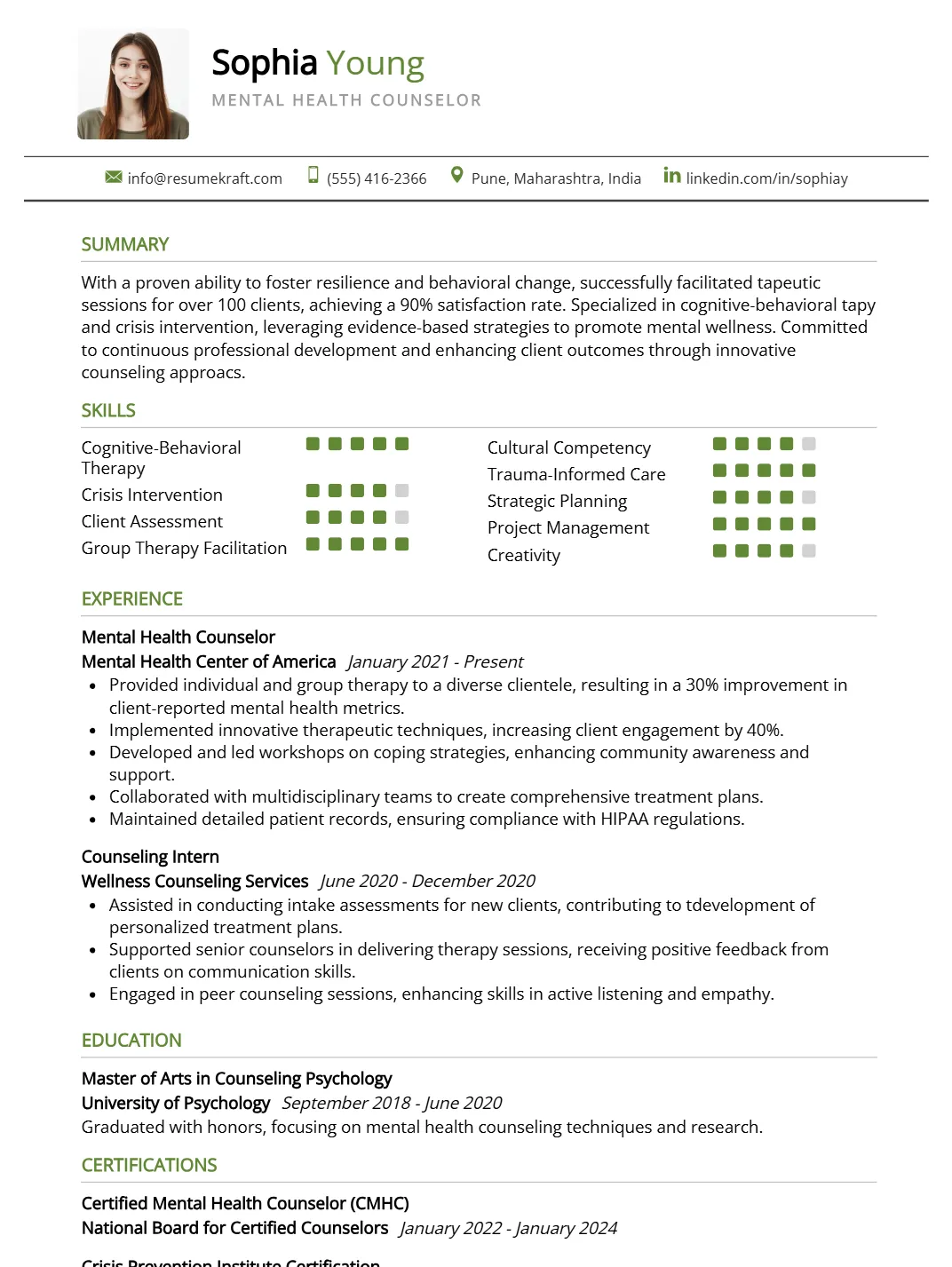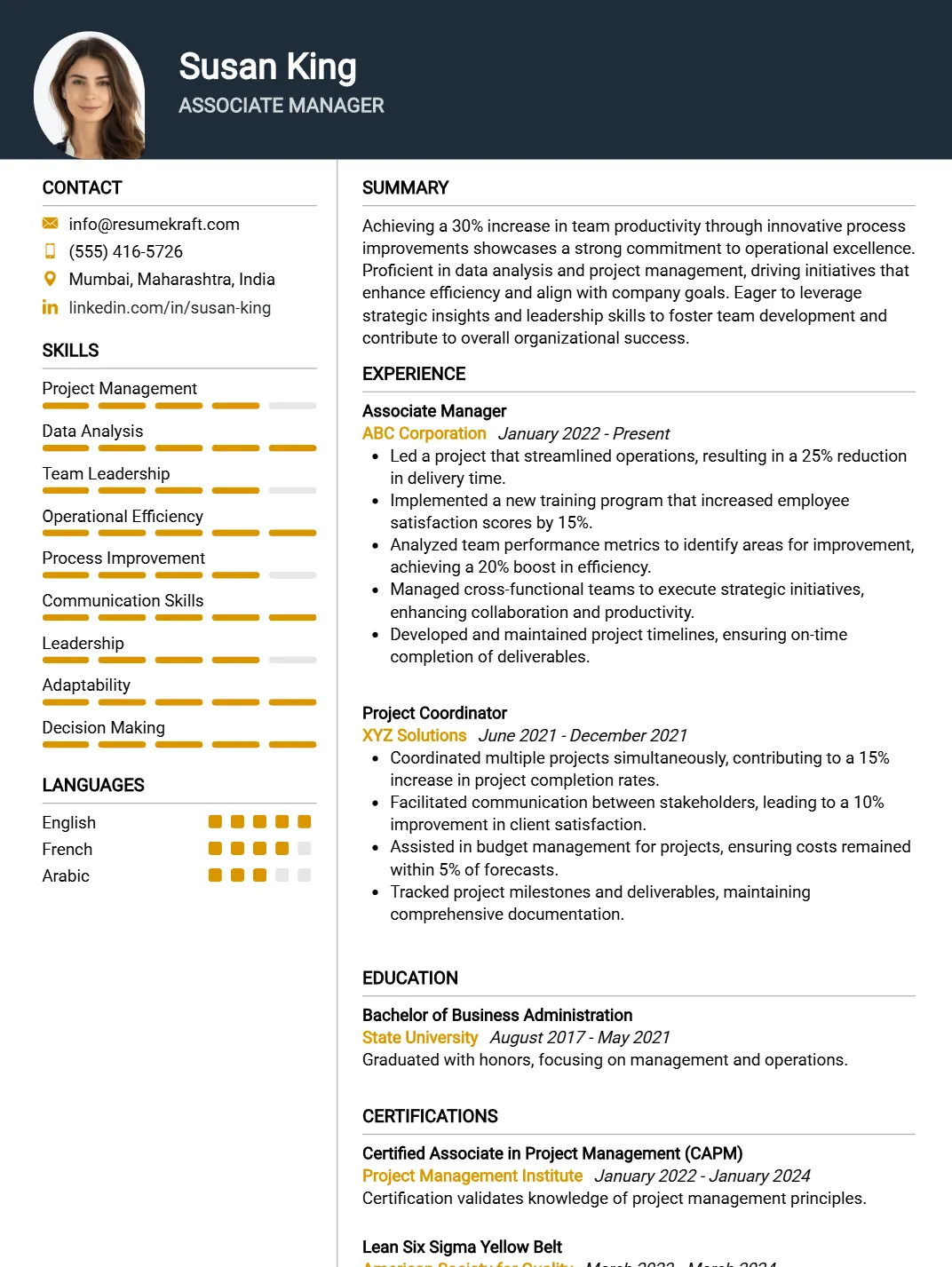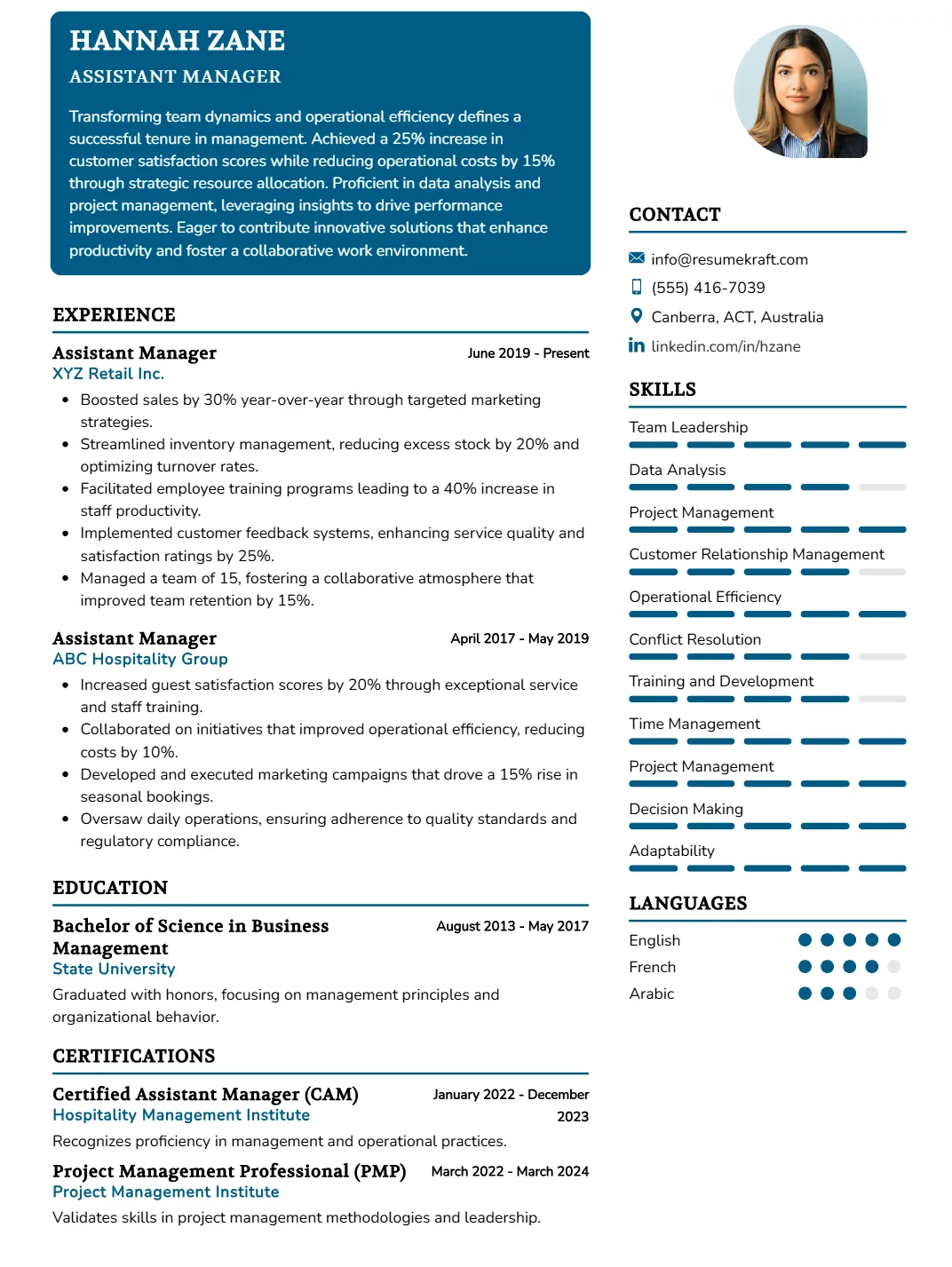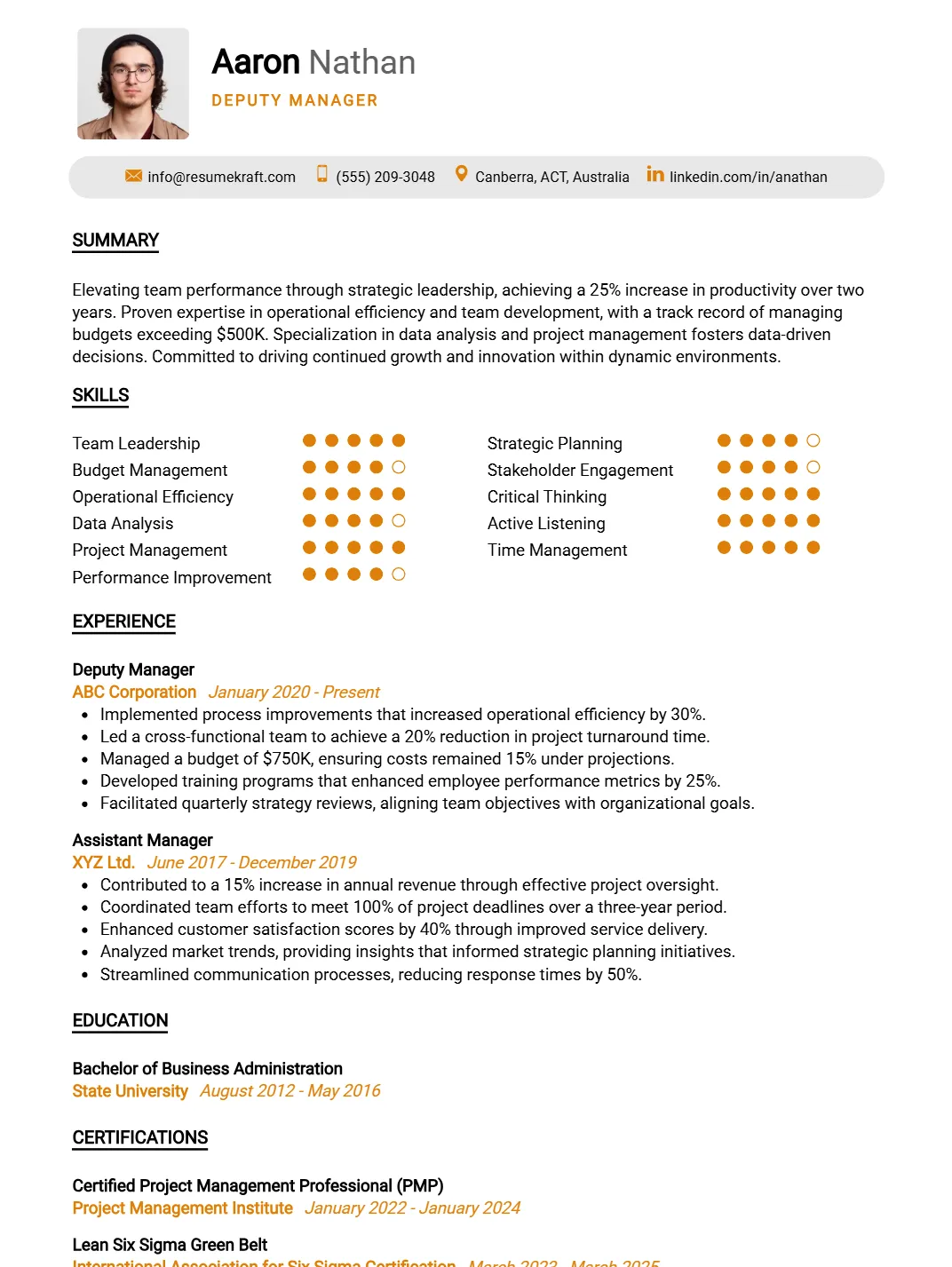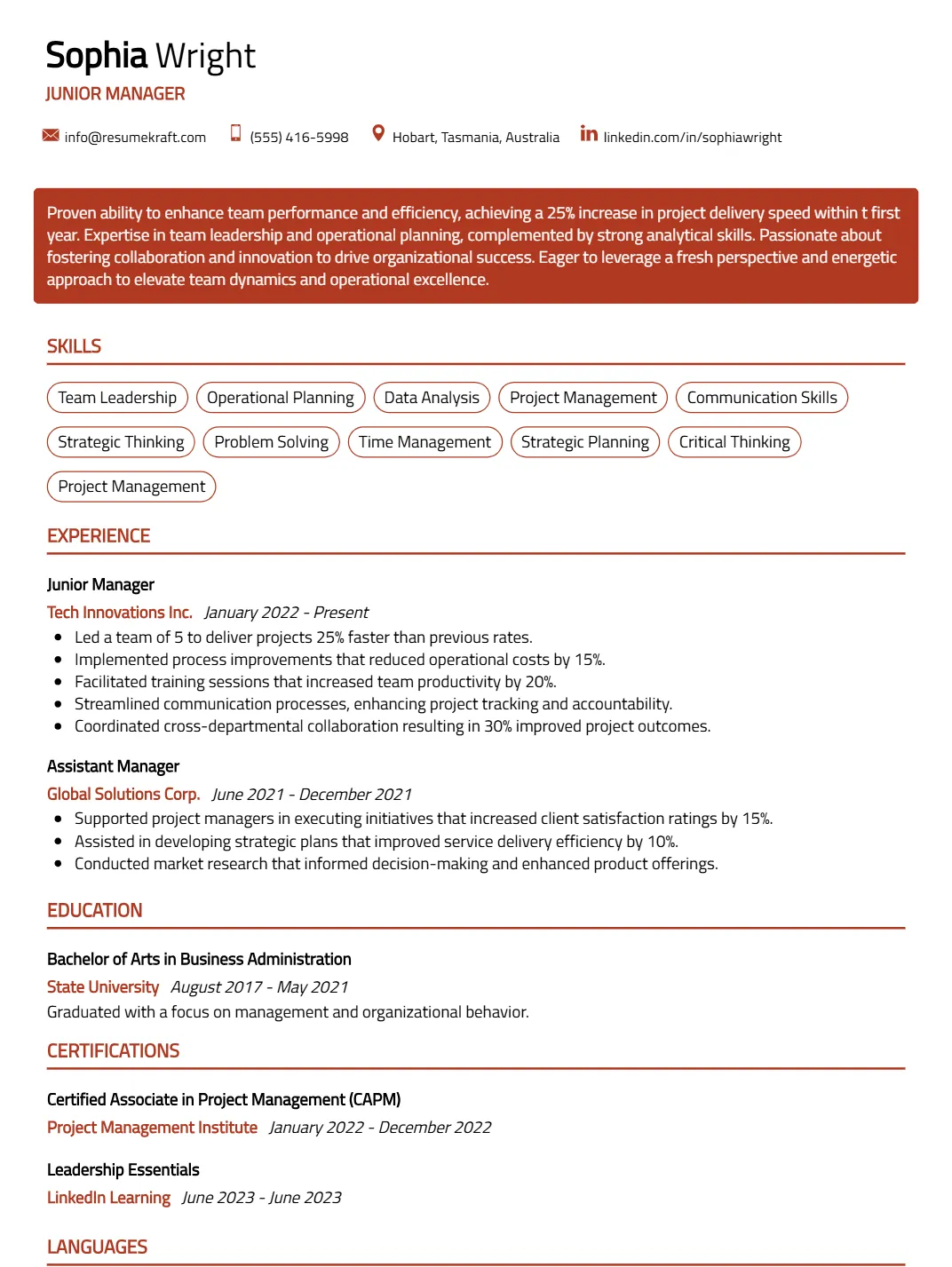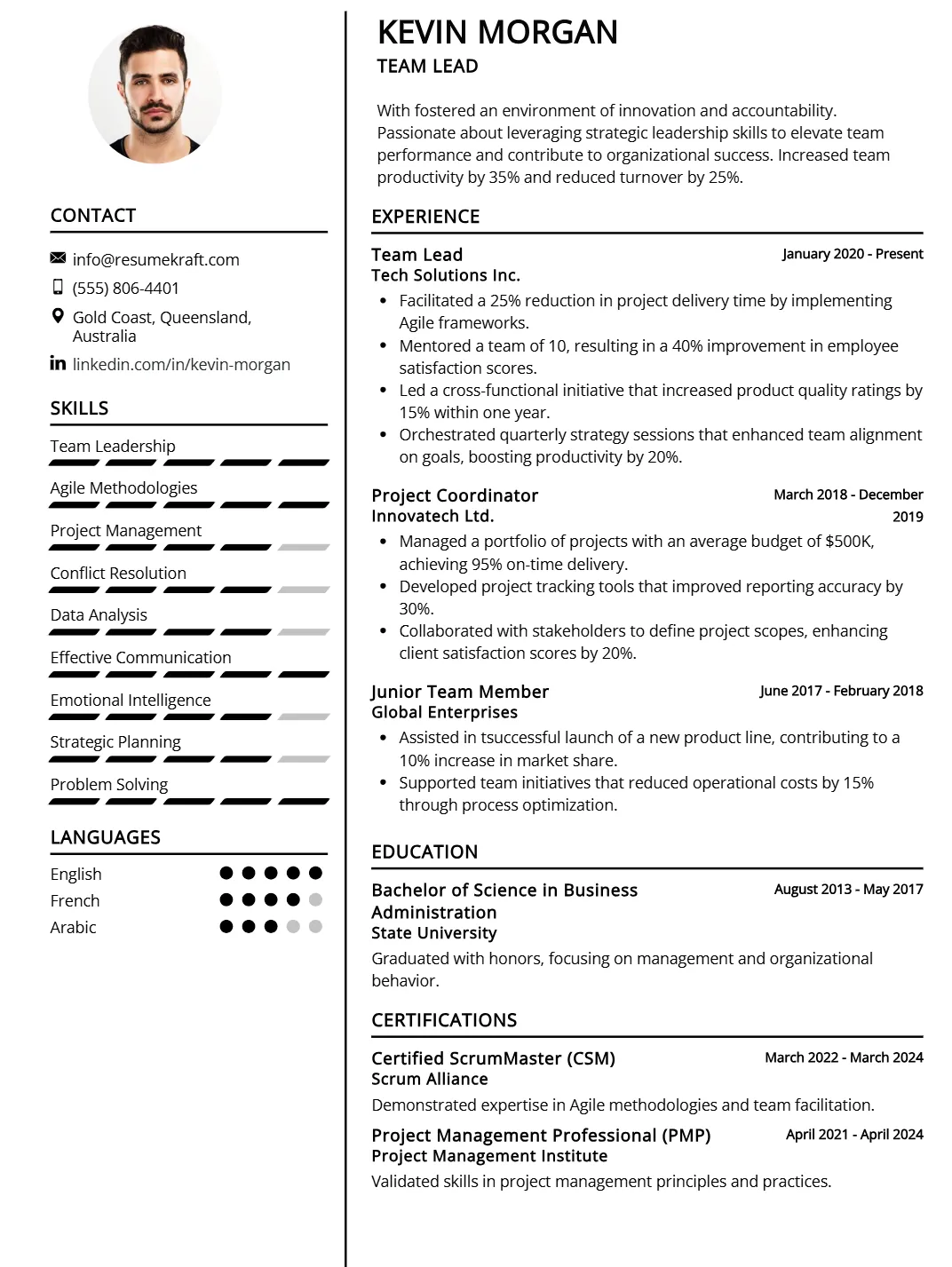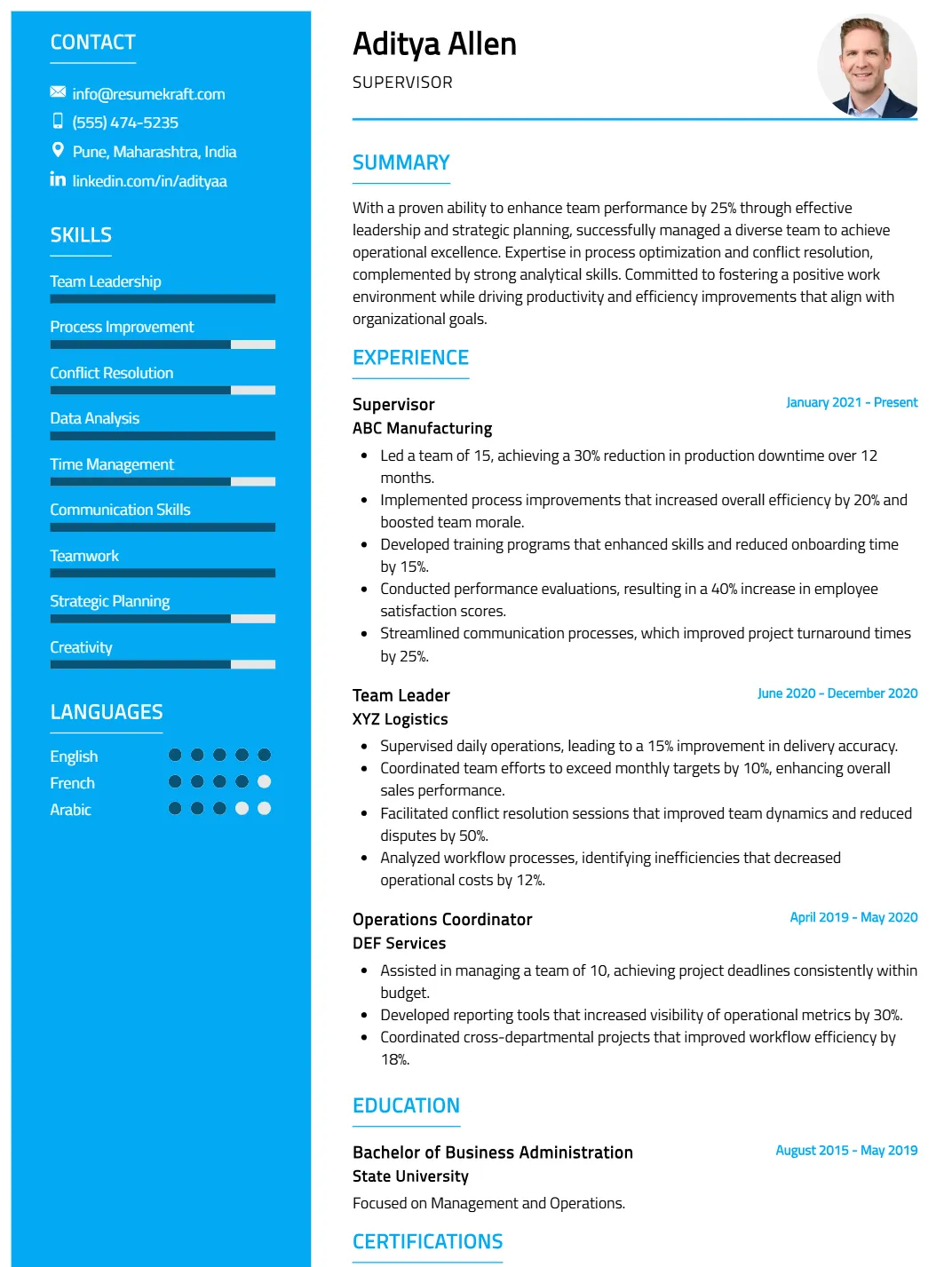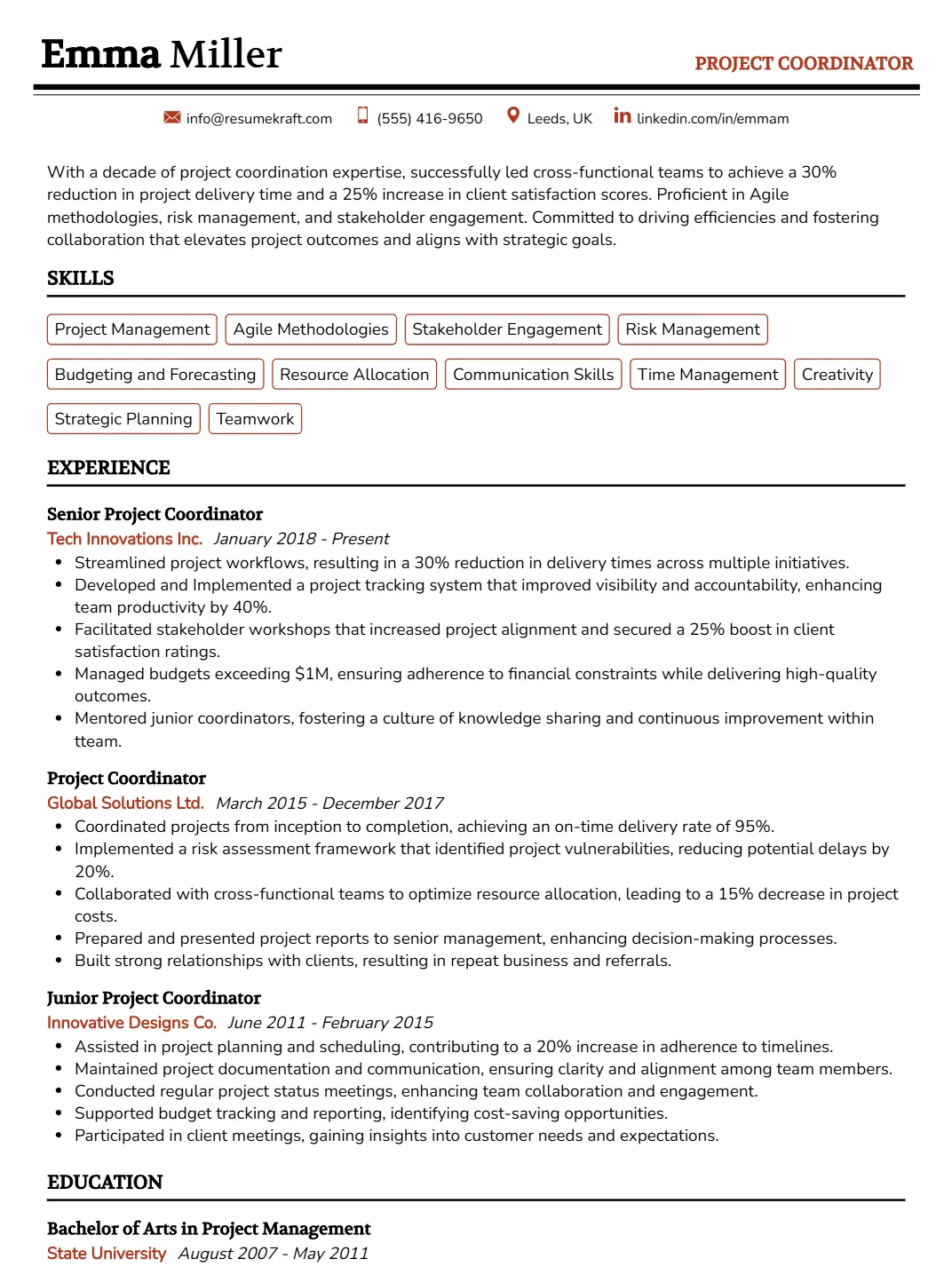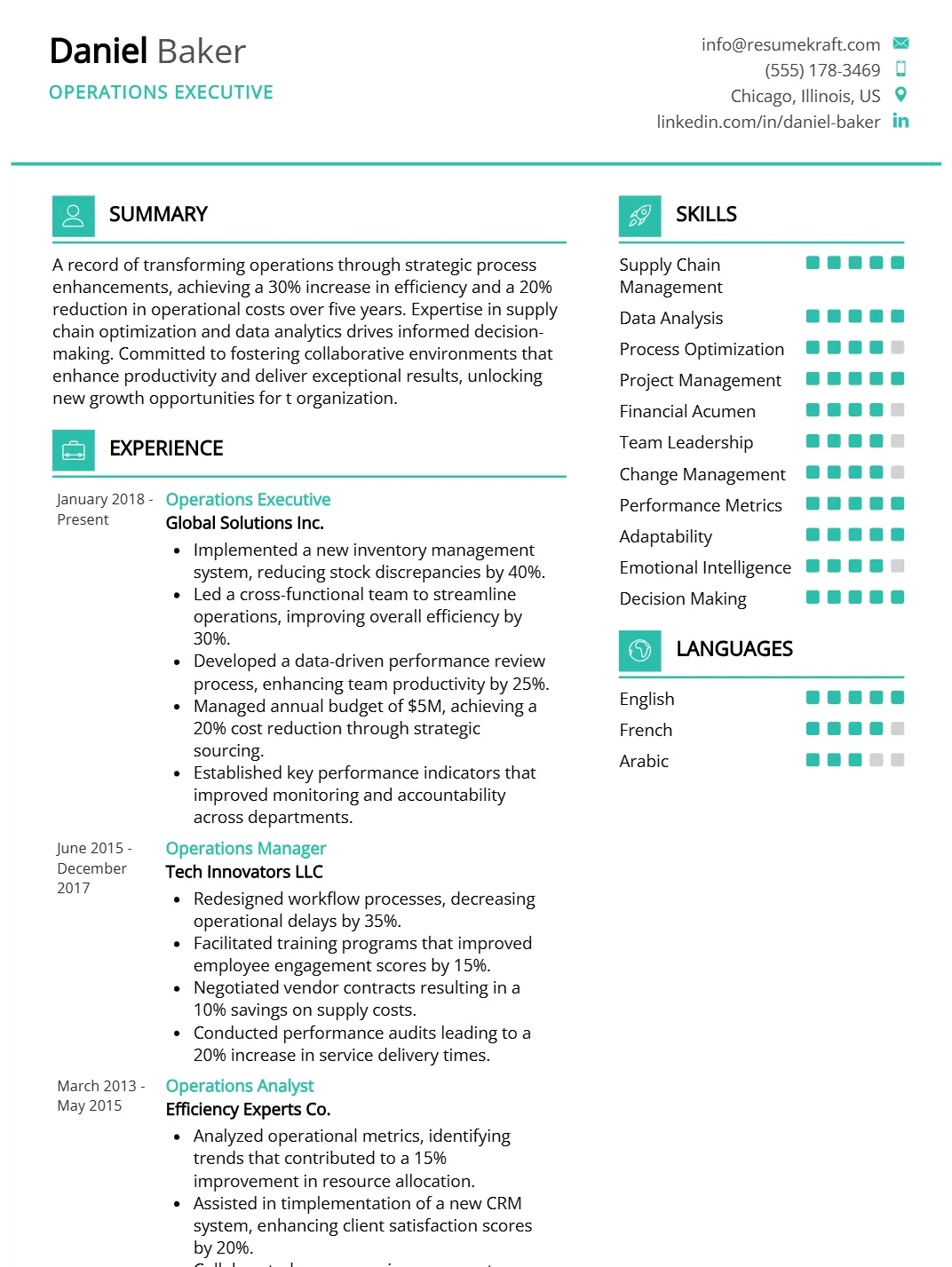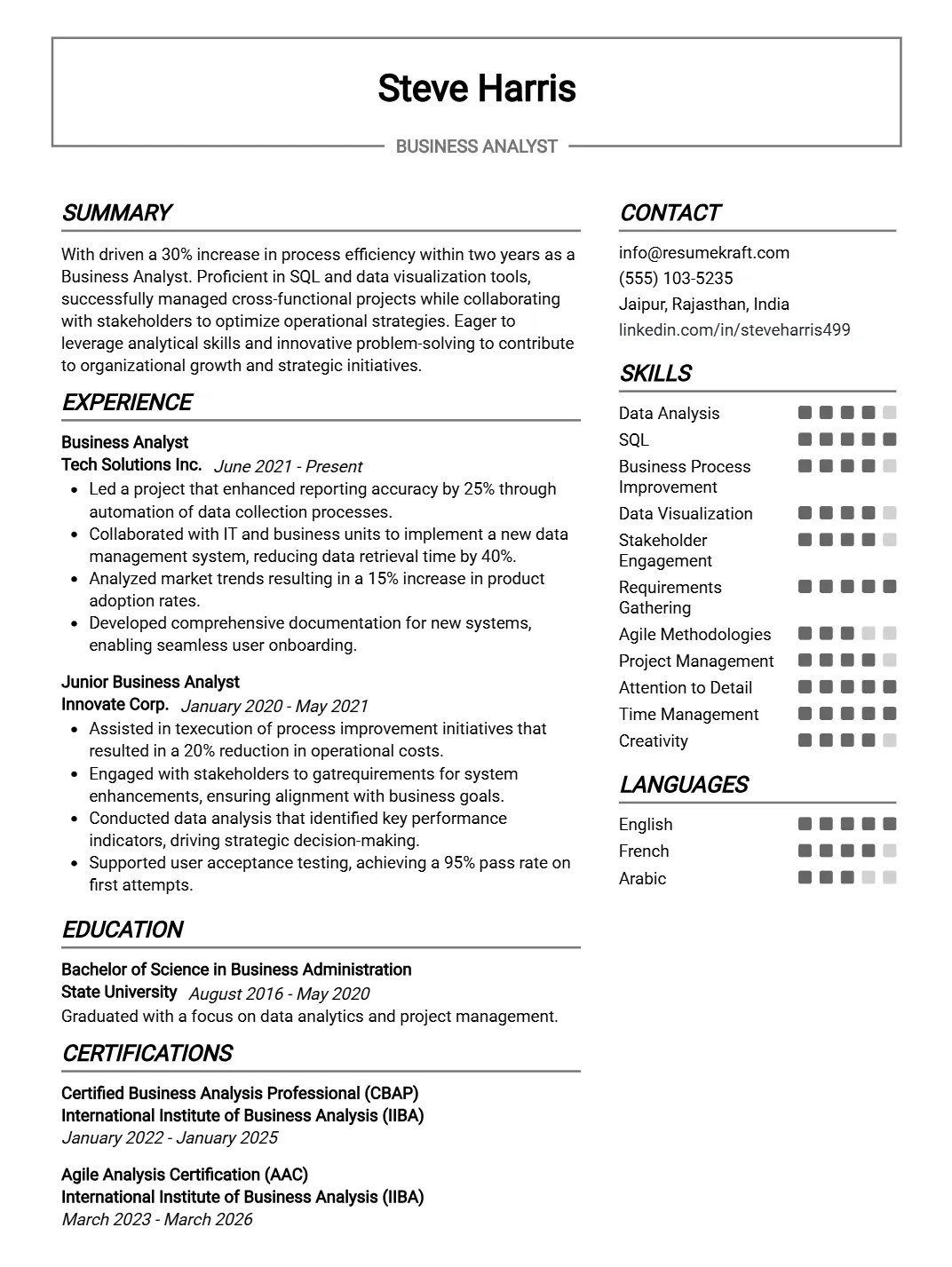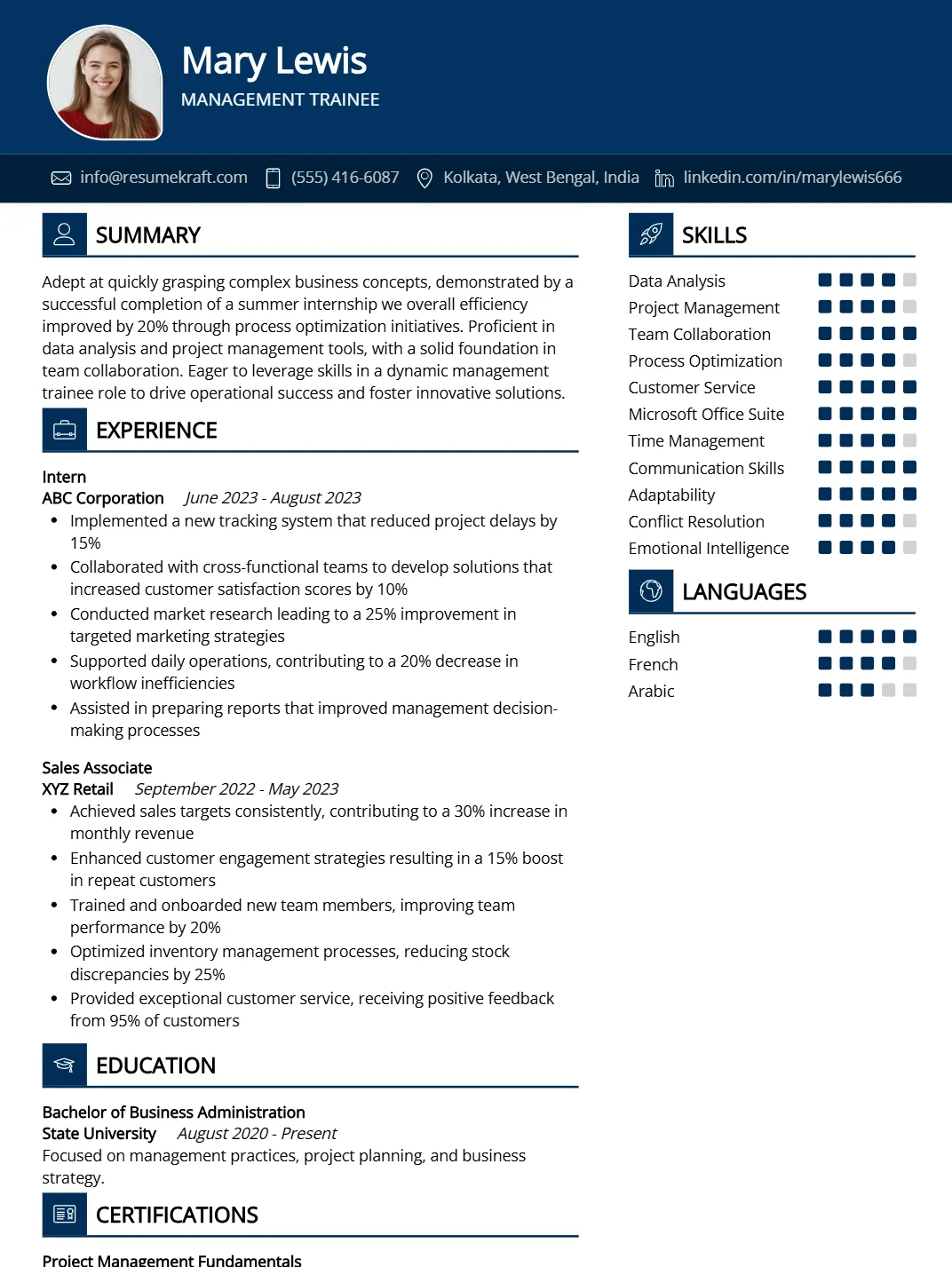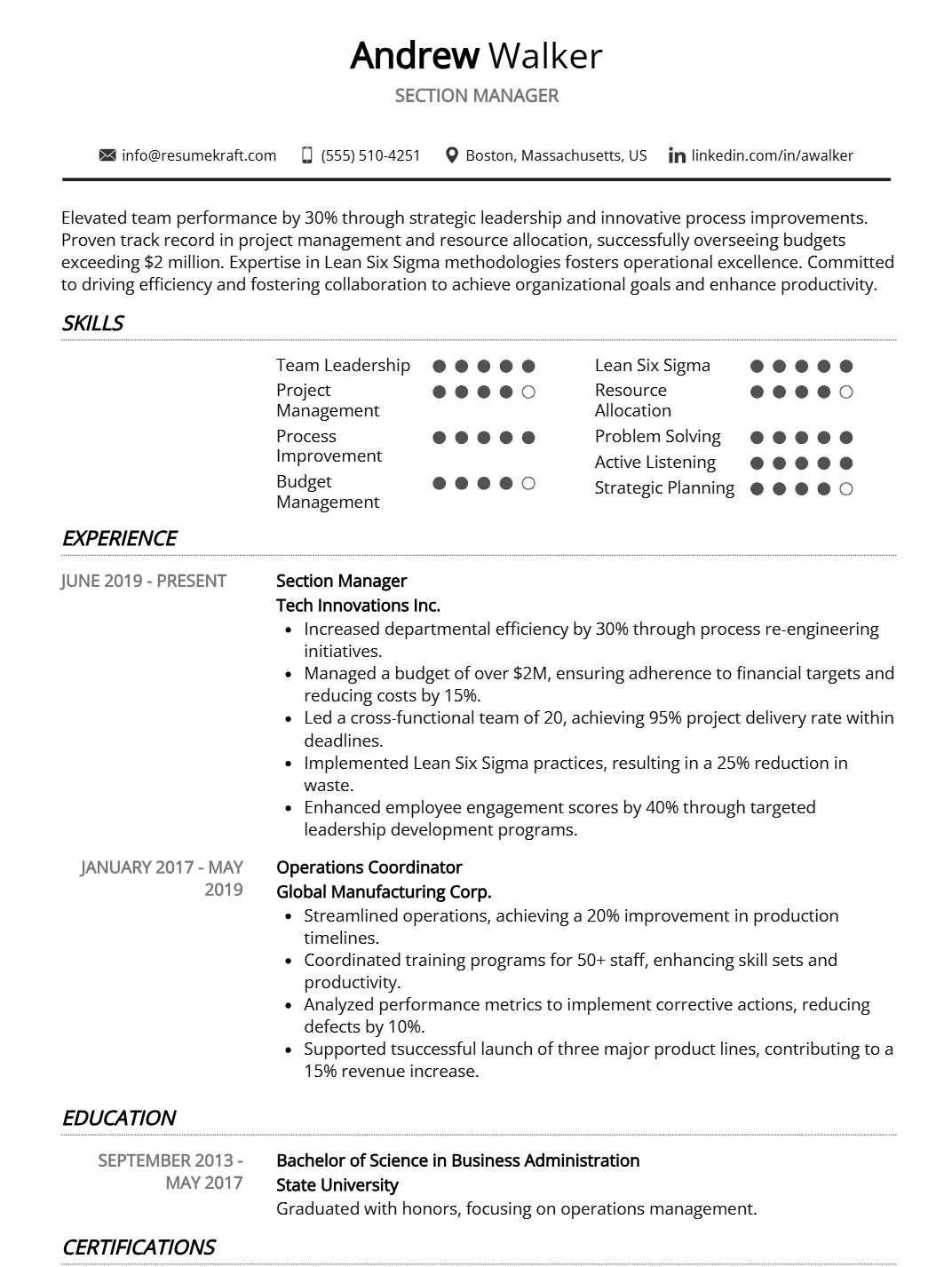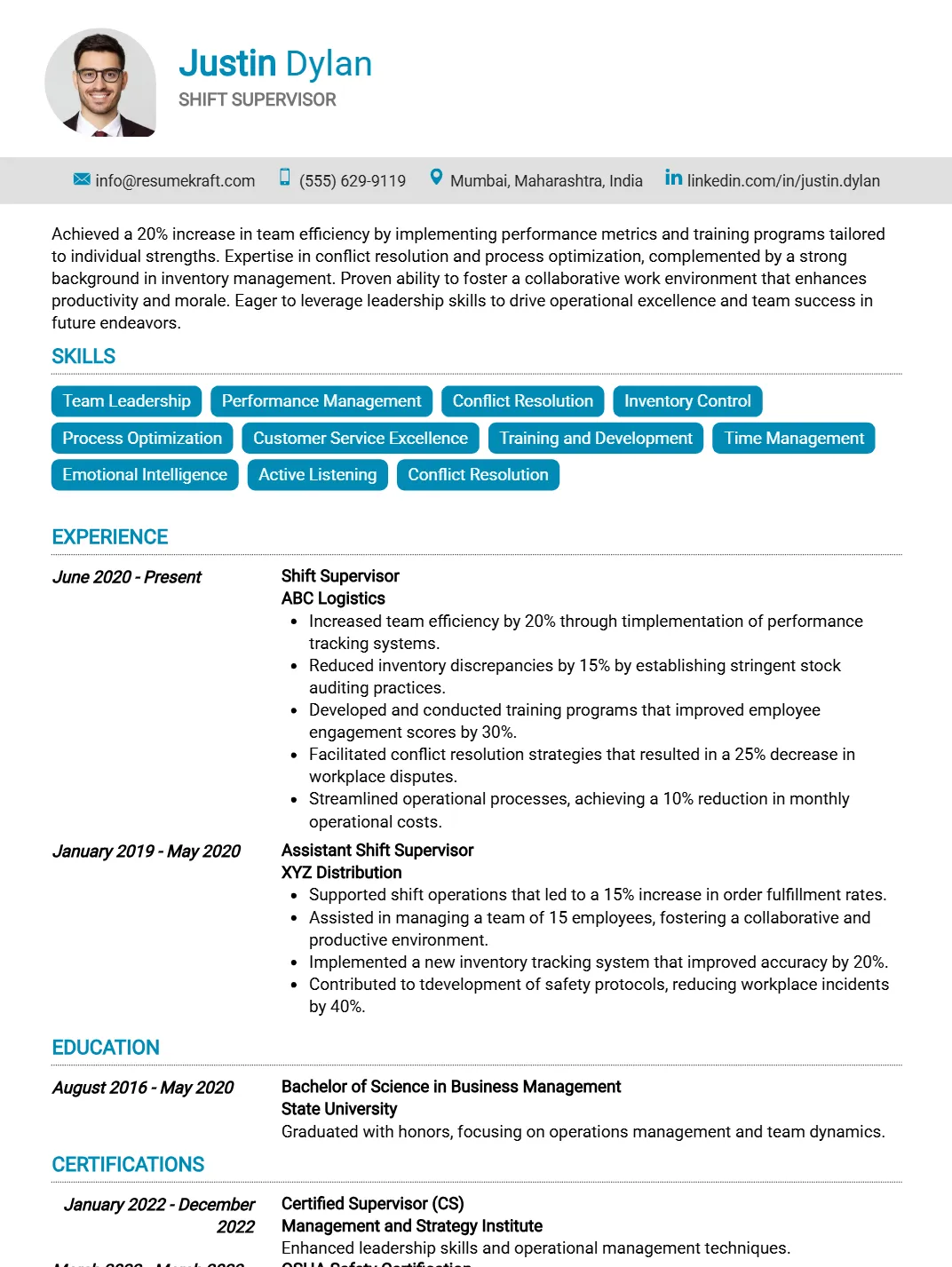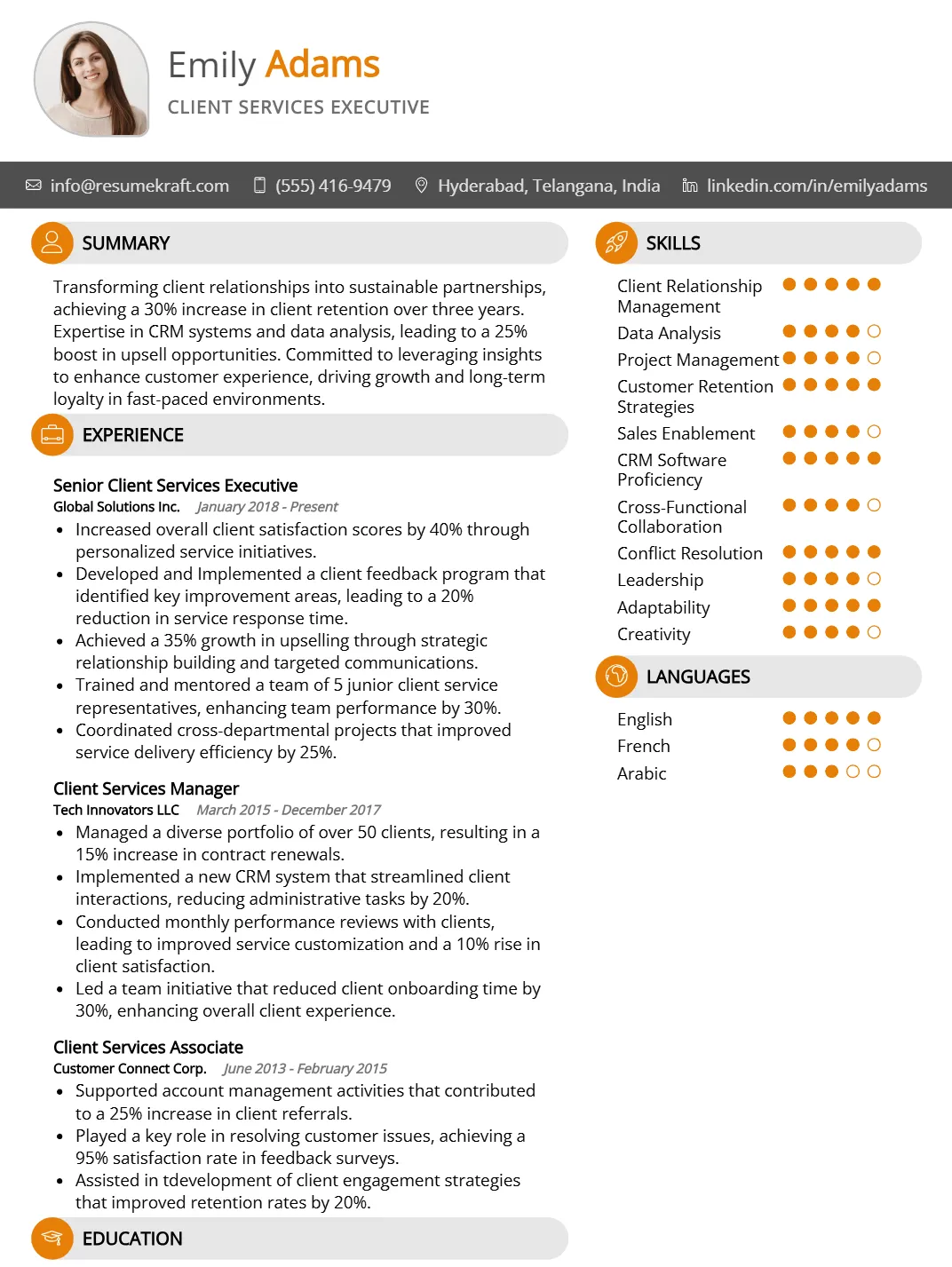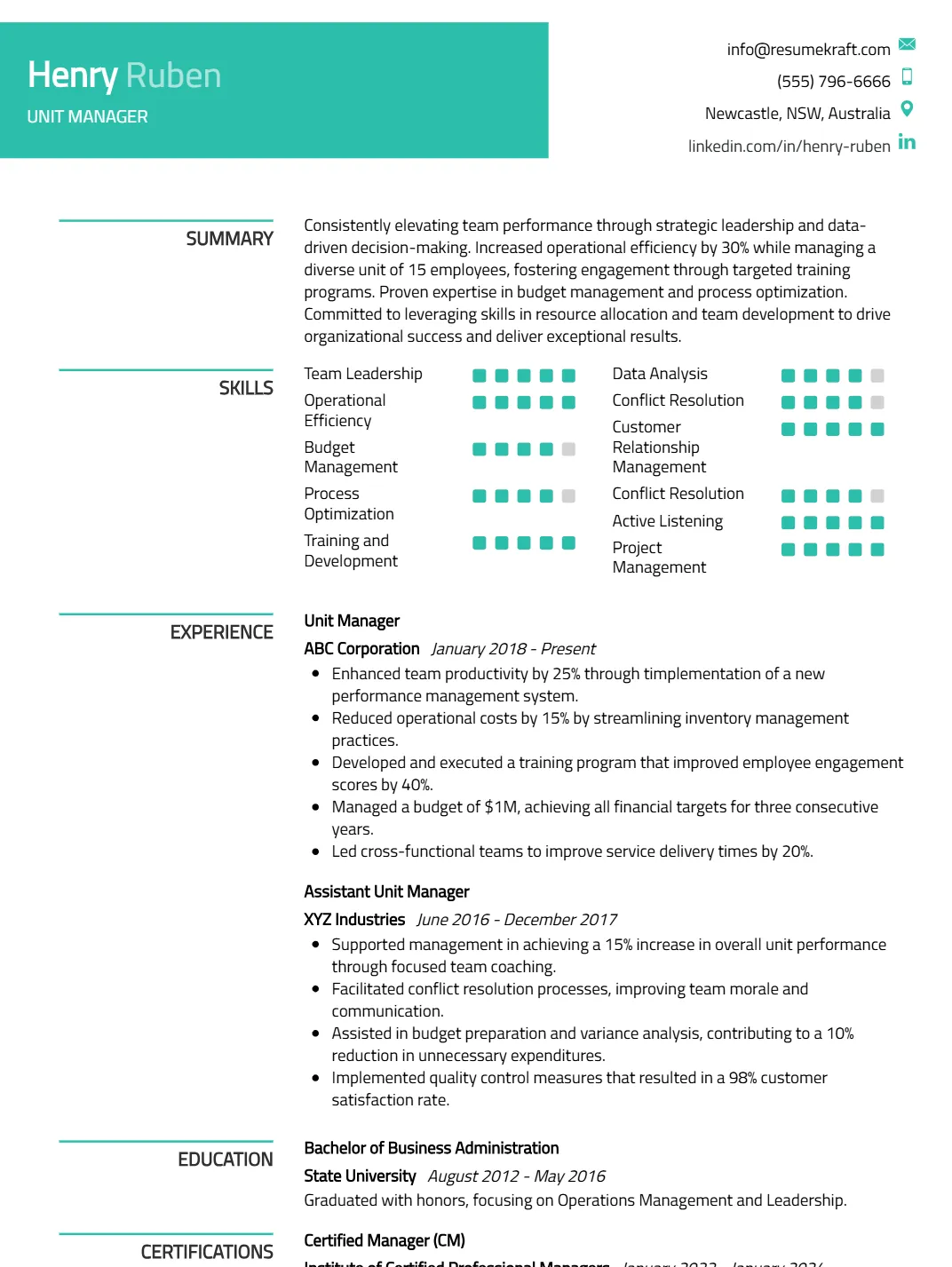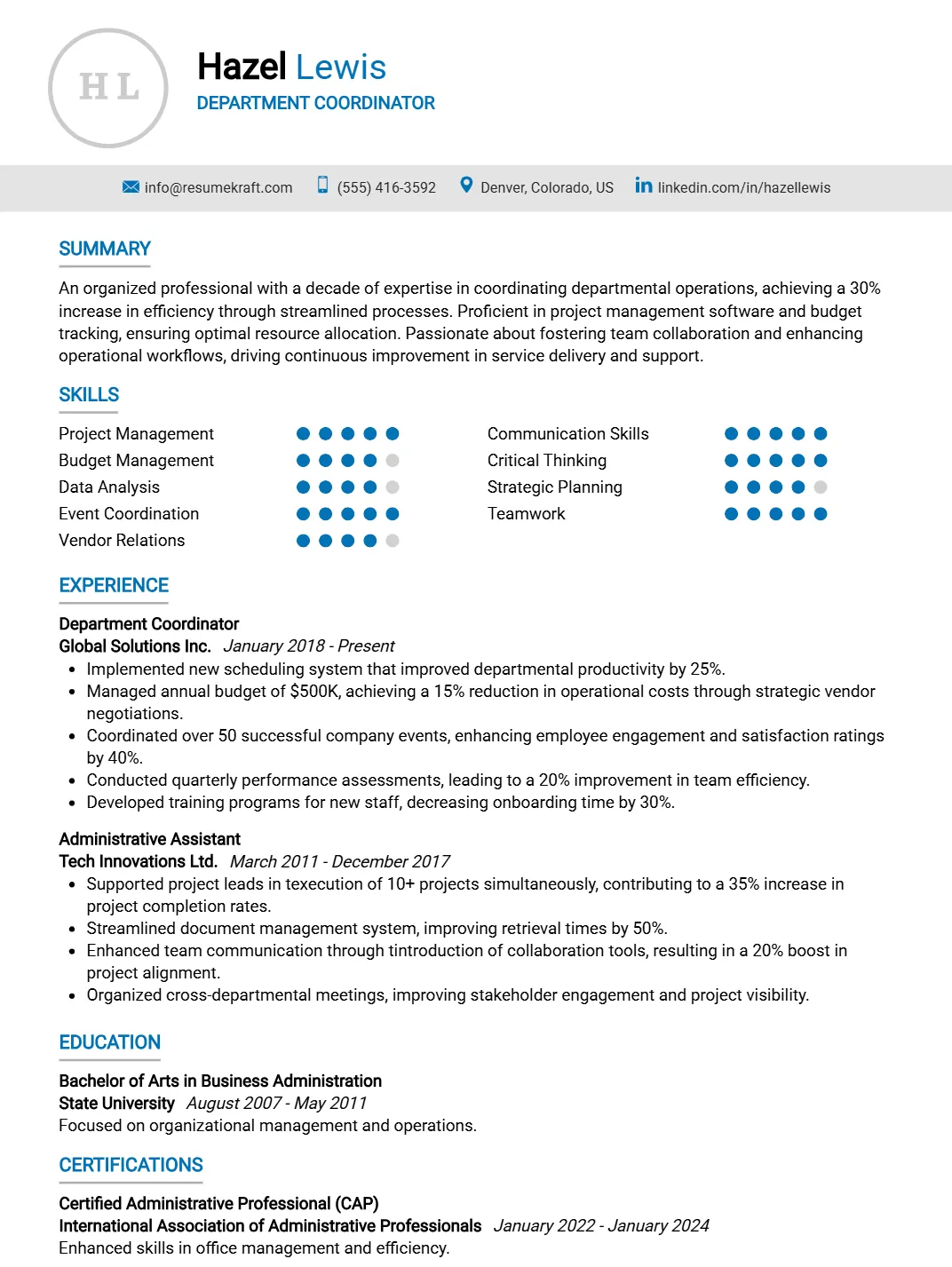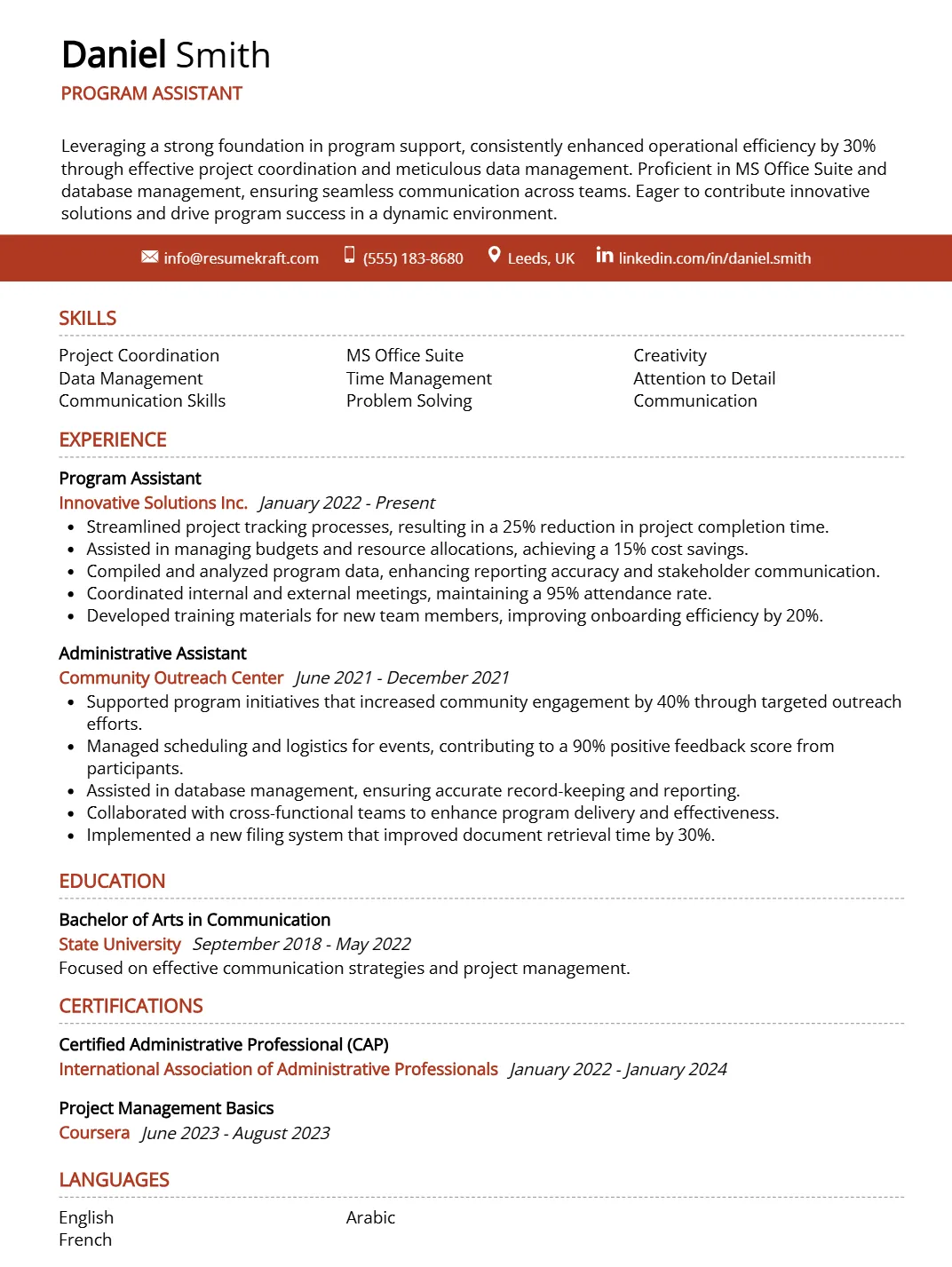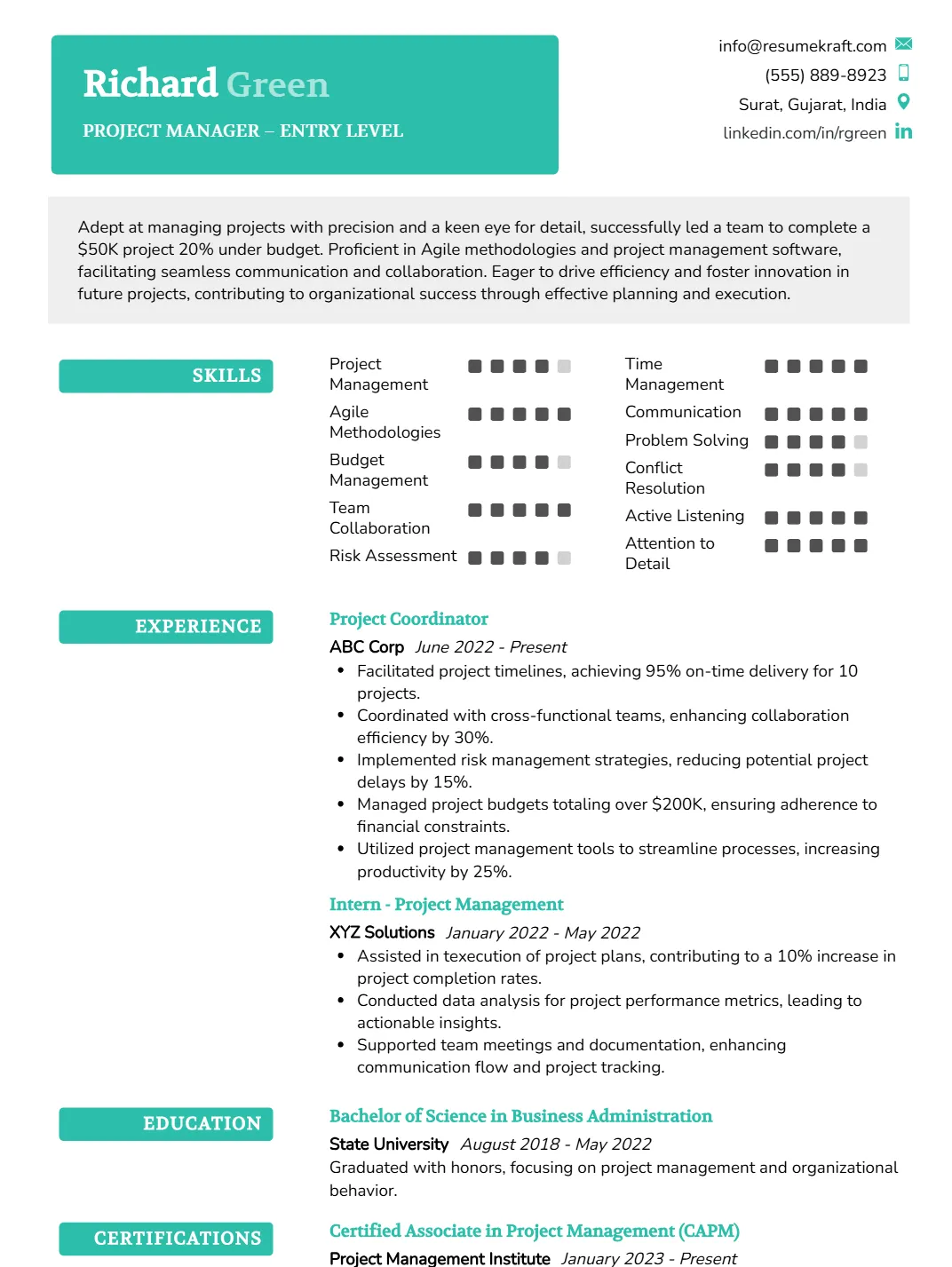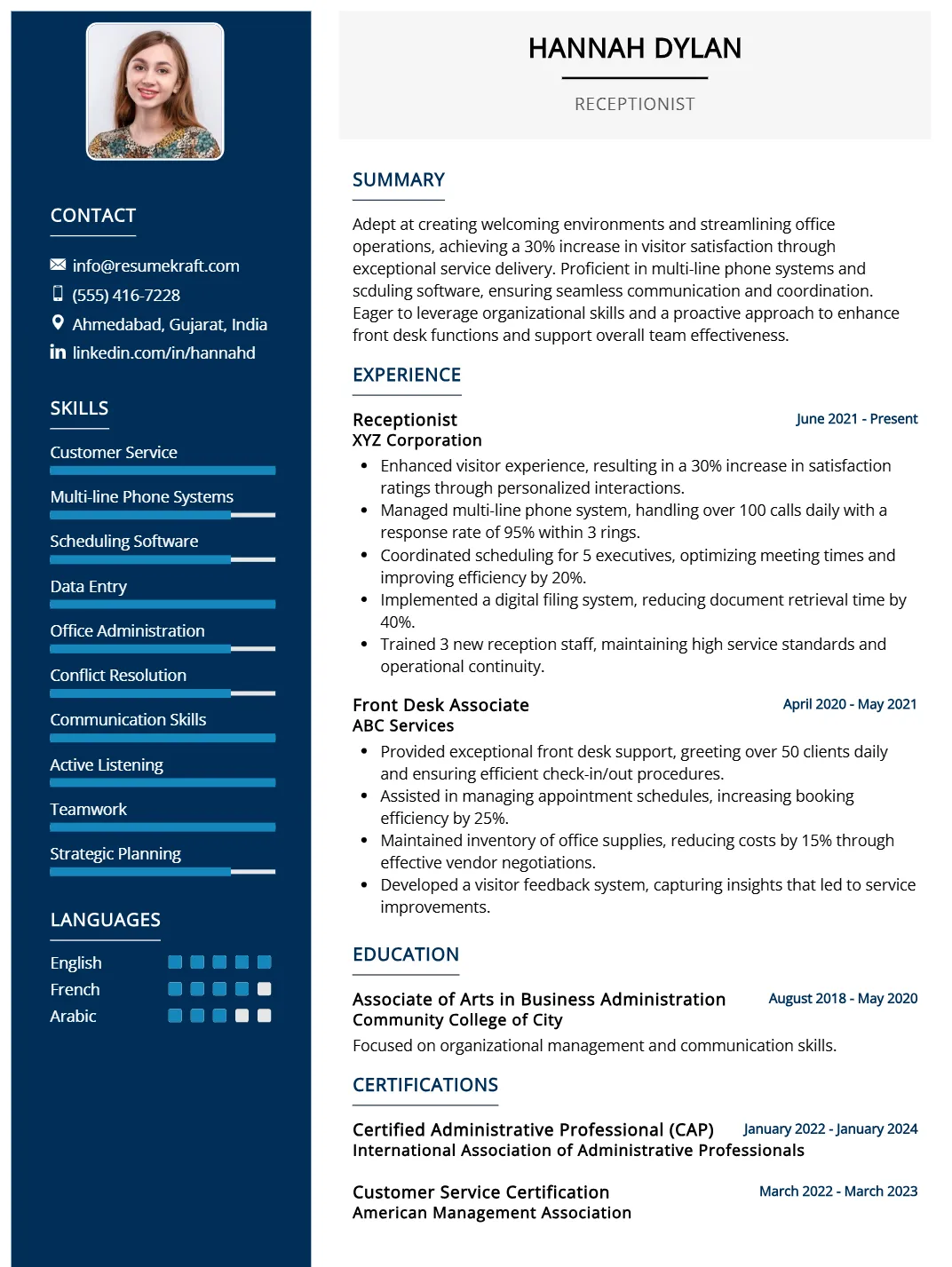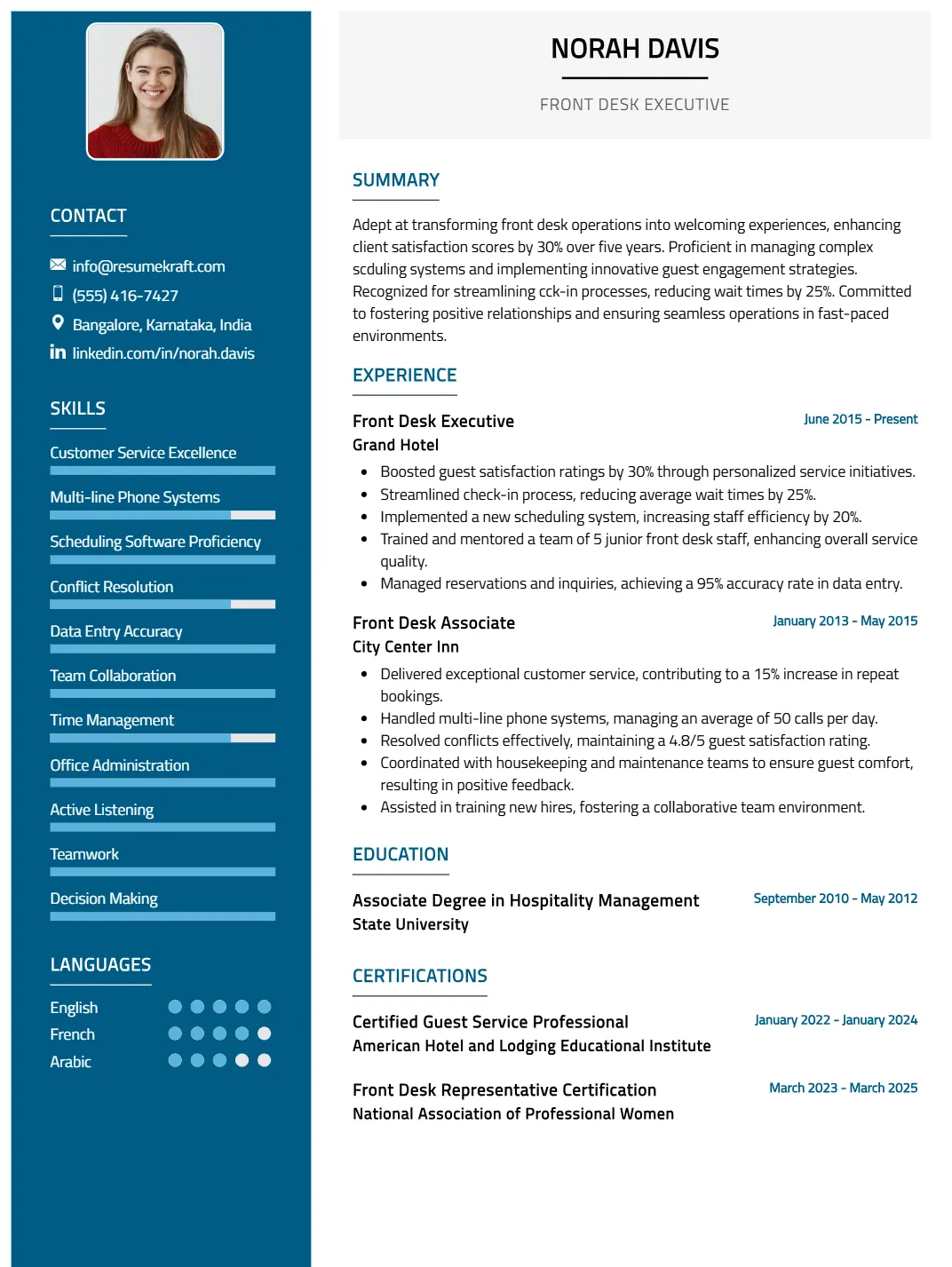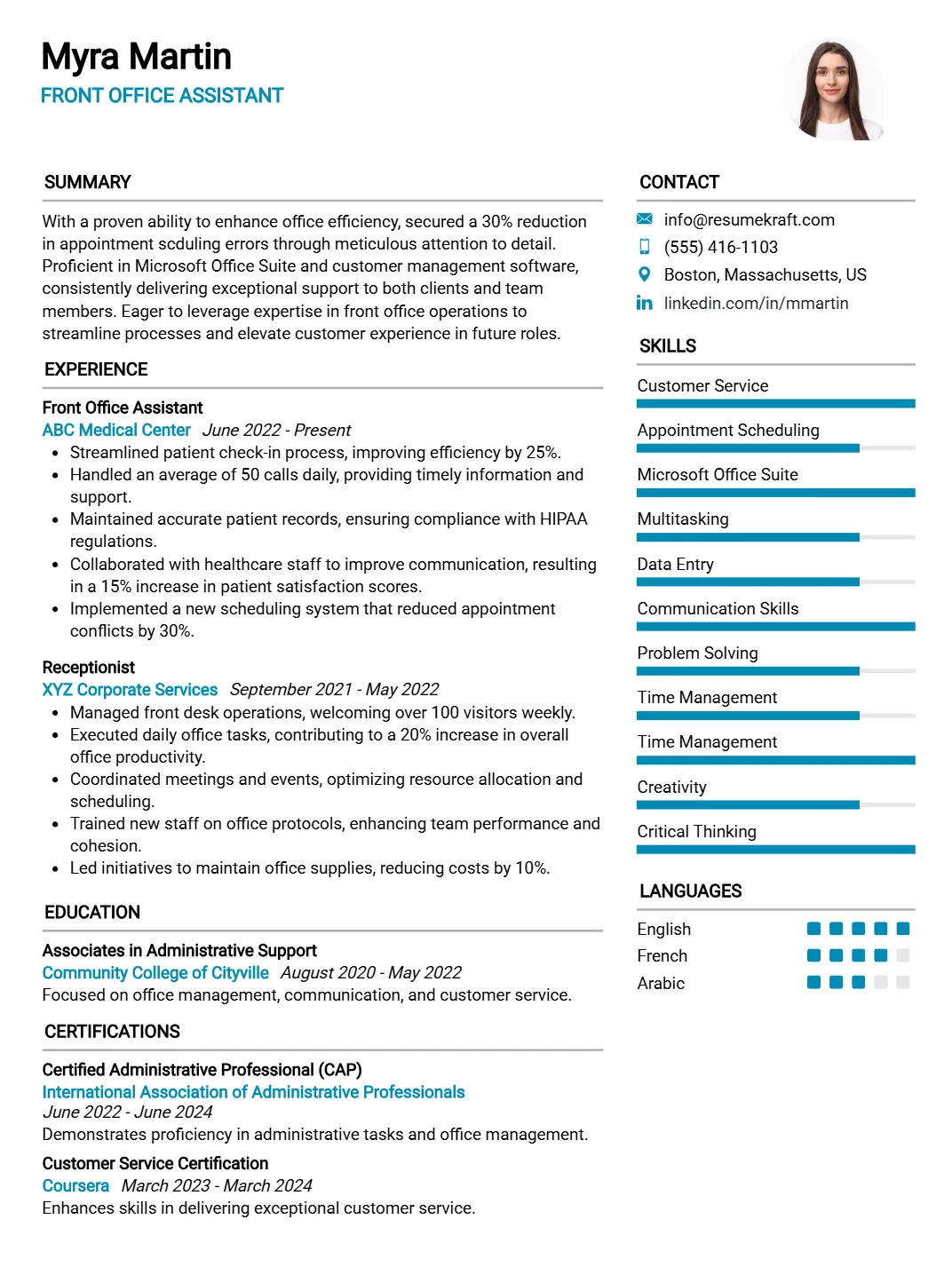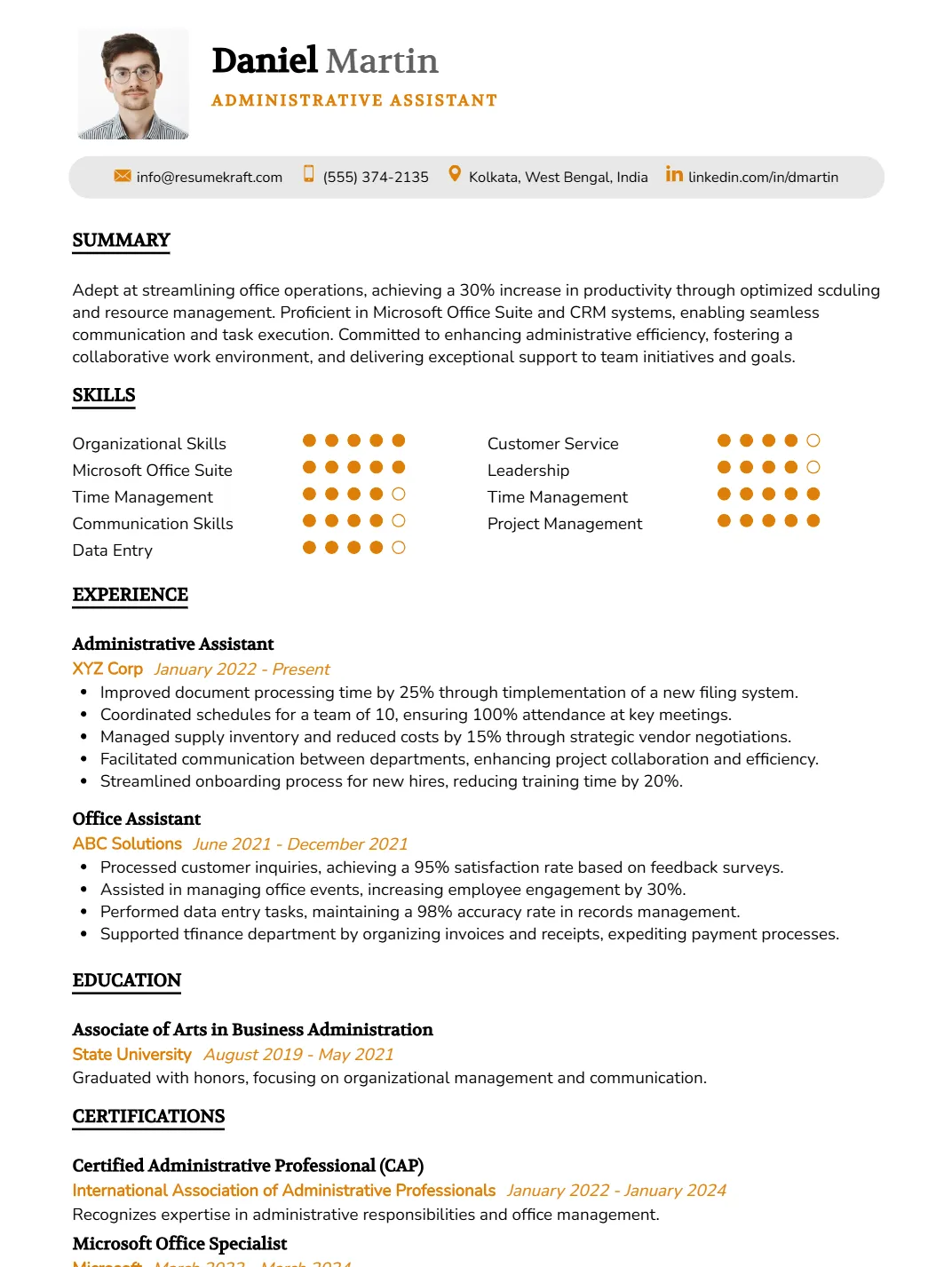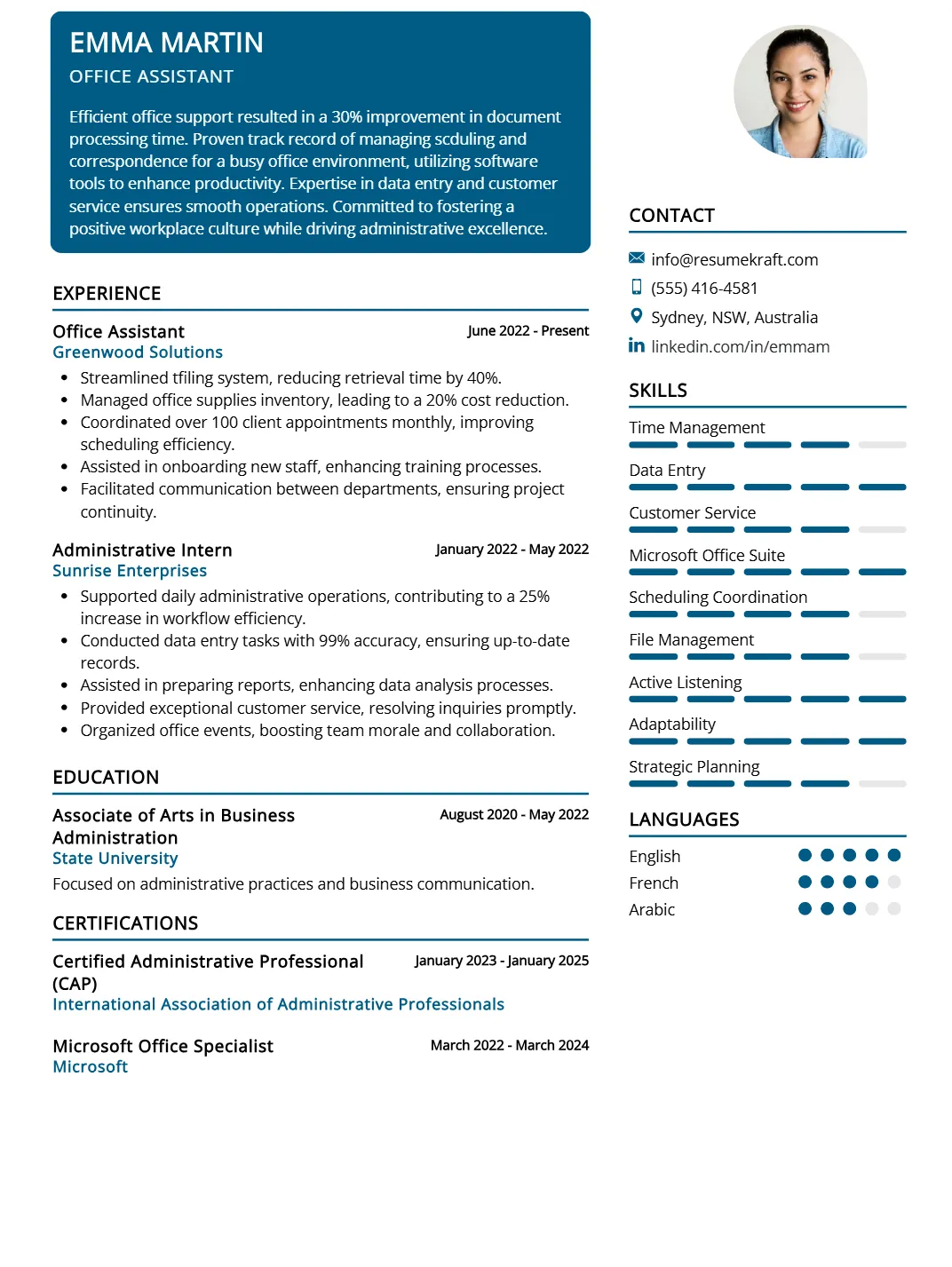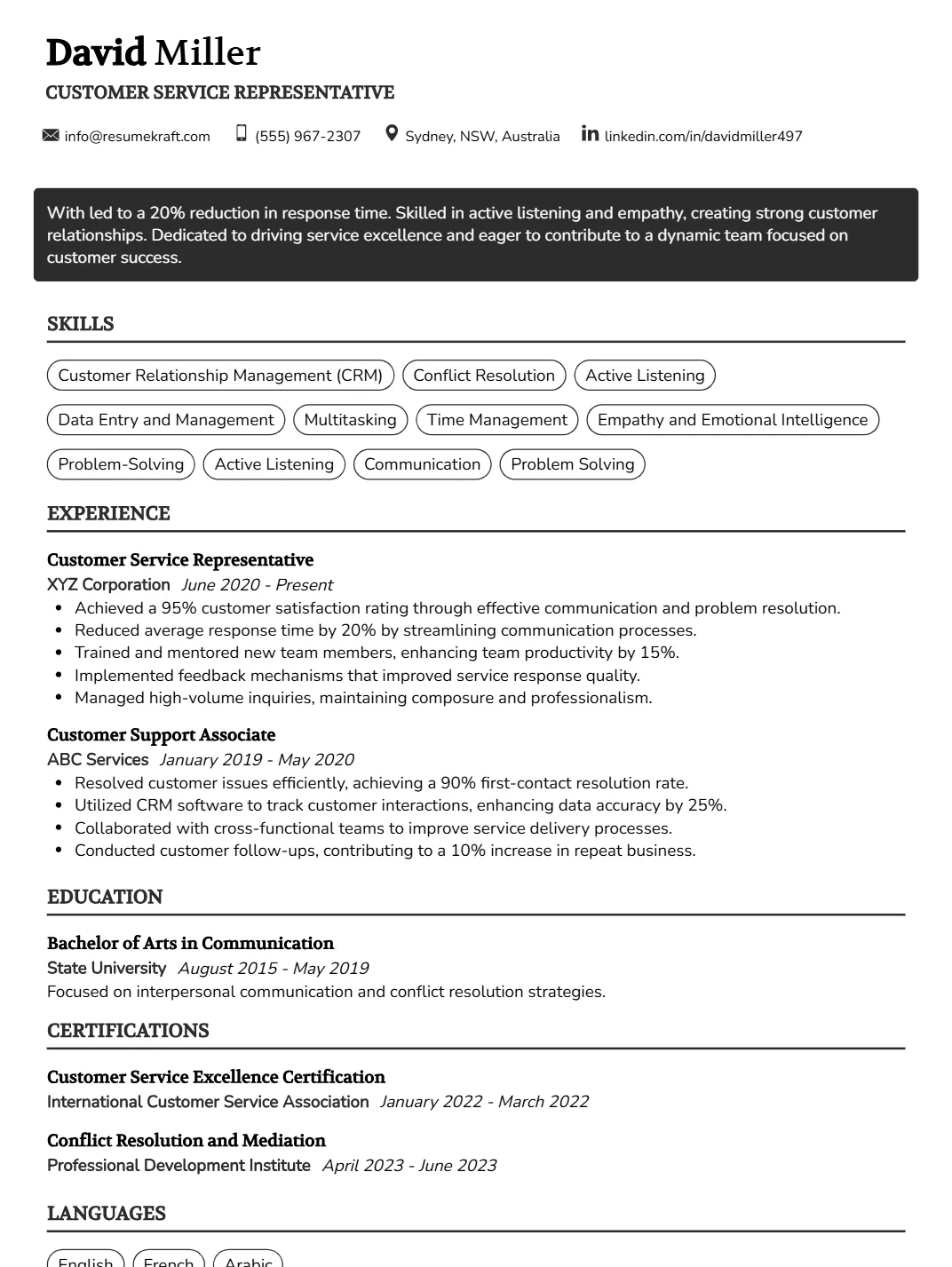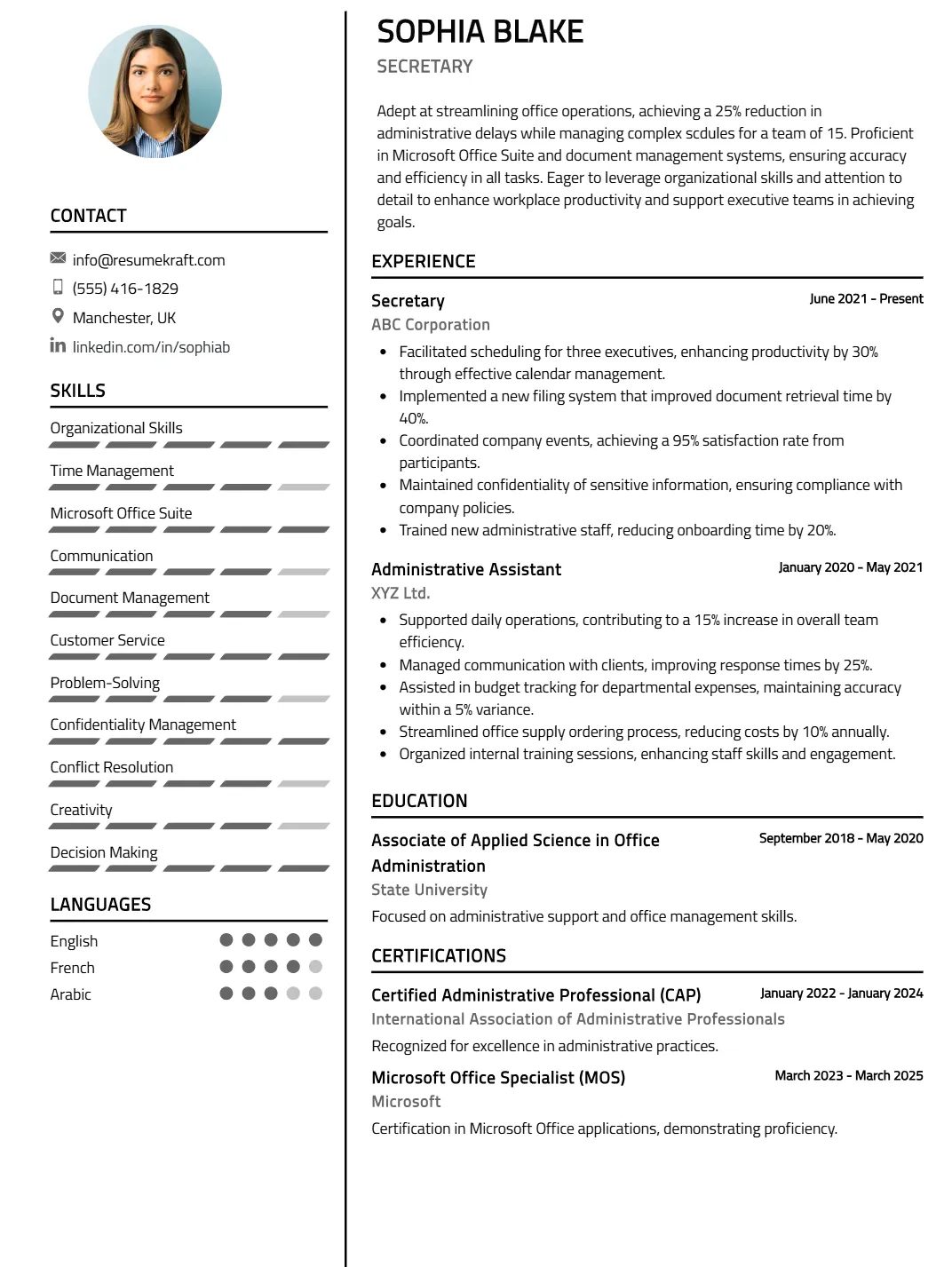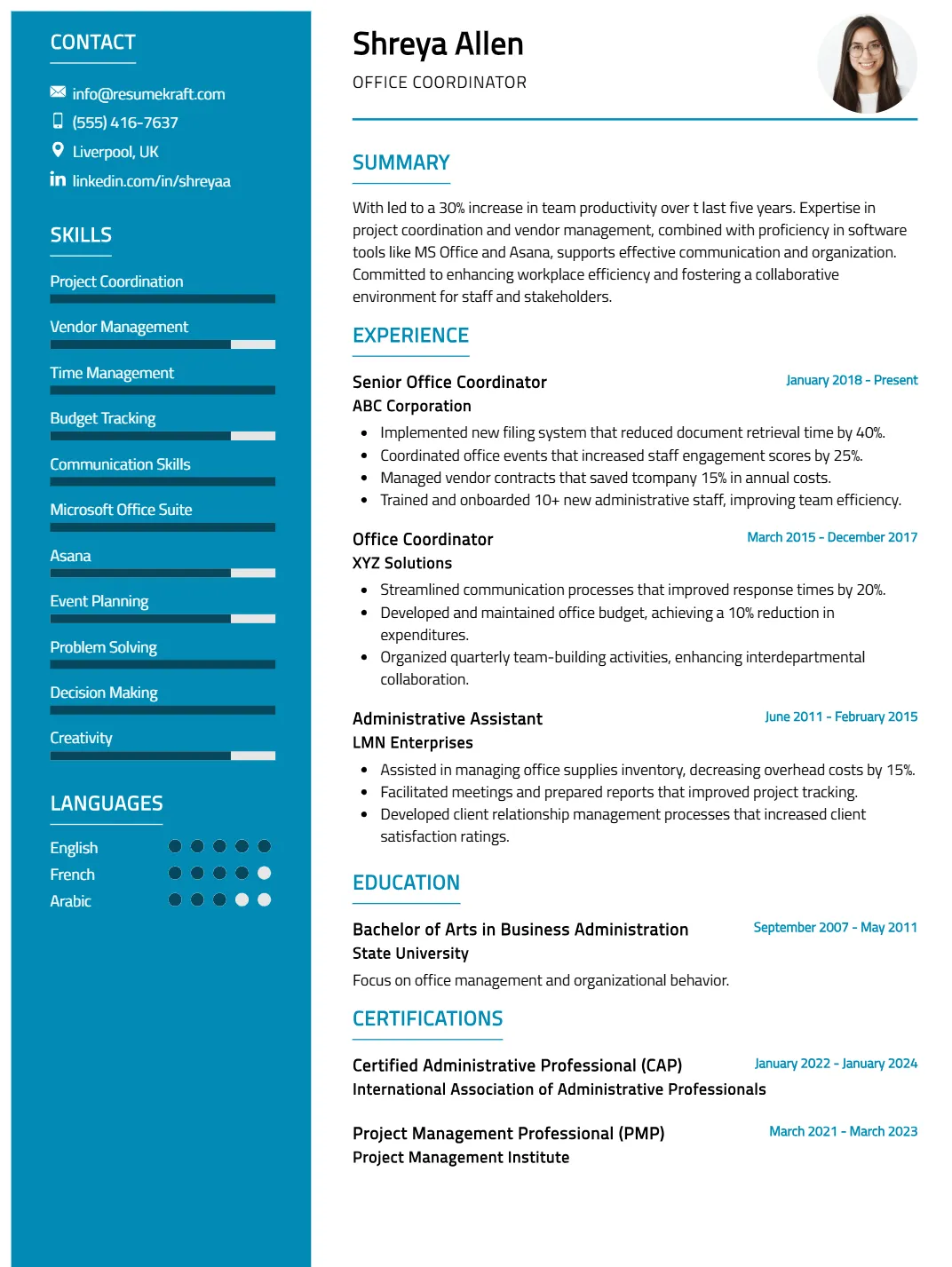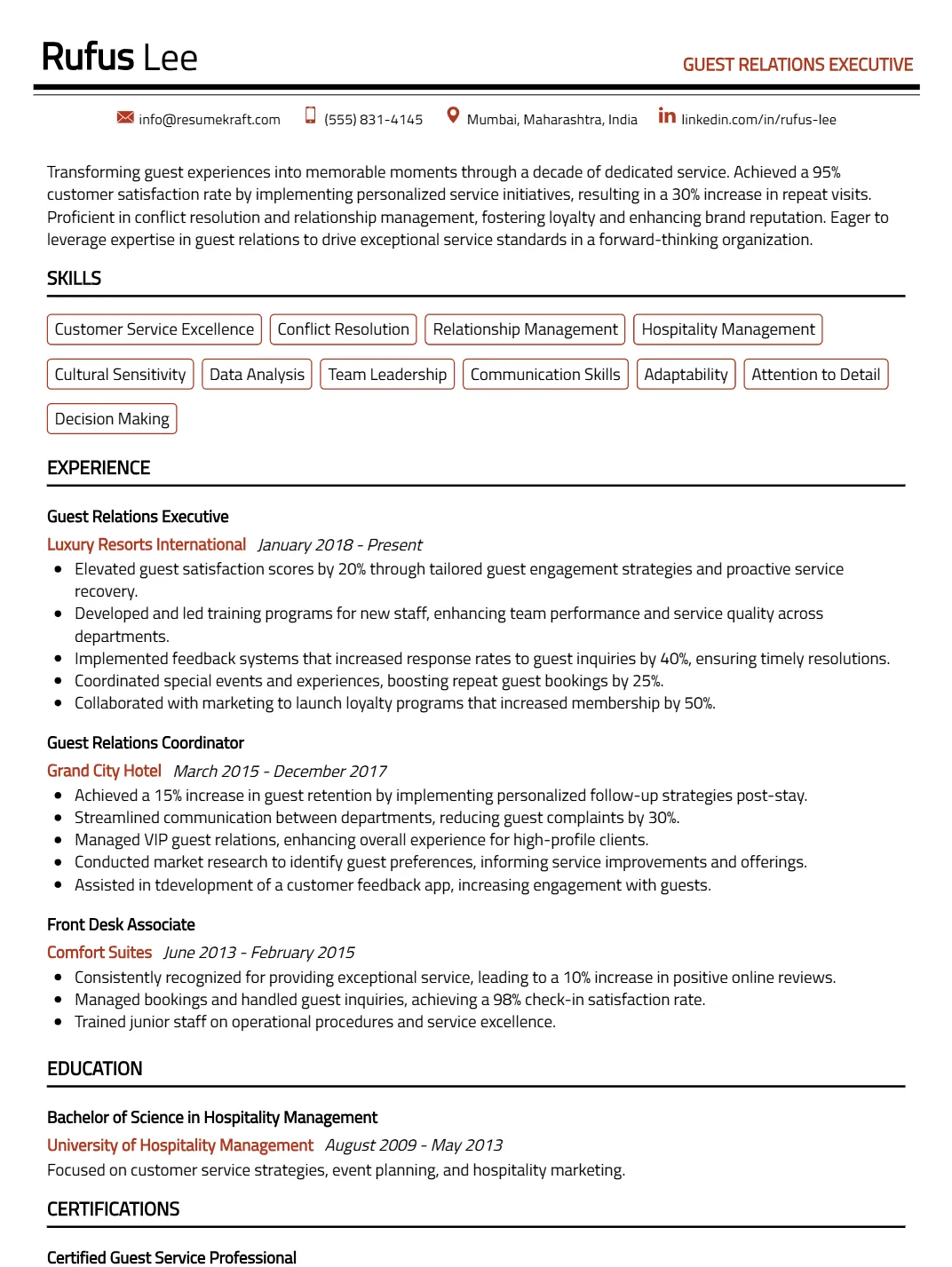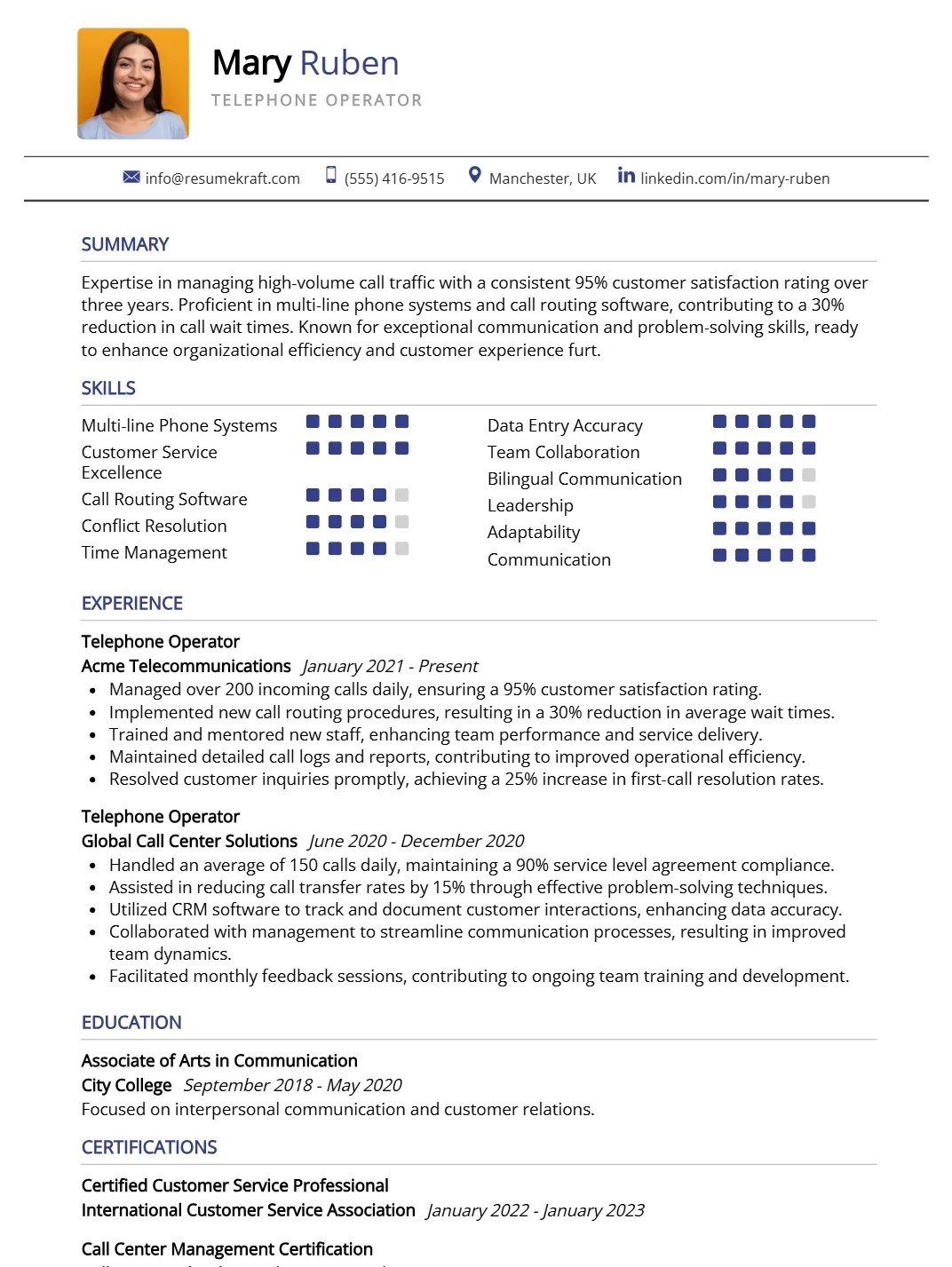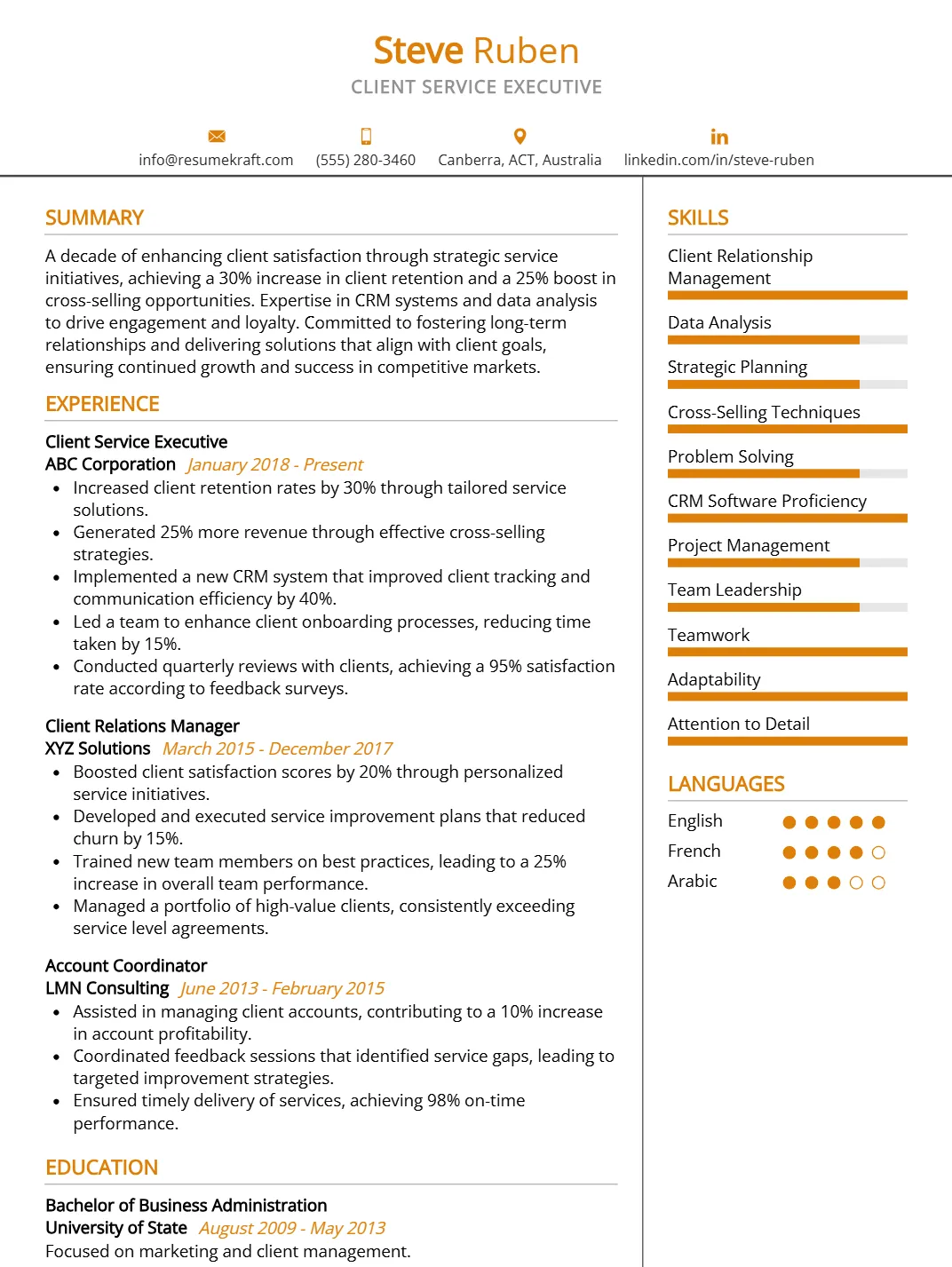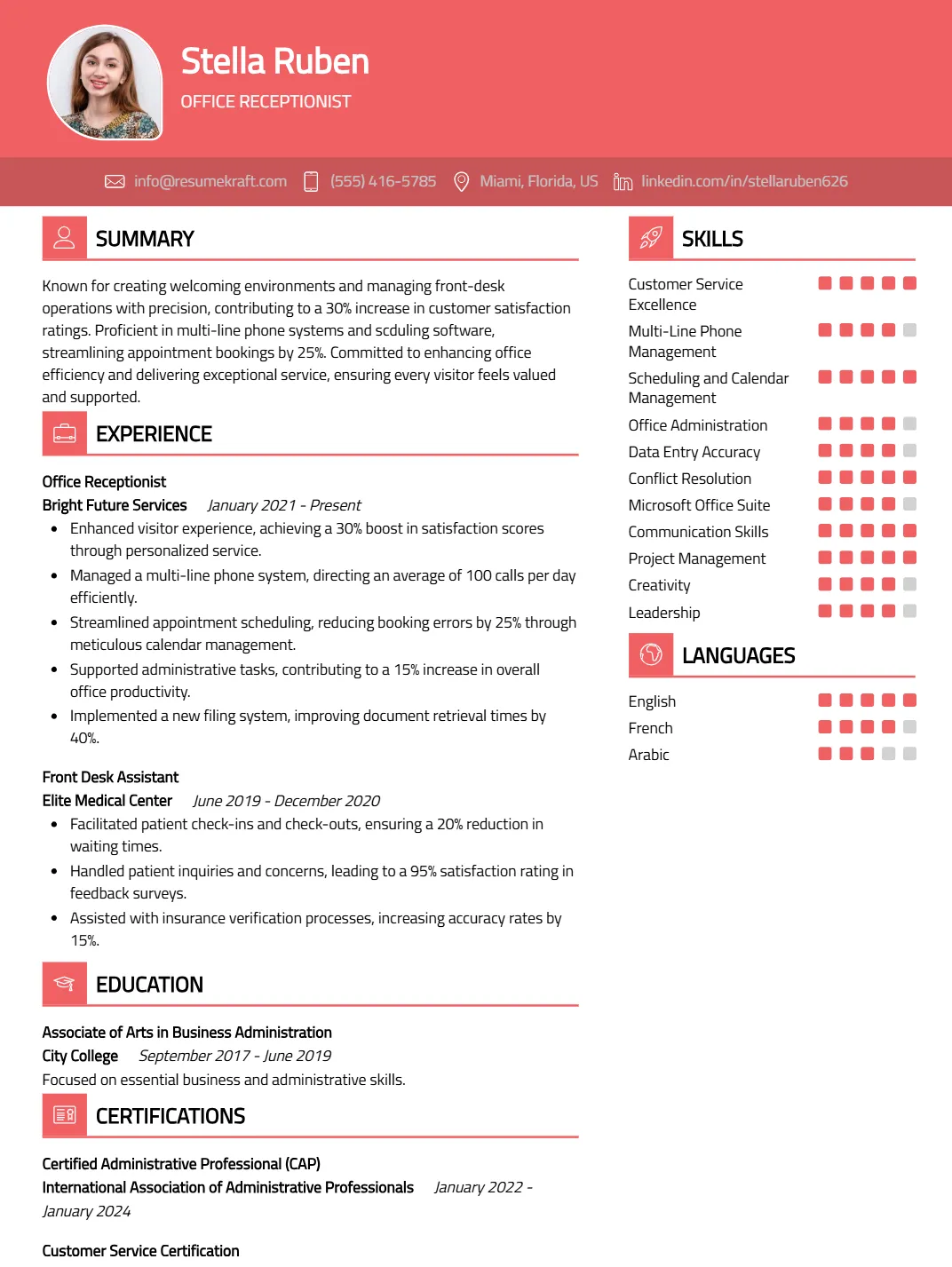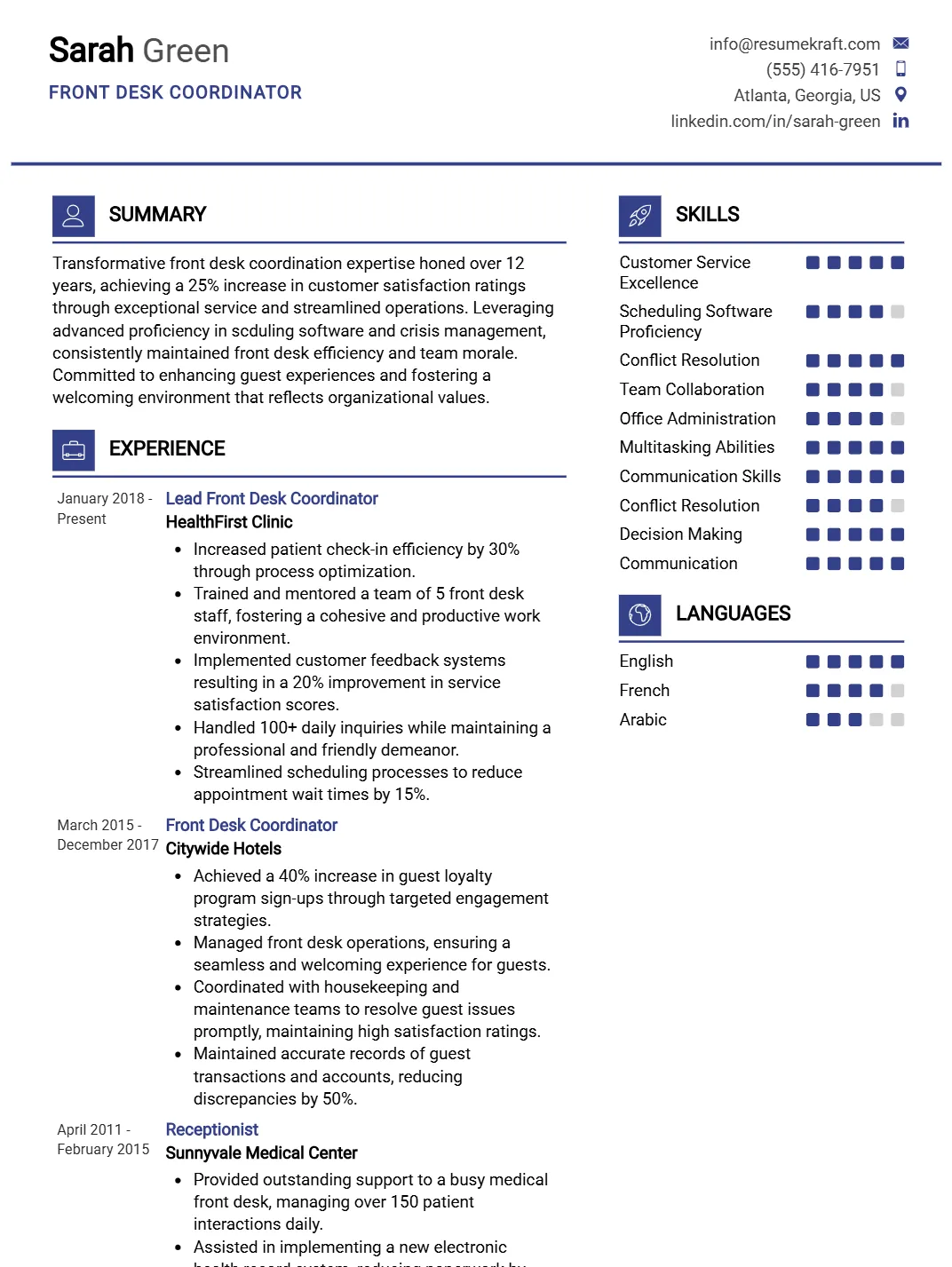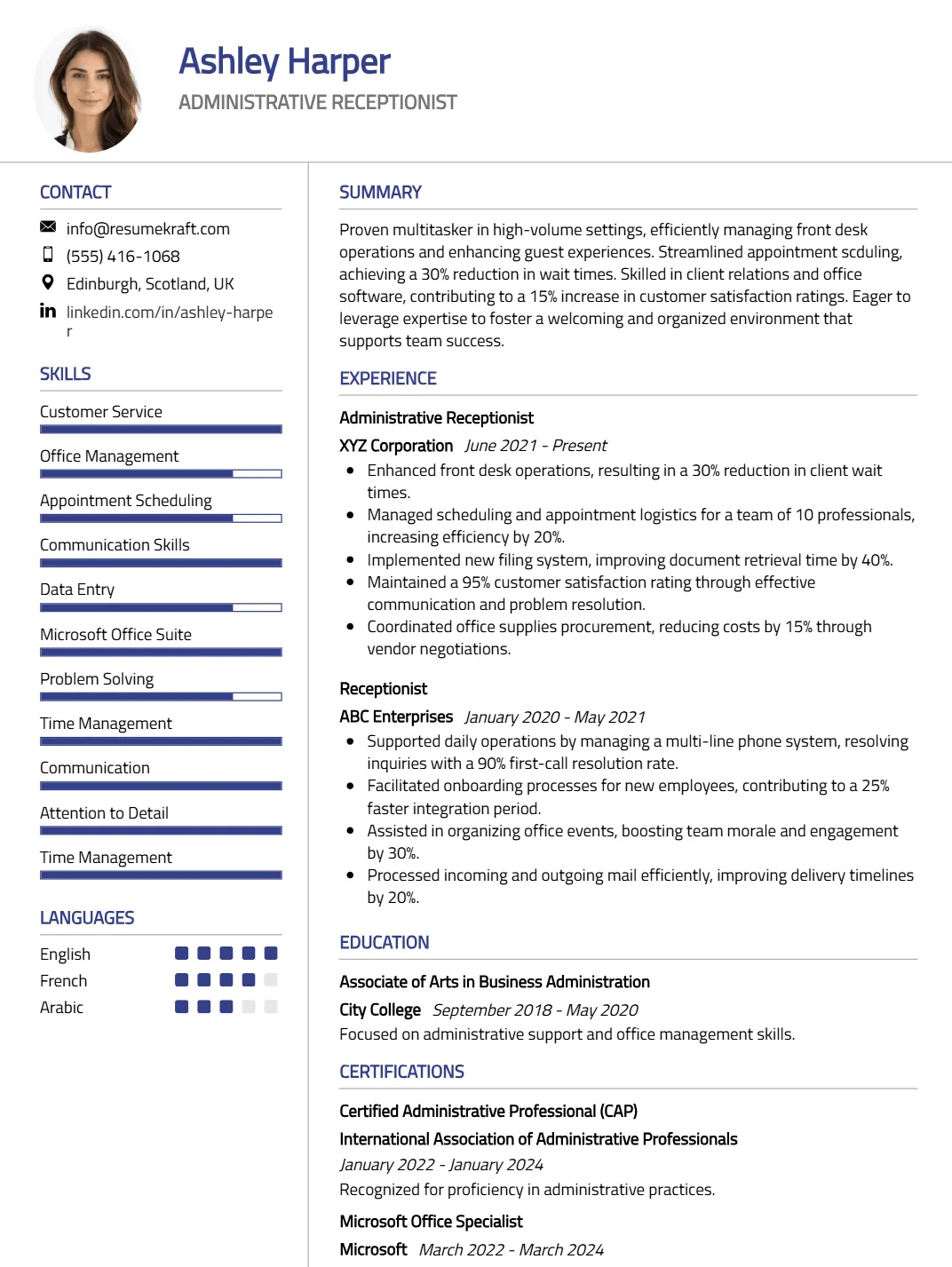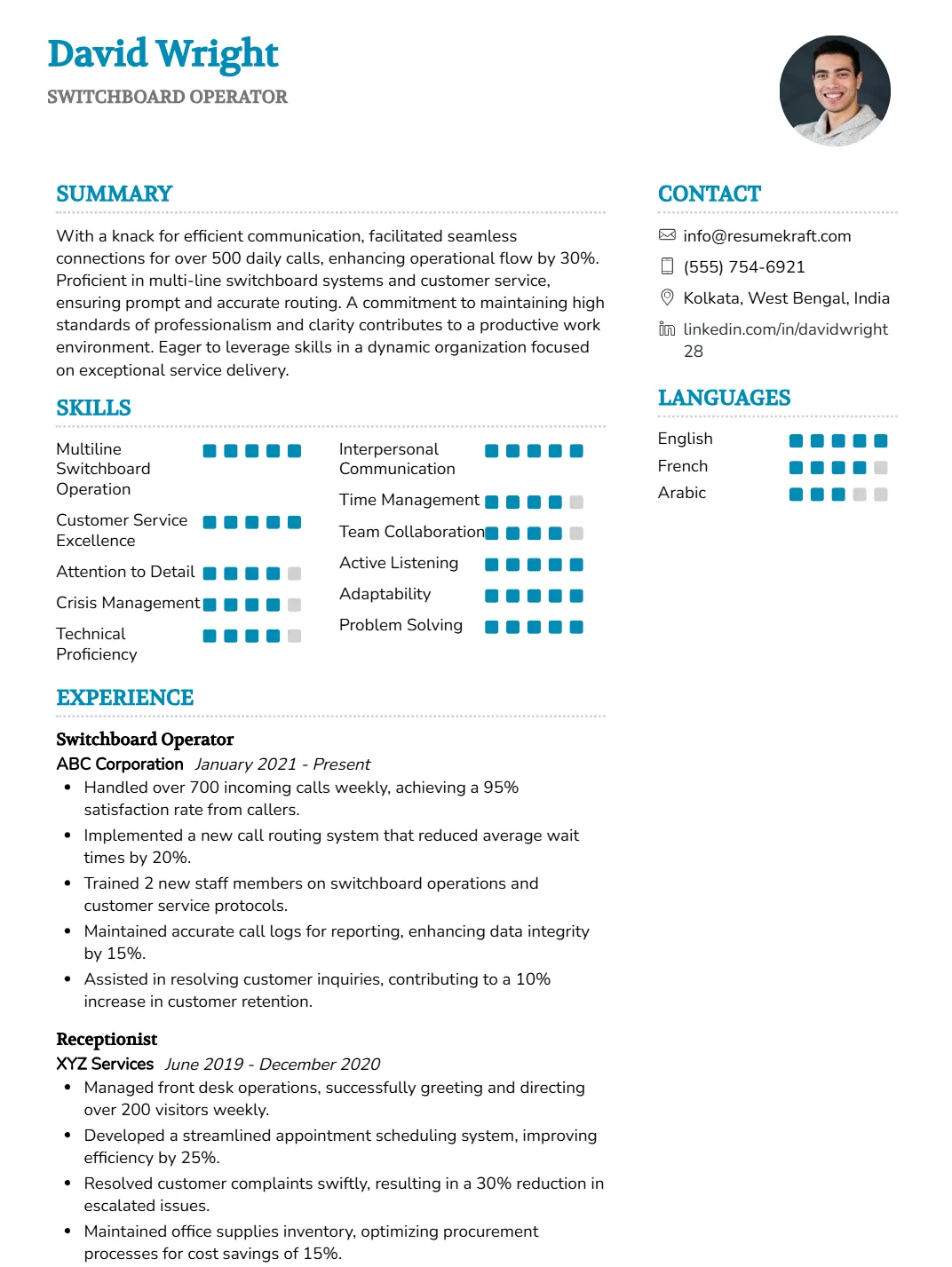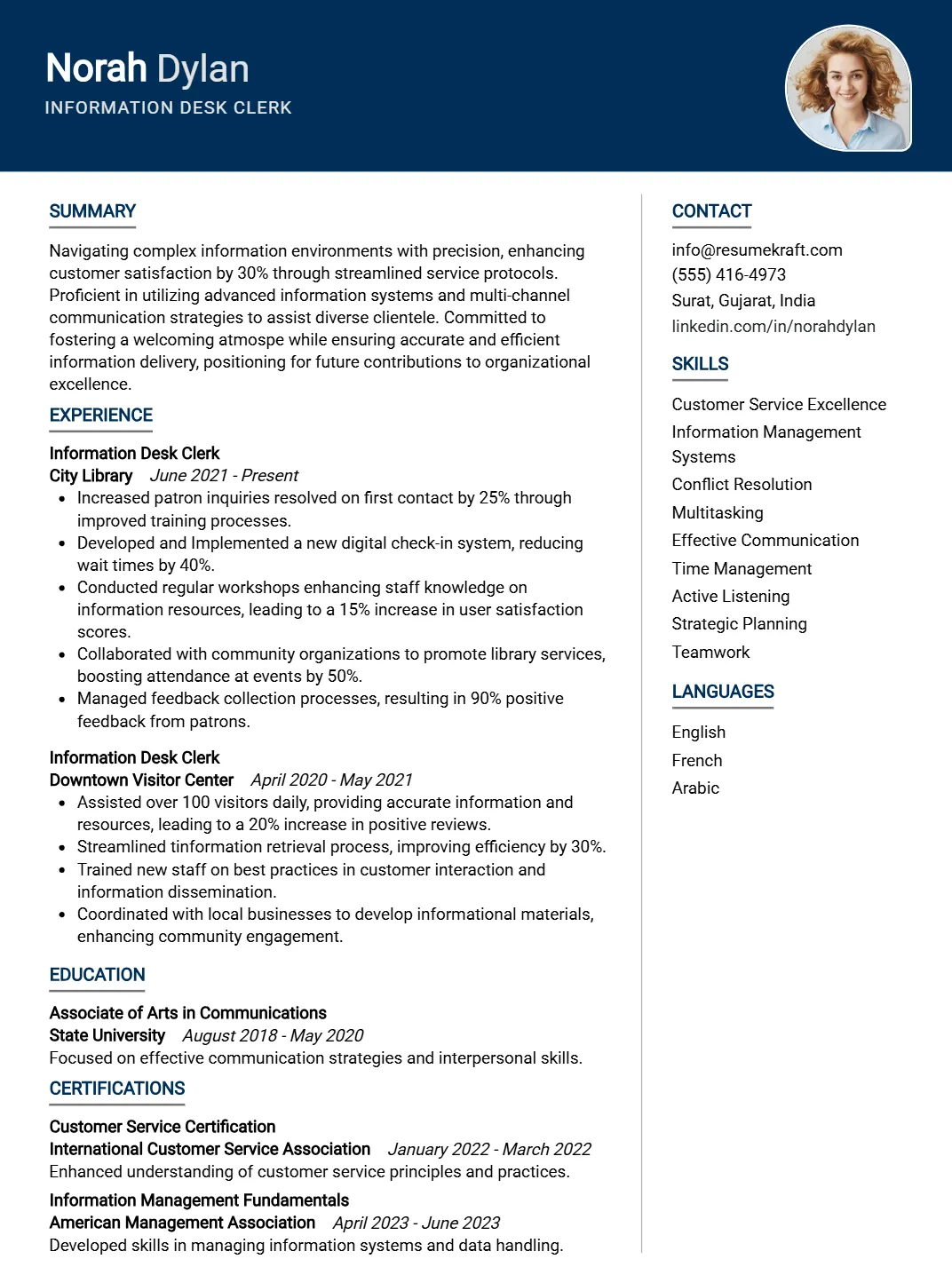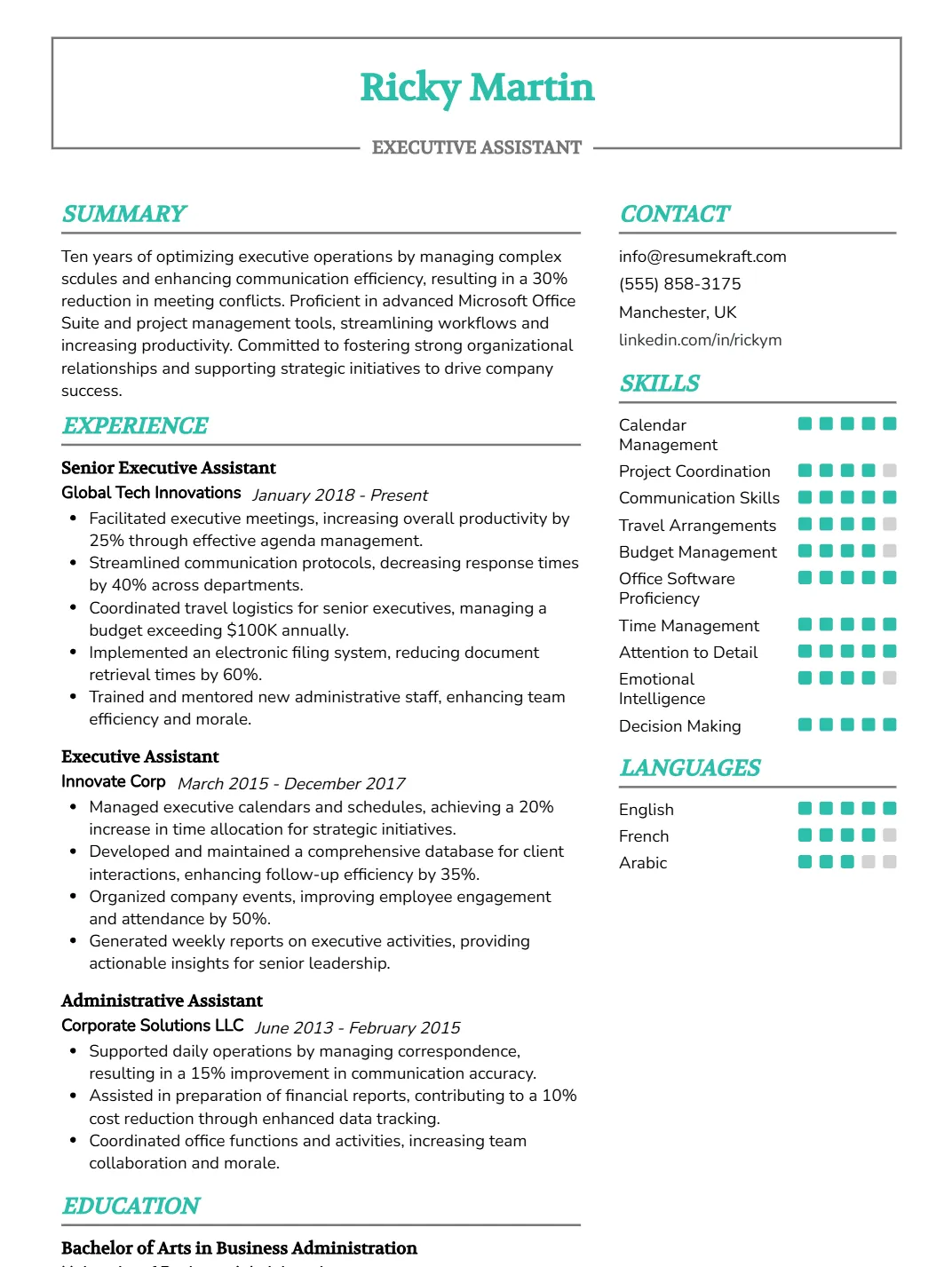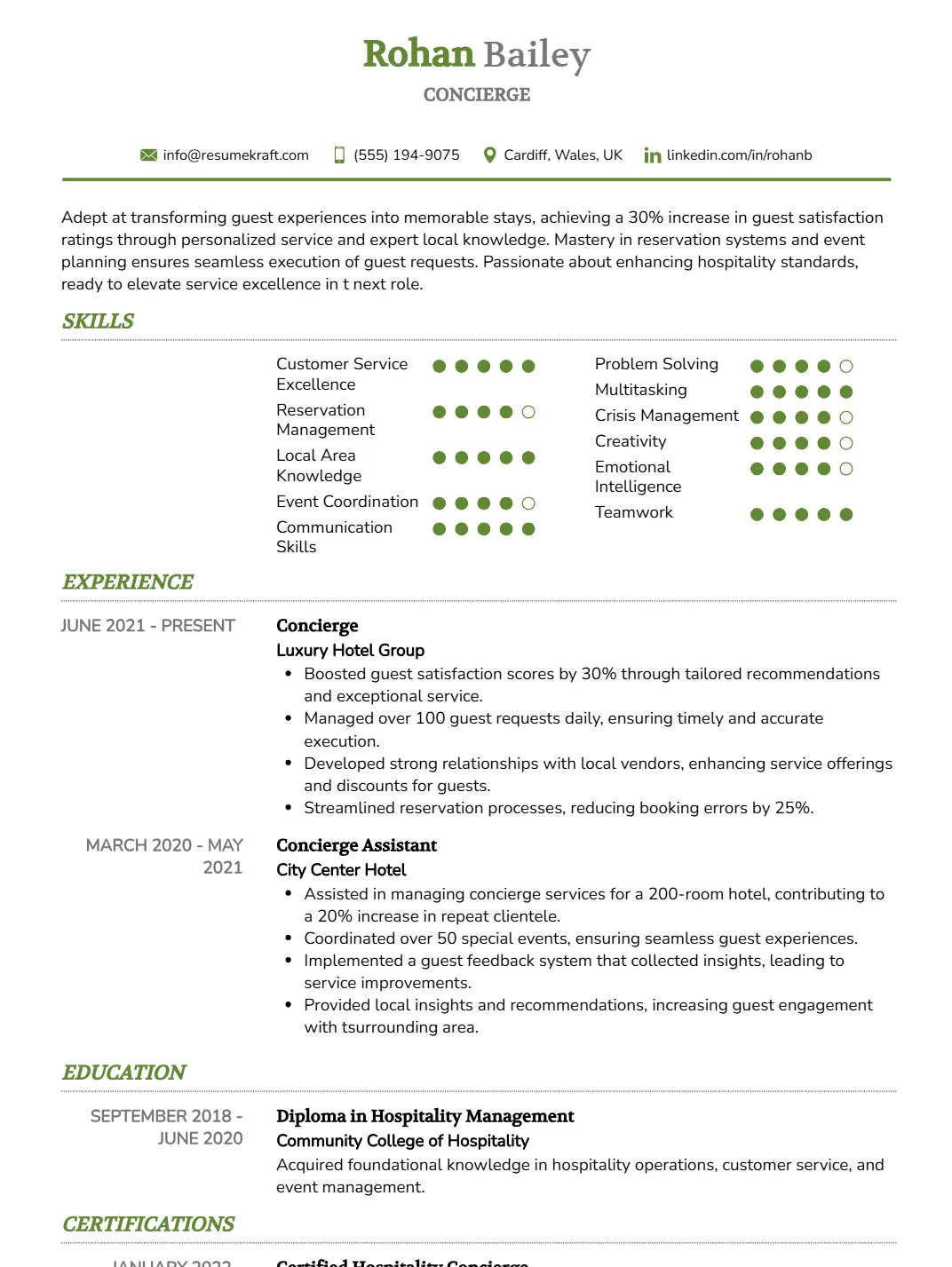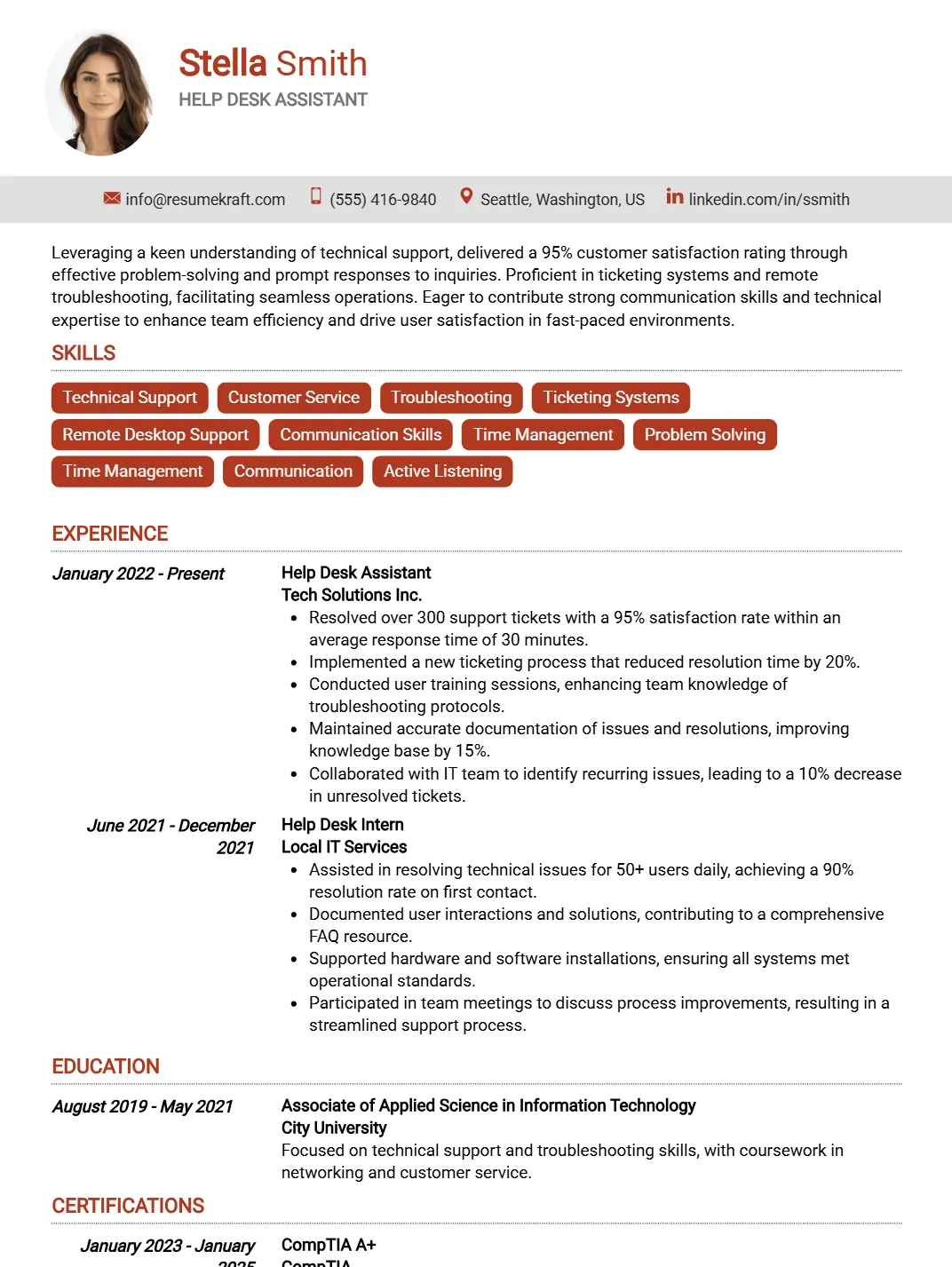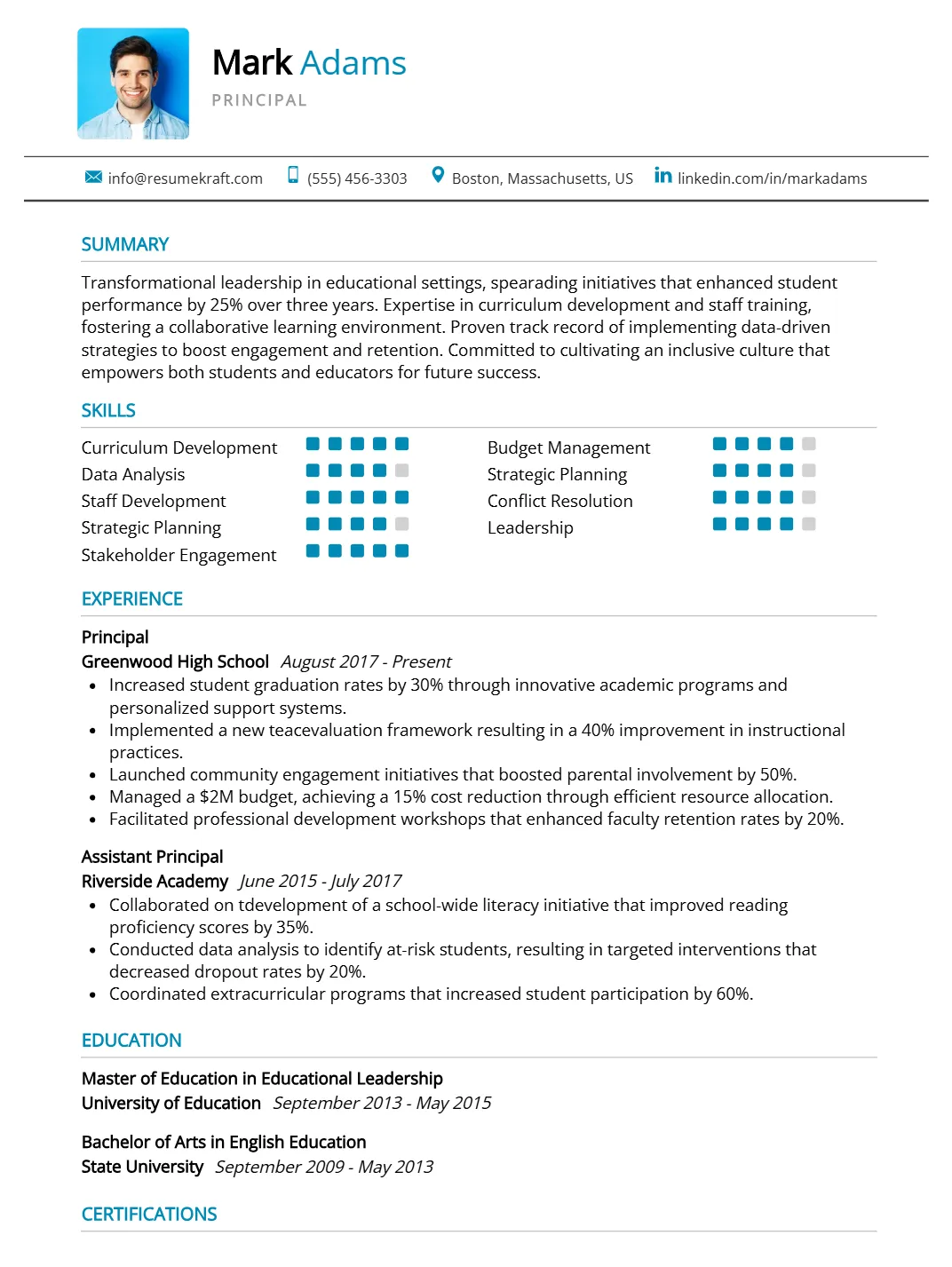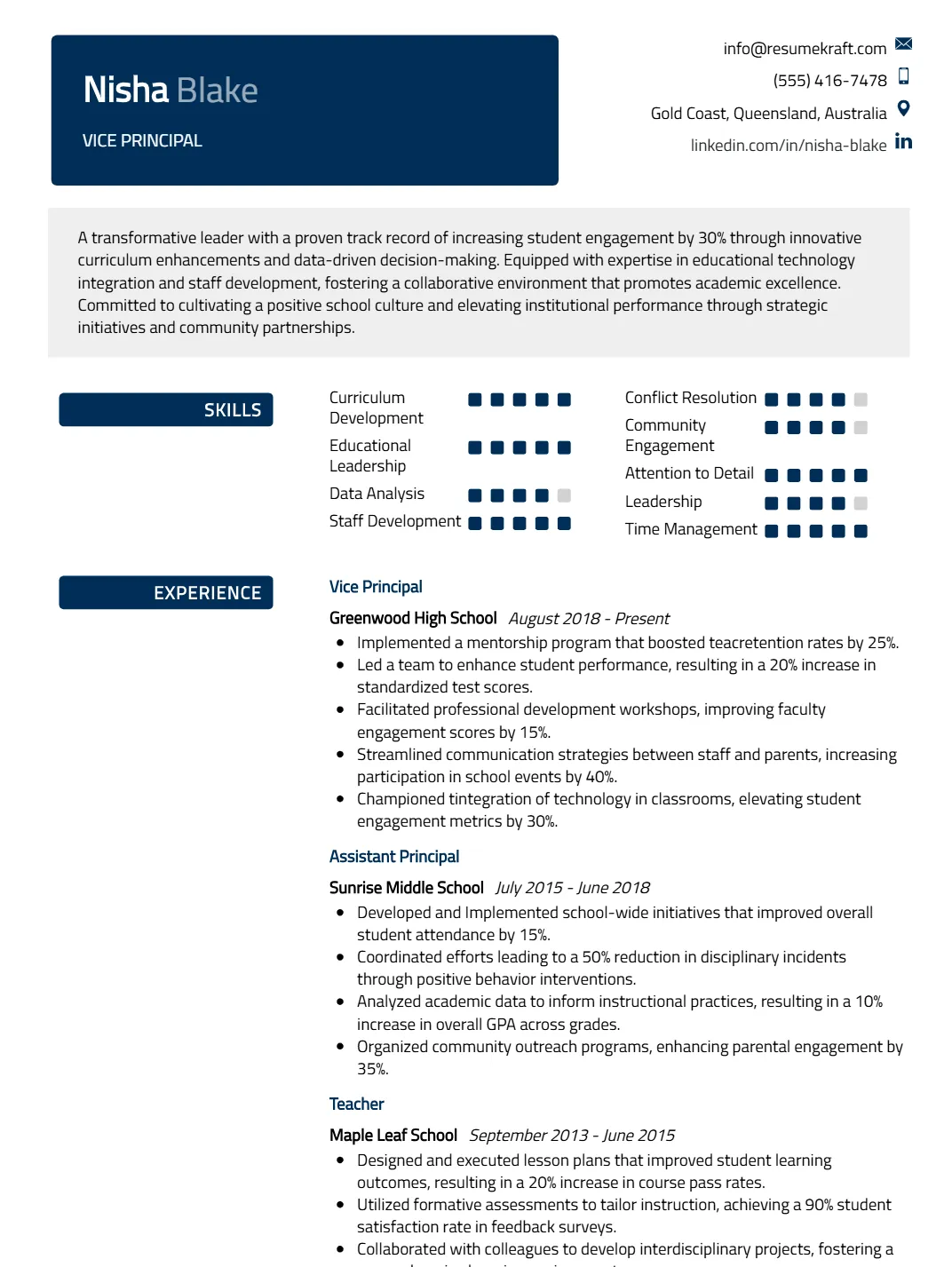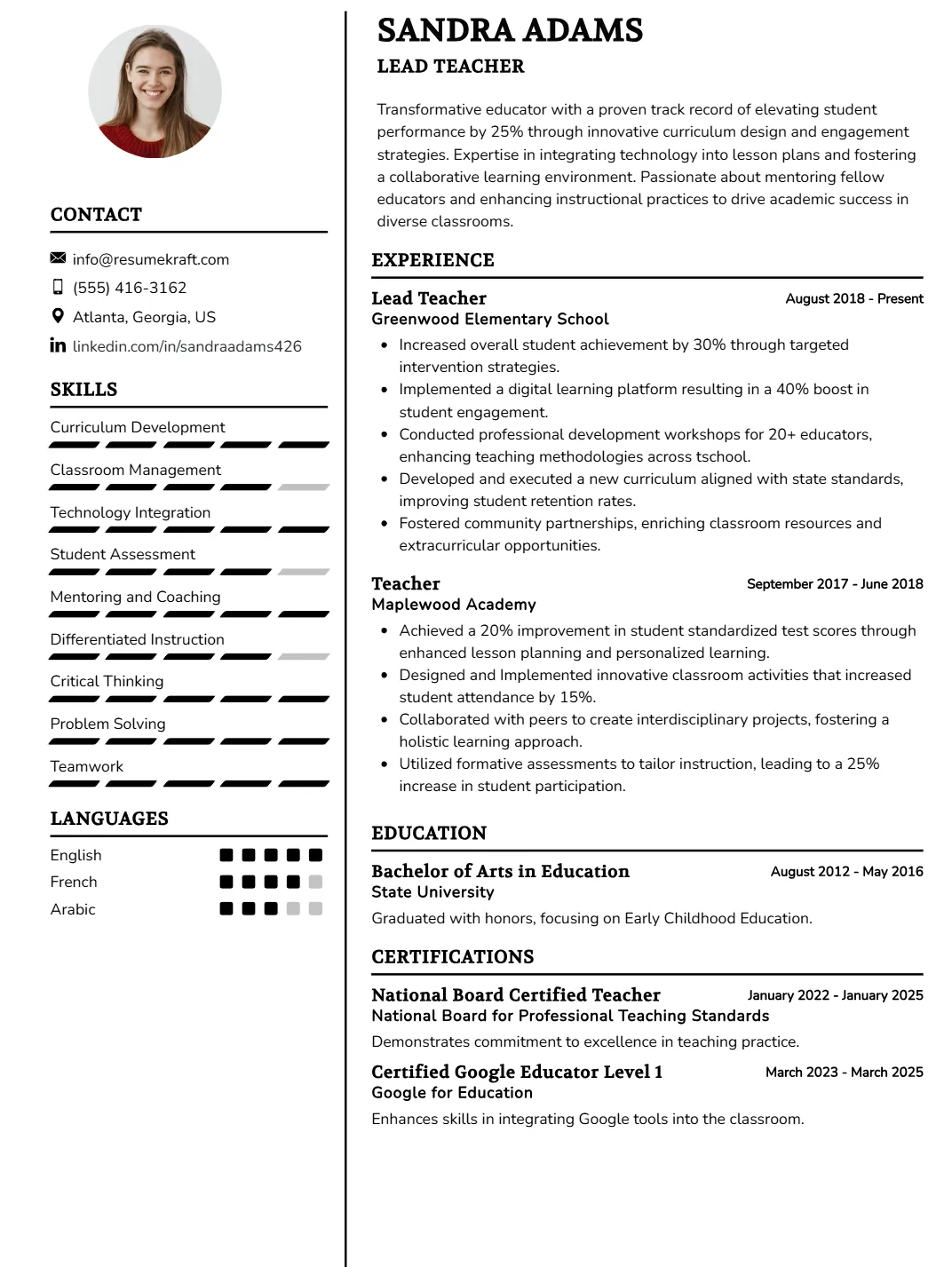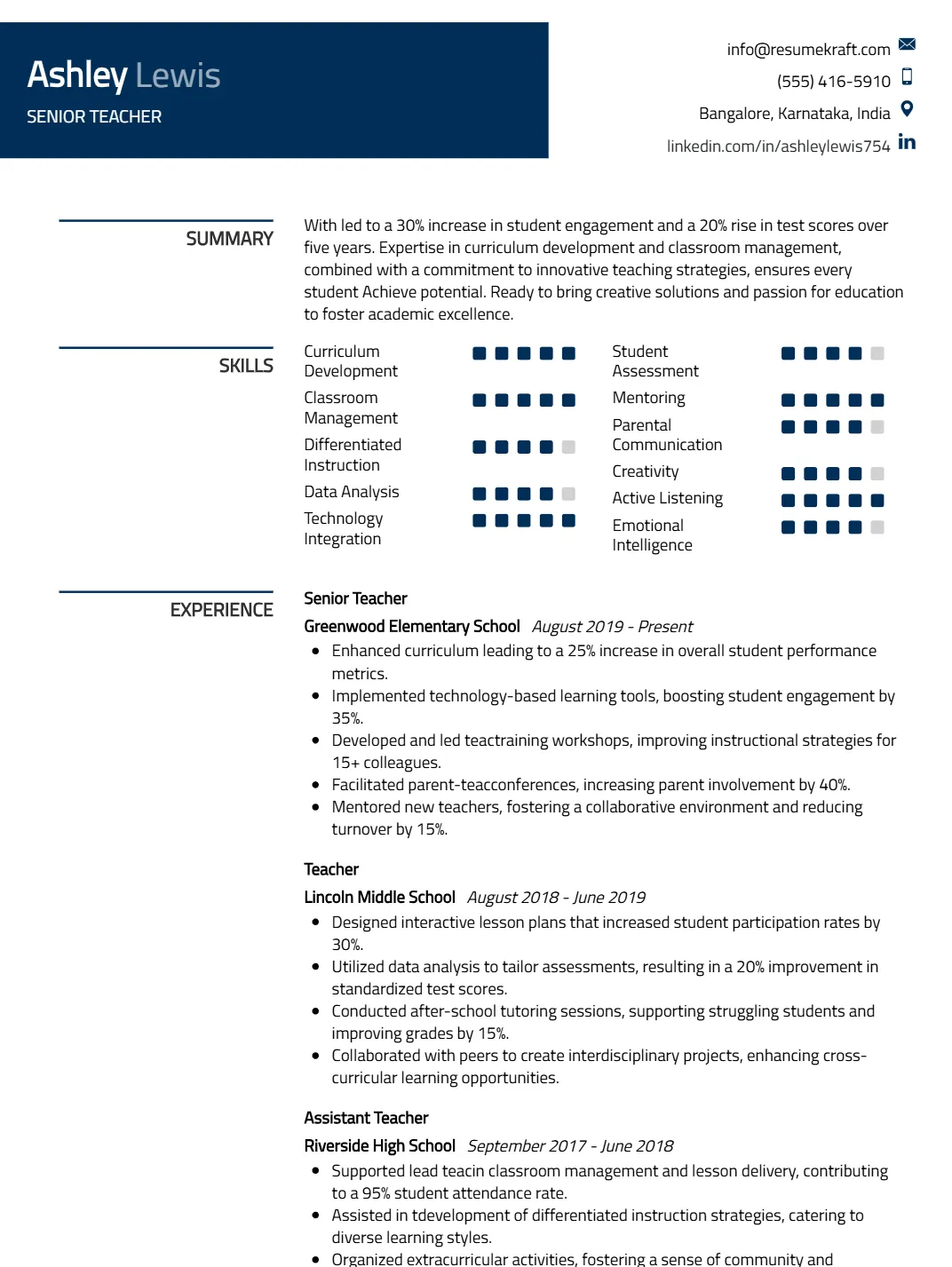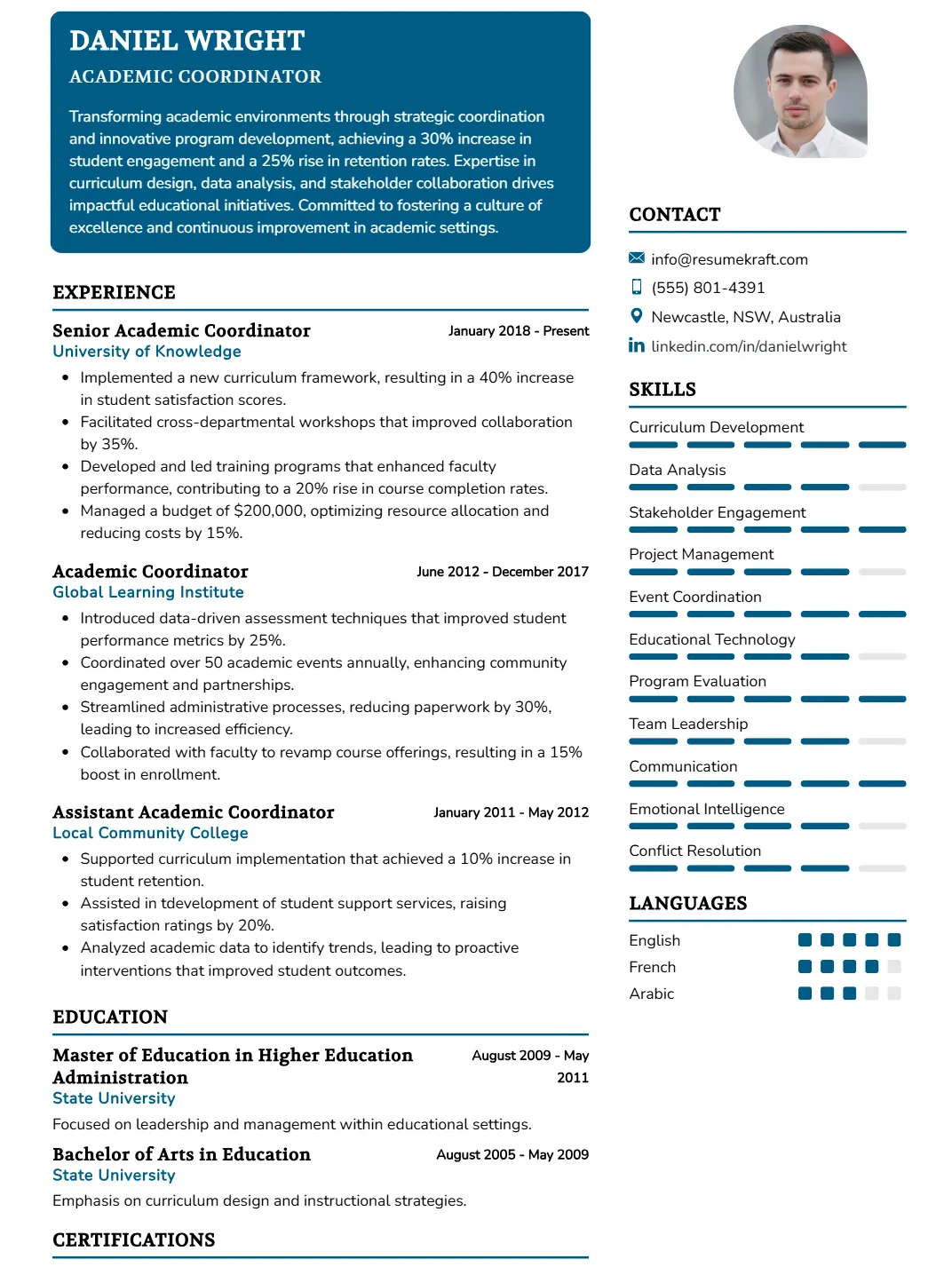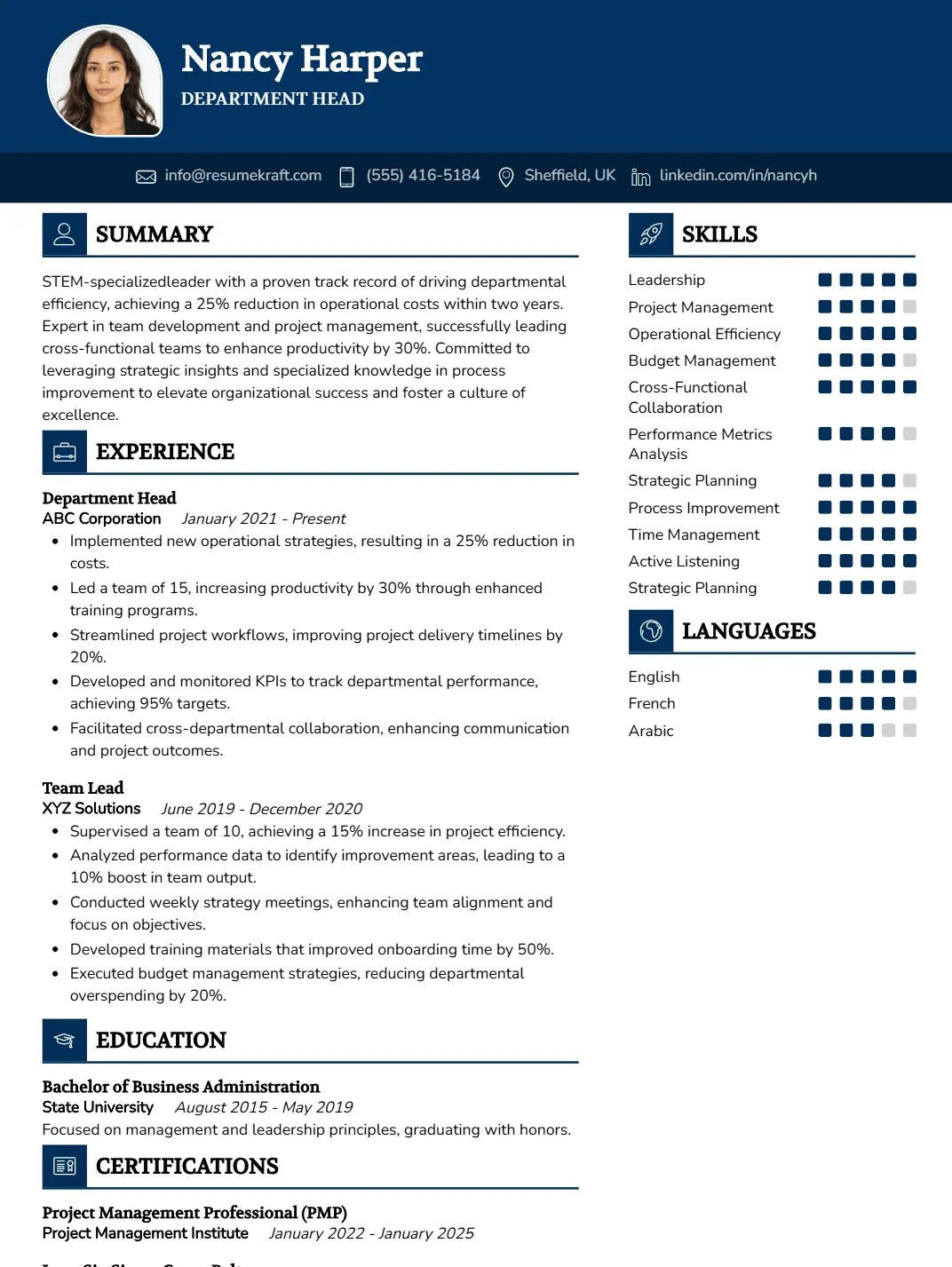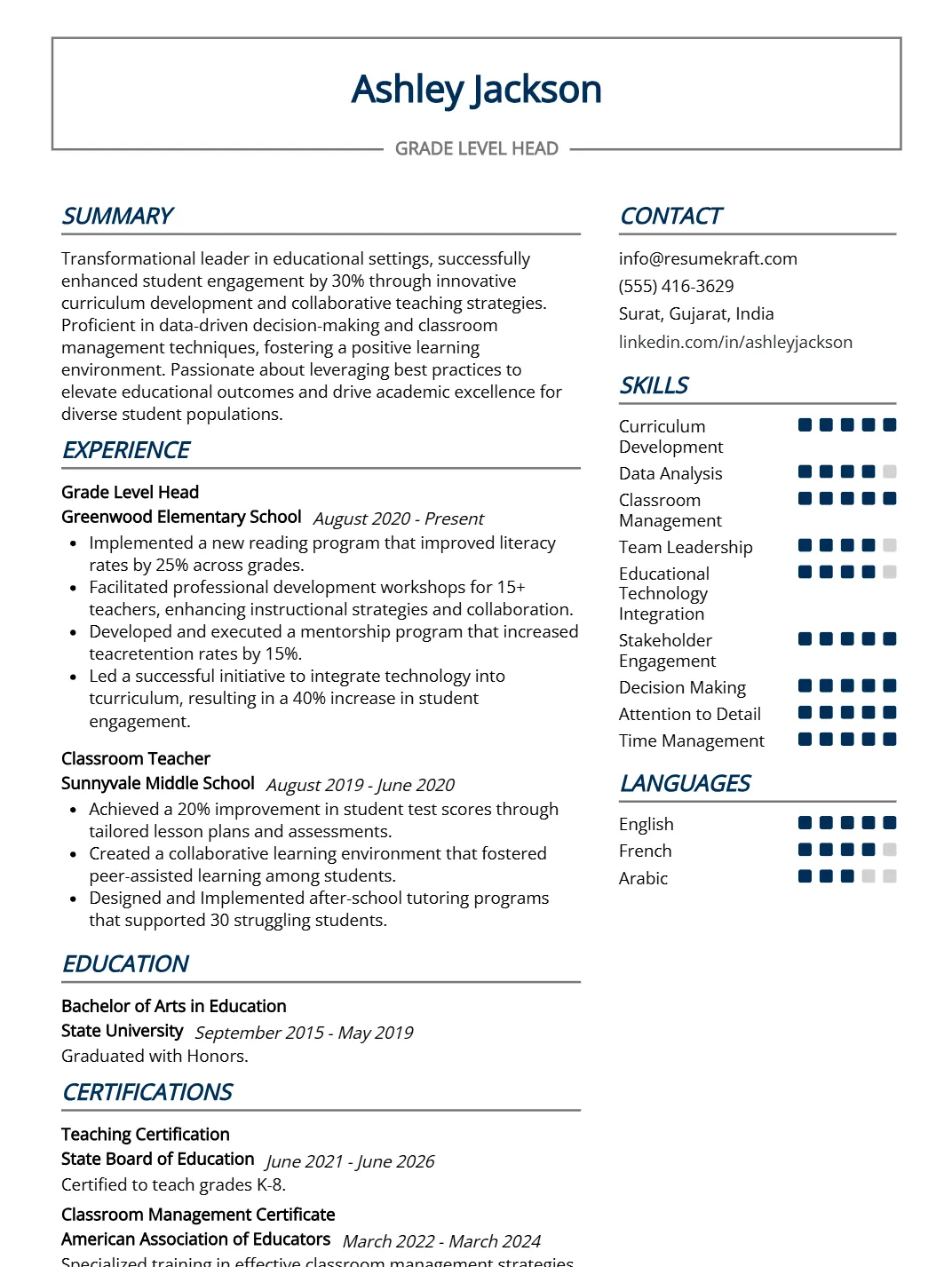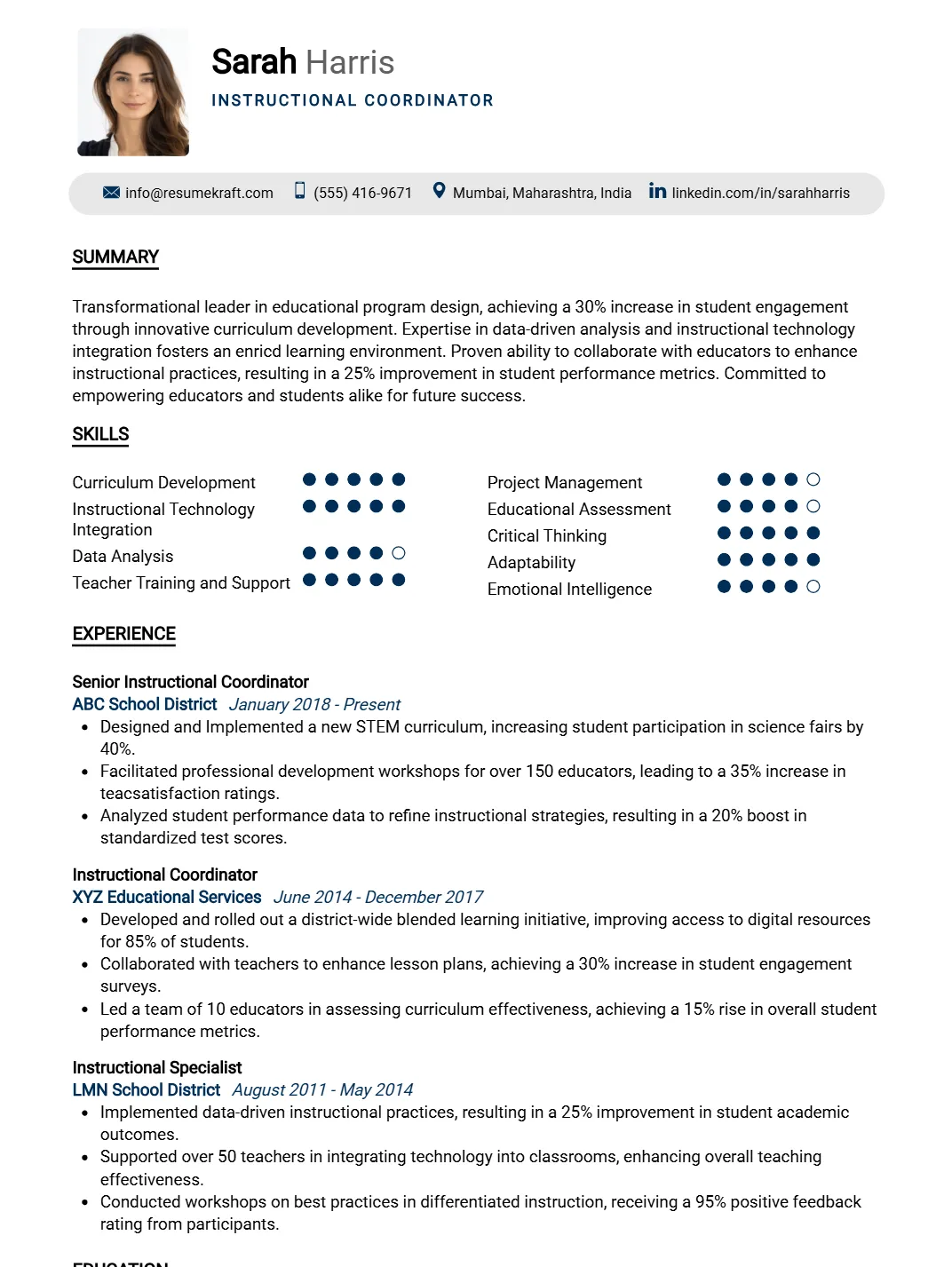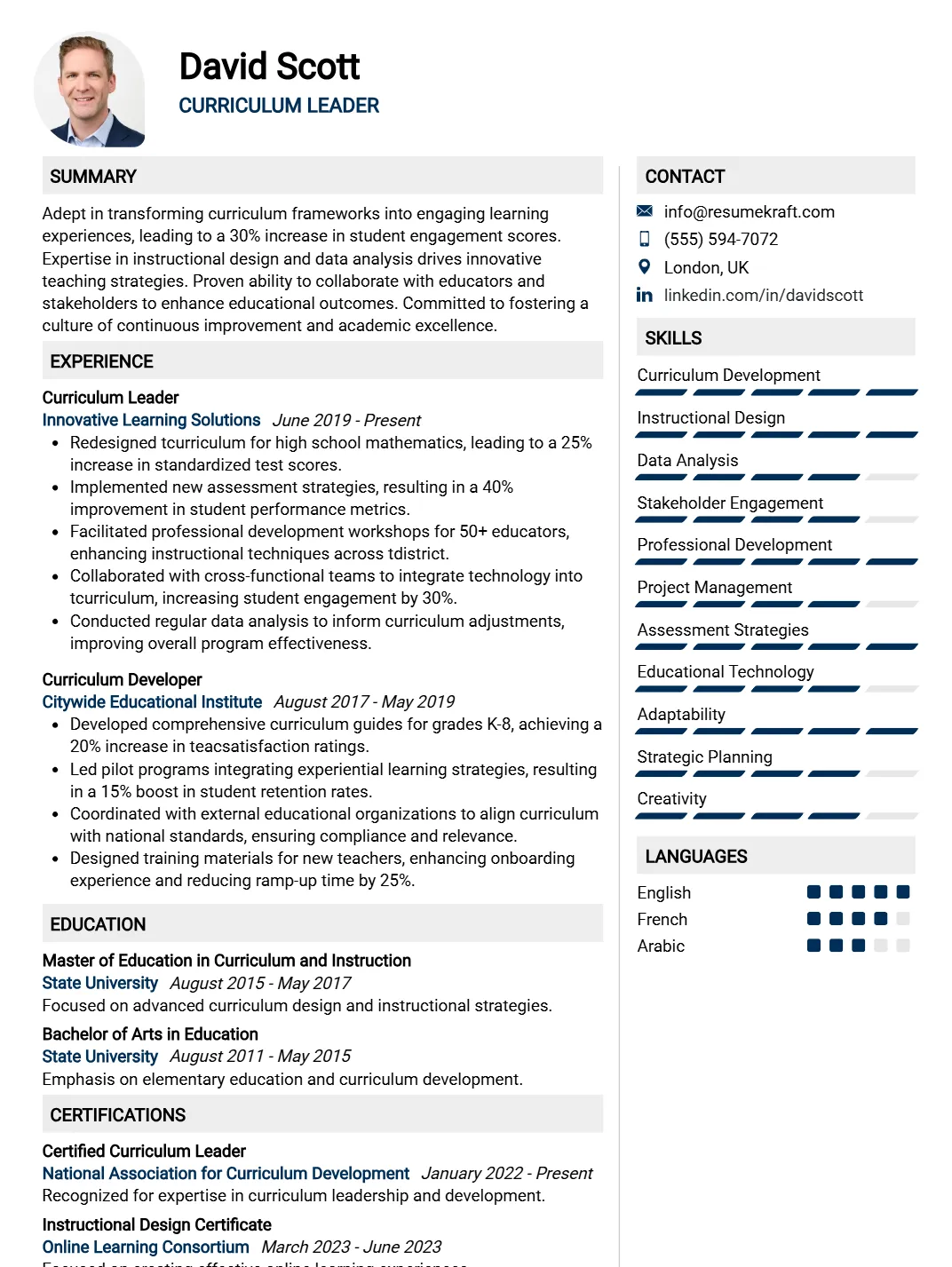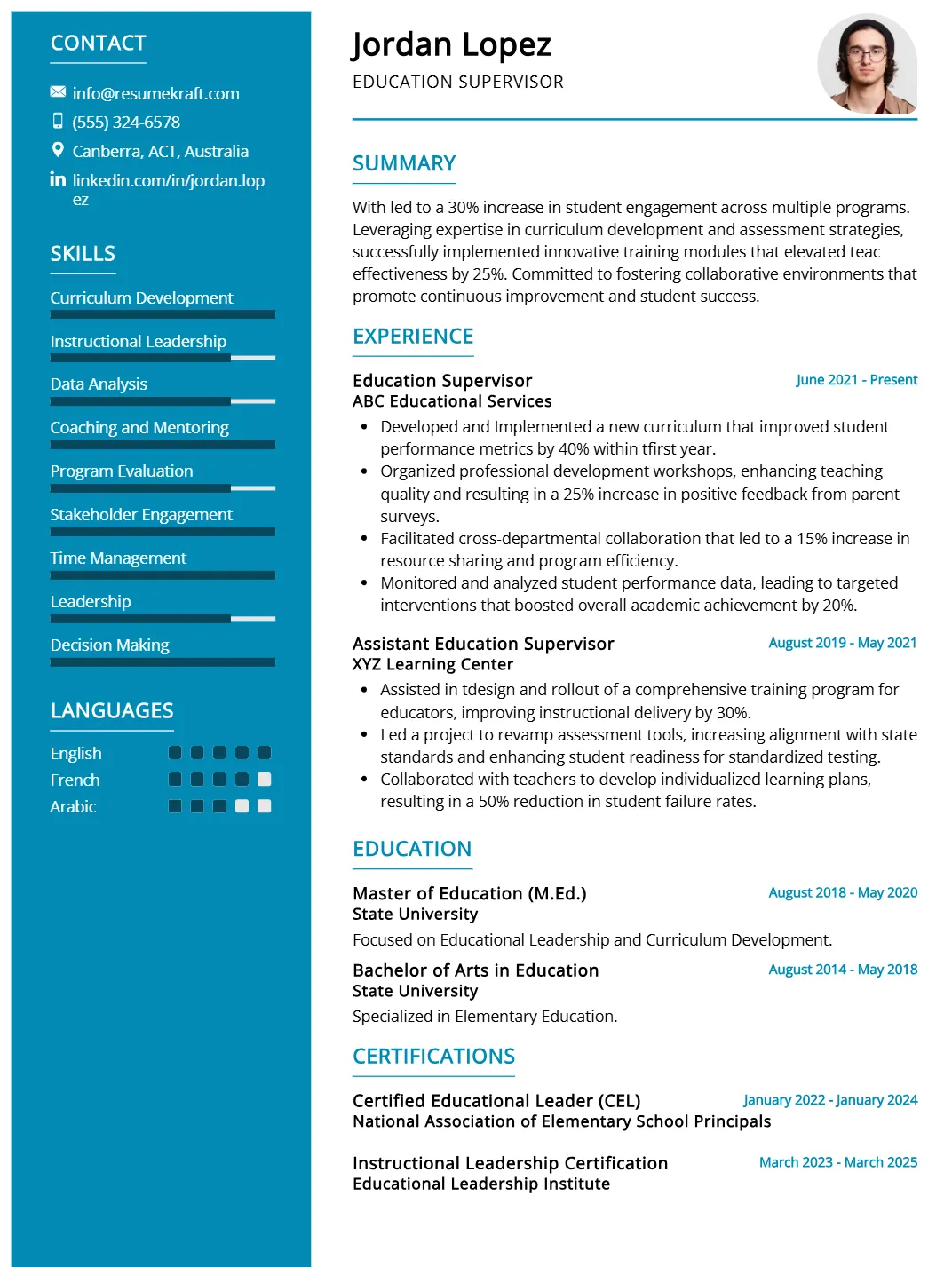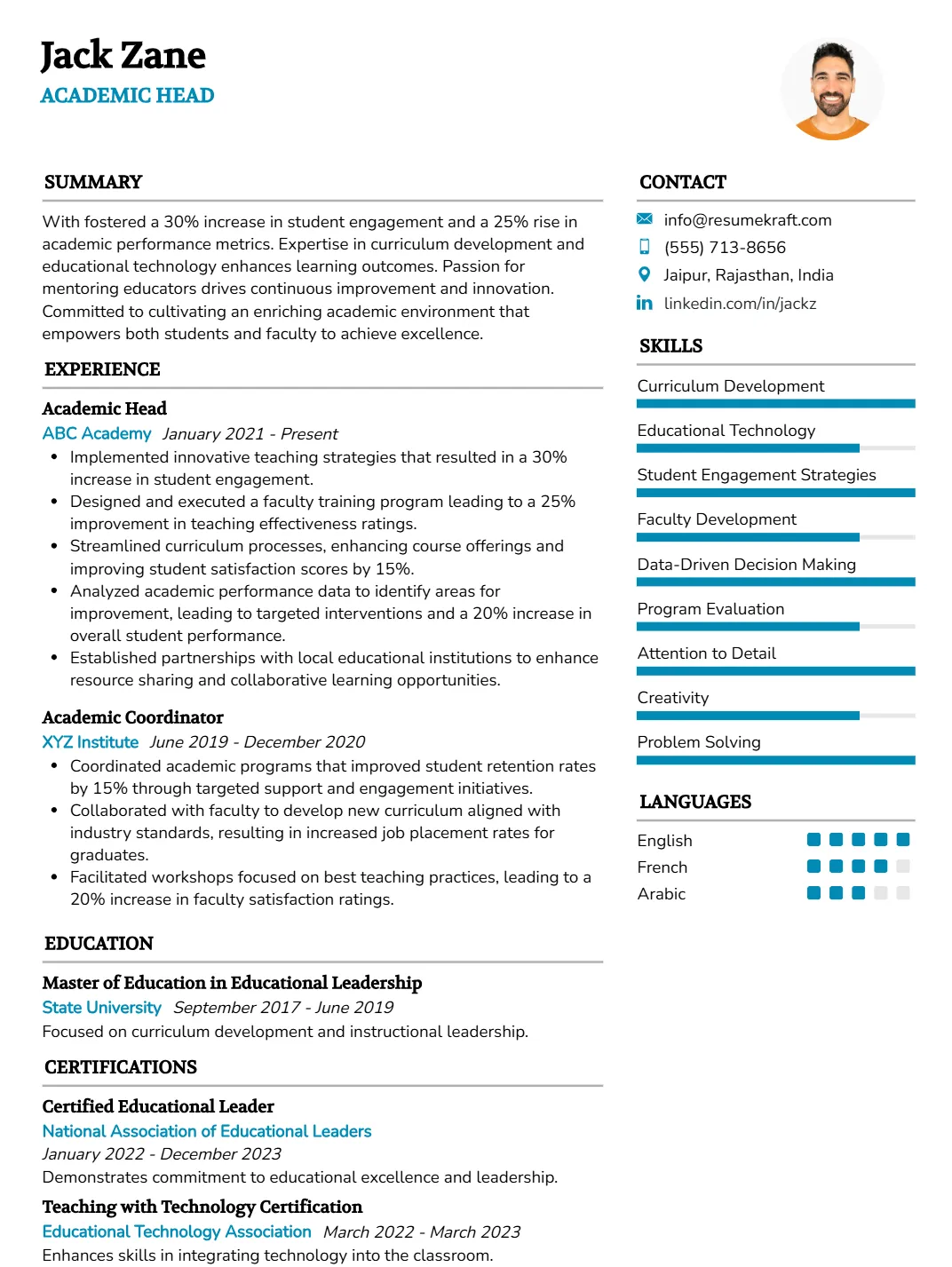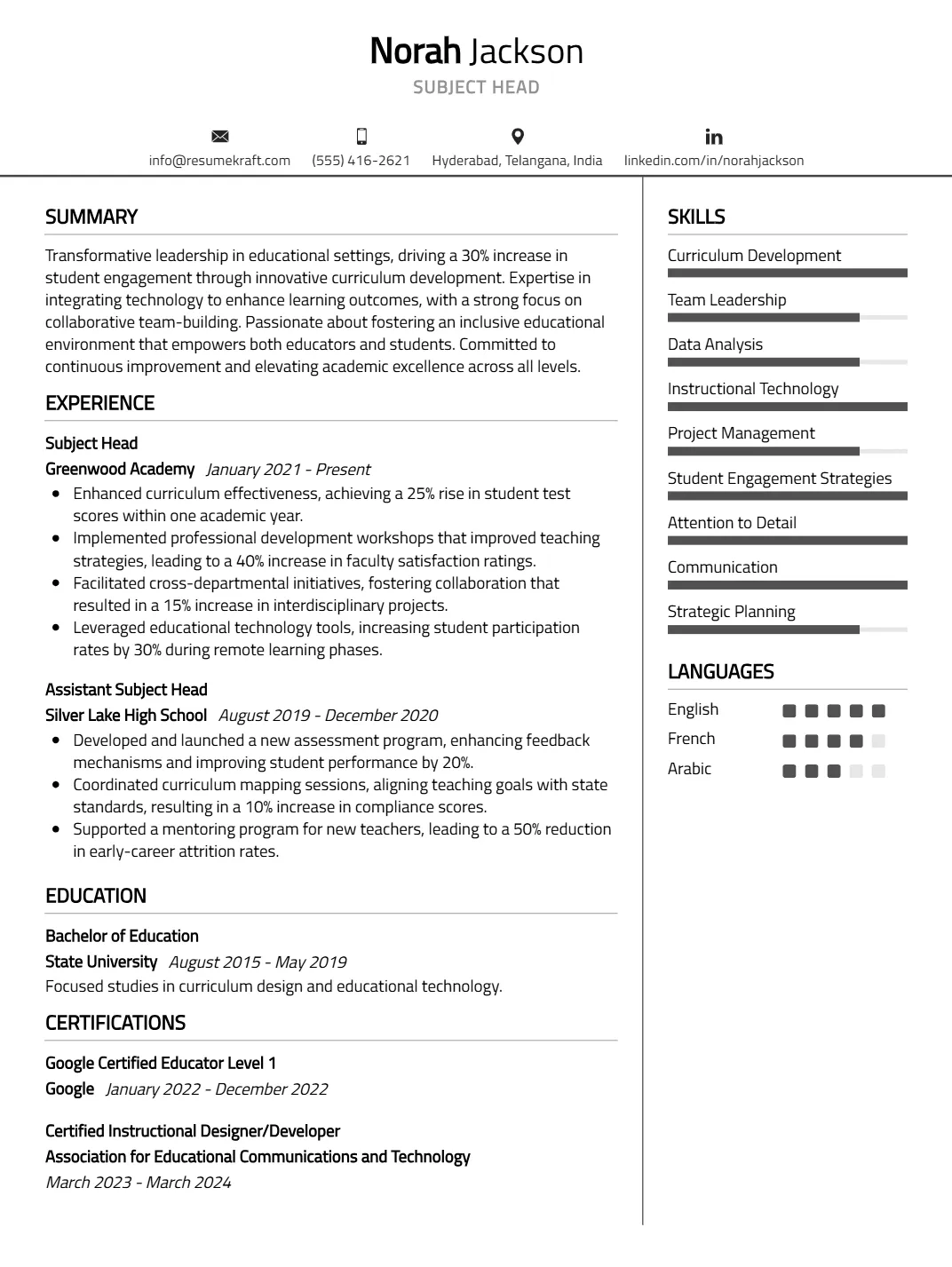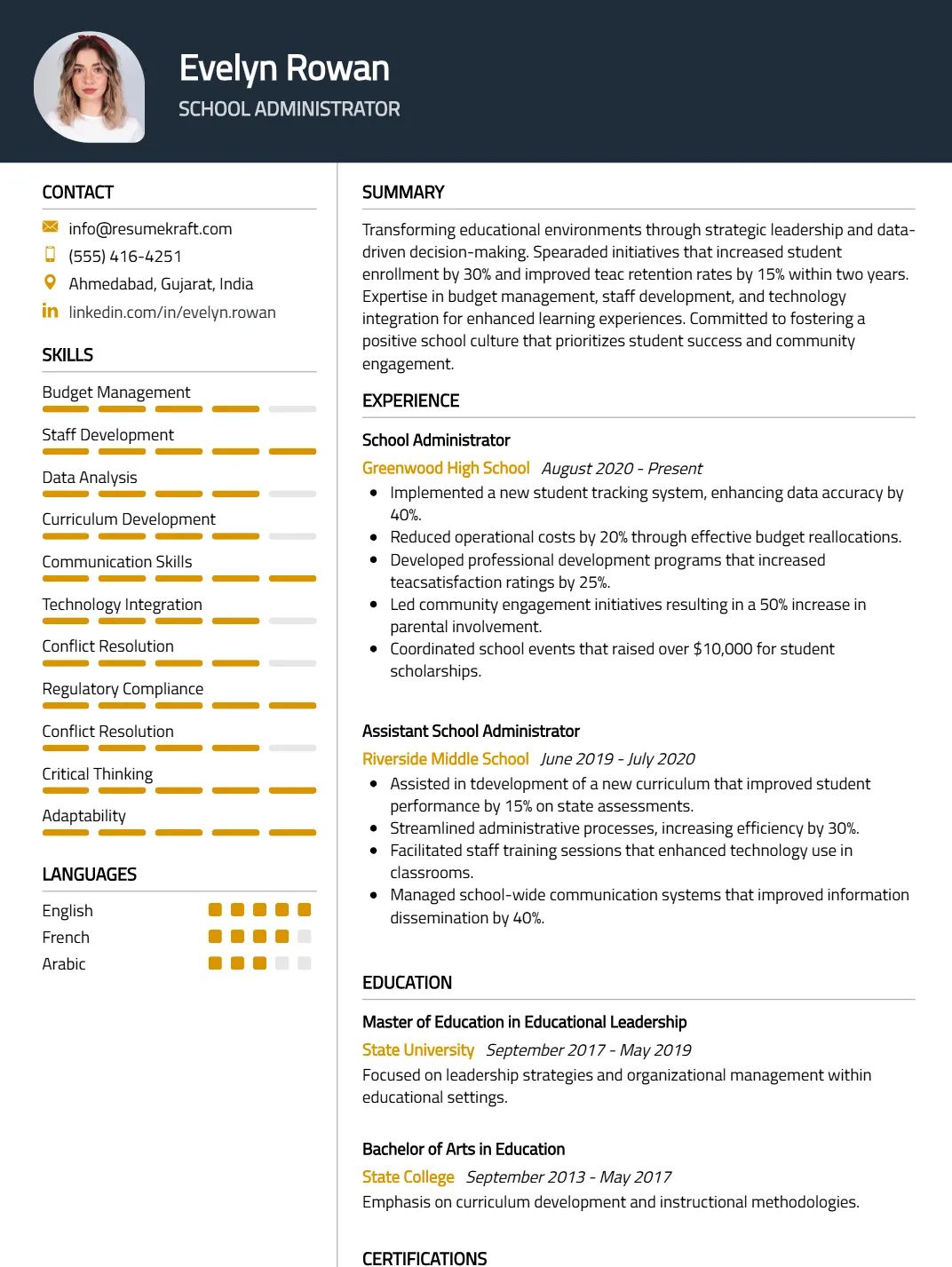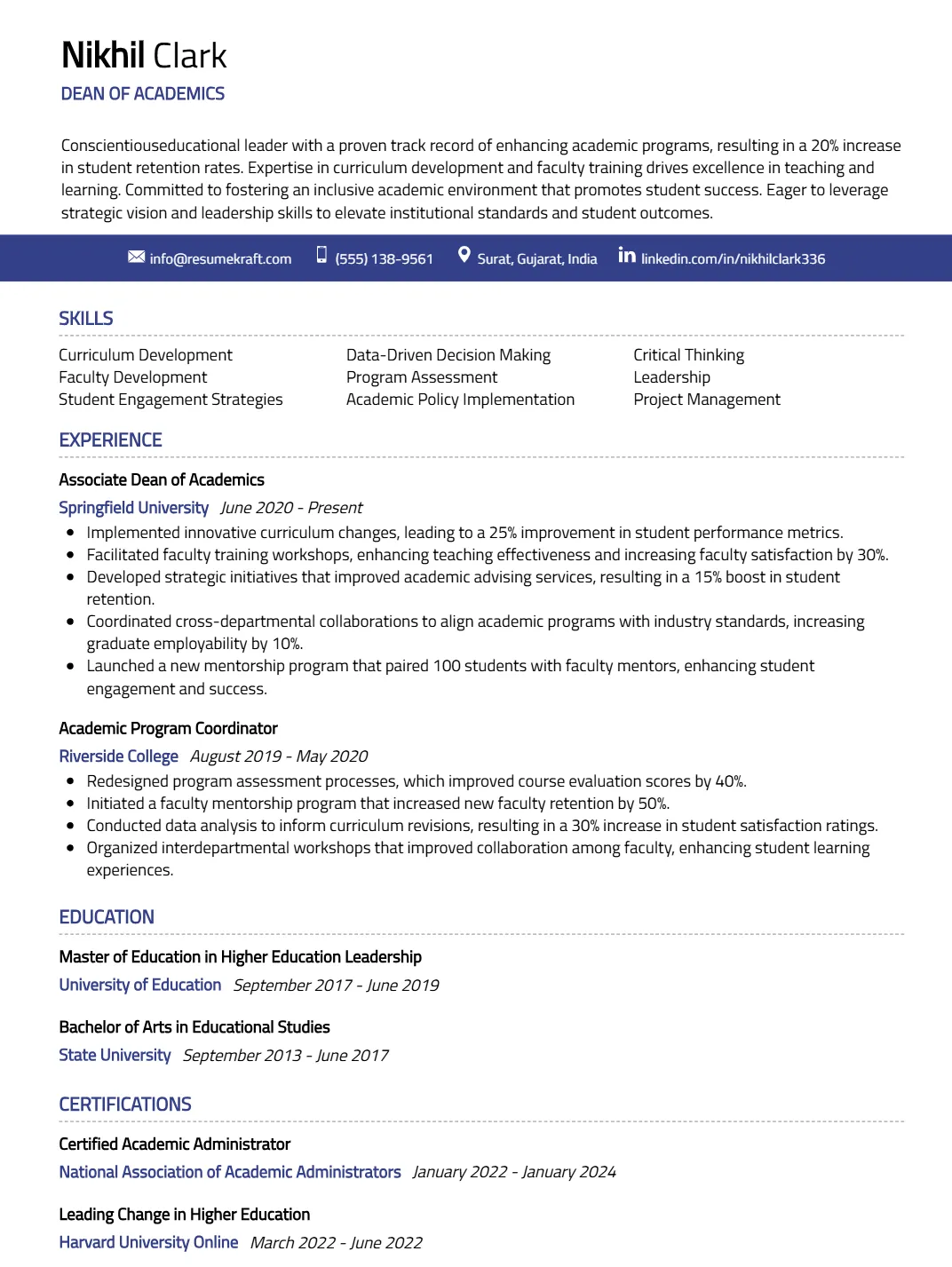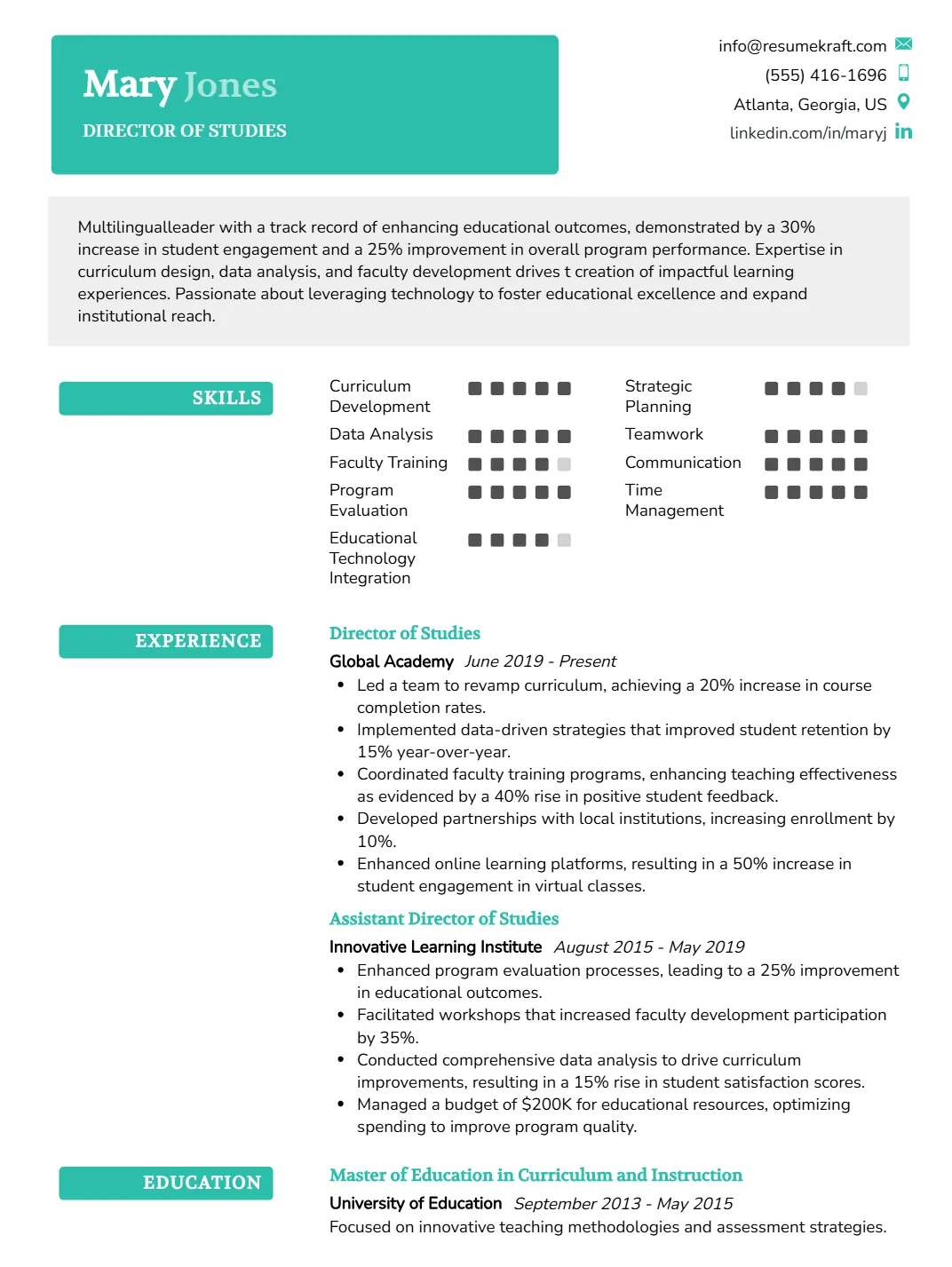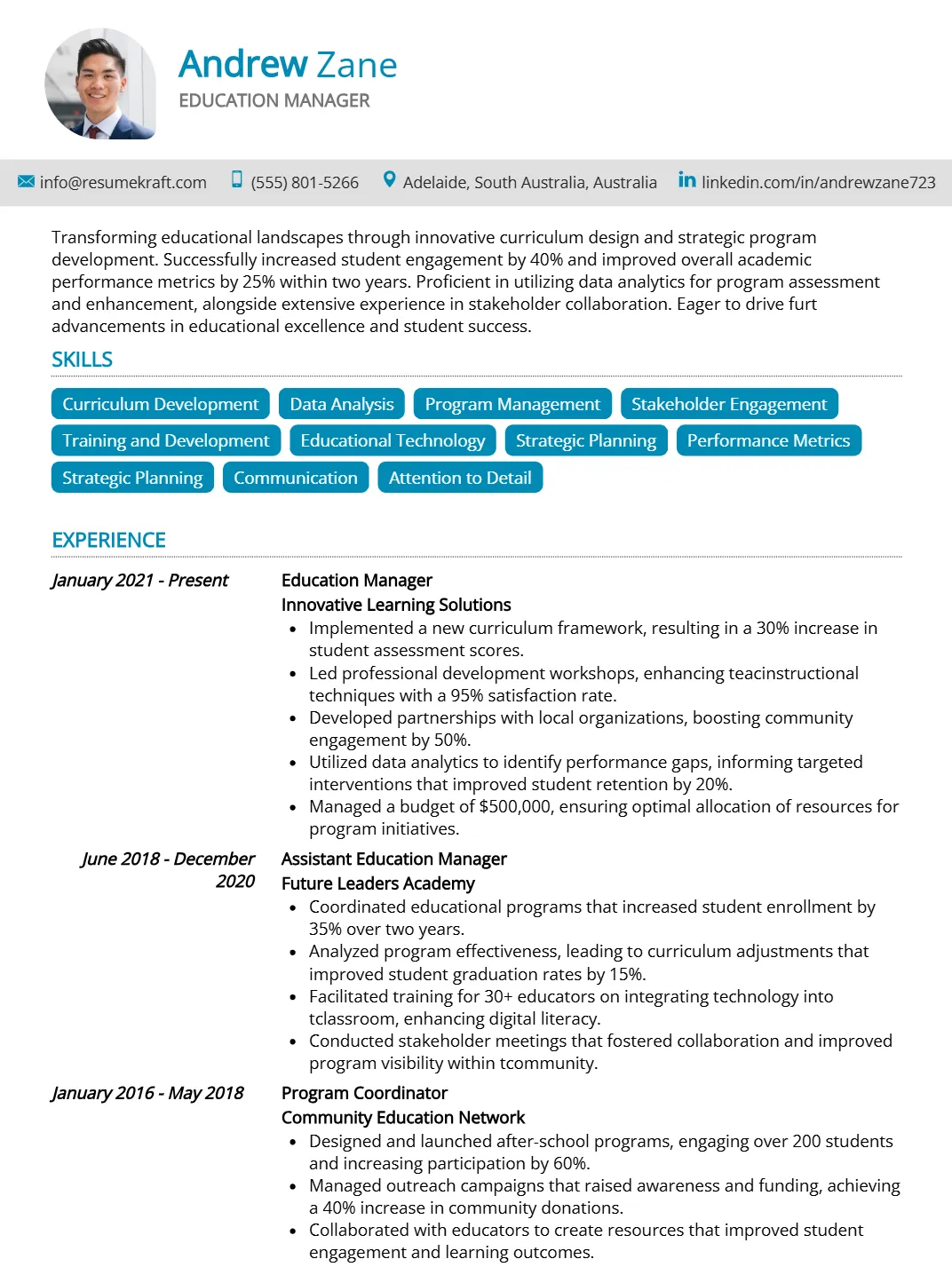
Top 43 Kaiser Interview Questions and Answers for 2025
Preparing for a Kaiser interview is a critical step in landing a rewarding position within one of the nation’s leading healthcare organizations. Unique in its commitment to patient-centered care and innovation, Kaiser seeks candidates who are not only skilled but also align with its mission and values. Proper interview preparation can significantly enhance your chances of success, as it helps you articulate your experience and demonstrate your fit for the role. This comprehensive guide will cover essential interview questions, tips on how to effectively communicate your qualifications, and insights into Kaiser’s culture, ensuring you are well-equipped to make a lasting impression.
What to Expect in a Kaiser Interview
In a Kaiser interview, candidates can expect a structured process that typically includes both behavioral and situational questions. Interviews may be conducted by a panel that includes managers, team leads, and HR representatives. Candidates should be prepared for a mix of one-on-one interviews and group discussions, focusing on their experience, problem-solving skills, and cultural fit within the organization. The interview may also include case studies or role-specific assessments, particularly for clinical roles. Overall, candidates should demonstrate their commitment to patient care and teamwork throughout the interview process.
Kaiser Interview Questions For Freshers
Kaiser interview questions for freshers focus on assessing fundamental concepts in programming, problem-solving skills, and the ability to work in a team. Candidates should master basic syntax, core features of programming languages, and essential algorithms to prepare effectively for these interviews.
1. What is the difference between a variable and a constant?
A variable is a storage location that can hold different values during the execution of a program, while a constant is a fixed value that cannot be altered after it’s defined. Variables are used for values that can change, whereas constants are used for values that should remain unchanged throughout the program.
2. Explain the concept of loops in programming.
Loops are control structures that repeat a block of code as long as a specified condition is true. They are essential for tasks that require repetitive actions. Common types include ‘for’ loops, which repeat a set number of times, and ‘while’ loops, which continue until a condition is no longer met.
3. What is an array and how is it used?
An array is a data structure that can store multiple values of the same type in a single variable. It allows for efficient data management and access. For example, an array can be used to store a list of names or numbers, enabling easy iteration and manipulation.
Build your resume in just 5 minutes with AI.

4. Can you explain what a function is and its purpose?
A function is a reusable block of code designed to perform a specific task. It helps in organizing code, reducing repetition, and improving maintainability. Functions can take inputs (parameters) and return outputs, allowing for modular programming and easier debugging.
5. What are conditional statements and give an example?
Conditional statements control the flow of execution based on certain conditions. The most common conditional statements are ‘if’, ‘else if’, and ‘else’. For example:
if (score > 50) {
console.log("Passed");
} else {
console.log("Failed");
}This code checks if the score is greater than 50 and logs “Passed” or “Failed” accordingly.
6. Describe what an object is in programming.
An object is a collection of properties and methods grouped together. It represents real-world entities in programming. For instance, a car object might contain properties like color and model, and methods like drive and stop. Objects are fundamental in object-oriented programming, promoting encapsulation and code reusability.
7. What is the purpose of error handling in programming?
- Error handling ensures that a program can gracefully handle unexpected situations, preventing crashes.
- It allows developers to provide meaningful feedback to users and take corrective actions.
Overall, effective error handling leads to more robust and user-friendly applications.
8. Explain the concept of recursion.
Recursion is a programming technique where a function calls itself to solve smaller instances of the same problem. It is particularly useful for tasks like traversing data structures or implementing algorithms such as factorial calculation or Fibonacci series generation. However, it requires careful handling to avoid infinite loops.
9. What is the difference between a stack and a queue?
- Stack: Follows Last In First Out (LIFO) principle; the last element added is the first to be removed.
- Queue: Follows First In First Out (FIFO) principle; the first element added is the first to be removed.
Both structures are important for different applications in programming, such as managing function calls (stack) or scheduling tasks (queue).
10. How do you handle user input in a program?
User input can be handled using functions provided by the programming language. For instance, in JavaScript, the ‘prompt’ function can be used to collect input, while in Python, the ‘input’ function serves the same purpose. Proper validation and error handling should be implemented to ensure the input meets expected formats.
11. What are data types and why are they important?
Data types define the kind of data a variable can hold. Common data types include integers, floats, strings, and booleans. They are important because they determine how data is stored, manipulated, and processed. Understanding data types helps prevent errors and optimizes memory usage in programming.
12. What is a library in programming?
A library is a collection of pre-written code that developers can use to perform common tasks. It saves time and effort by providing reusable functions and routines. Popular libraries such as jQuery for JavaScript or NumPy for Python offer extensive functionality, enabling faster development and easier maintenance.
13. Explain what an API is.
An API (Application Programming Interface) allows different software applications to communicate with each other. It defines a set of rules and protocols for building and interacting with software applications, enabling developers to access specific functionalities or data from other services without knowing their internal workings.
14. What is version control and why is it necessary?
- Version control systems track changes in code over time, enabling collaboration among developers.
- They allow reverting to previous versions, managing branches, and resolving conflicts in code.
Overall, version control is essential for maintaining code integrity and facilitating teamwork in software development projects.
15. Describe the concept of a database.
A database is an organized collection of structured data that can be easily accessed, managed, and updated. It allows for efficient storage and retrieval of information, supporting various operations like querying and transactions. Databases are crucial for applications that require persistent data storage, such as web applications and enterprise systems.
This question is designed for freshers entering the Kaiser development field and covers a fundamental concept they should master.
16. What is the purpose of a version control system like Git?
A version control system (VCS) like Git is essential for managing changes to code and collaborating with others in software development. It allows multiple developers to work on a project simultaneously without conflicts by tracking changes, enabling rollbacks to previous versions, and maintaining a history of modifications. Key features of Git include branching, which facilitates experimentation without affecting the main codebase, and merging, which integrates changes from different branches. Overall, Git enhances collaboration, accountability, and project management in software development.
Kaiser Intermediate Interview Questions
Kaiser interview questions for intermediate candidates focus on testing practical knowledge and understanding of mid-level concepts. Candidates should be well-versed in topics such as system design, performance optimization, and real-world application scenarios to demonstrate their readiness for more complex challenges in their roles.
17. What are the key differences between a monolithic and microservices architecture?
Monolithic architecture is a single unified unit where all components are interconnected and interdependent, making deployment simpler but scaling challenging. In contrast, microservices architecture breaks down applications into smaller, independent services, allowing for more scalable, flexible, and maintainable systems. Each microservice can be developed, deployed, and scaled independently, promoting agility and resilience in development.
18. How can you optimize the performance of a web application?
- Caching: Implement caching strategies (e.g., Redis, Memcached) to reduce database load and improve response times.
- Code Splitting: Use code splitting techniques to load only the necessary parts of the application, improving initial load times.
- Image Optimization: Compress and serve images in modern formats (like WebP) to decrease load times.
- Minification: Minify CSS and JavaScript files to reduce their size and improve load speed.
By applying these techniques, developers can significantly enhance application responsiveness and user experience.
19. What is RESTful API and how does it differ from SOAP?
RESTful API is an architectural style that uses standard HTTP methods (GET, POST, PUT, DELETE) for communication, focusing on resources identified by URIs. It is stateless, allowing for scalability and flexibility. SOAP, on the other hand, is a protocol that requires XML messaging and is more rigid in structure. REST is generally easier to use and more efficient, making it more popular for web services.
20. Explain the importance of version control in software development.
- Collaboration: Version control systems (like Git) allow multiple developers to work on the same project without conflicts.
- History Tracking: They keep a history of all changes, making it easy to revert to previous versions if needed.
- Branching and Merging: Developers can create branches to work on features independently and merge them back once complete.
Overall, version control enhances team collaboration, code quality, and project management.
21. What are design patterns and why are they important?
Design patterns are reusable solutions to common software design problems. They provide templates for solving issues related to object creation, structure, and behavior. Understanding design patterns enhances code maintainability, promotes best practices, and reduces development time by offering proven solutions that can be adapted to various contexts.
22. How do you ensure the security of a web application?
- Input Validation: Validate and sanitize user inputs to prevent injection attacks.
- Authentication and Authorization: Implement robust authentication mechanisms (like OAuth) and ensure users have appropriate permissions.
- HTTPS: Use HTTPS to encrypt data in transit, protecting sensitive information.
- Regular Updates: Keep all libraries and dependencies updated to mitigate vulnerabilities.
Adopting these security practices helps protect applications from common threats and ensures user data safety.
23. What is the role of a load balancer in a web application?
A load balancer distributes incoming network traffic across multiple servers to ensure no single server becomes overwhelmed. This improves application reliability, availability, and performance by balancing the load and allowing for redundancy. In case one server fails, the load balancer redirects traffic to healthy servers, enhancing fault tolerance.
24. Explain the concept of Continuous Integration and Continuous Deployment (CI/CD).
CI/CD is a set of practices that enable developers to integrate code changes more frequently and deploy them automatically. Continuous Integration involves automatically testing and merging code changes into a shared repository, while Continuous Deployment automates the release of these changes to production. This approach reduces manual errors, enhances code quality, and accelerates the release cycle.
25. What are the benefits of using cloud services for application development?
- Scalability: Cloud services provide on-demand resources to scale applications as needed.
- Cost-Efficiency: Pay-as-you-go pricing models reduce upfront costs and operational expenses.
- Accessibility: Cloud applications can be accessed from anywhere, enhancing collaboration.
- Disaster Recovery: Cloud providers often offer robust backup and recovery solutions, ensuring data safety.
Utilizing cloud services allows businesses to remain agile and responsive to changing demands.
26. How do you approach debugging a complex application?
Debugging a complex application starts with reproducing the issue consistently. Next, I analyze logs and use debugging tools to inspect the state of the application at various points. I isolate components to narrow down the source of the problem and employ techniques such as breakpoints and unit testing to understand behavior. Documenting findings ensures that similar issues can be addressed more efficiently in the future.
27. What is Dependency Injection and what are its benefits?
Dependency Injection (DI) is a design pattern that allows an object to receive its dependencies from an external source rather than creating them itself. Benefits of DI include improved code modularity, easier testing through mocking dependencies, and reduced coupling between components, which enhances maintainability and flexibility in application design.
28. How do you handle asynchronous programming in JavaScript?
- Callbacks: Traditional approach where functions are passed as arguments to be executed later, but can lead to “callback hell.”
- Promises: Provide a cleaner alternative to manage asynchronous operations, allowing chaining of operations and handling errors more gracefully.
- Async/Await: A modern syntax that makes asynchronous code look synchronous, improving readability and maintainability.
Using these methods appropriately can greatly enhance application performance and user experience.
29. What are the main differences between SQL and NoSQL databases?
SQL databases are structured and use predefined schemas, making them suitable for complex queries and transactions. They are relational and typically support ACID properties. NoSQL databases, on the other hand, are more flexible, allowing for unstructured data storage, horizontal scalability, and high availability. They are often used for applications requiring rapid data ingestion and real-time analytics.
30. Describe how to implement error handling in a web application.
- Try/Catch Blocks: Use try/catch statements to catch exceptions and handle errors gracefully.
- Global Error Handlers: Implement global error handling middleware in frameworks (like Express.js) to manage unexpected errors.
- User Notifications: Provide user-friendly error messages to inform users about issues without exposing sensitive information.
Effective error handling enhances user experience and aids in troubleshooting by providing clear insights into issues.
In this section, we will cover intermediate-level interview questions that focus on practical applications and best practices, particularly for candidates applying to Kaiser.
32. How do you optimize the performance of a React application?
Optimizing the performance of a React application involves several strategies:
- Code Splitting: Use dynamic import() to split your code into smaller chunks, loading only what’s necessary for the initial render.
- Memoization: Utilize React.memo for functional components and useMemo or useCallback hooks to prevent unnecessary re-renders.
- Lazy Loading: Implement lazy loading for images and components to reduce the initial load time.
- Virtualization: Use libraries like react-window or react-virtualized to render only visible items in a long list, improving rendering performance.
These techniques can significantly enhance the user experience by reducing load times and improving responsiveness, making your application more efficient and scalable.
Kaiser Interview Questions for Experienced
Kaiser interview questions for experienced professionals delve into advanced topics such as system architecture, optimization strategies, scalability challenges, design patterns, and leadership mentoring. These questions assess not only technical expertise but also the ability to lead and guide teams in complex environments.
33. How do you approach designing a scalable architecture for a new application?
When designing a scalable architecture, consider the following key aspects:
- Microservices Architecture: Break down the application into smaller, independent services that can be developed, deployed, and scaled independently.
- Load Balancing: Distribute incoming traffic across multiple servers to ensure no single server becomes a bottleneck.
- Database Sharding: Split databases into smaller, more manageable pieces to improve performance and scalability.
- Caching: Implement caching strategies to reduce load on databases and improve response times.
- Asynchronous Processing: Use message queues to handle background tasks, allowing the main application to remain responsive.
By considering these factors, you can create an architecture that can grow with user demand and maintain performance.

Build your resume in 5 minutes
Our resume builder is easy to use and will help you create a resume that is ATS-friendly and will stand out from the crowd.
34. What design patterns have you found most useful in your previous projects?
Several design patterns are beneficial for maintaining clean, efficient code:
- Singleton: Ensures a class has only one instance and provides a global point of access to it, useful for managing shared resources.
- Factory Pattern: Simplifies object creation and allows for flexibility in the types of objects created.
- Observer Pattern: Allows a subject to notify multiple observers, promoting loose coupling and facilitating event-driven architectures.
- Decorator Pattern: Enables adding new functionality to an object dynamically without altering its structure.
These patterns enhance code maintainability and facilitate collaboration among team members.
35. How do you optimize system performance in a high-traffic application?
To optimize performance in a high-traffic application, consider the following strategies:
- Database Indexing: Create indexes on frequently queried fields to speed up data retrieval.
- Content Delivery Networks (CDNs): Use CDNs to cache static assets closer to users, reducing latency.
- Code Profiling: Analyze code performance and identify bottlenecks using profiling tools.
- Load Testing: Conduct load tests to simulate traffic and identify how the system behaves under stress.
By implementing these practices, you can significantly enhance the responsiveness and stability of your application.
36. Describe your experience with mentoring junior developers.
Mentoring junior developers involves several key activities:
- Code Reviews: Providing constructive feedback during code reviews helps juniors improve their coding skills and best practices.
- Pair Programming: Engaging in pair programming sessions fosters collaboration and allows for real-time knowledge sharing.
- Setting Goals: Helping mentees set achievable goals encourages their growth and motivates them to progress.
- Organizing Workshops: Conducting workshops on specific technologies or methodologies helps junior developers gain confidence and build their skill sets.
Through these activities, I aim to foster a supportive learning environment that accelerates their professional development.
37. What strategies do you use to ensure code quality in a team environment?
To maintain high code quality within a team, I implement the following strategies:
- Automated Testing: Encourage the use of unit and integration tests to catch bugs early in the development process.
- Continuous Integration/Continuous Deployment (CI/CD): Adopt CI/CD pipelines to automate the testing and deployment process, ensuring that code is always in a deployable state.
- Code Standards: Establish and enforce coding standards to ensure consistency and readability across the codebase.
- Regular Refactoring: Promote regular refactoring sessions to address technical debt and improve code structure.
These strategies collectively contribute to a robust and maintainable codebase.
38. How do you handle technical debt in your projects?
Managing technical debt requires a balanced approach:
- Prioritization: Assess and prioritize technical debt based on its impact on the project and the team’s ability to deliver features.
- Dedicated Sprints: Allocate specific sprints focused solely on addressing technical debt, allowing the team to improve code quality without impacting feature delivery.
- Documentation: Clearly document instances of technical debt, including why they exist and when they should be addressed.
- Stakeholder Communication: Regularly communicate with stakeholders about the implications of technical debt and the importance of addressing it.
This proactive approach helps maintain a healthy codebase and ensures long-term project success.
39. Can you explain the role of caching in application performance?
Caching plays a critical role in enhancing application performance by:
- Reducing Latency: Caches store frequently accessed data in memory, allowing for faster retrieval compared to fetching from a database.
- Decreasing Load: By serving cached data, the load on the database is reduced, which improves overall system performance.
- Improving User Experience: Faster data access leads to quicker response times, enhancing user satisfaction.
- Cost Efficiency: Reducing database queries can lower operational costs, especially for high-traffic applications.
Implementing efficient caching strategies can lead to significant performance improvements.
40. How do you ensure that your team stays updated with the latest technologies?
Keeping a team updated with the latest technologies involves several initiatives:
- Continuous Learning: Encourage team members to engage in online courses, webinars, and conferences relevant to their roles.
- Knowledge Sharing Sessions: Organize regular meetings where team members can present new tools or frameworks they have explored.
- Hackathons: Conduct hackathons to allow the team to experiment with new technologies in a fun, collaborative environment.
- Mentorship Opportunities: Pairing experienced team members with those less familiar with certain technologies fosters knowledge transfer.
These initiatives help create a culture of continuous improvement and innovation within the team.
41. Describe a challenging technical problem you faced and how you solved it.
One challenging technical problem I encountered involved optimizing a slow-performing API:
- Identifying Bottlenecks: I used profiling tools to analyze API performance and pinpointed slow database queries as the primary issue.
- Query Optimization: I optimized these queries by adding appropriate indexes and restructuring them for efficiency.
- Implementing Caching: I introduced caching for frequently requested data, significantly reducing the API response time.
- Load Testing: After implementing changes, I conducted load tests to ensure the solution performed well under high traffic.
This systematic approach not only solved the immediate issue but also improved the overall architecture for future scalability.
How to Prepare for Your Kaiser Interview
Preparing for a Kaiser interview requires a strategic approach, focusing on understanding the company culture, role-specific skills, and behavioral competencies. By following targeted preparation tips, candidates can enhance their confidence and increase their chances of success during the interview process.
- Research Kaiser Permanente: Familiarize yourself with the organization’s mission, values, and recent news. Understanding Kaiser’s commitment to healthcare quality and community service will help you align your answers with their core principles during the interview.
- Understand the Role: Review the job description thoroughly and identify key responsibilities and required skills. Tailor your experiences to highlight relevant qualifications and how they align with the specific needs of the position you are applying for.
- Prepare Behavioral Examples: Kaiser interviews often include behavioral questions. Use the STAR method (Situation, Task, Action, Result) to structure your responses, showcasing your problem-solving abilities and teamwork skills in previous roles.
- Practice with Mock Interviews: Conduct mock interviews with a friend or mentor to simulate real interview conditions. This practice will help you refine your answers, improve your communication skills, and build your confidence before the actual interview.
- Prepare Questions to Ask: Prepare thoughtful questions about the company culture, team dynamics, and career growth opportunities. Asking insightful questions shows your genuine interest in the role and helps you assess if the company is the right fit for you.
- Review Key Healthcare Trends: Stay informed about current trends and challenges in the healthcare industry. Being able to discuss relevant topics, such as telehealth and patient-centered care, will demonstrate your knowledge and passion for the field during the interview.
- Dress Professionally: Ensure you dress appropriately for the interview, adhering to professional standards. A polished appearance not only enhances your confidence but also shows respect for the interview process and the organization you aspire to join.
Common Kaiser Interview Mistakes to Avoid
Preparing for an interview at Kaiser requires understanding common pitfalls that candidates often face. Avoiding these mistakes can enhance your chances of making a positive impression and securing the position you desire.
- Lack of Research: Not researching Kaiser’s values, mission, and recent developments can make you seem unprepared. Understanding the organization’s culture is crucial for aligning your responses with their goals.
- Poor Communication Skills: Failing to articulate your thoughts clearly can hinder your ability to convey your qualifications. Practice concise and relevant answers to showcase your skills effectively.
- Ignoring Behavioral Questions: Kaiser often uses behavioral interview questions to assess soft skills. Prepare examples from your past experiences that demonstrate your problem-solving and teamwork abilities.
- Neglecting Questions for the Interviewer: Not preparing questions to ask the interviewer can signal a lack of interest. Asking insightful questions shows your enthusiasm and helps you evaluate if Kaiser is the right fit for you.
- Inconsistent Answers: Providing contradictory information during the interview can raise red flags. Ensure your resume and verbal responses align to maintain credibility.
- Overemphasizing Salary Early: Focusing too much on compensation in early discussions can come off as self-serving. It’s better to emphasize your skills and fit for the role before discussing salary.
- Failing to Follow Up: Not sending a thank-you note after the interview can leave a negative impression. A follow-up email reiterating your interest can keep you top-of-mind for the hiring team.
- Inadequate Dress Code: Dressing too casually can indicate a lack of seriousness about the position. Research Kaiser’s dress code and aim for professional attire to make a positive first impression.
Key Takeaways for Kaiser Interview Success
- Craft a strong resume using an AI resume builder to ensure clarity and relevance. Tailor your experiences to align with Kaiser’s values and job requirements.
- Utilize professional resume templates to create a clean and organized layout. This enhances readability and ensures your key skills and experiences stand out to recruiters.
- Showcase your experience with relevant resume examples that highlight your accomplishments. Use quantifiable metrics to demonstrate your impact in previous roles.
- Prepare compelling cover letters that convey your enthusiasm for joining Kaiser. Personalize each letter to reflect your understanding of the company and the position.
- Engage in mock interview practice to refine your responses and build confidence. Familiarize yourself with common questions to effectively communicate your fit for the role.
Frequently Asked Questions
1. How long does a typical Kaiser interview last?
A typical Kaiser interview lasts between 30 minutes to an hour, depending on the position and the interview format. It usually includes a mix of behavioral and situational questions, allowing the interviewer to assess your qualifications and fit for the role. Be prepared to articulate your experiences and how they align with Kaiser’s values and mission. It’s essential to stay engaged and ask questions to demonstrate your interest in the position.
2. What should I wear to a Kaiser interview?
For a Kaiser interview, it’s advisable to dress in business professional attire. This typically means wearing a suit or a blazer with dress pants or a skirt. Choose neutral colors and ensure your clothes are clean and well-fitted. Dressing professionally shows respect for the interview process and reflects your seriousness about the position. Additionally, comfortable yet polished shoes can help you feel more confident during the interview.
3. How many rounds of interviews are typical for a Kaiser position?
Typically, Kaiser interviews may involve two to three rounds. The first round is often a phone screening to assess basic qualifications and fit. Subsequent rounds may include in-person interviews with hiring managers and team members, focusing on your skills and cultural fit within the organization. Be prepared for multiple interview scenarios, including group interviews or panel discussions, as these are common in evaluating candidates for various roles at Kaiser.
4. Should I send a thank-you note after my Kaiser interview?
Yes, sending a thank-you note after your Kaiser interview is highly recommended. It shows your appreciation for the opportunity and reinforces your interest in the position. Aim to send your note within 24 hours of the interview. Personalize your message by mentioning specific topics discussed during the interview to make it memorable. A thoughtful thank-you note can leave a positive impression and can help you stand out among other candidates.






